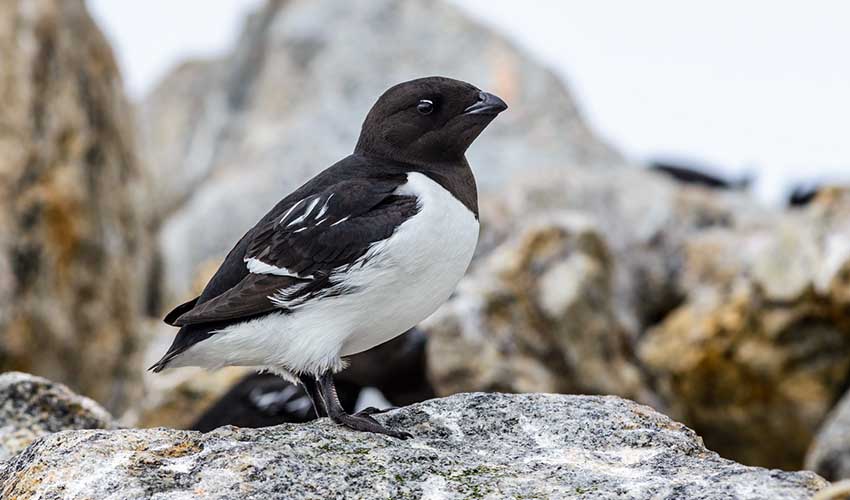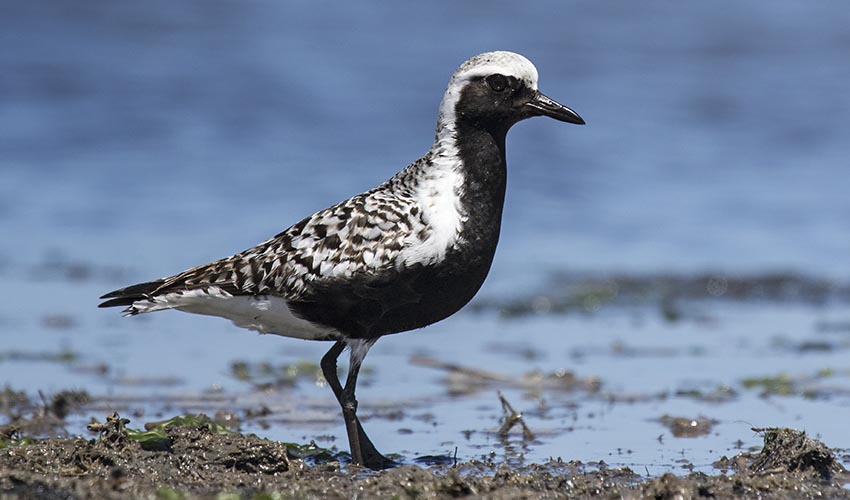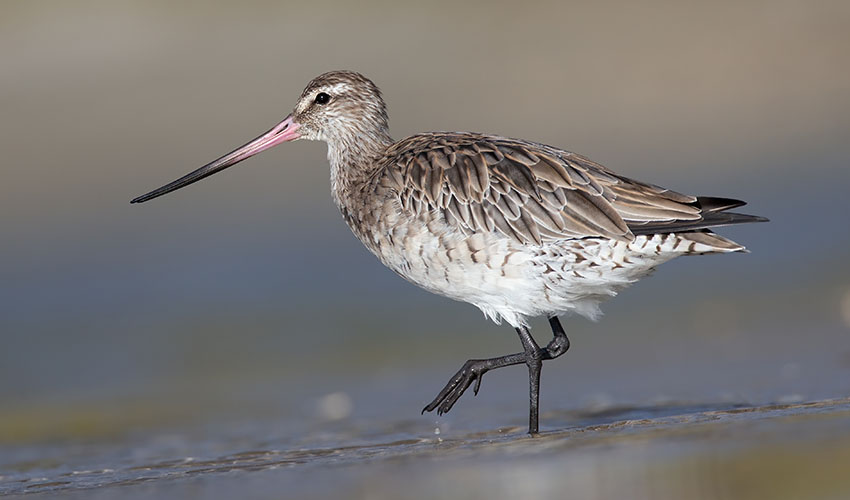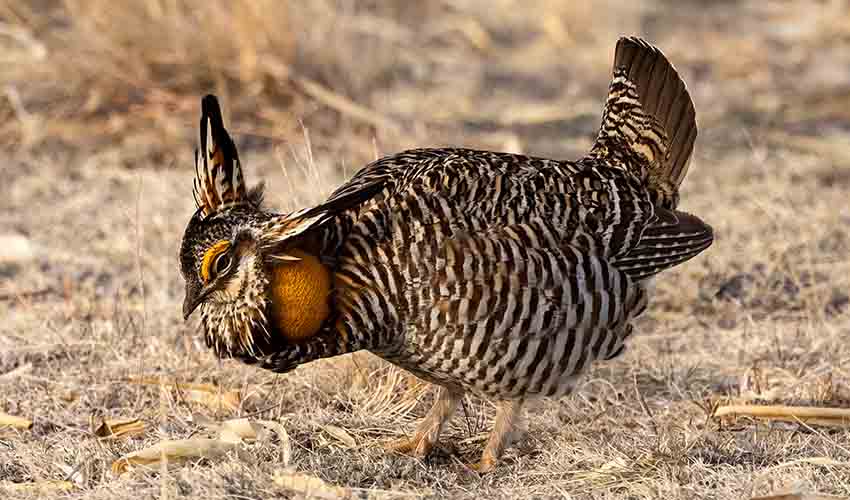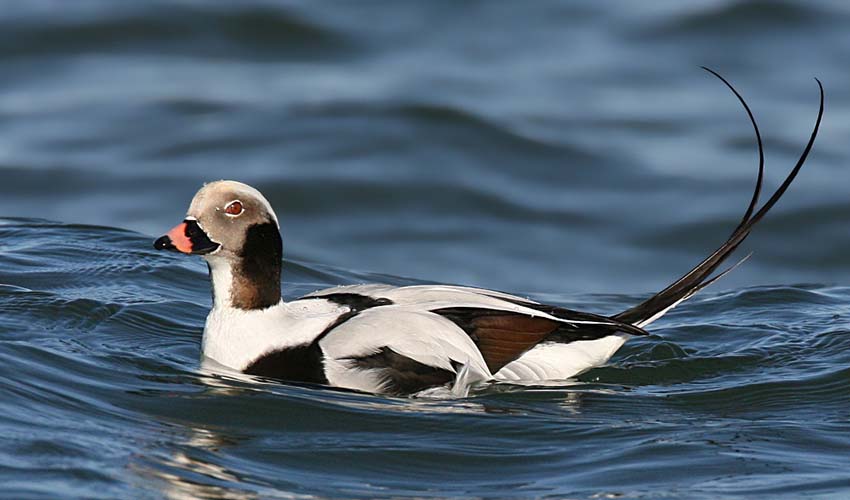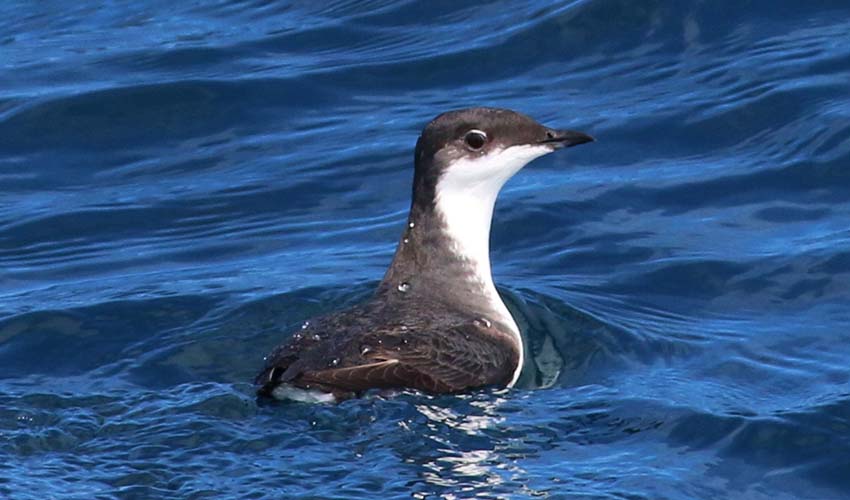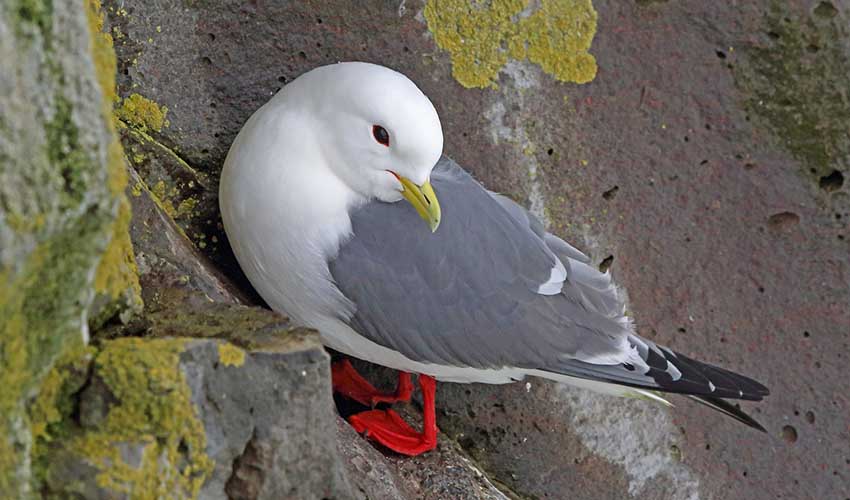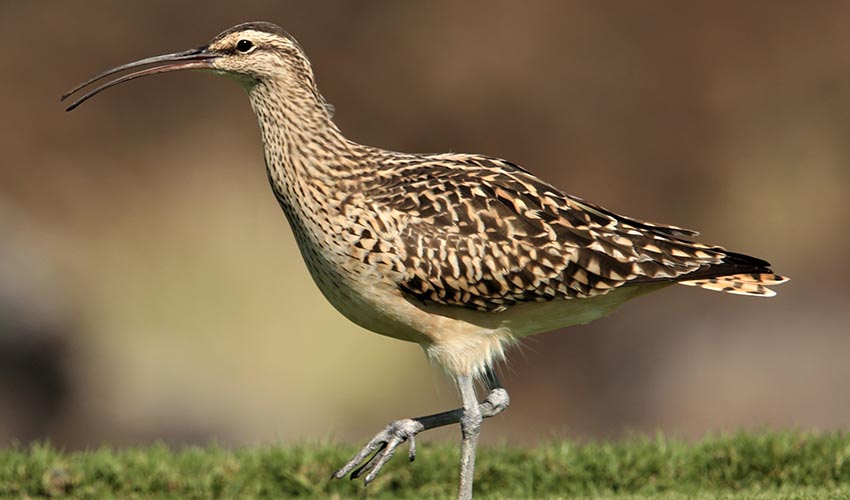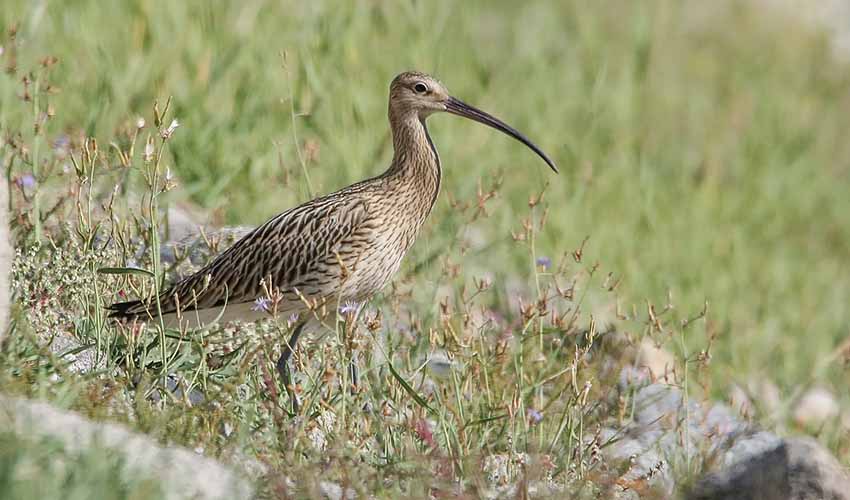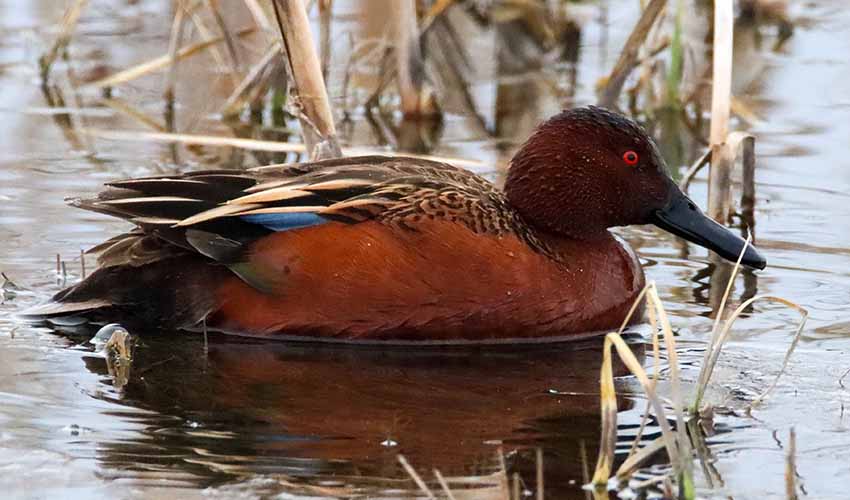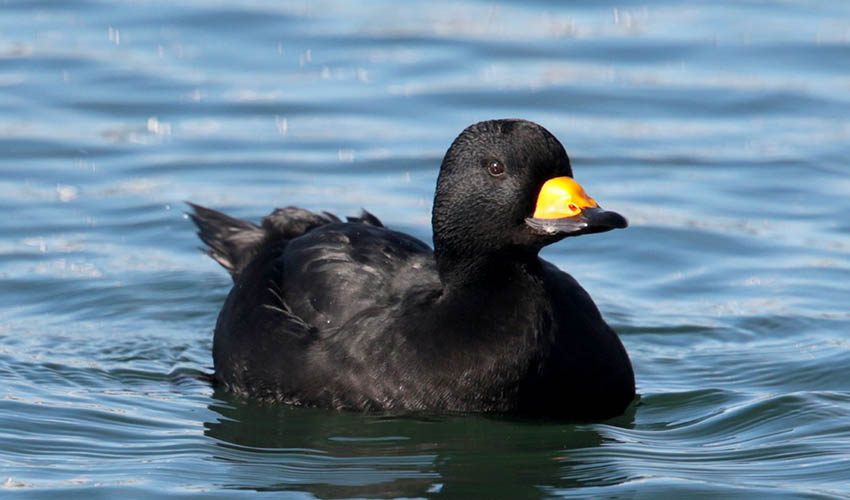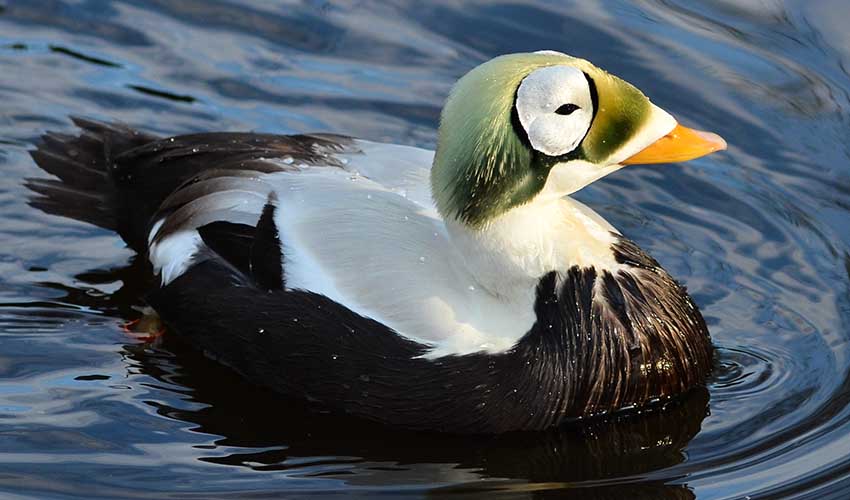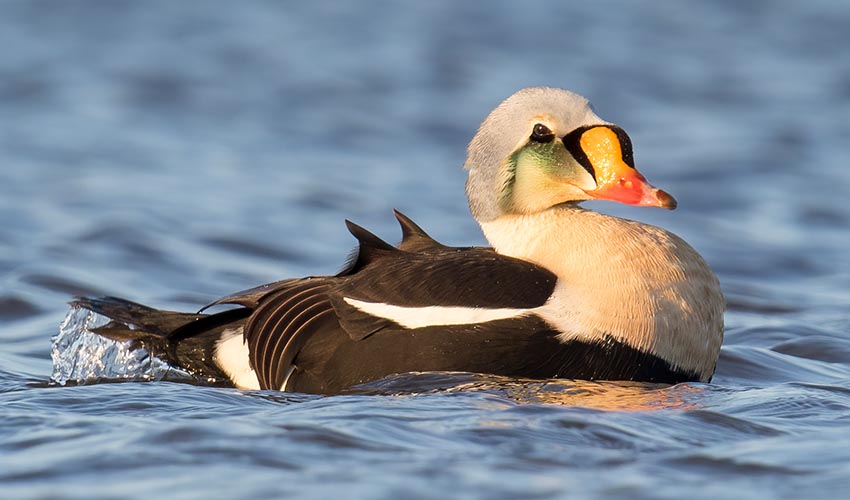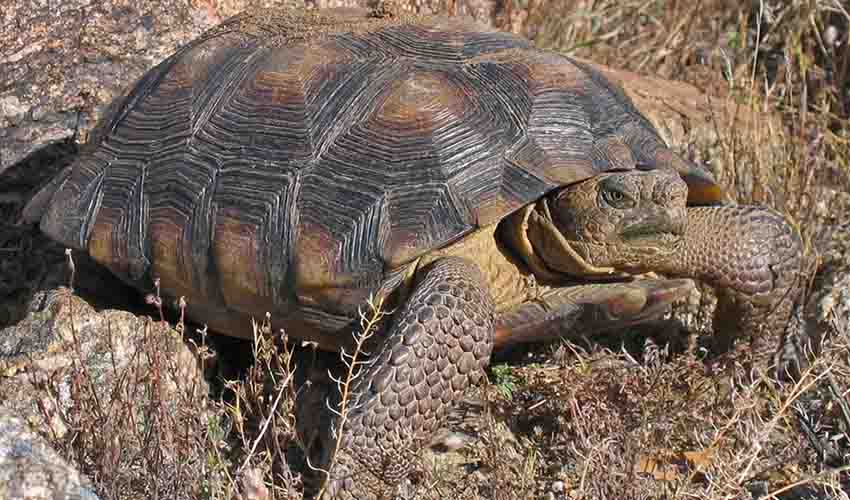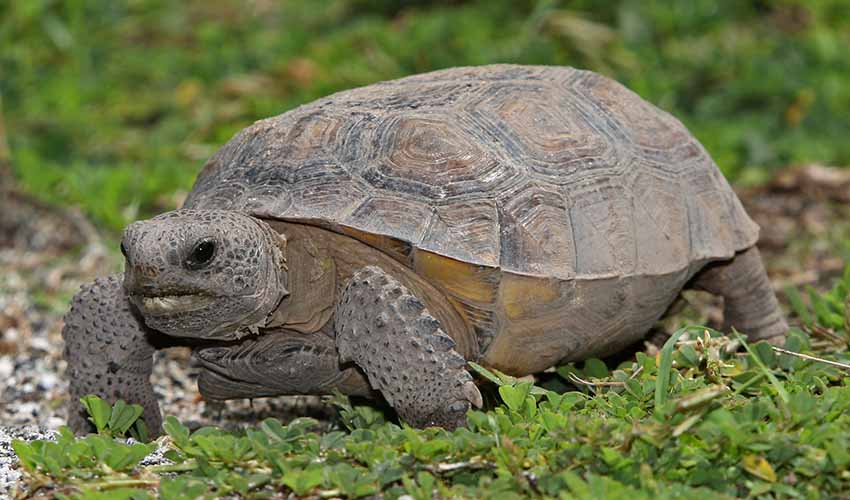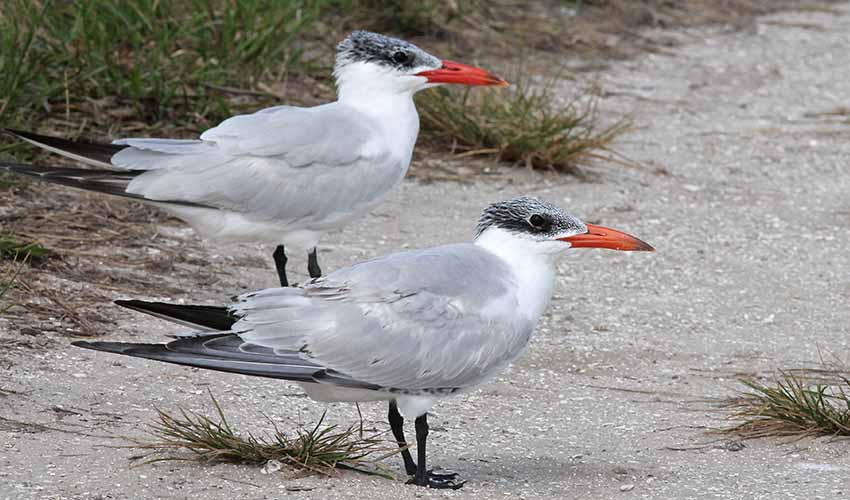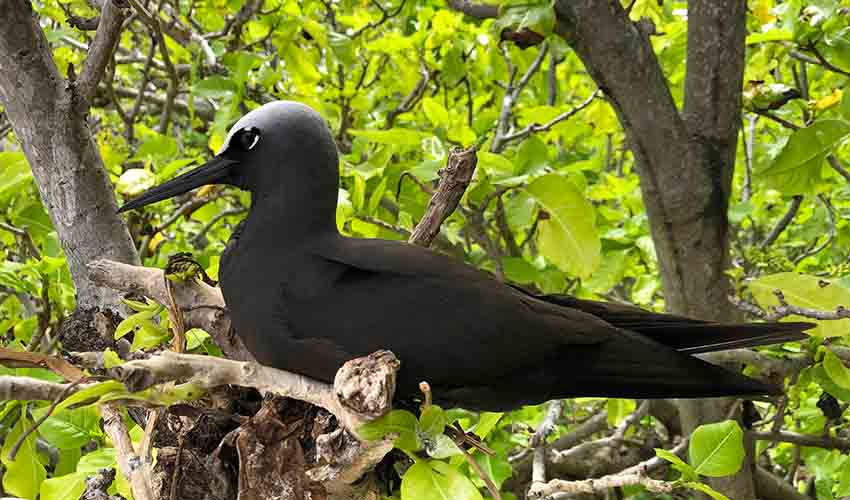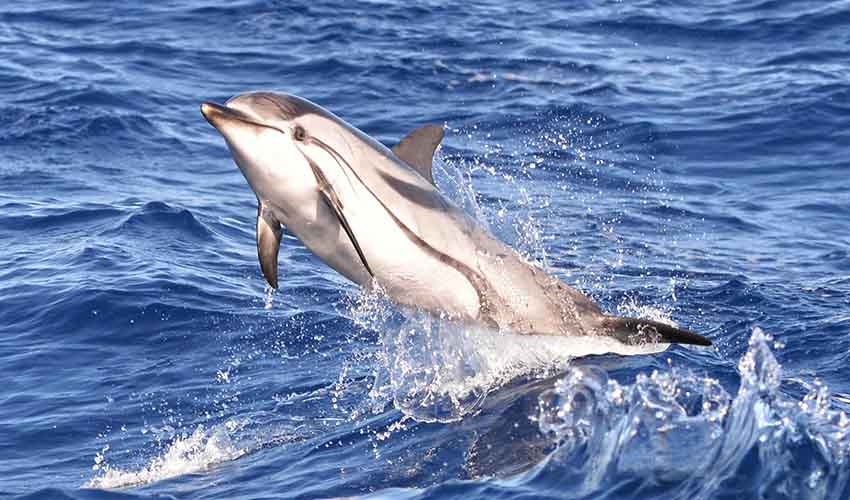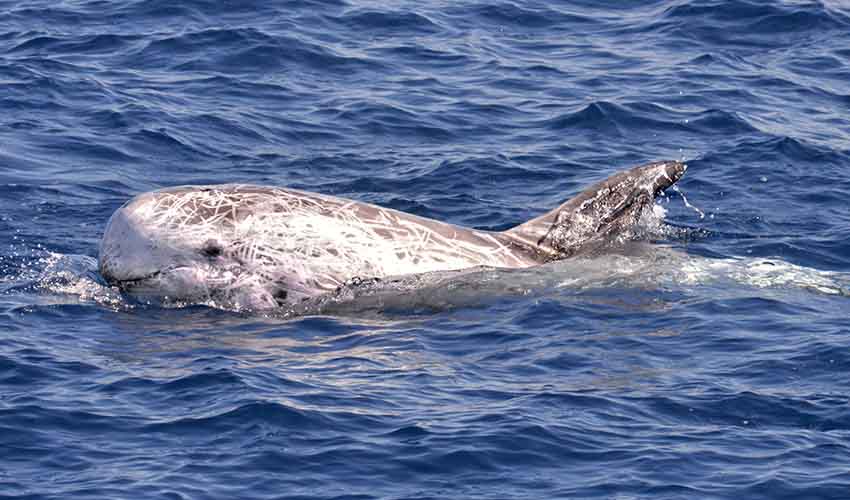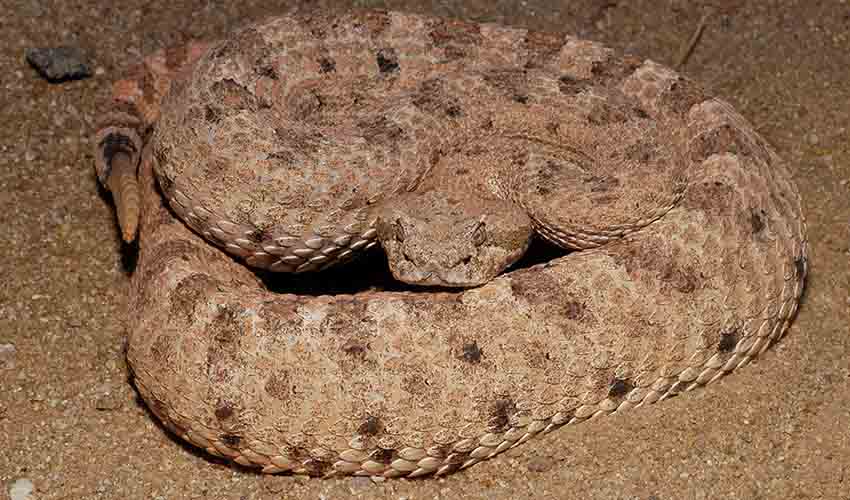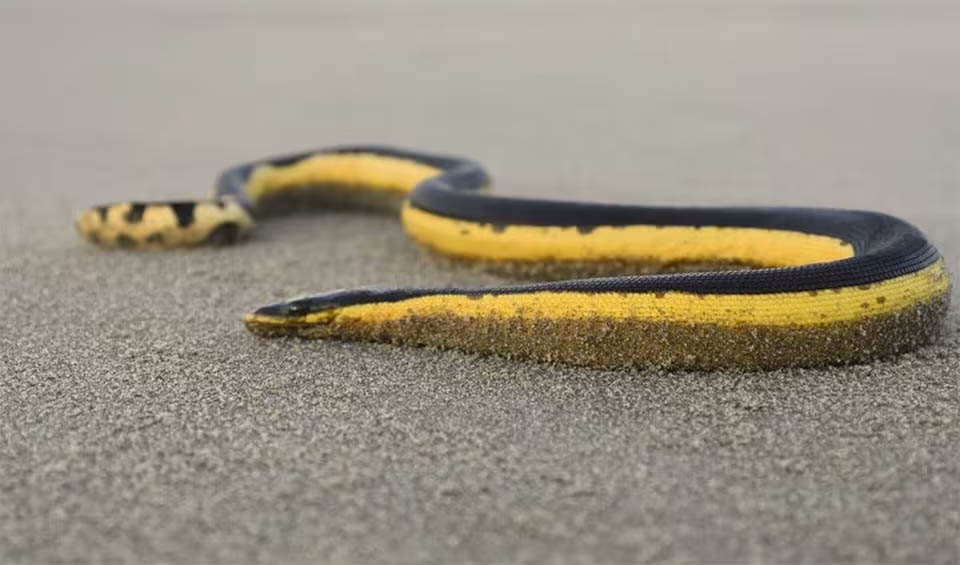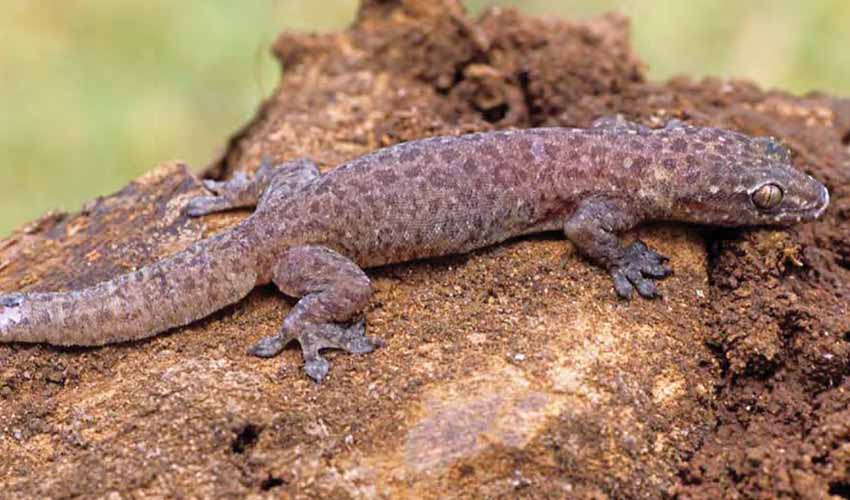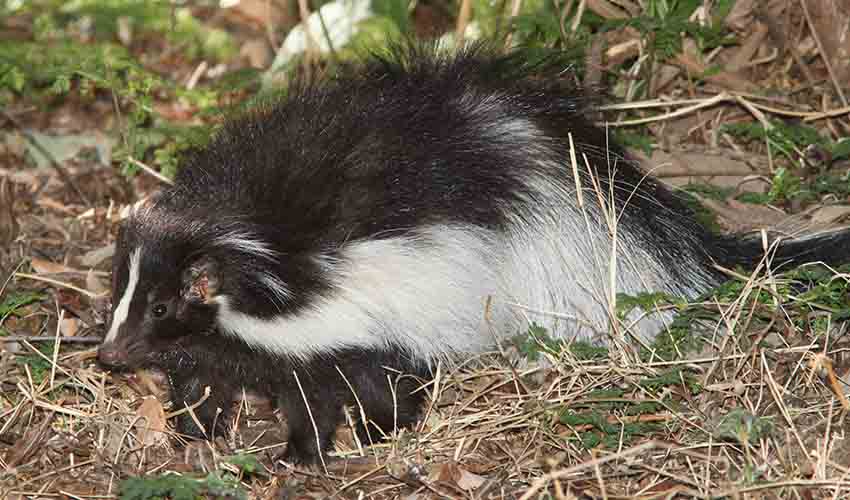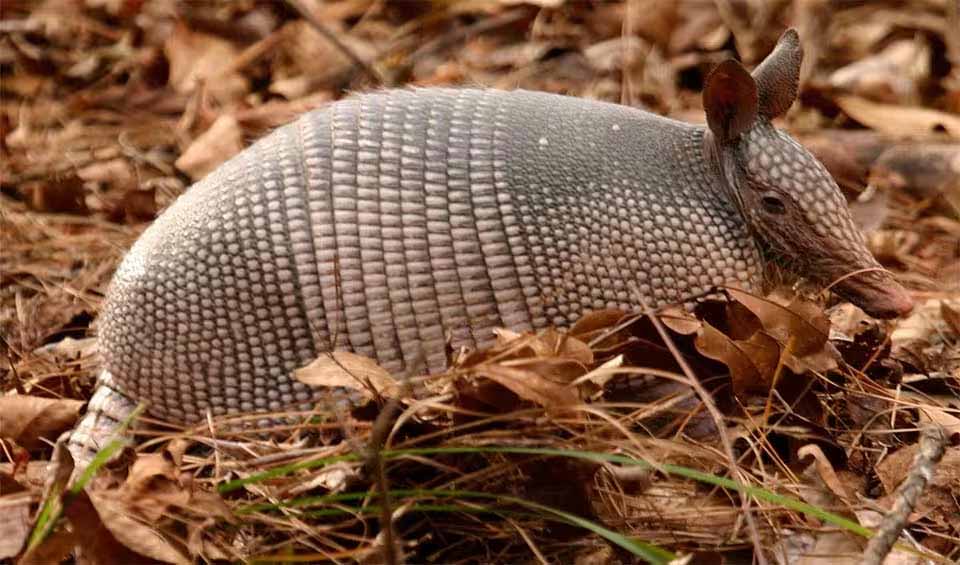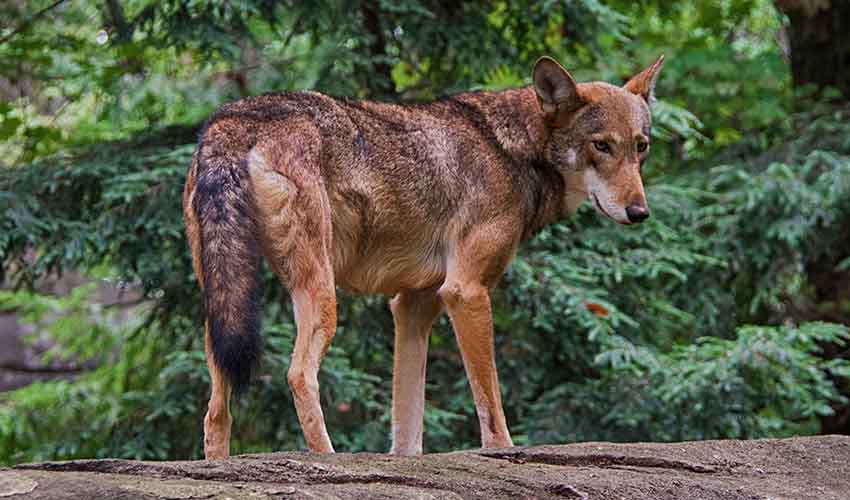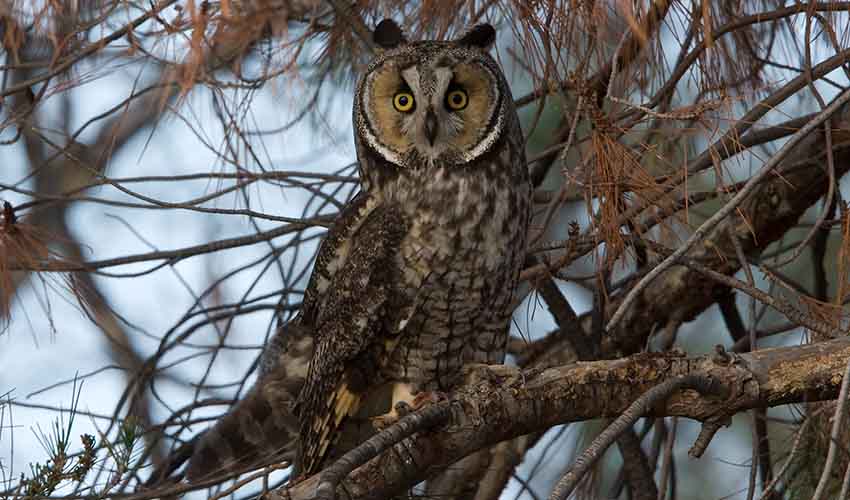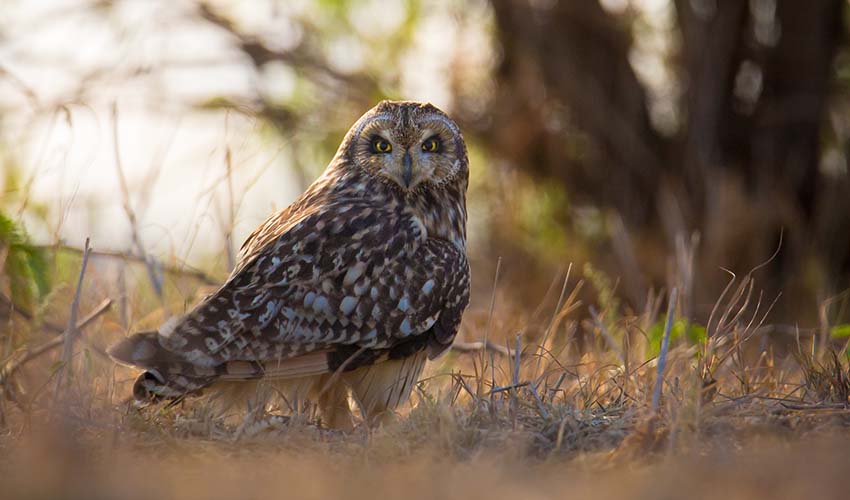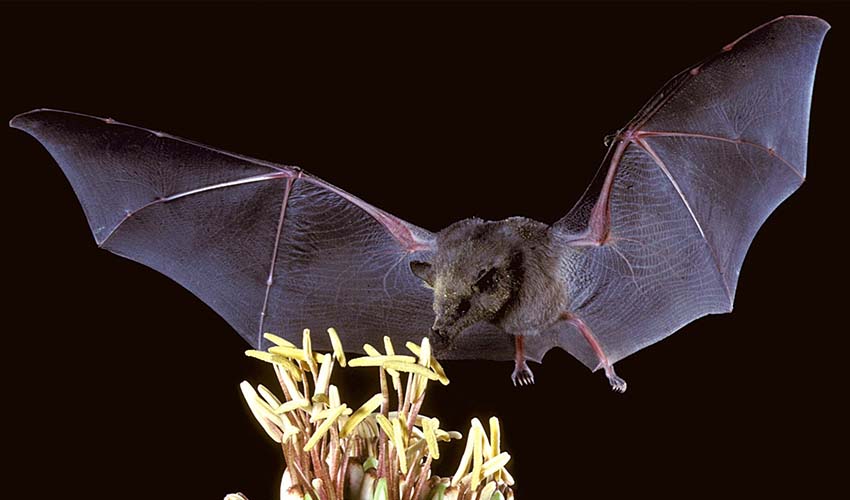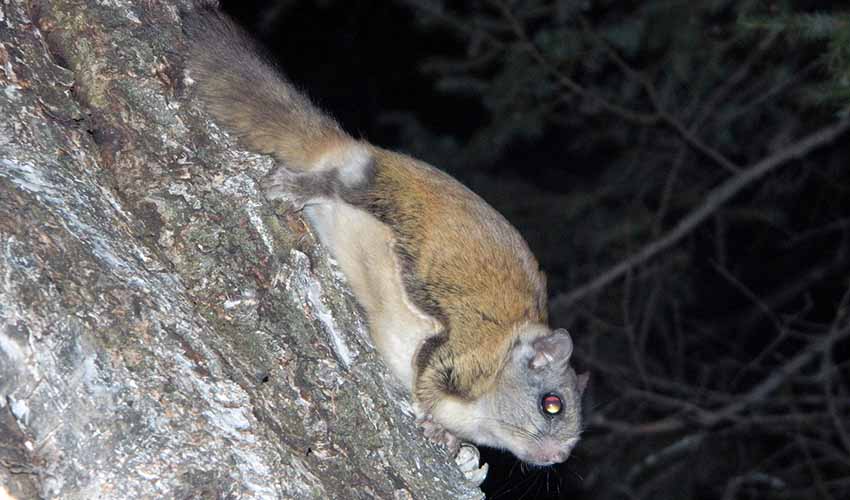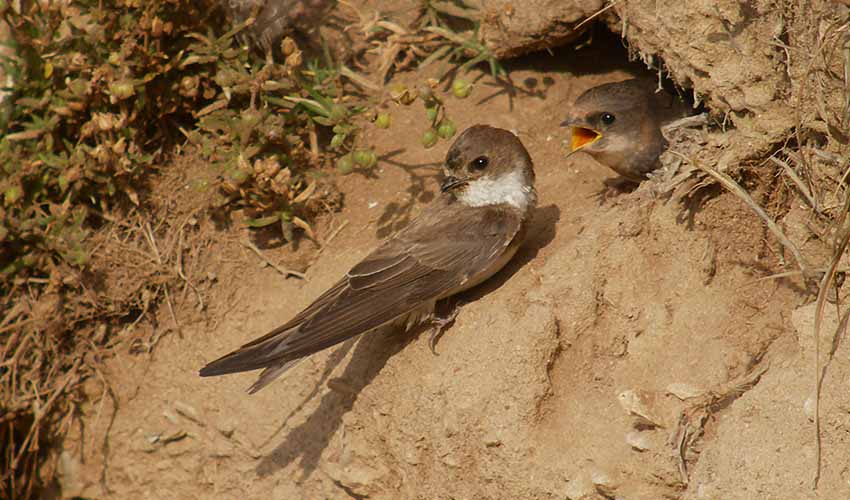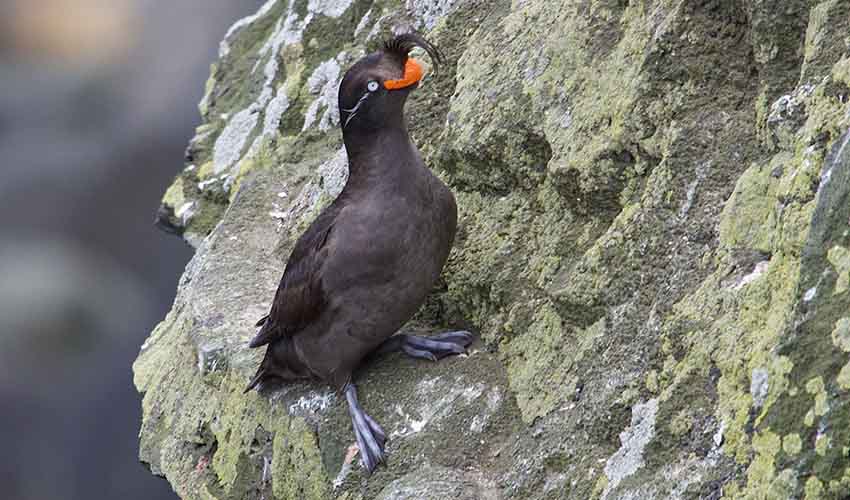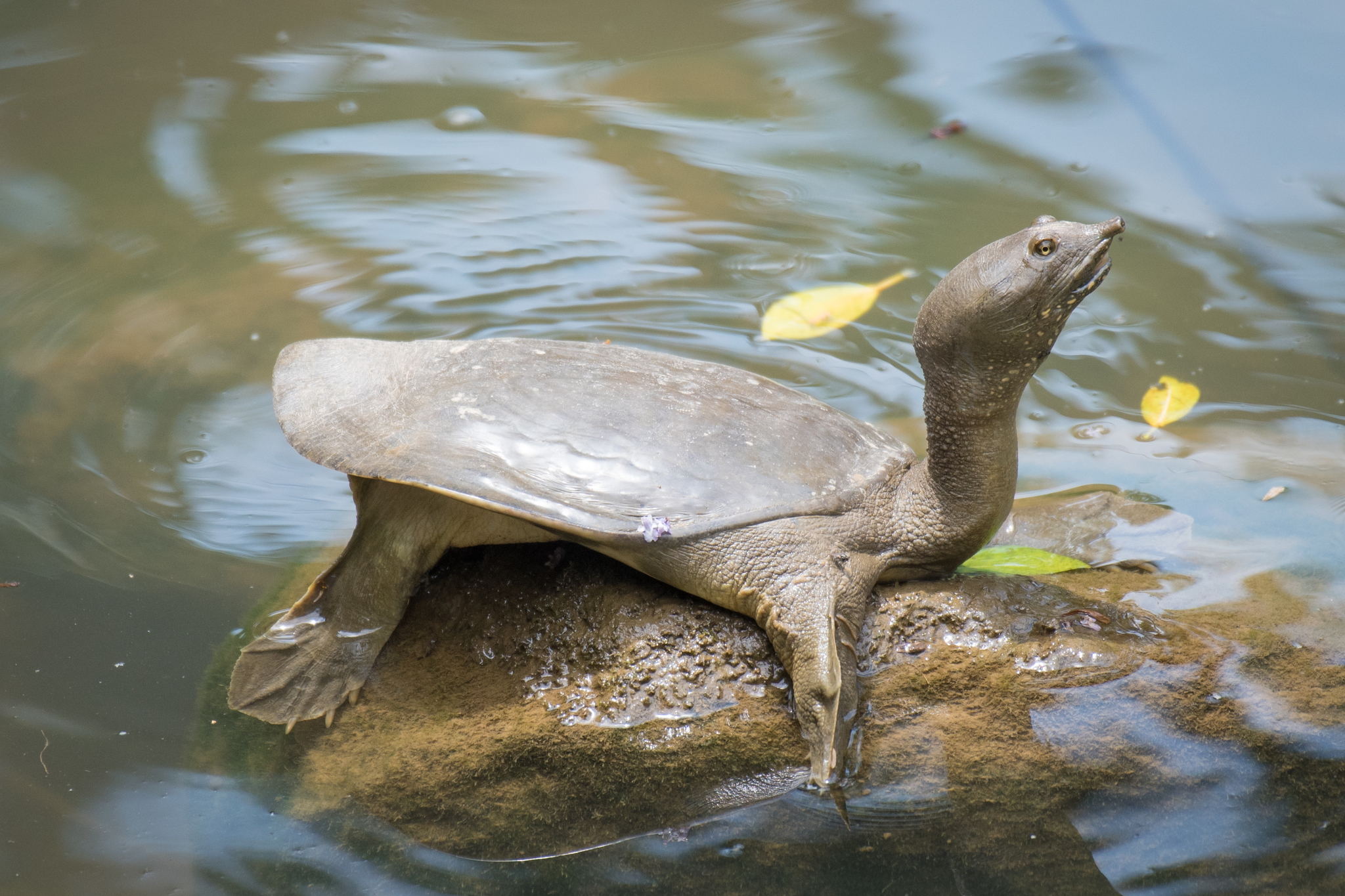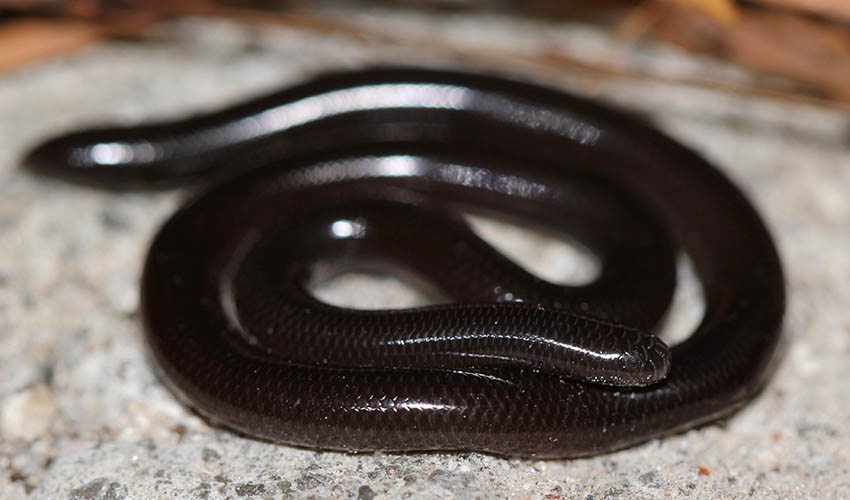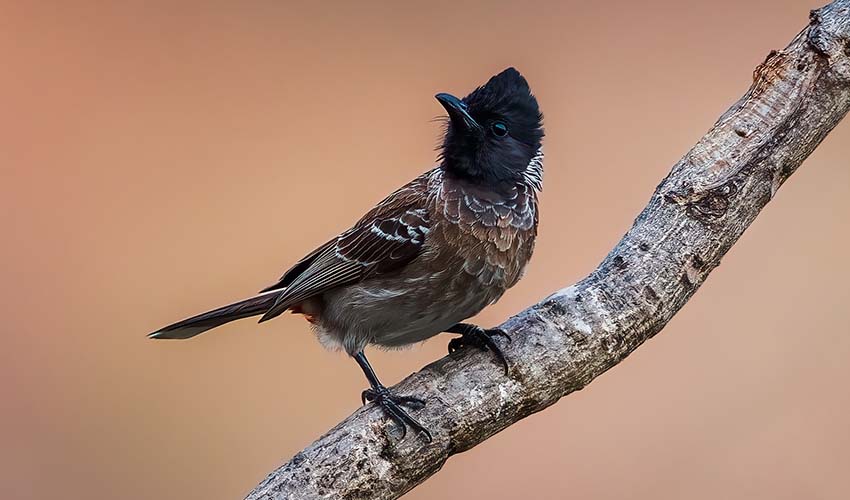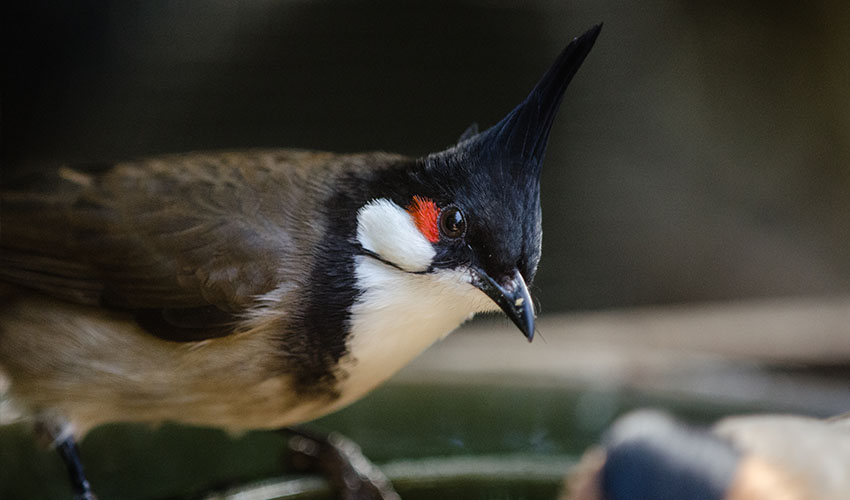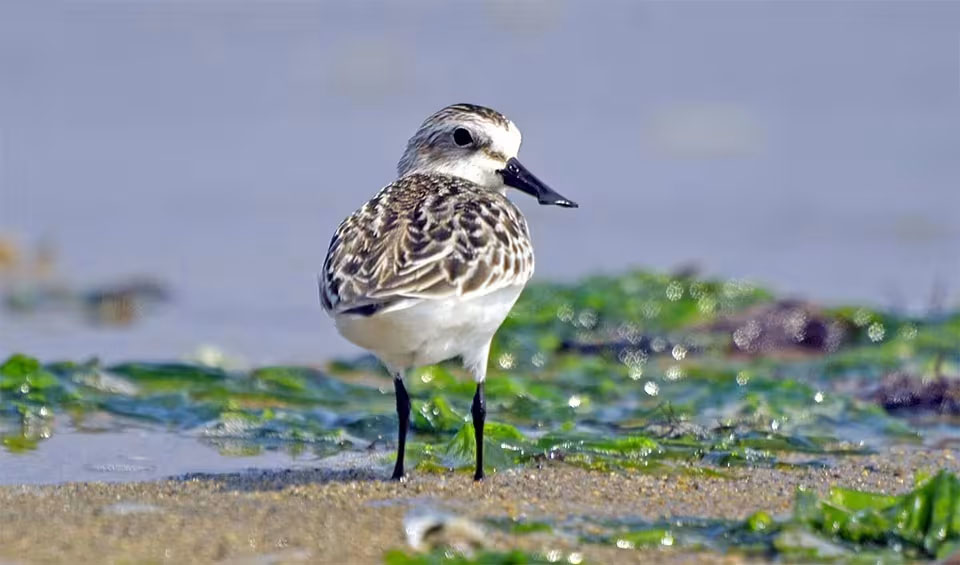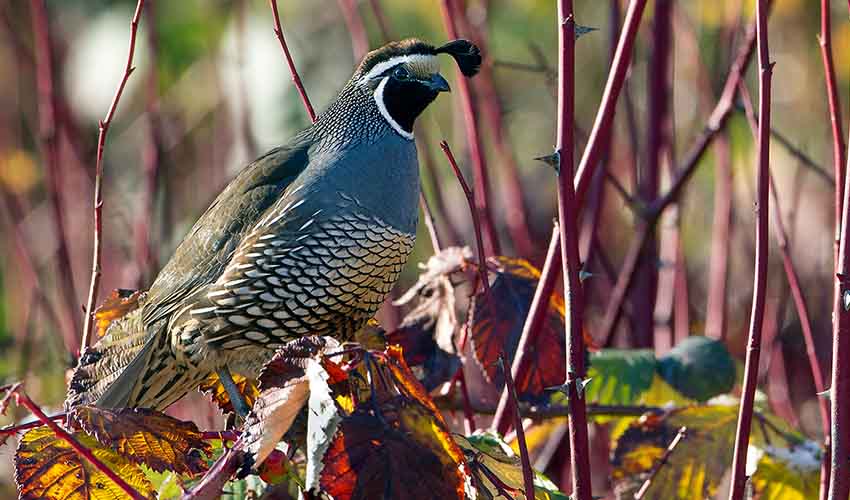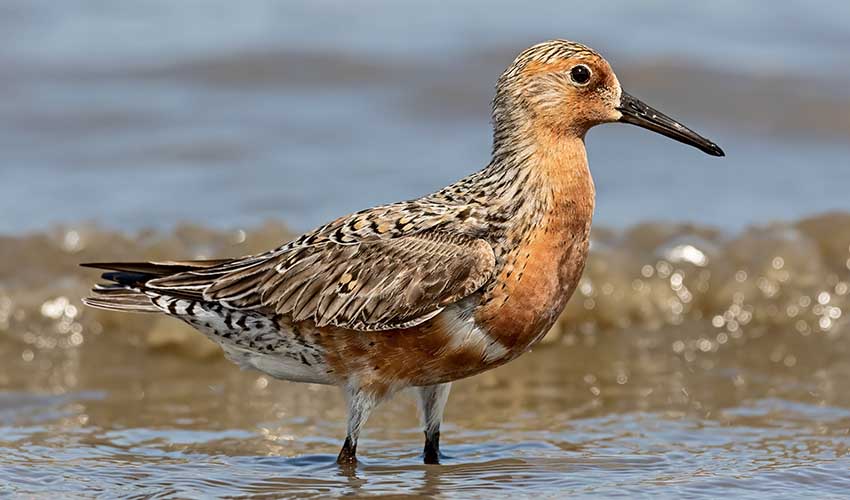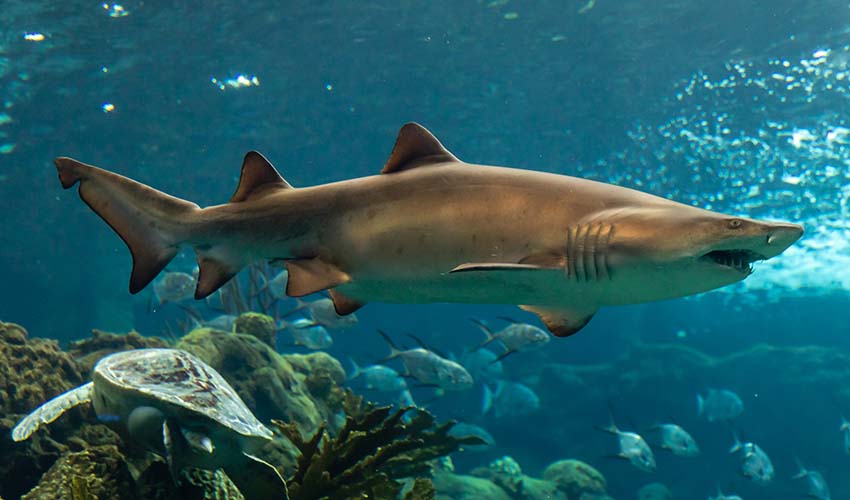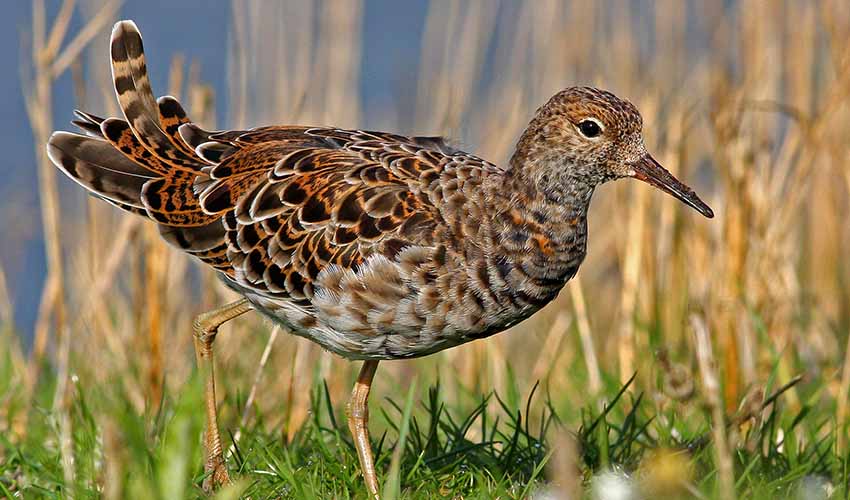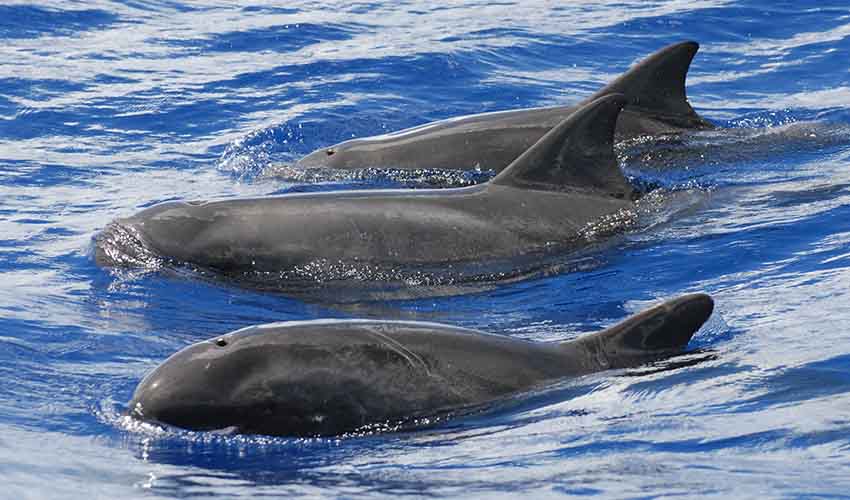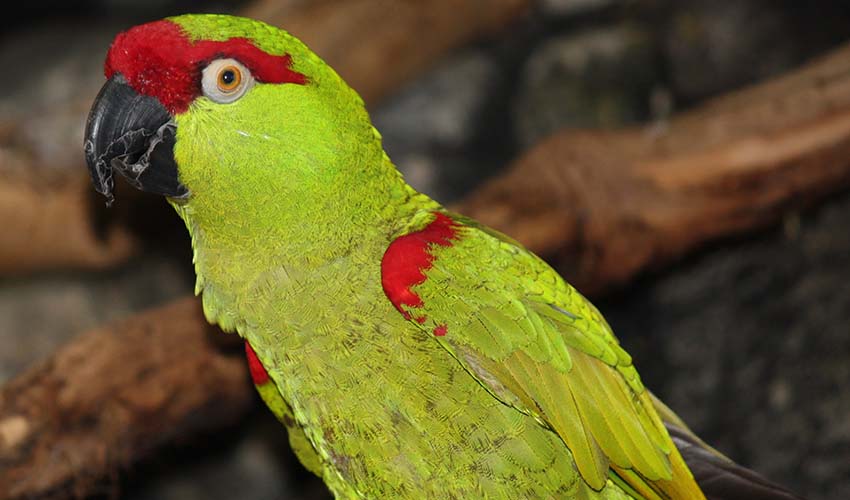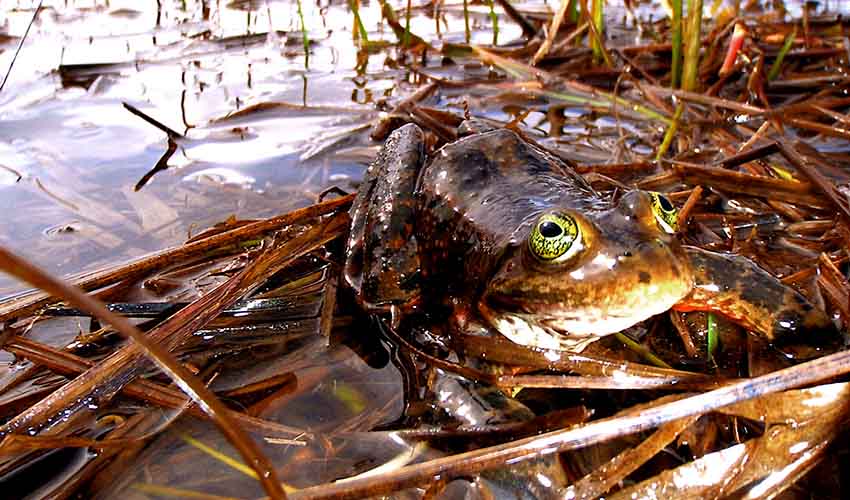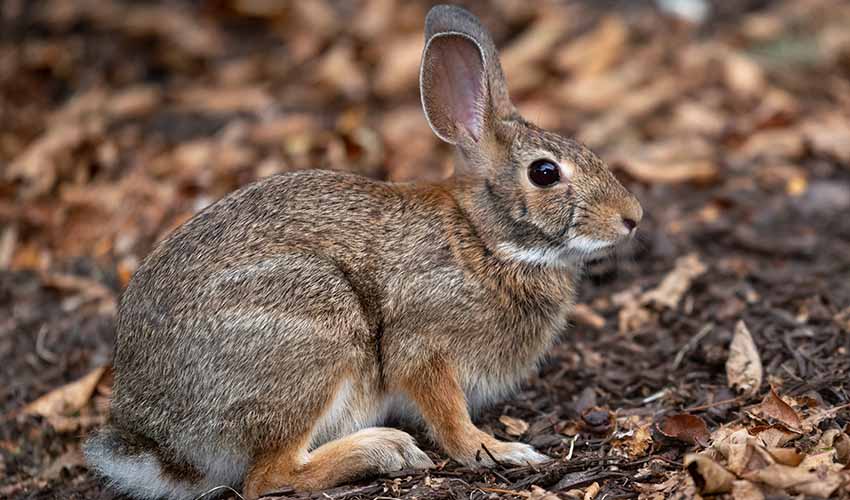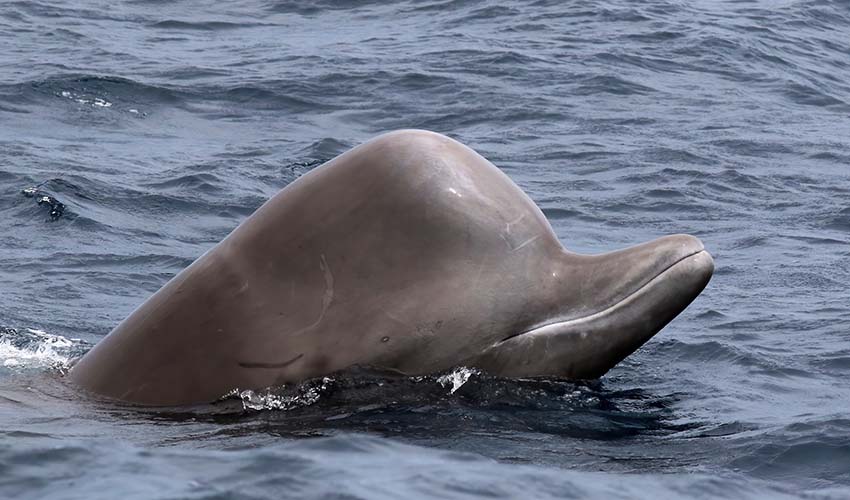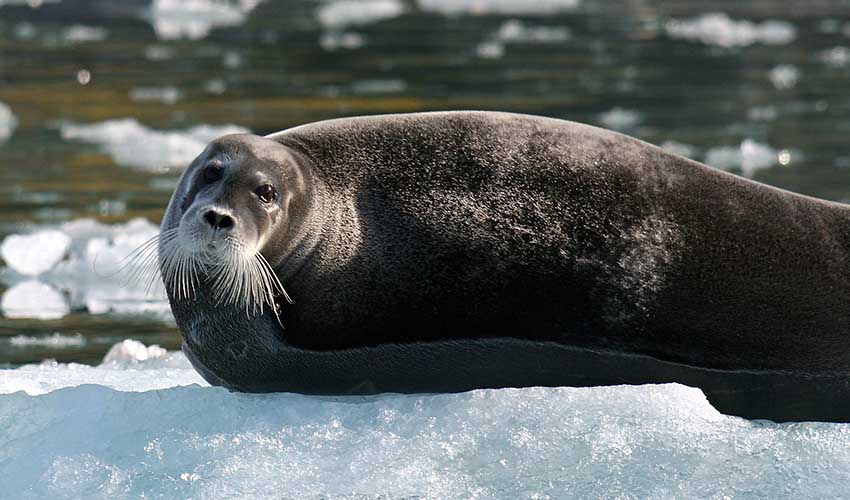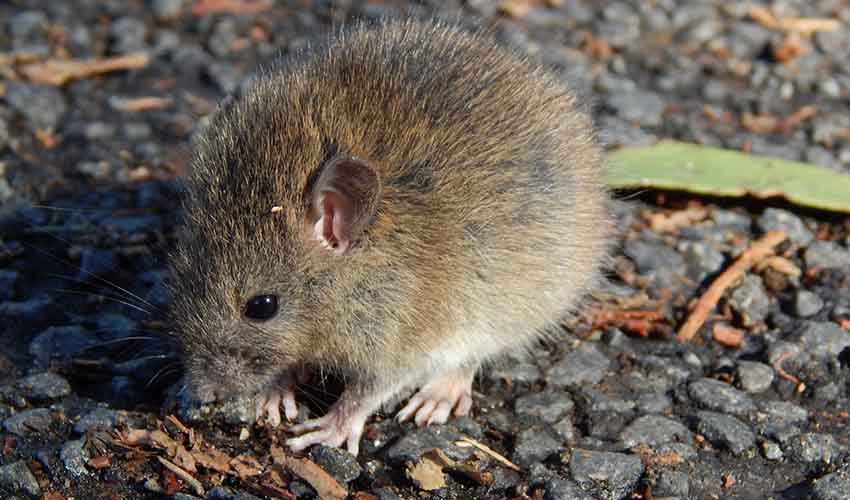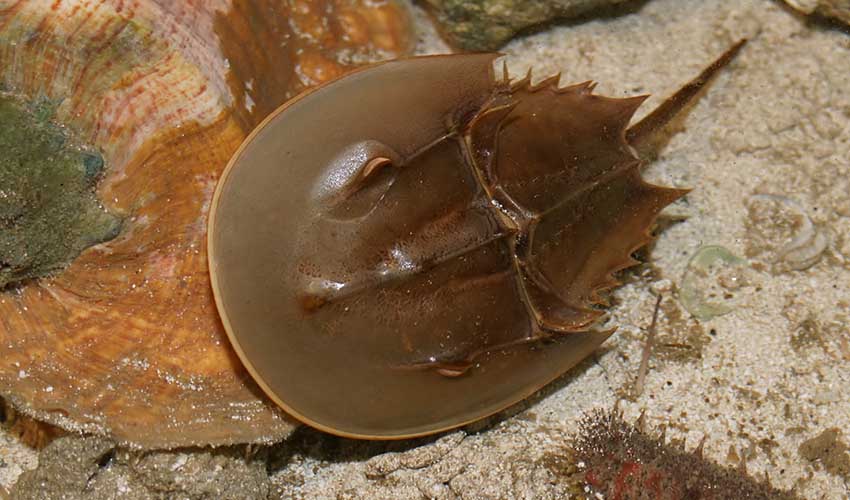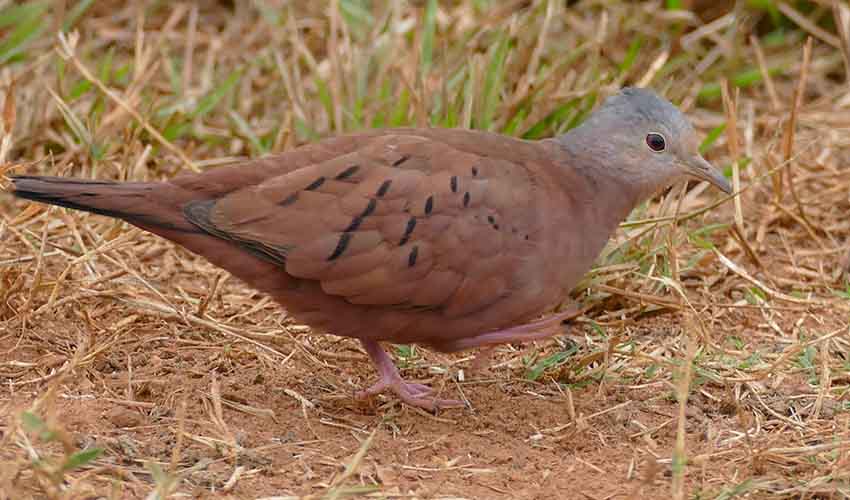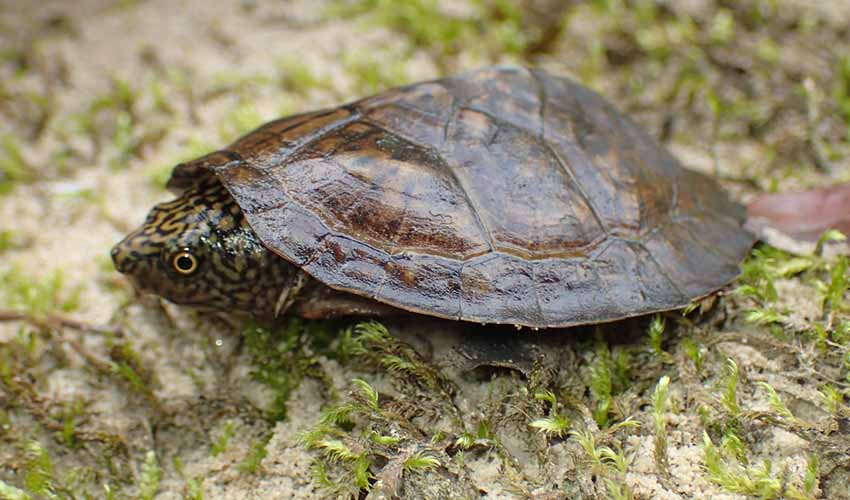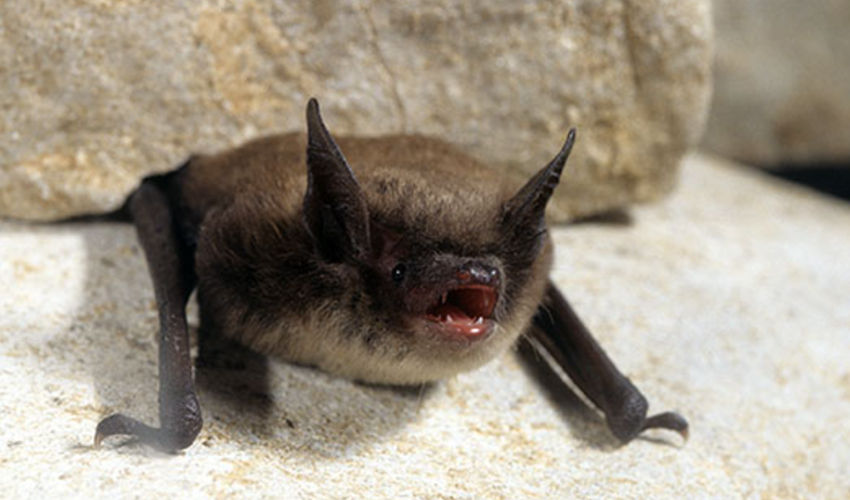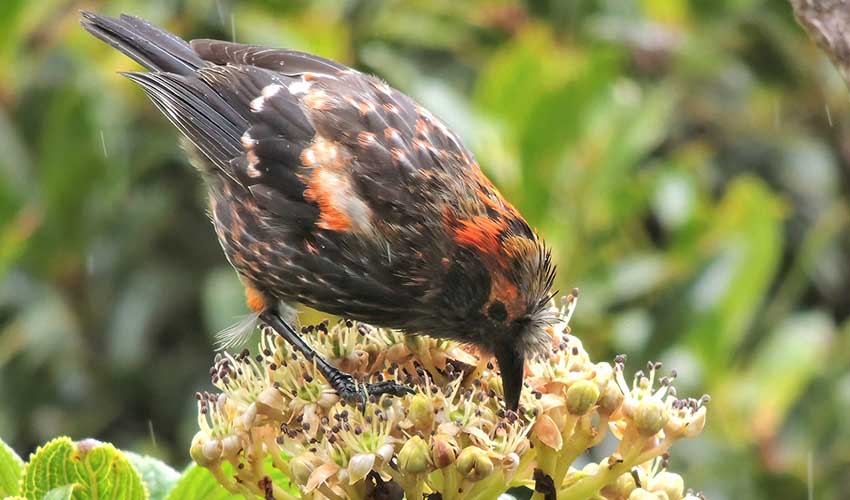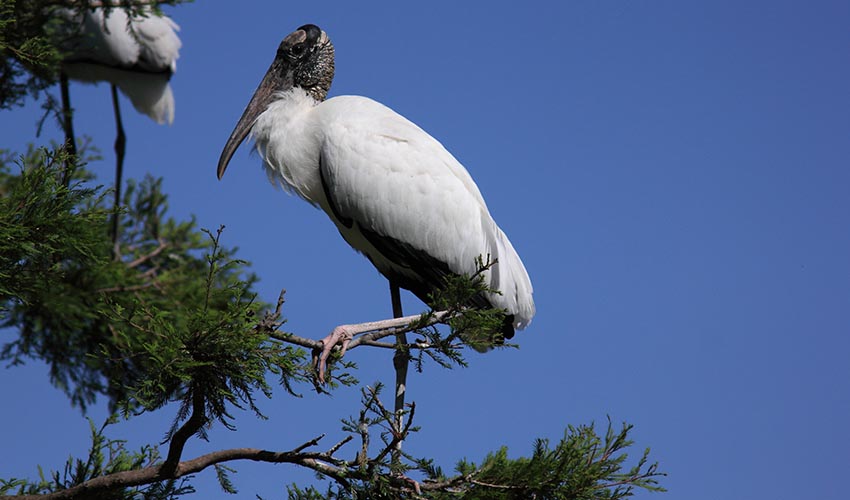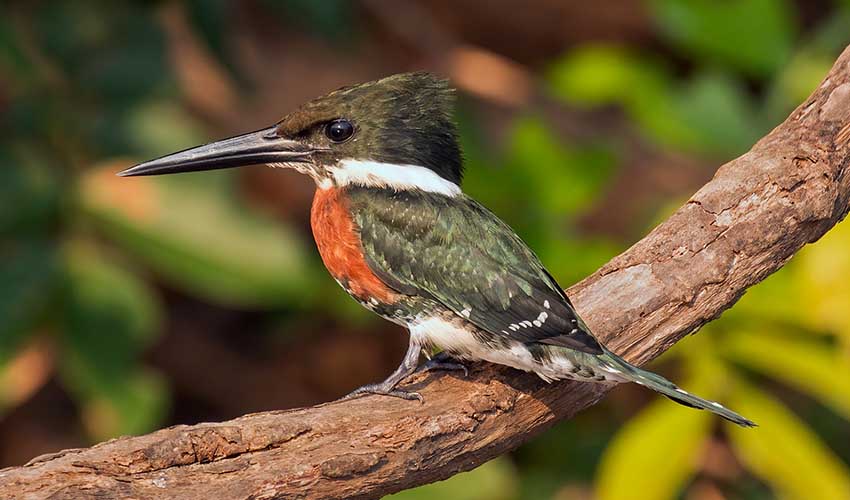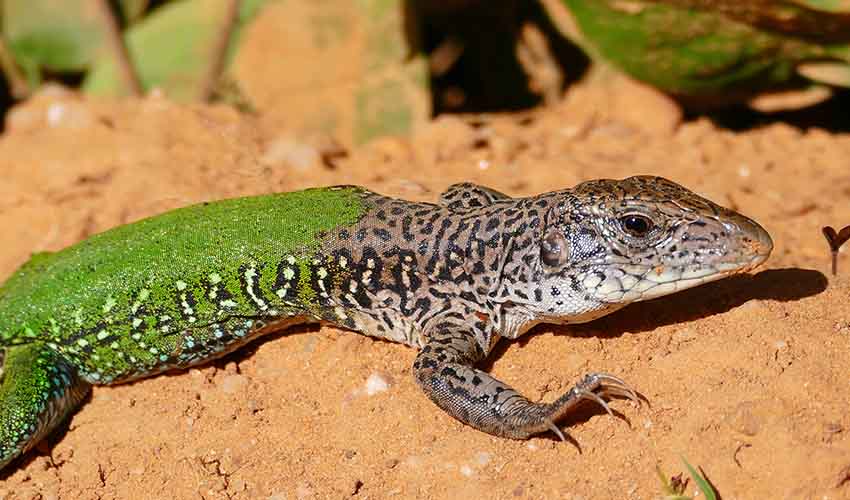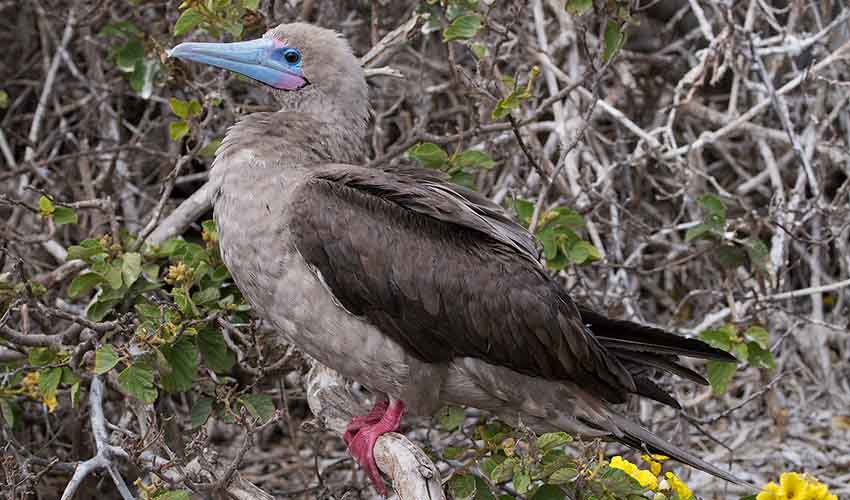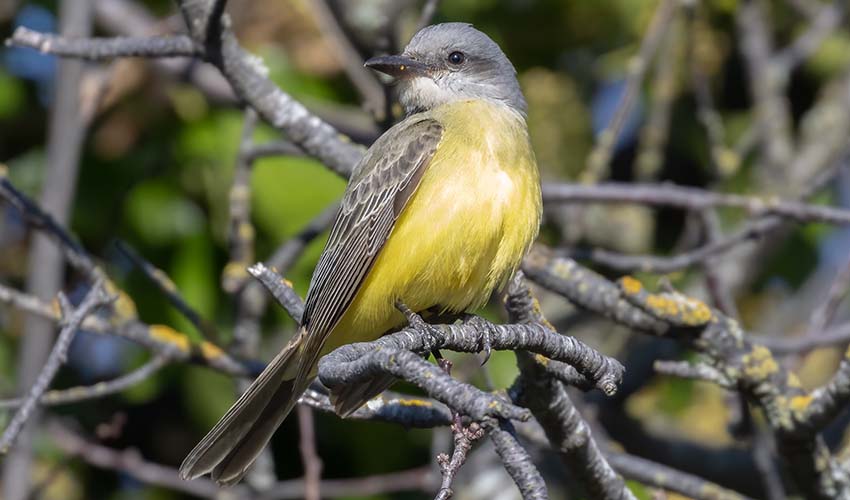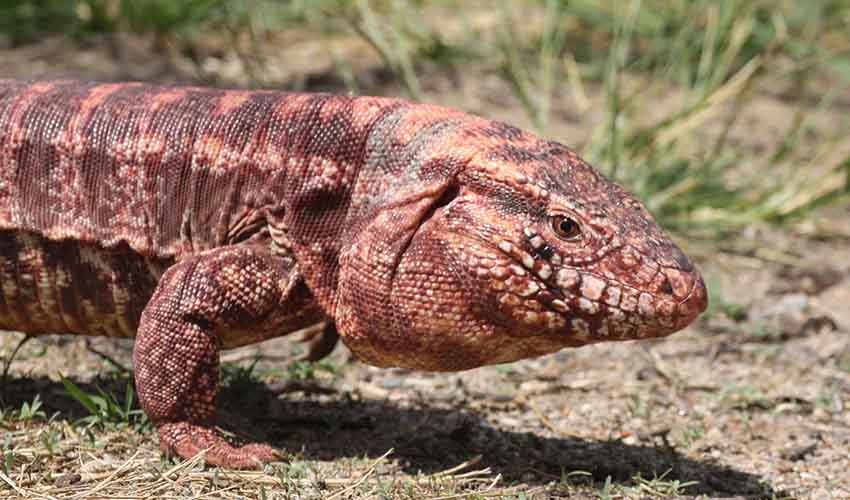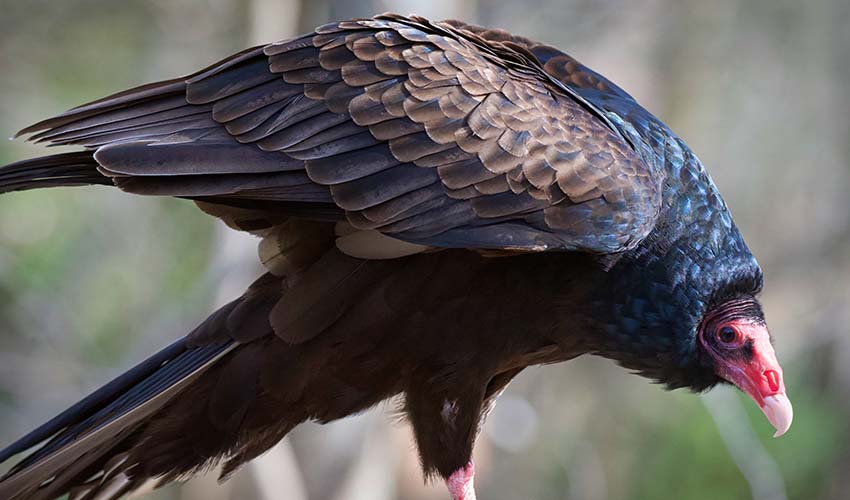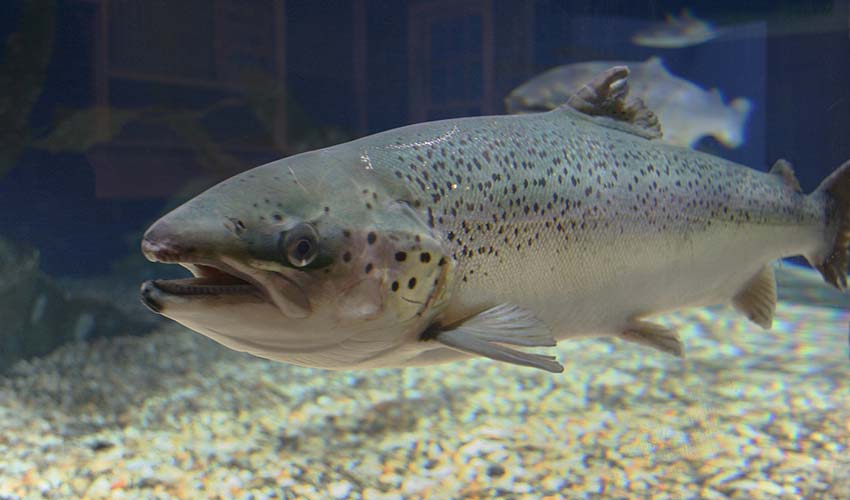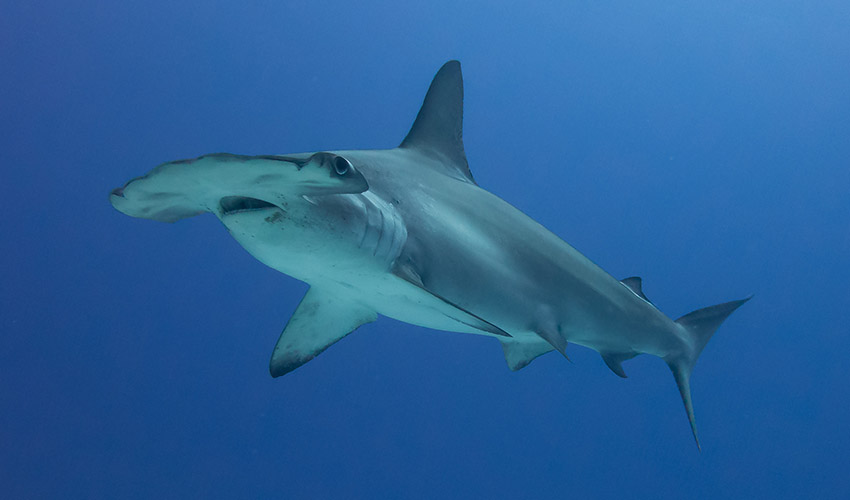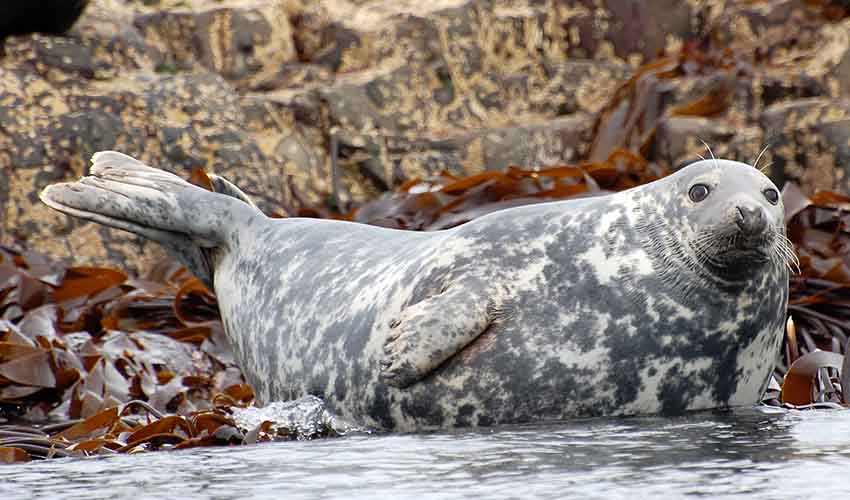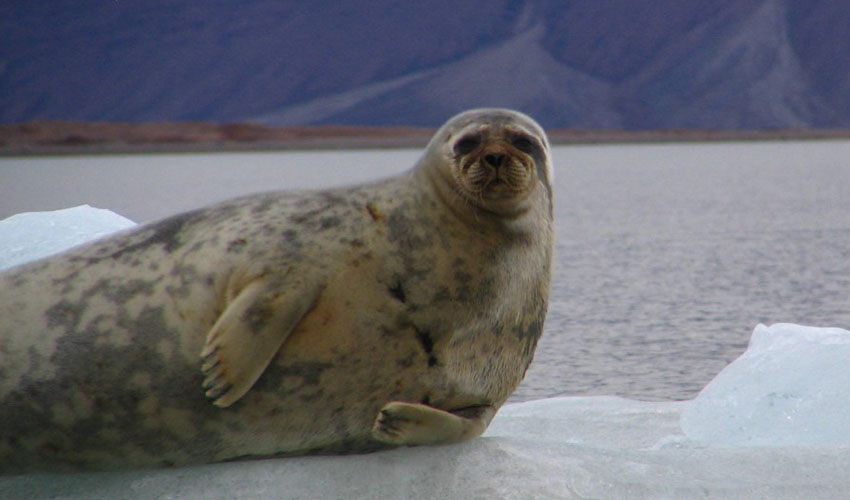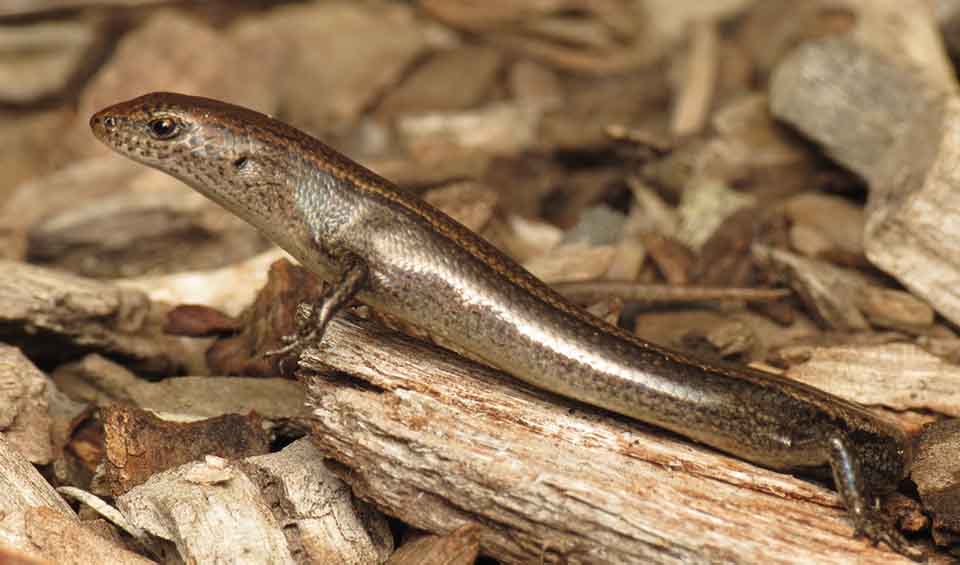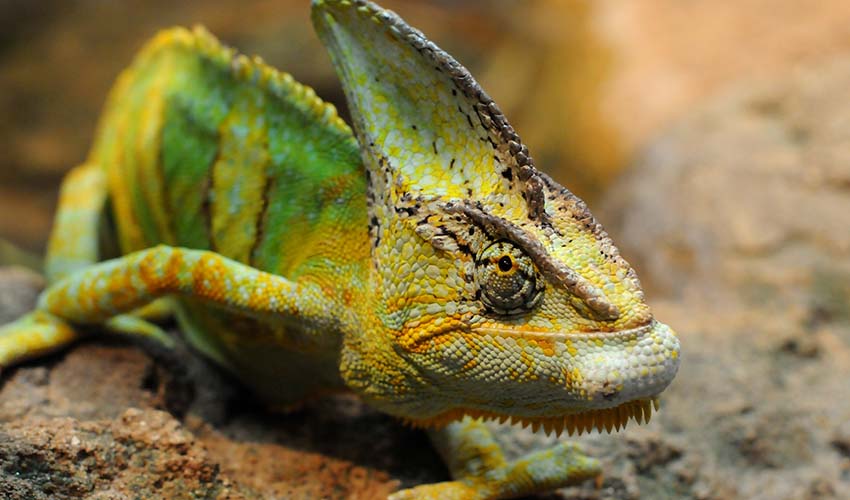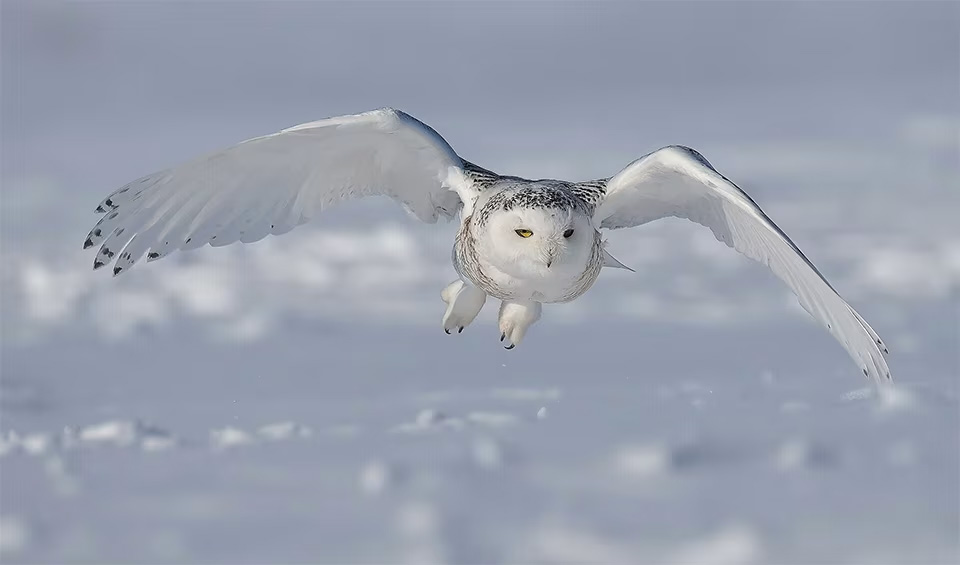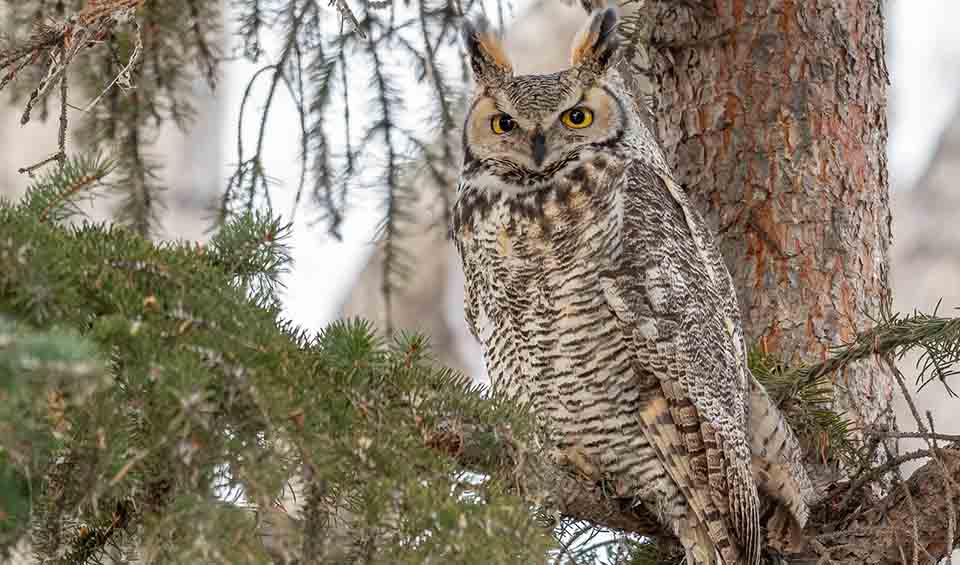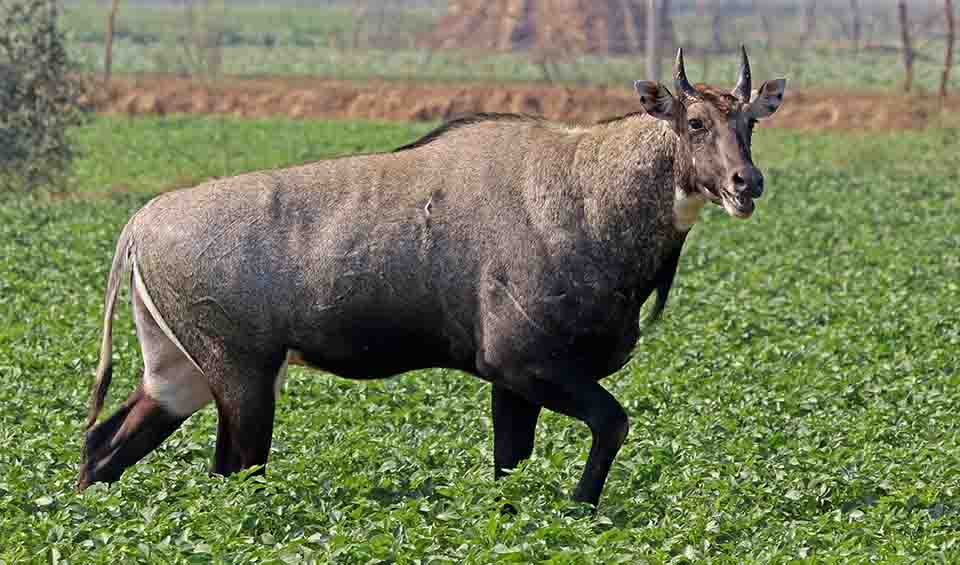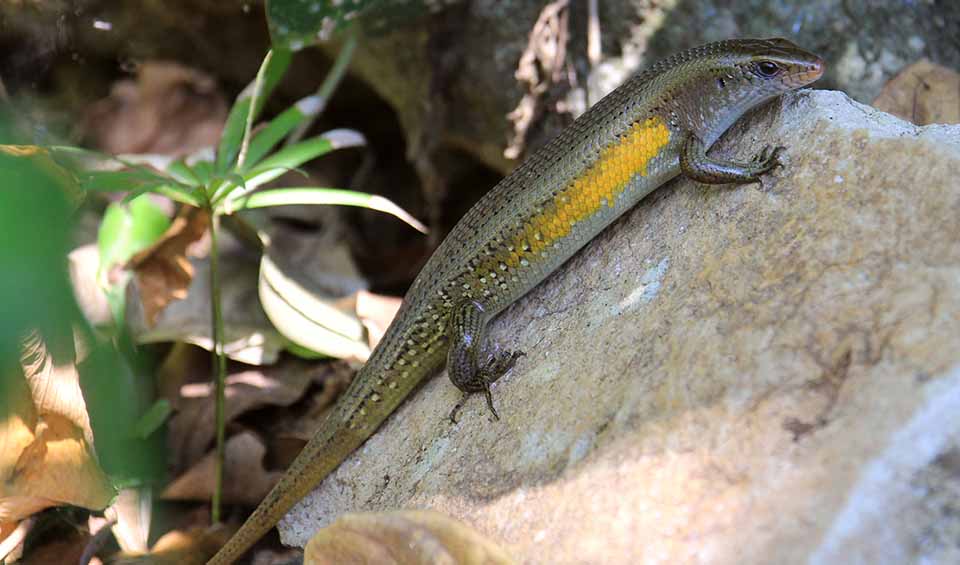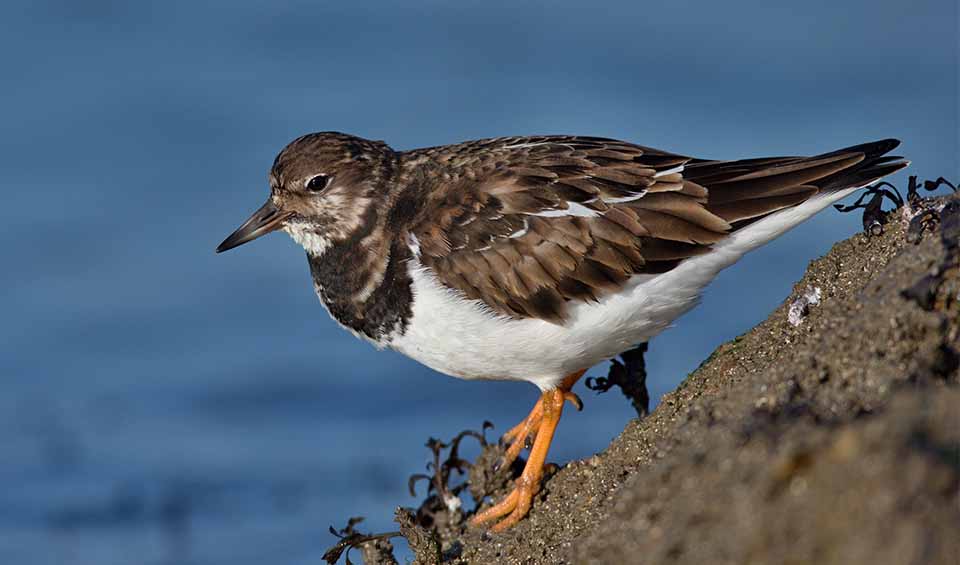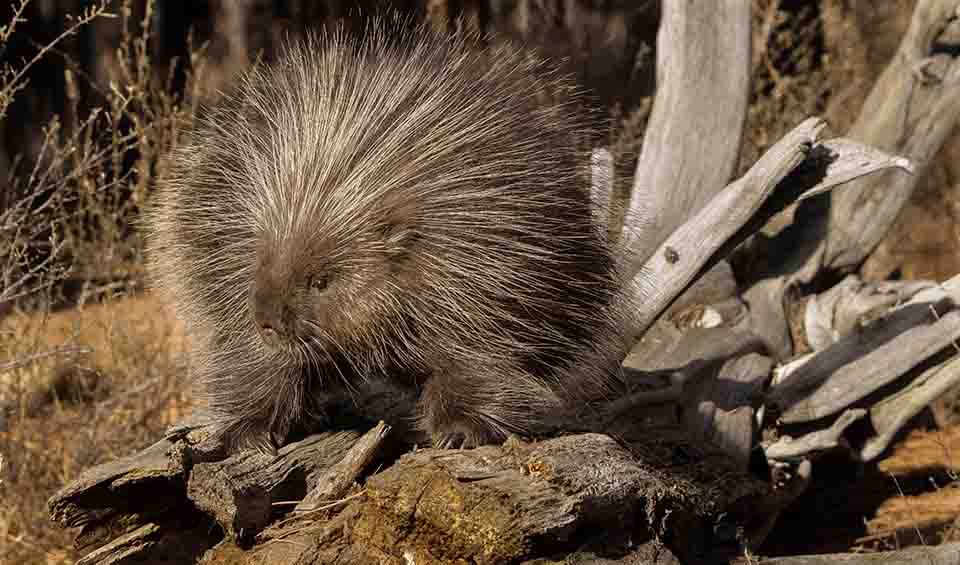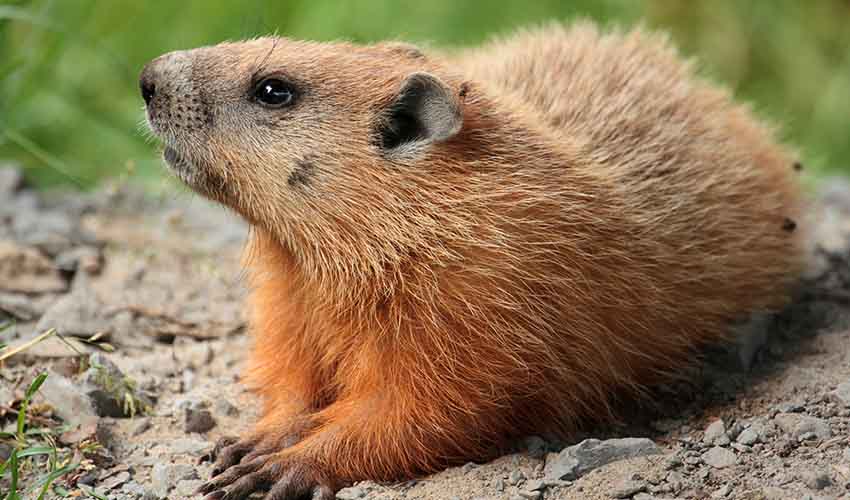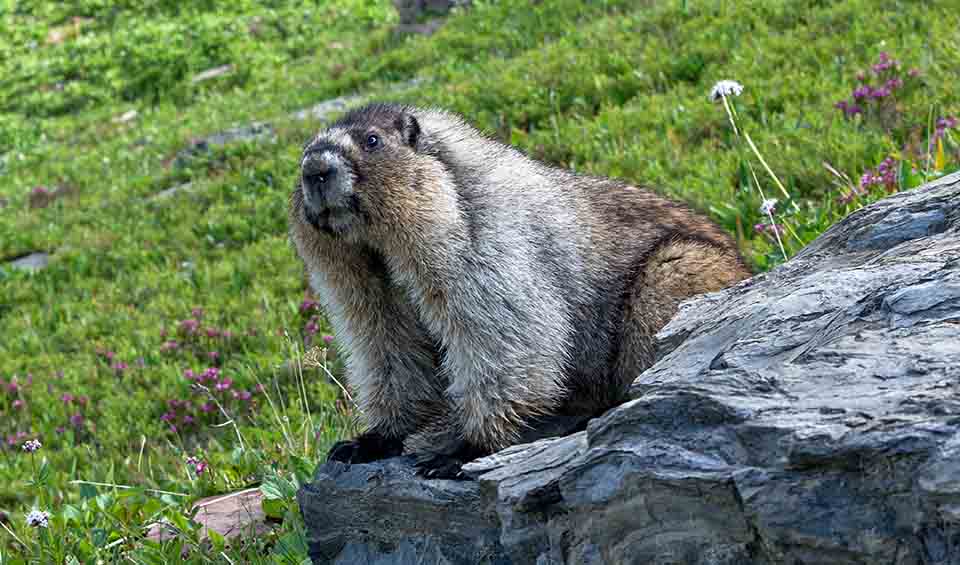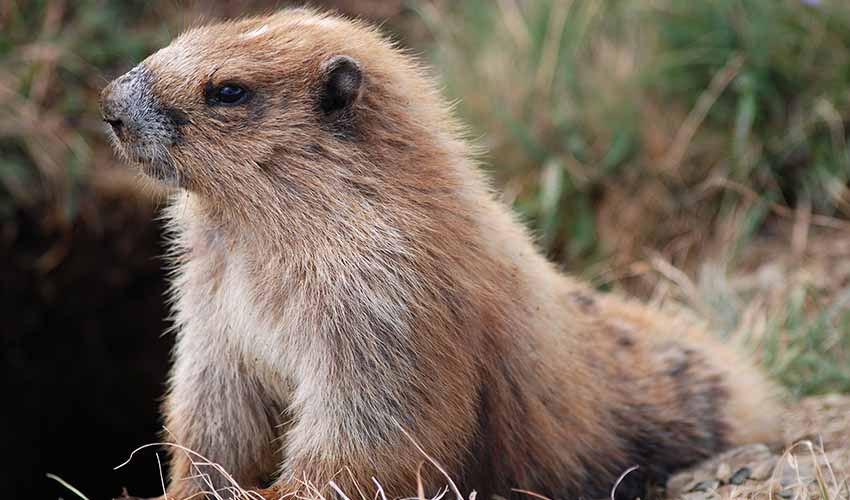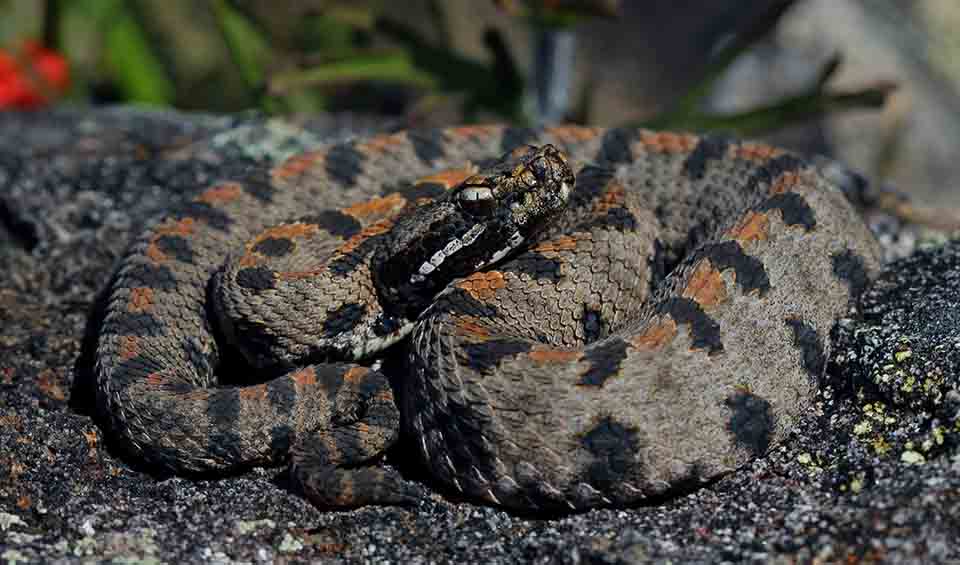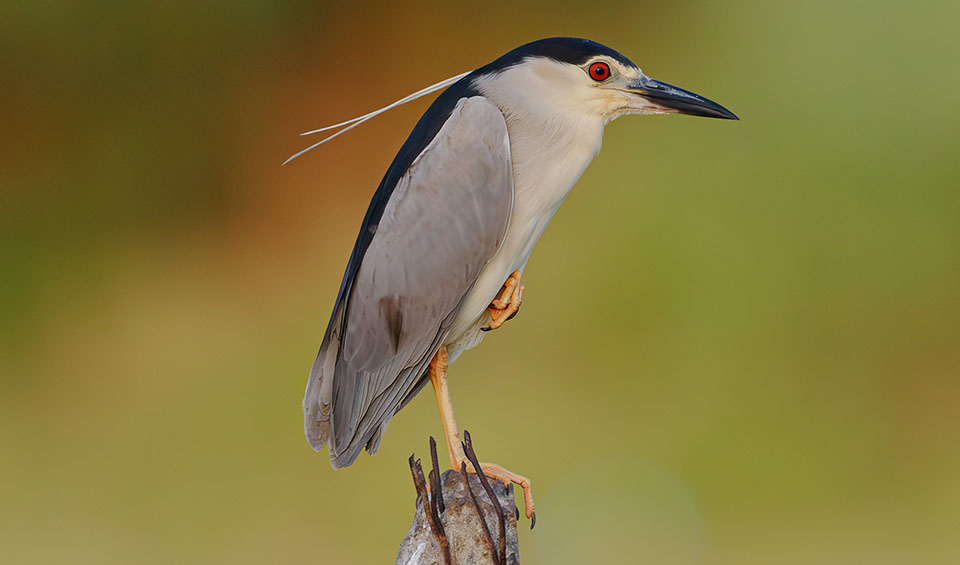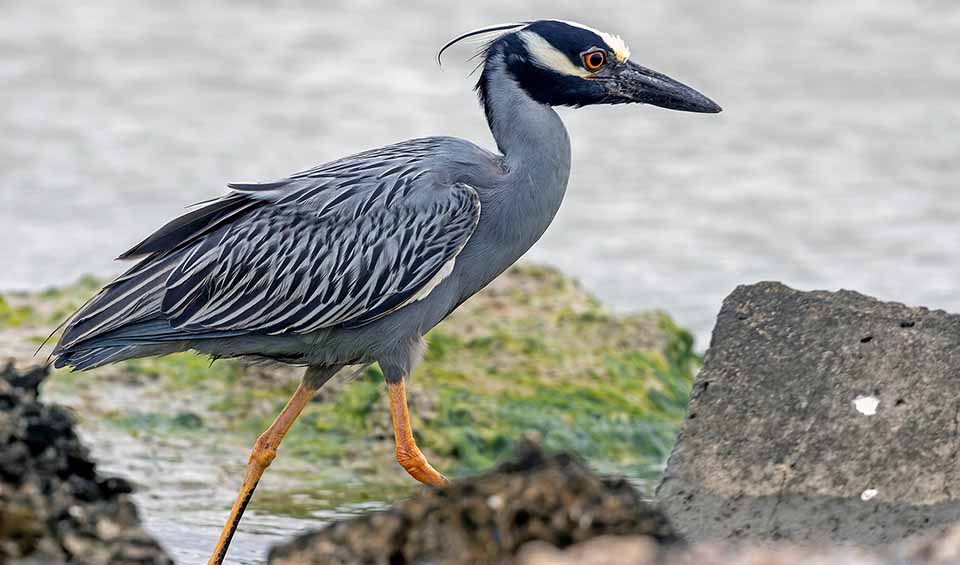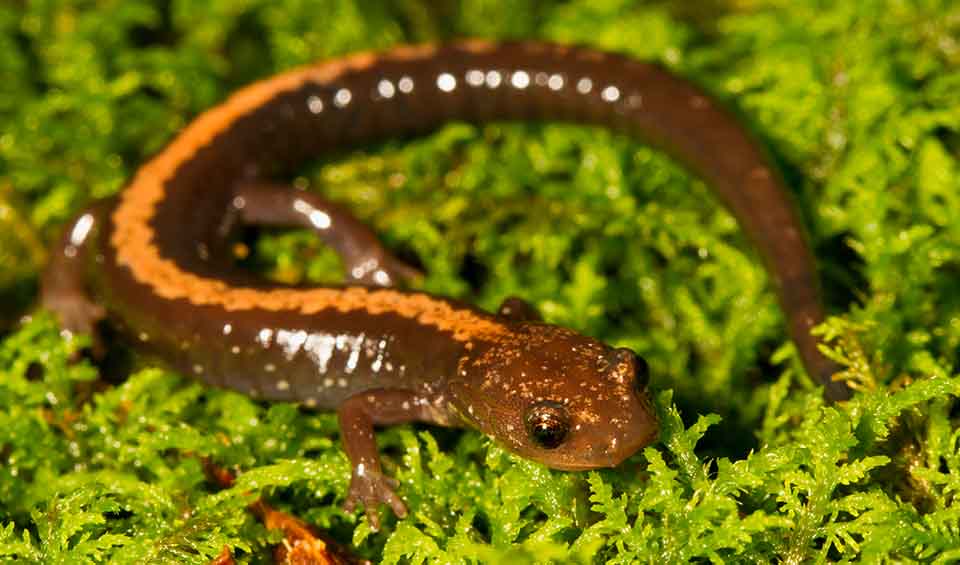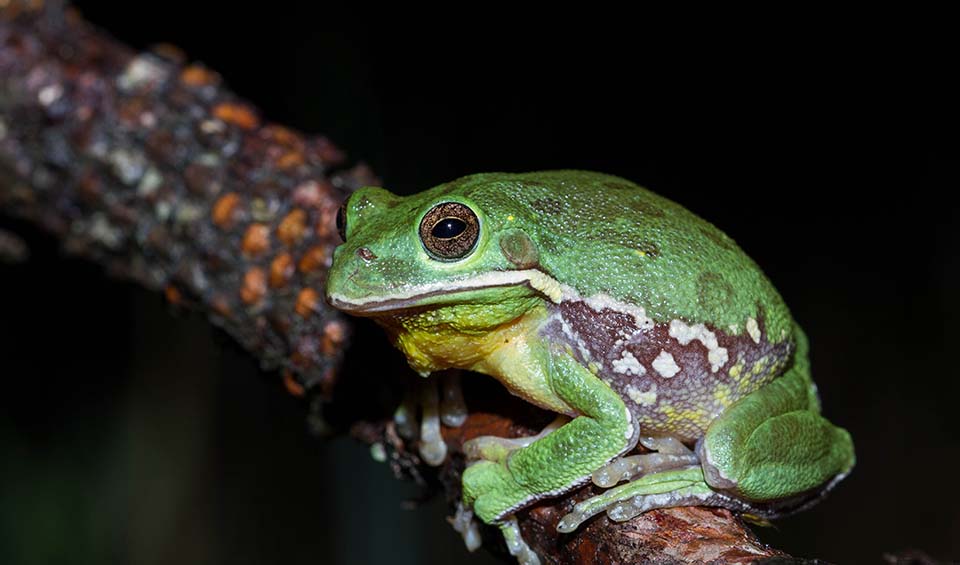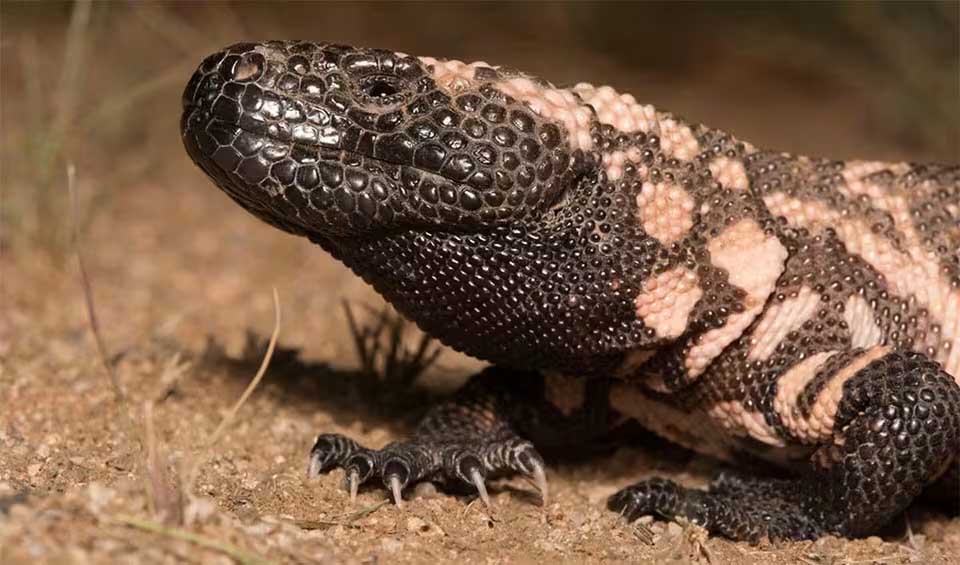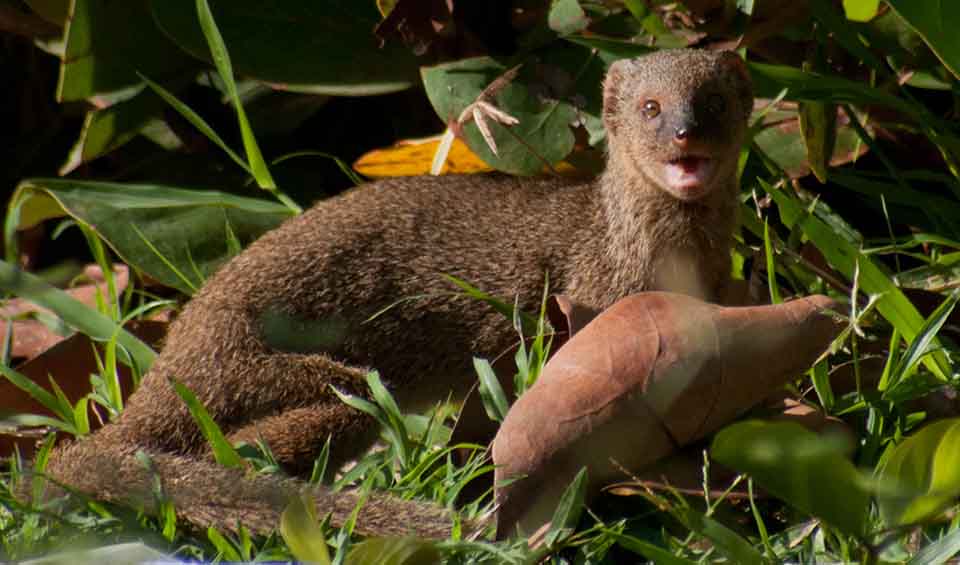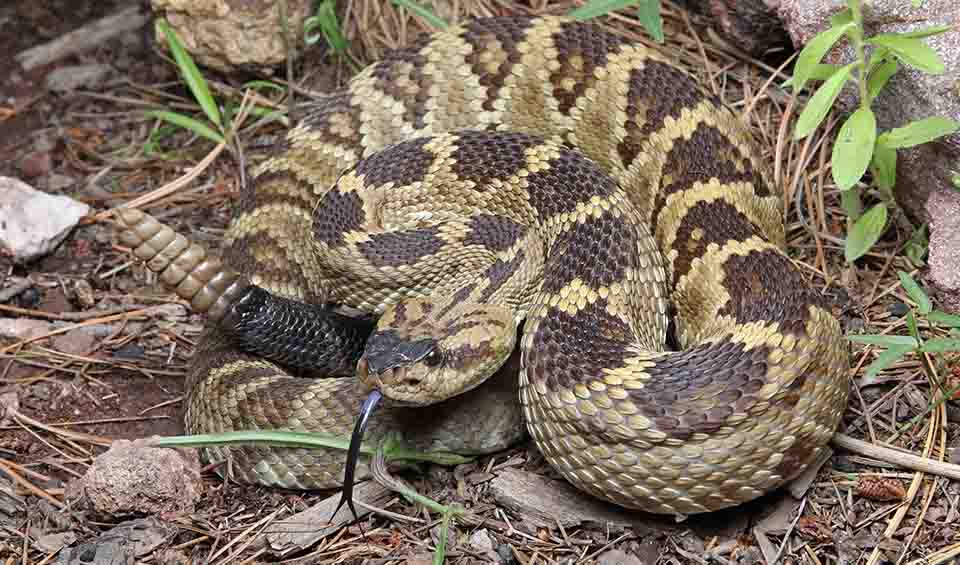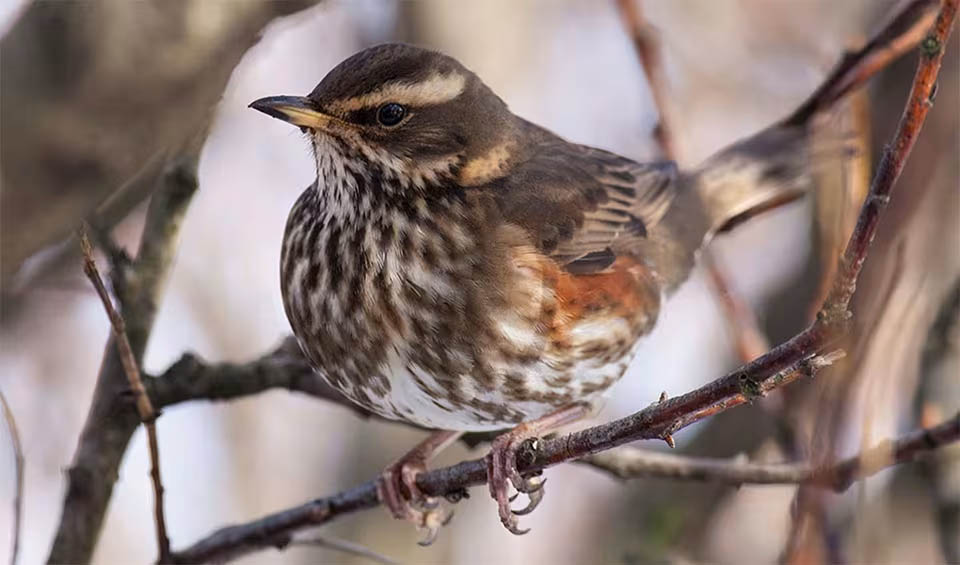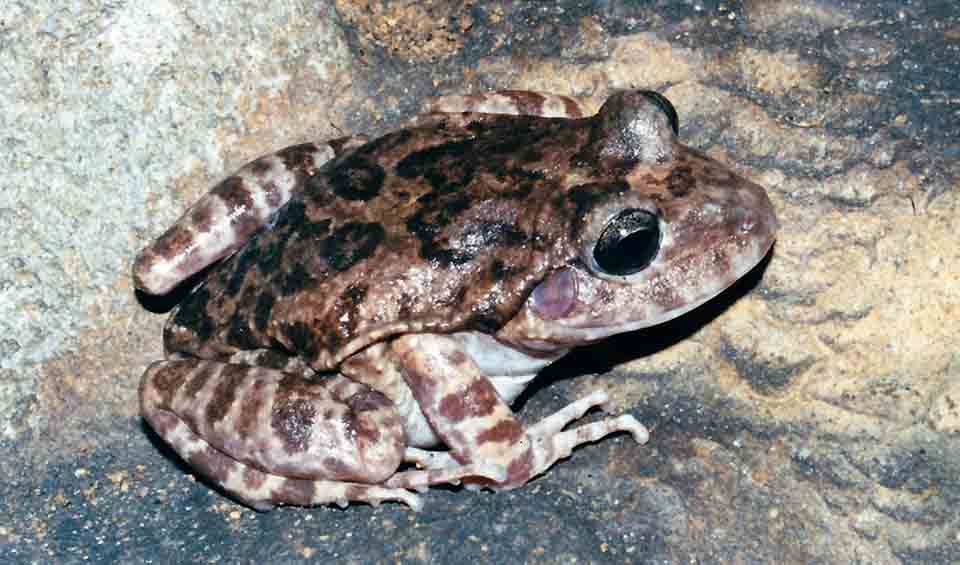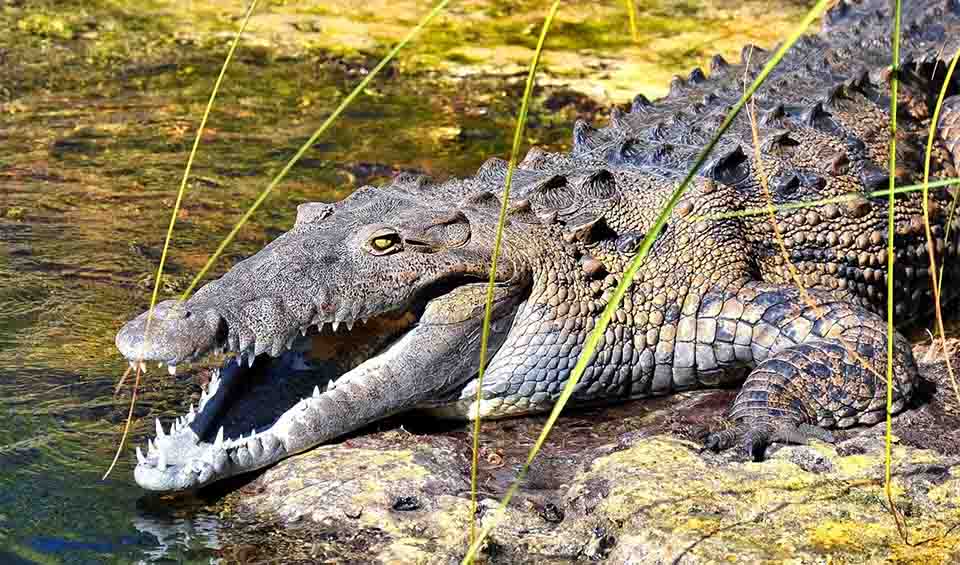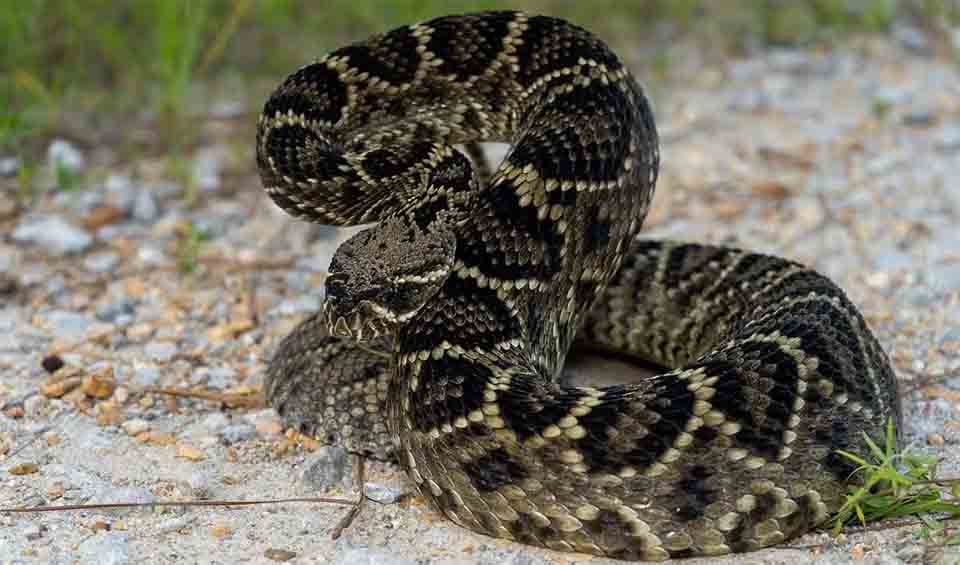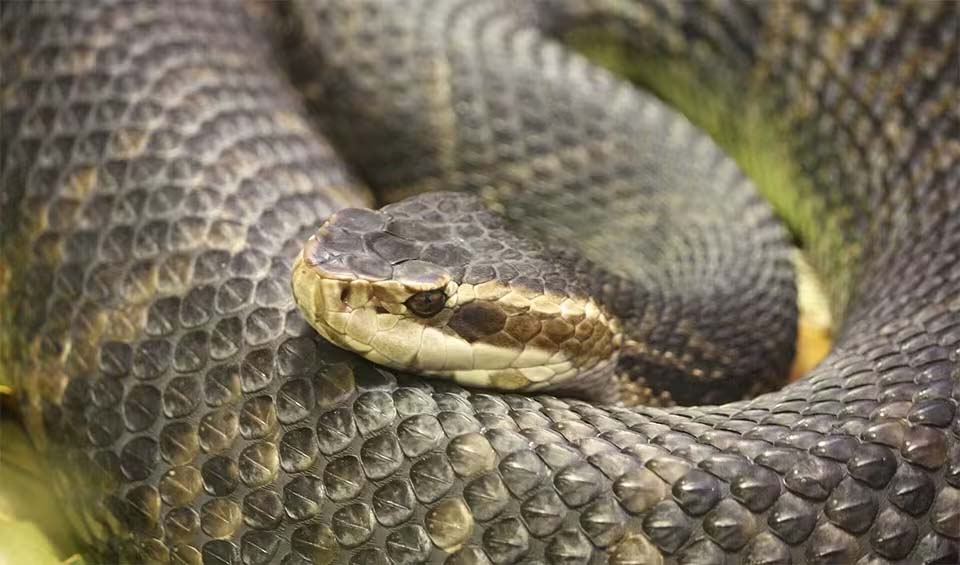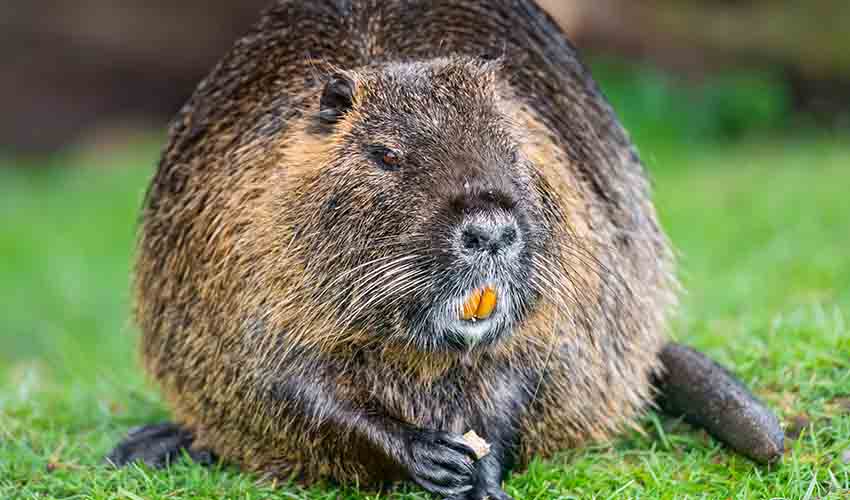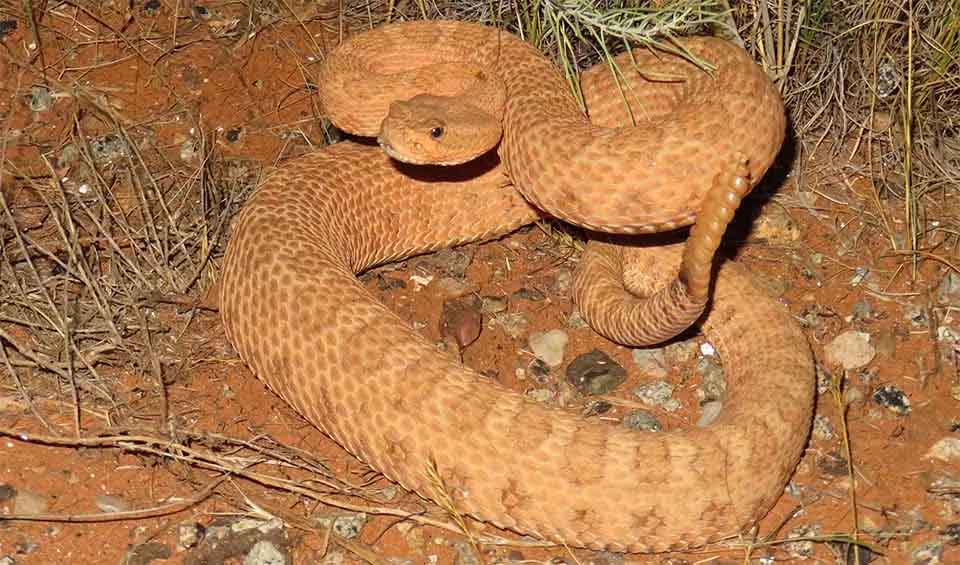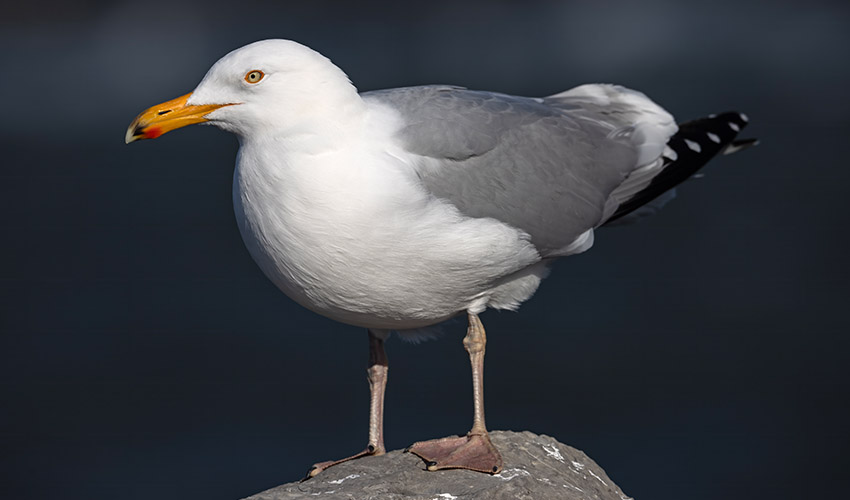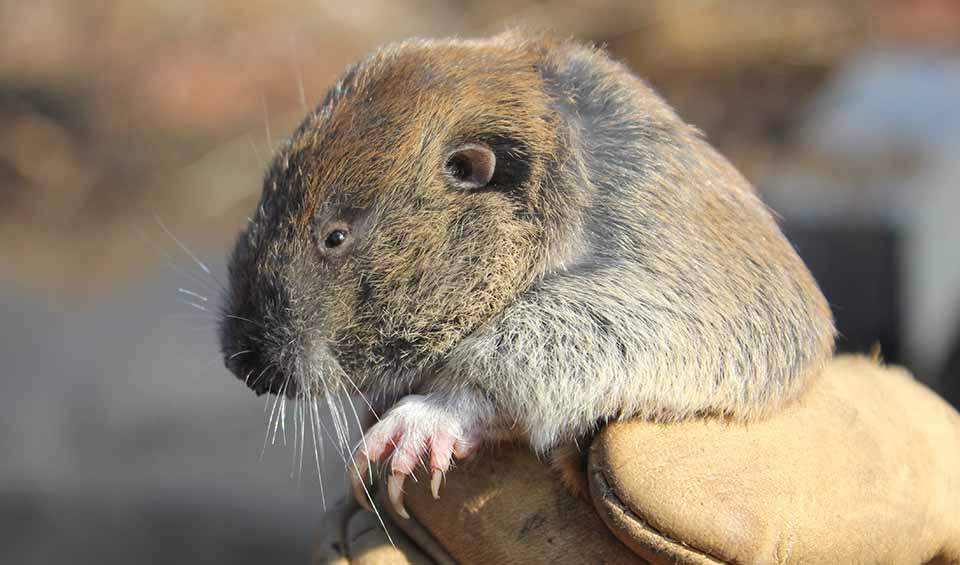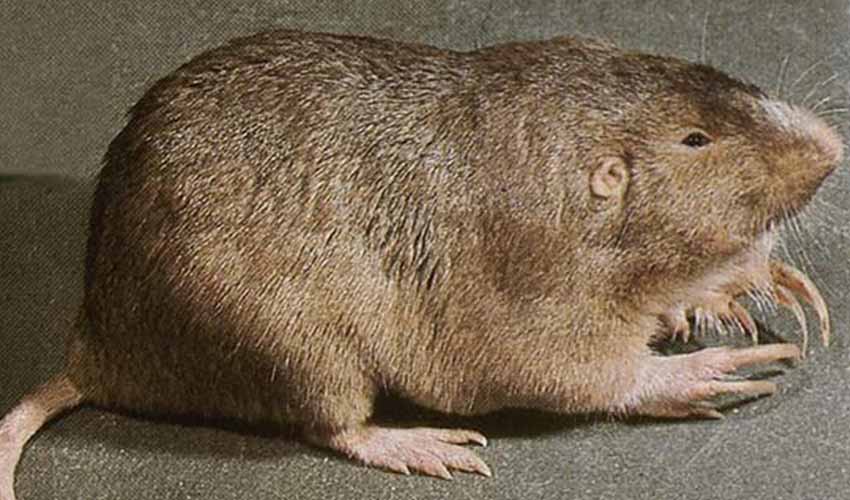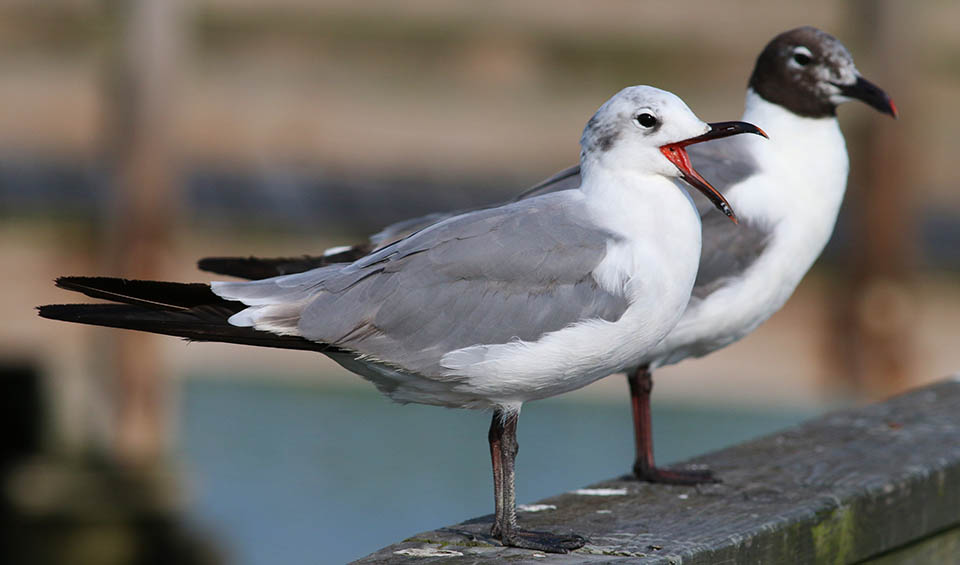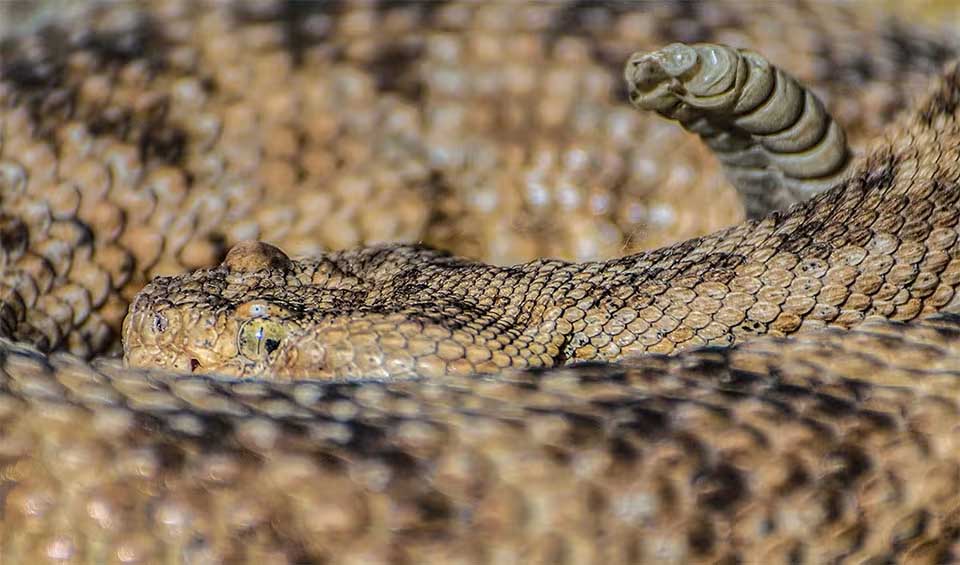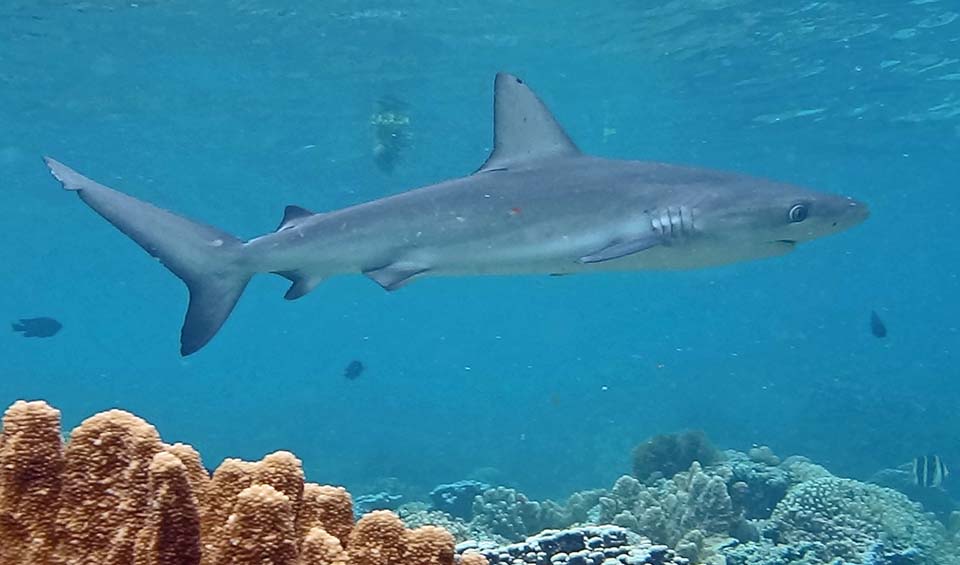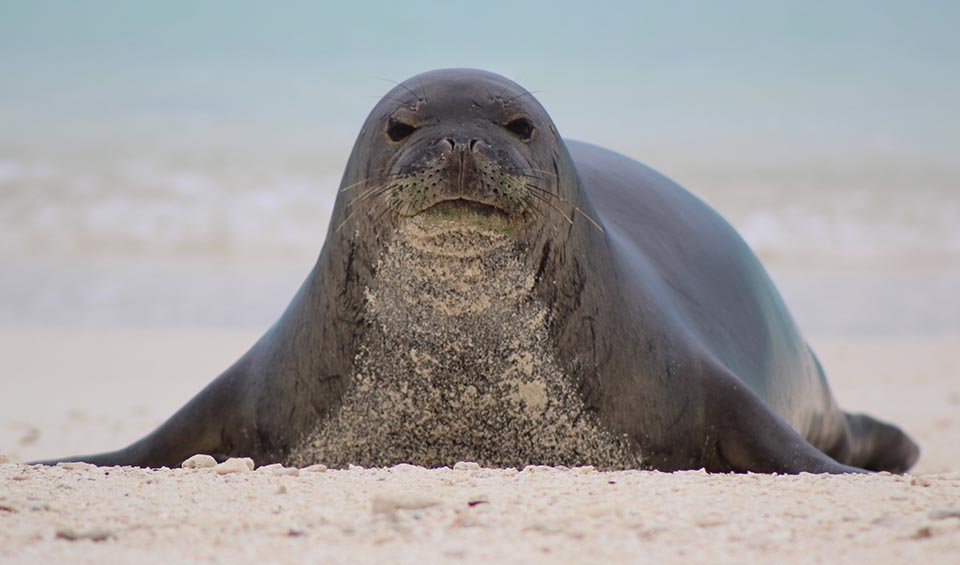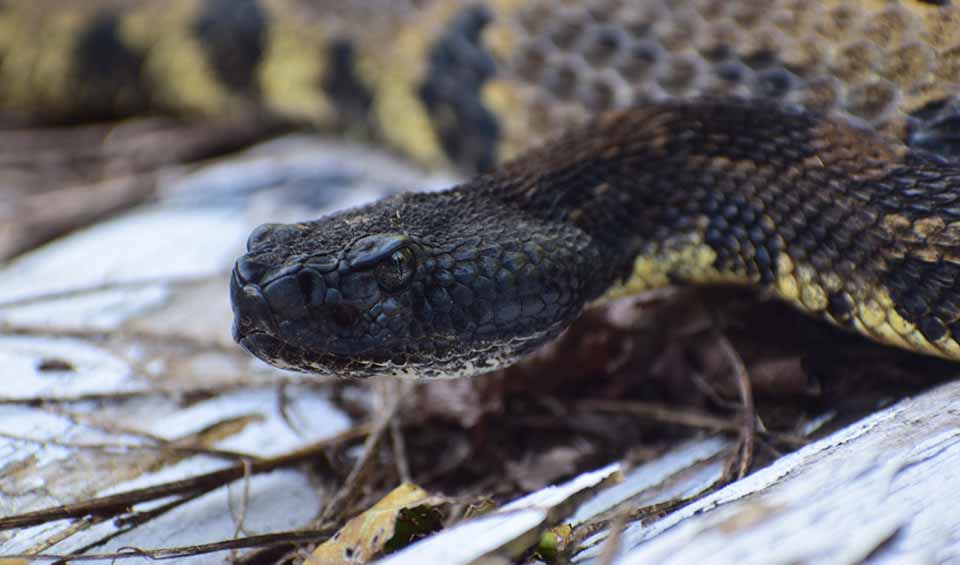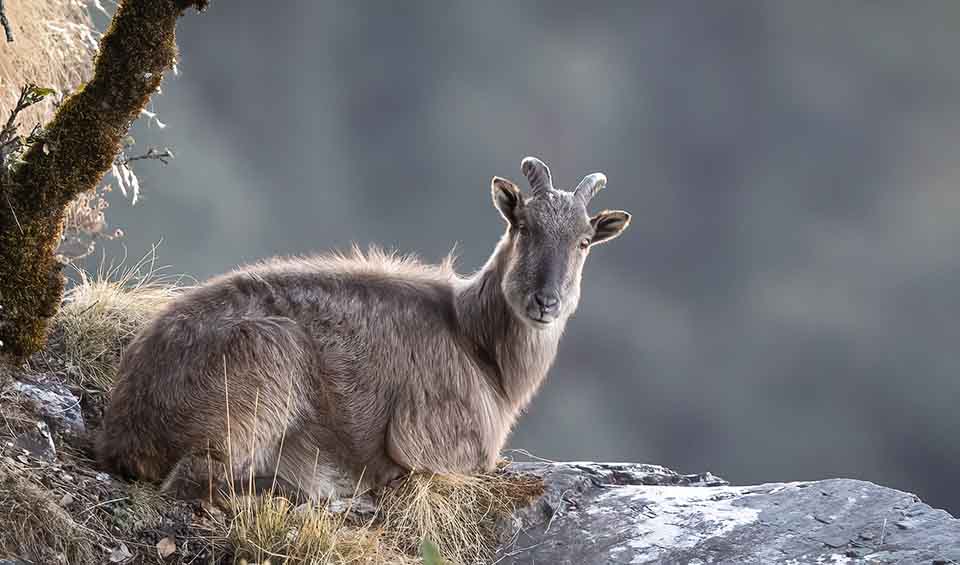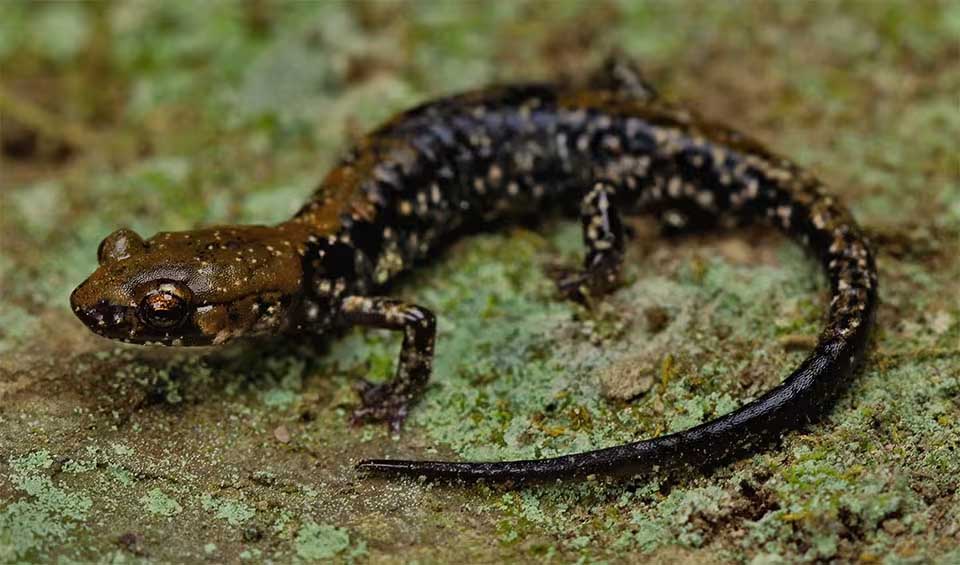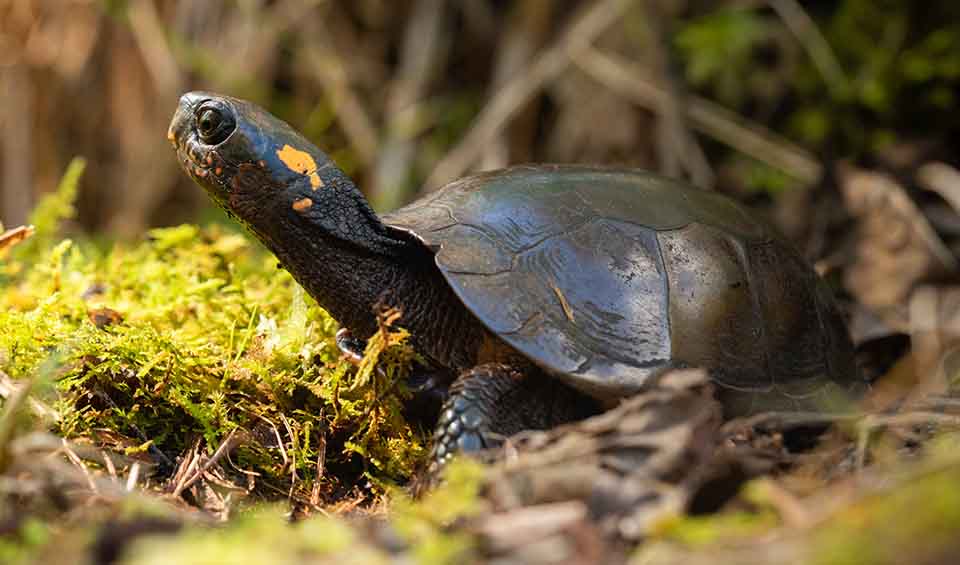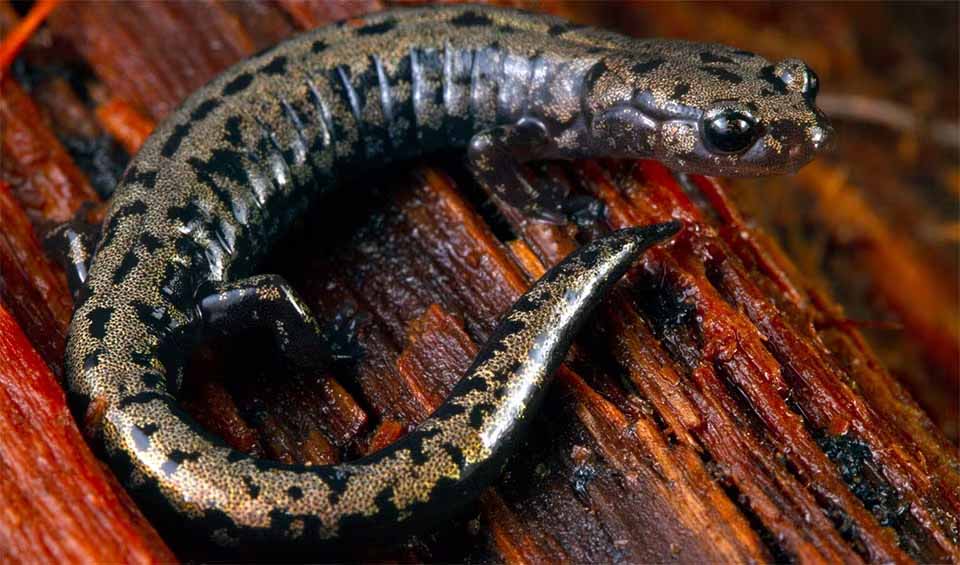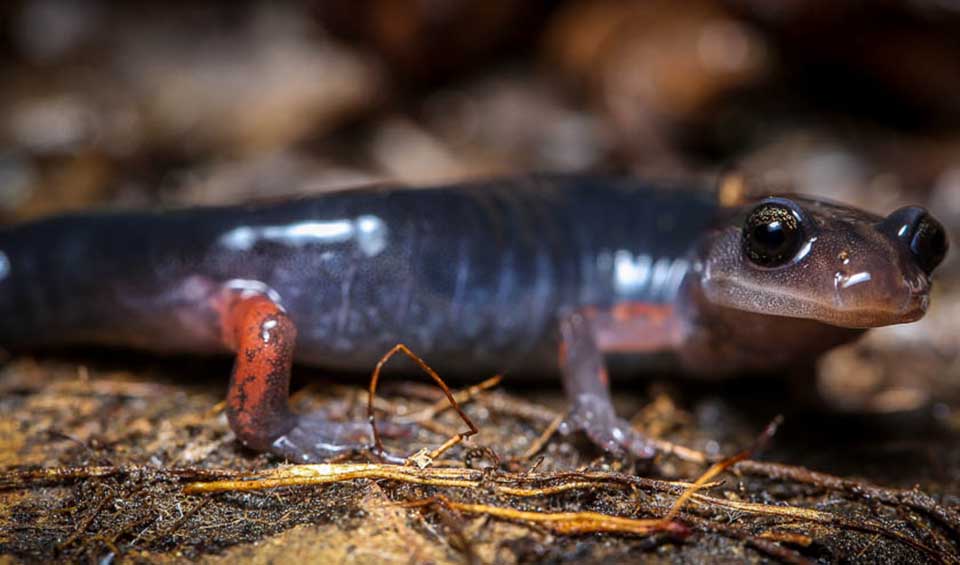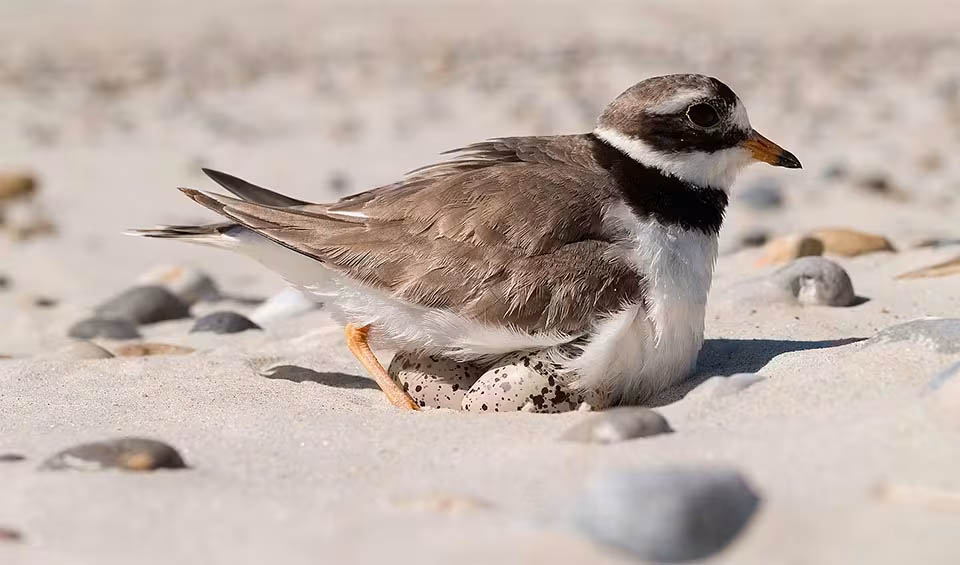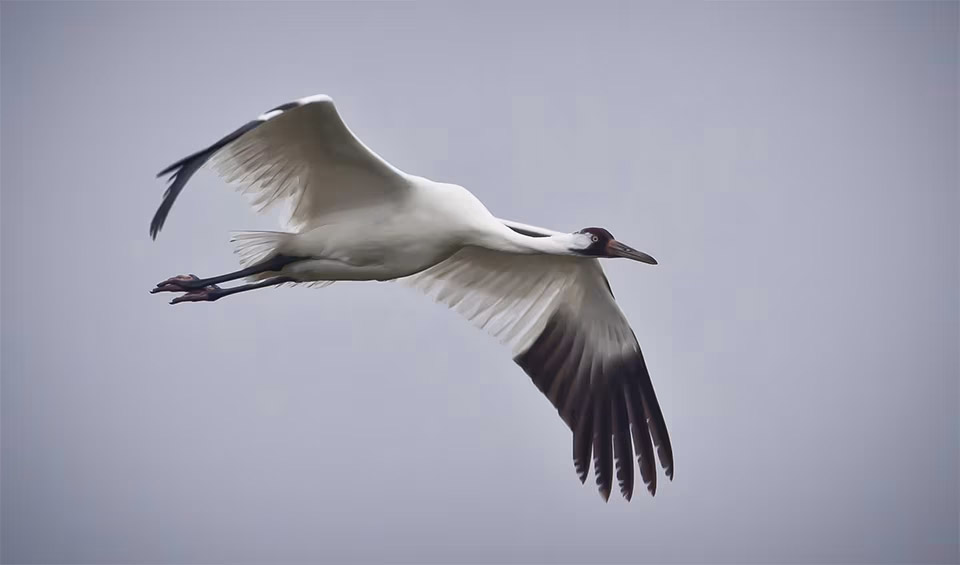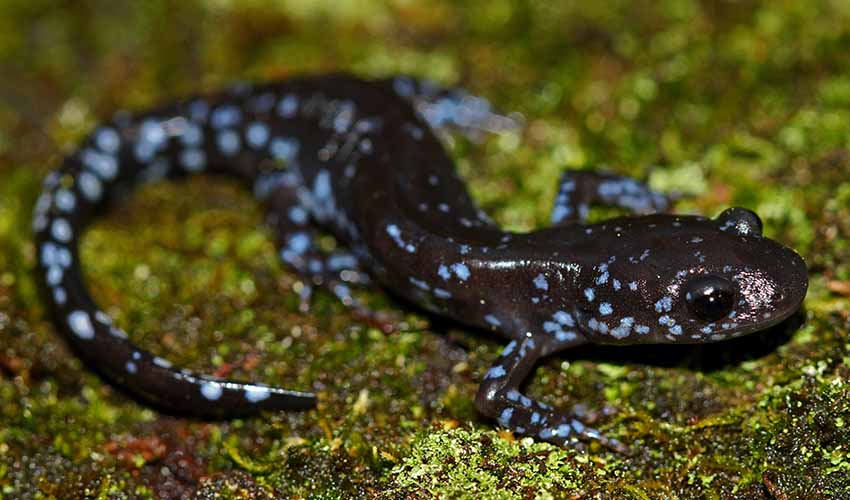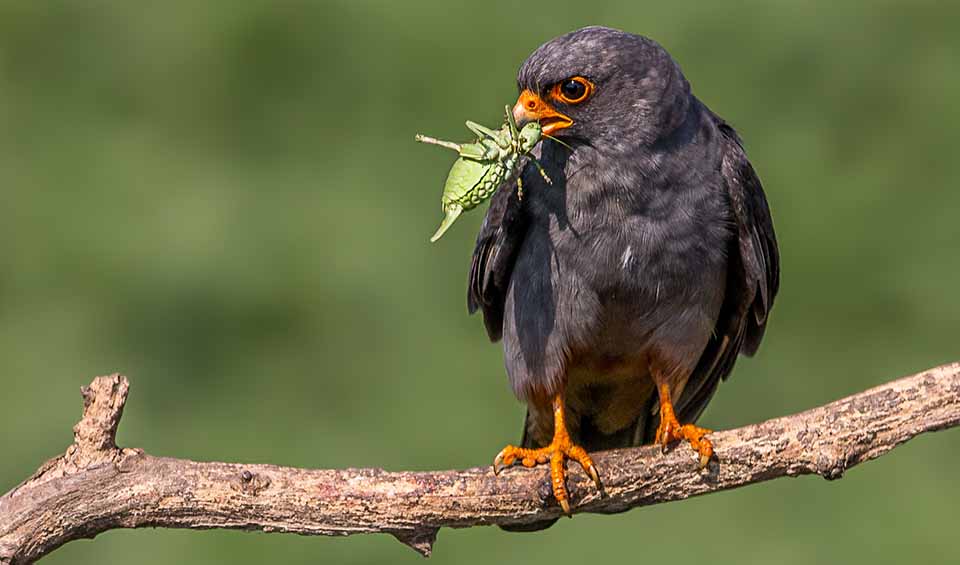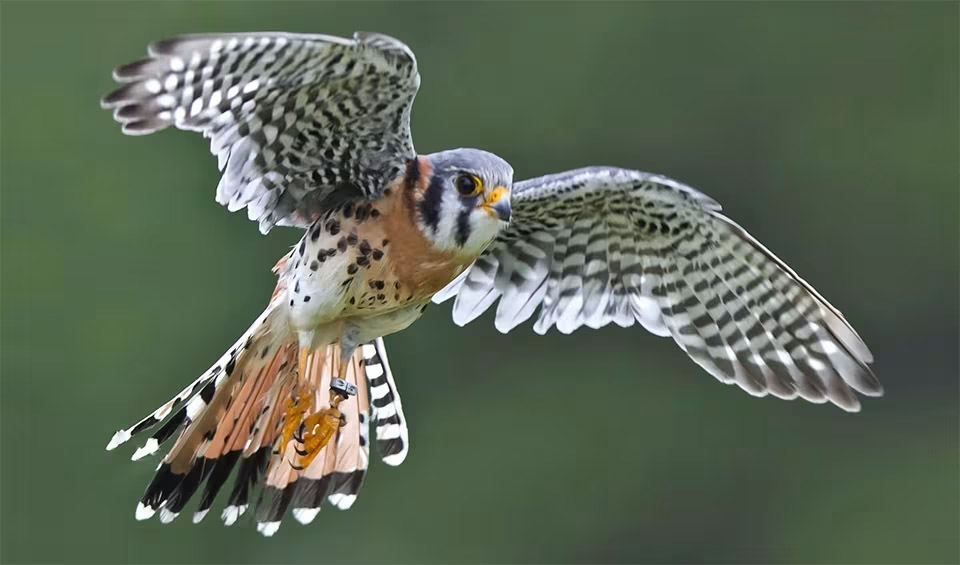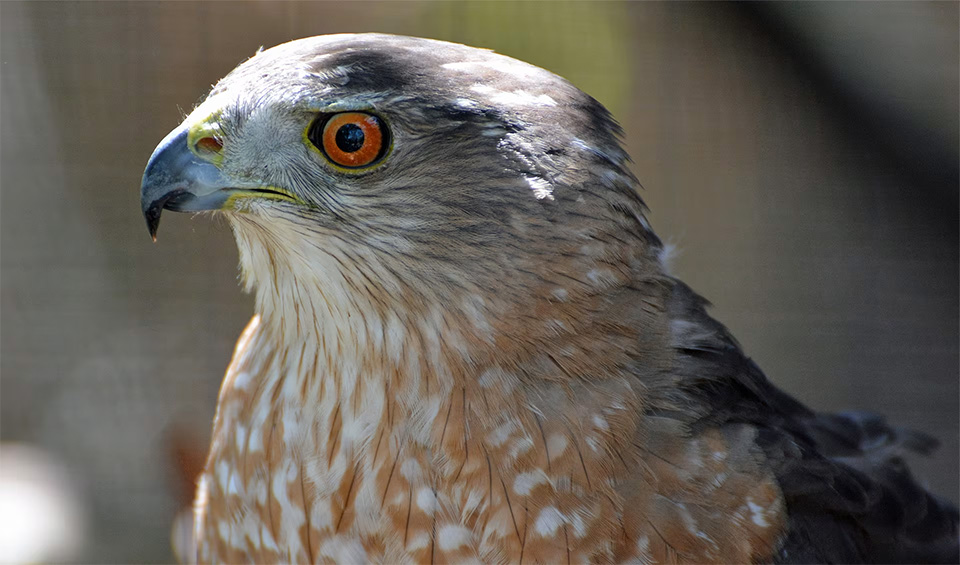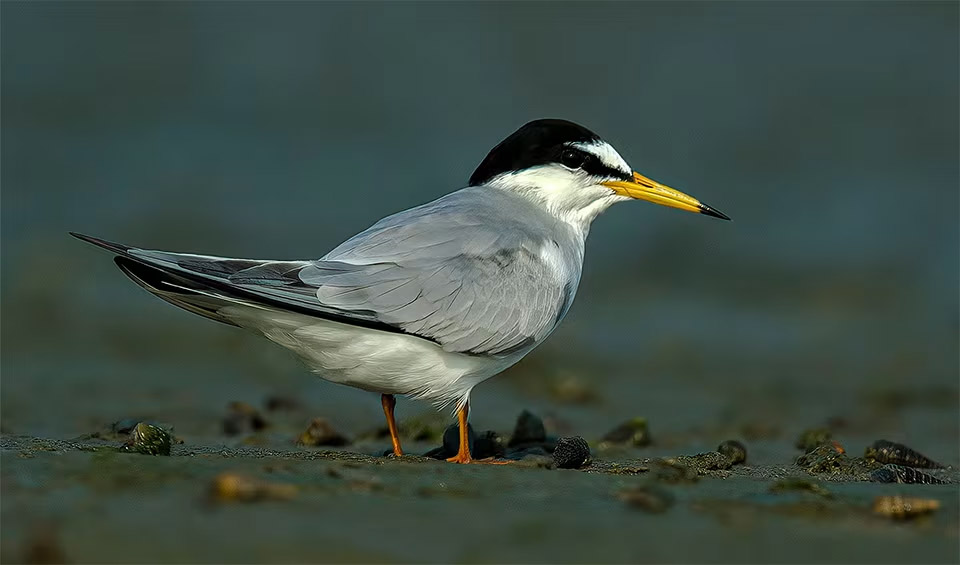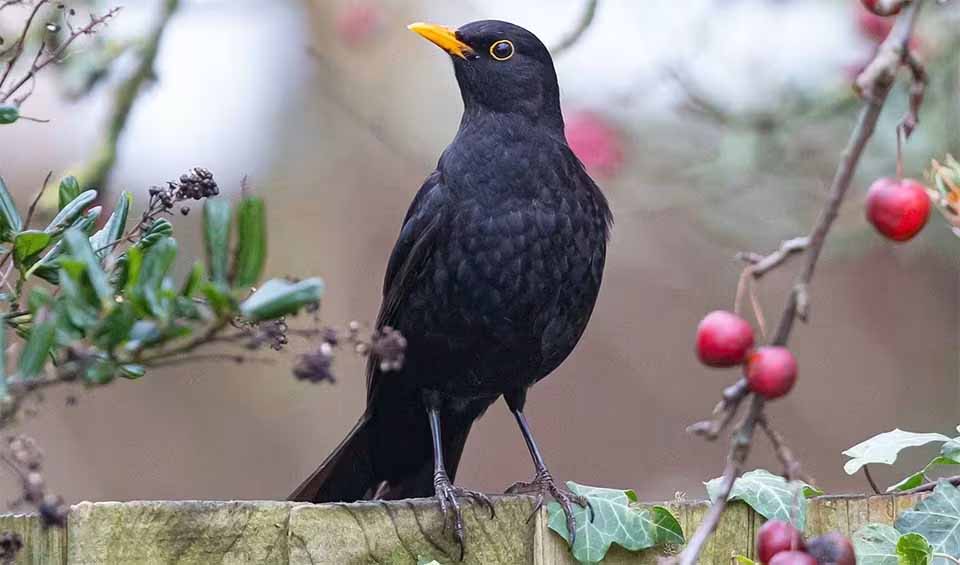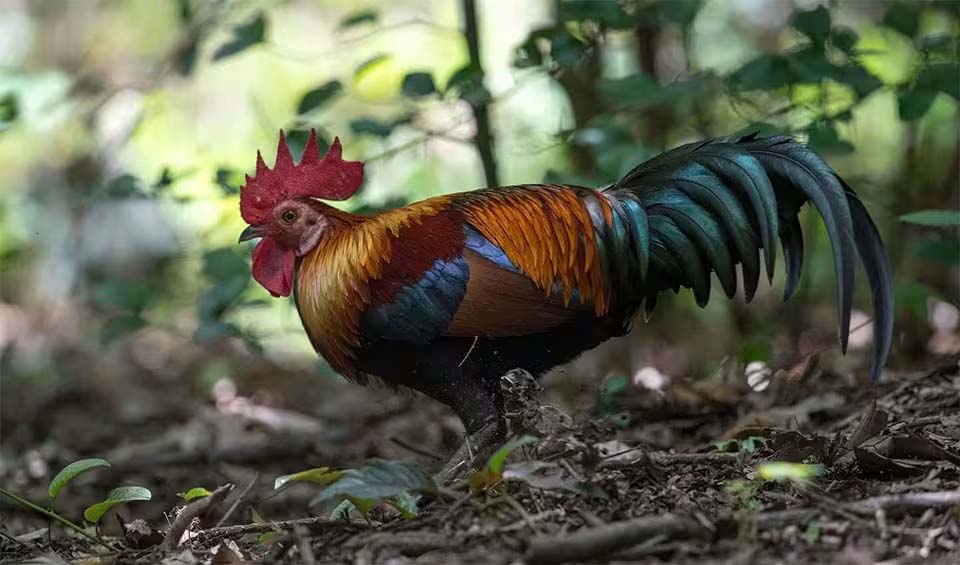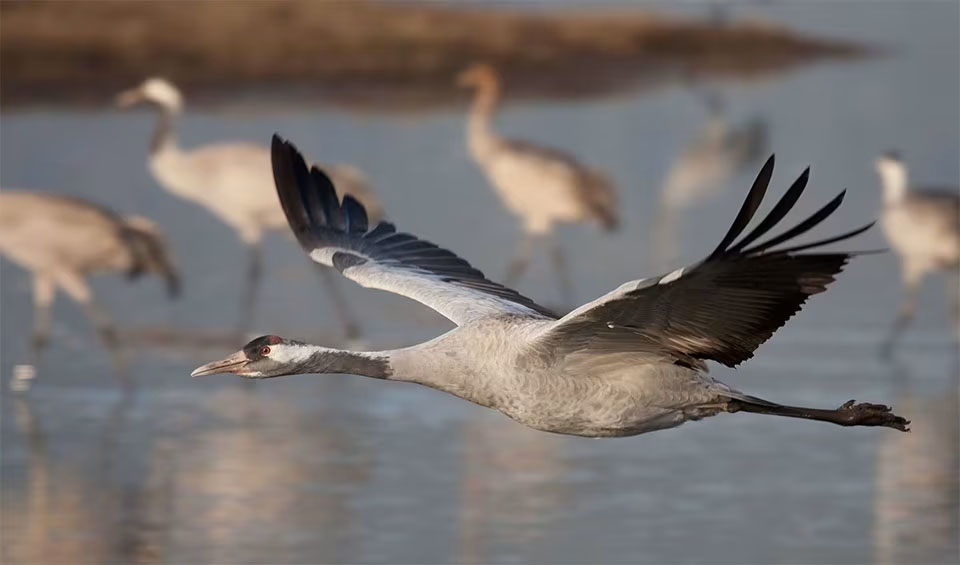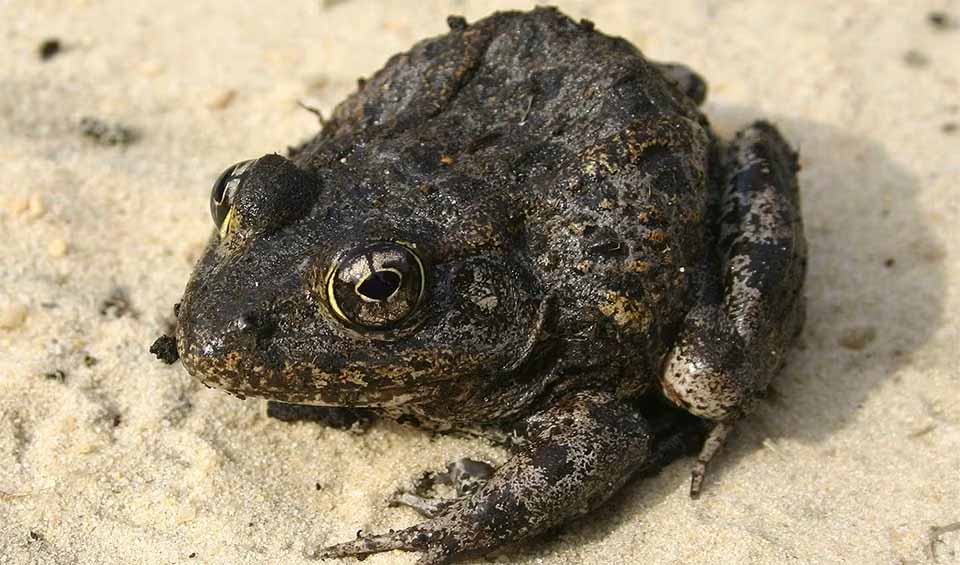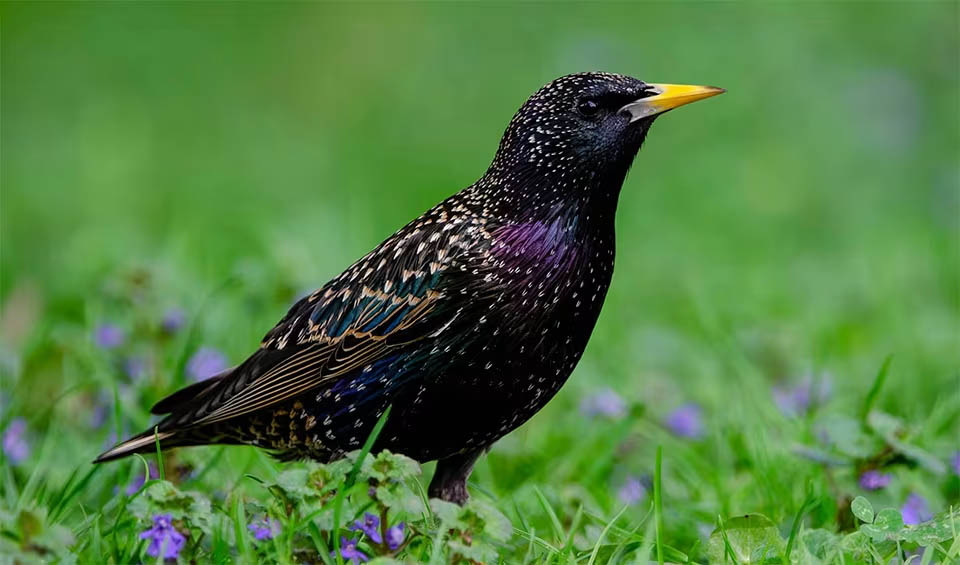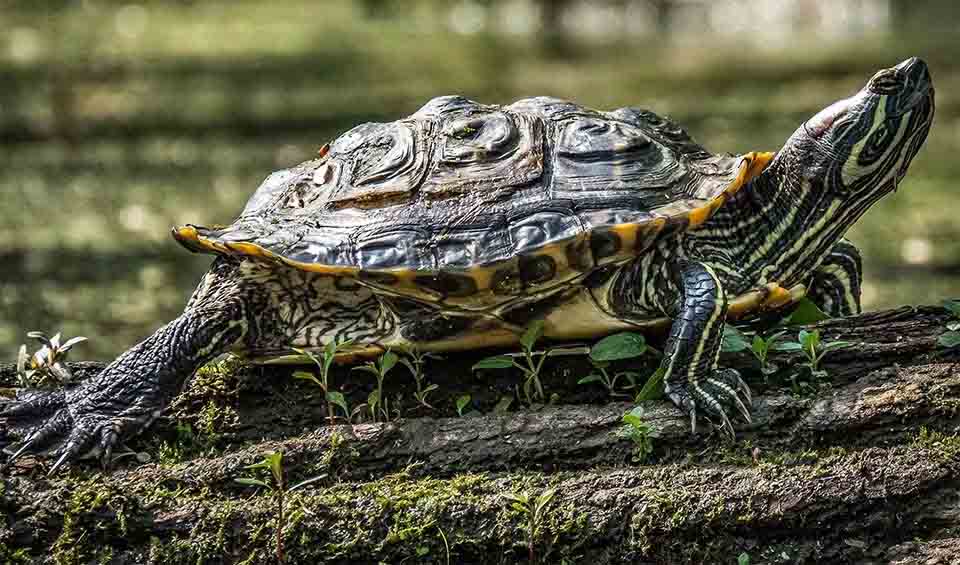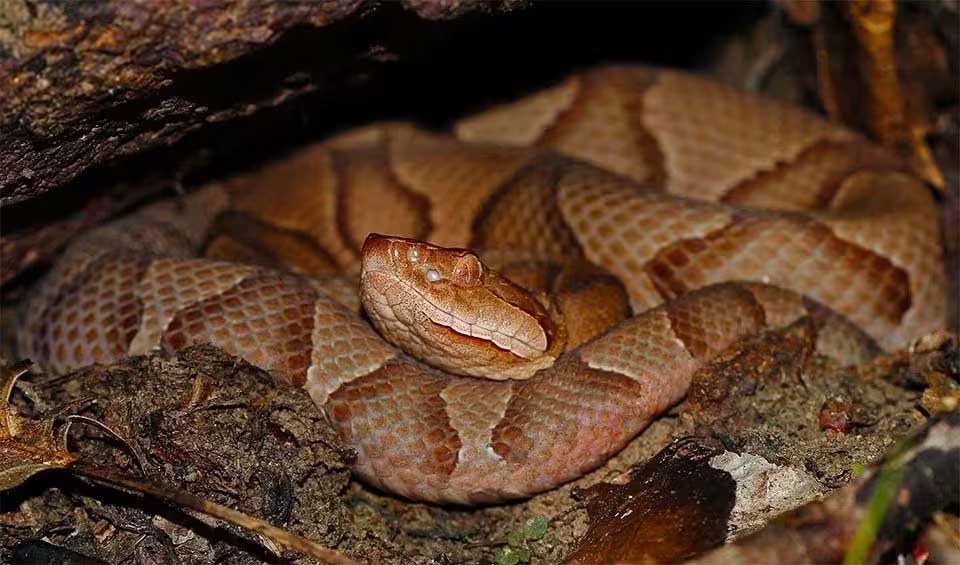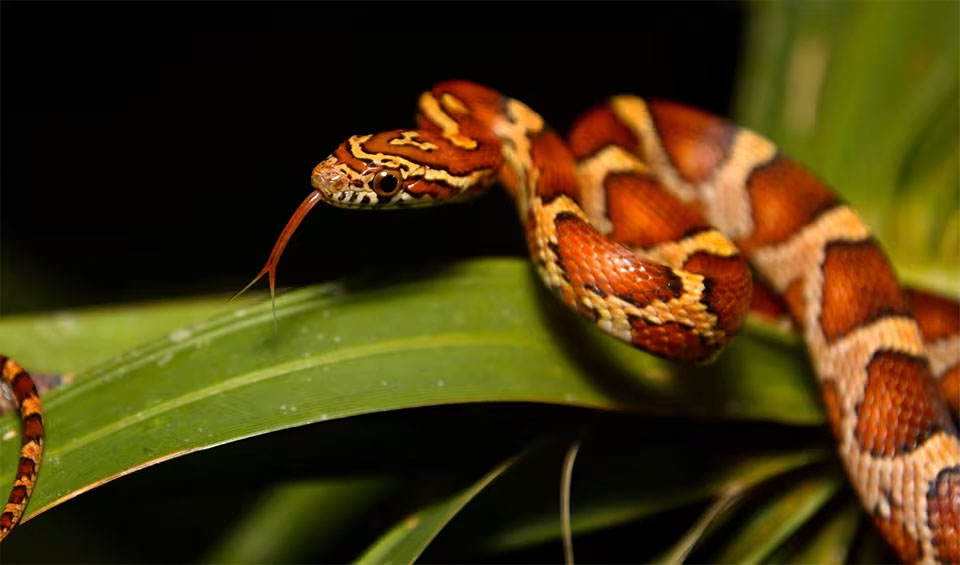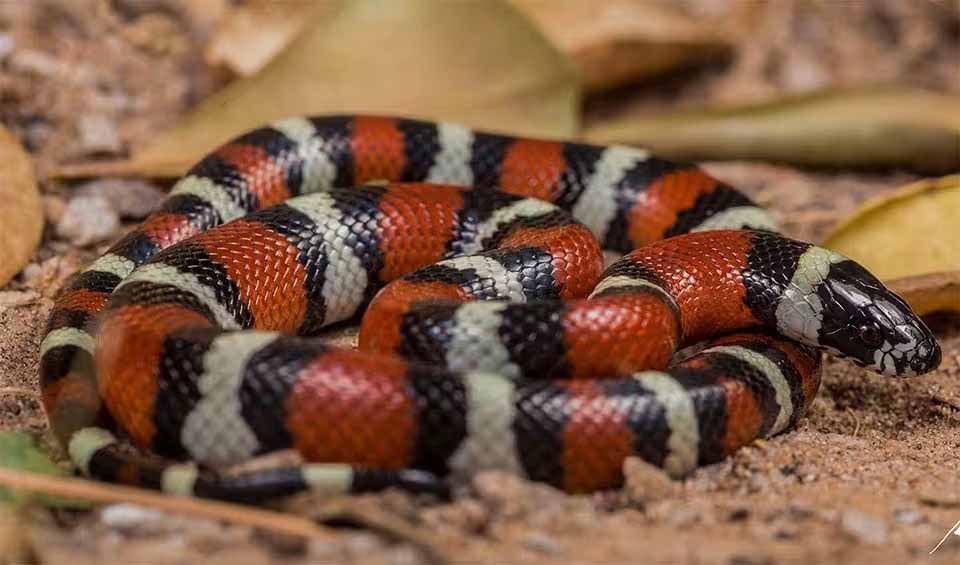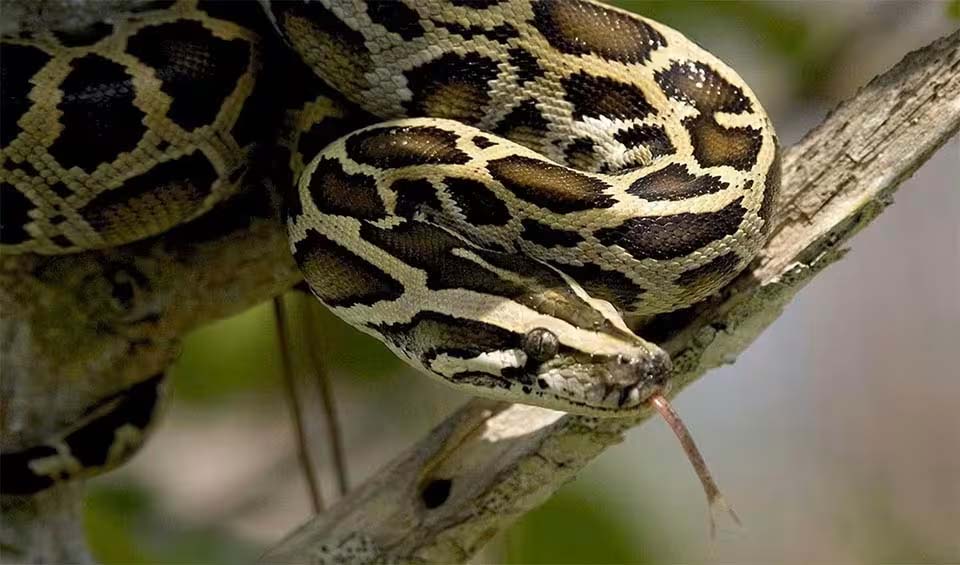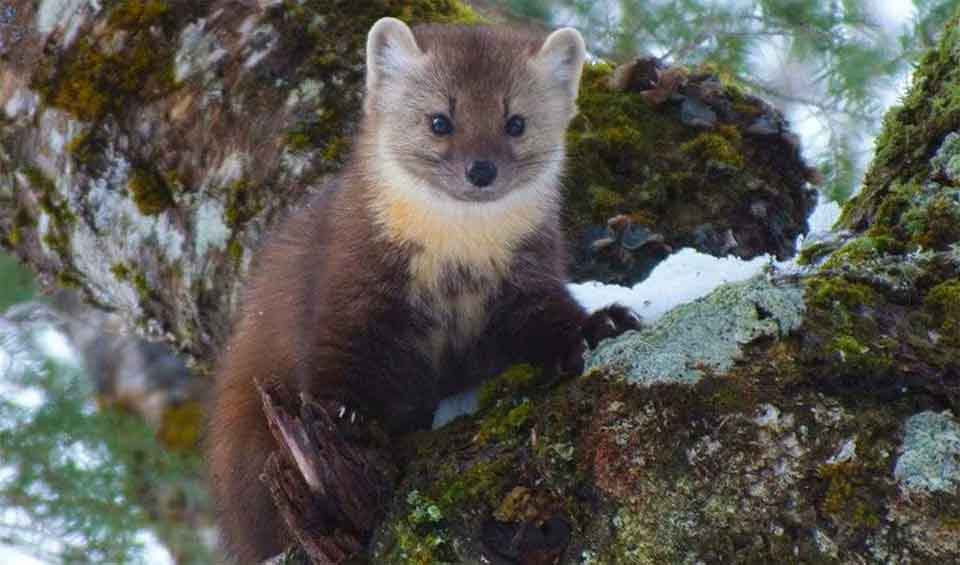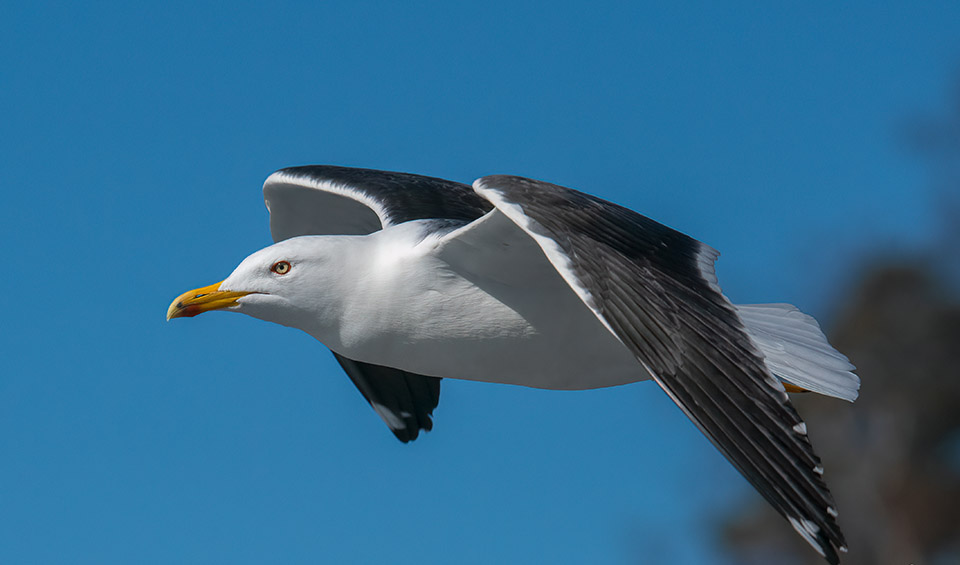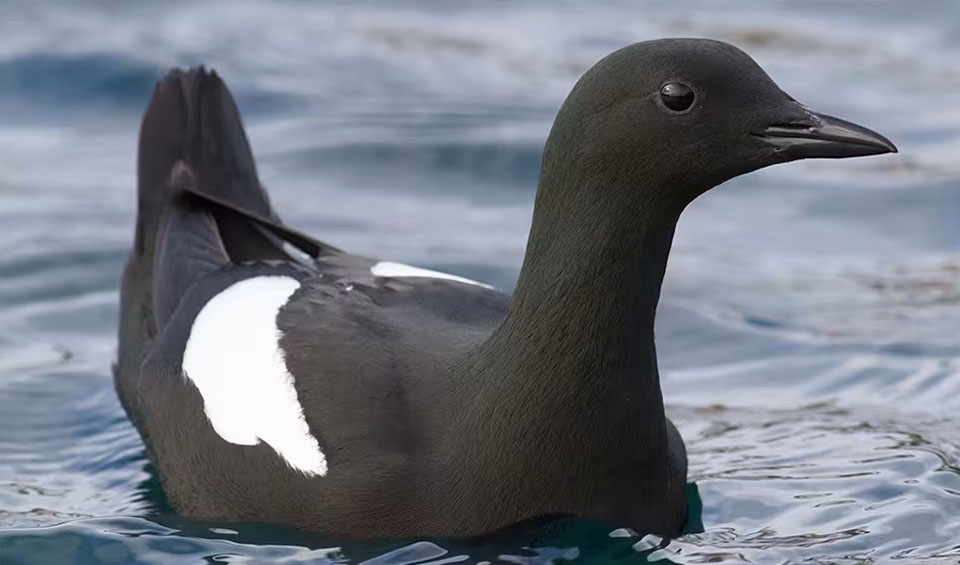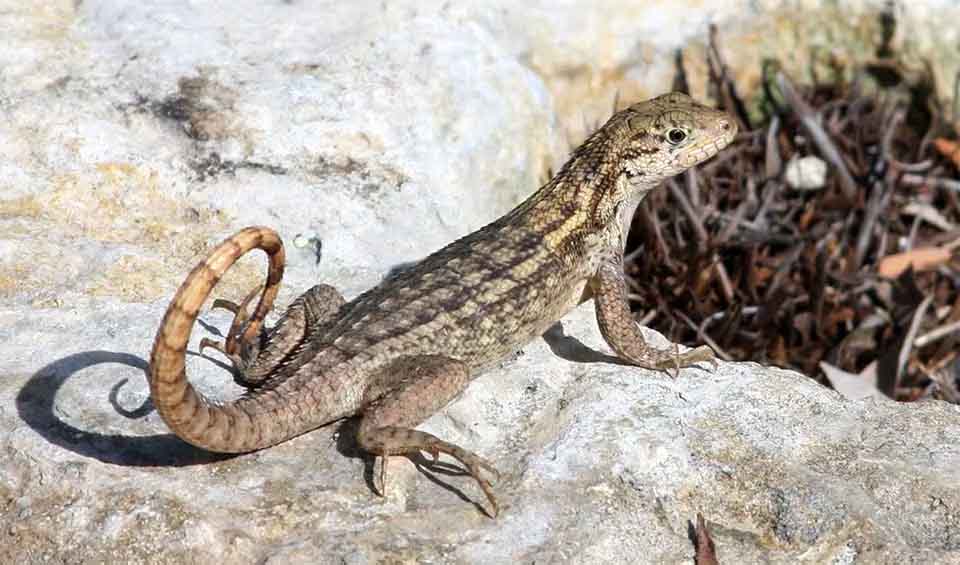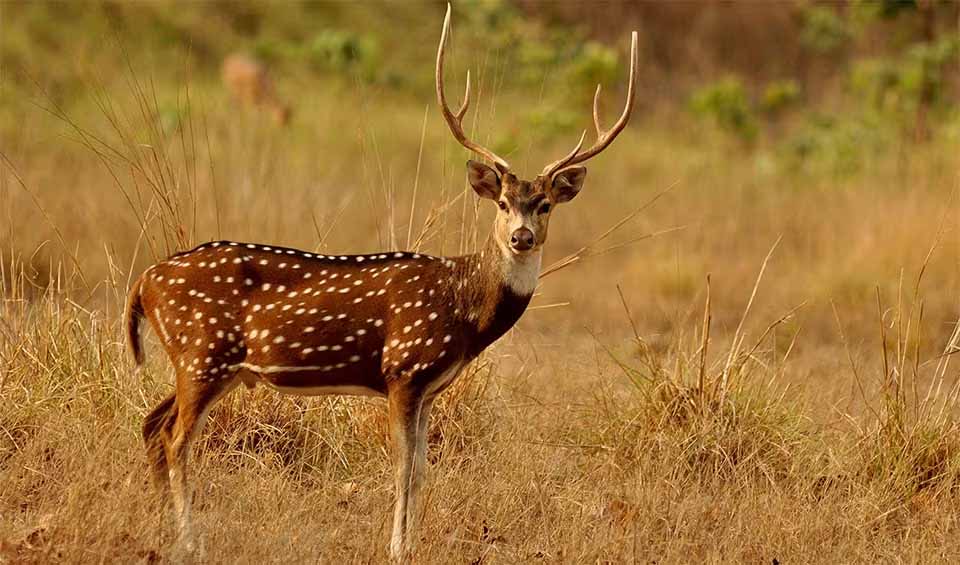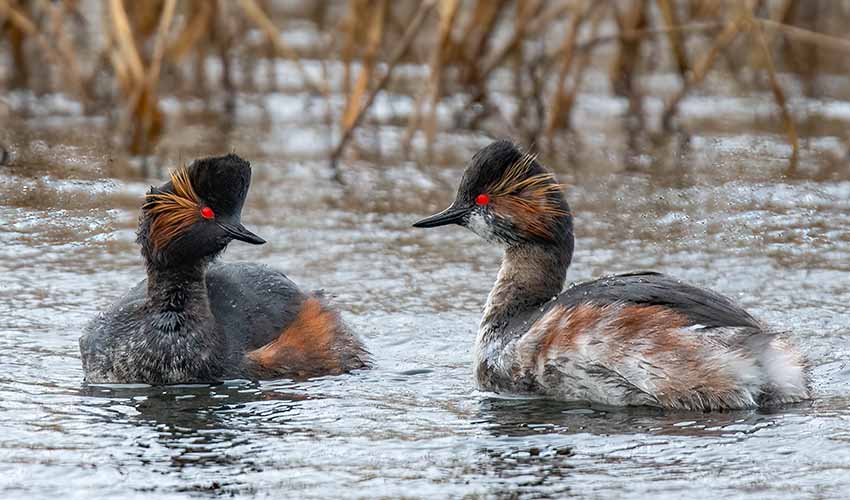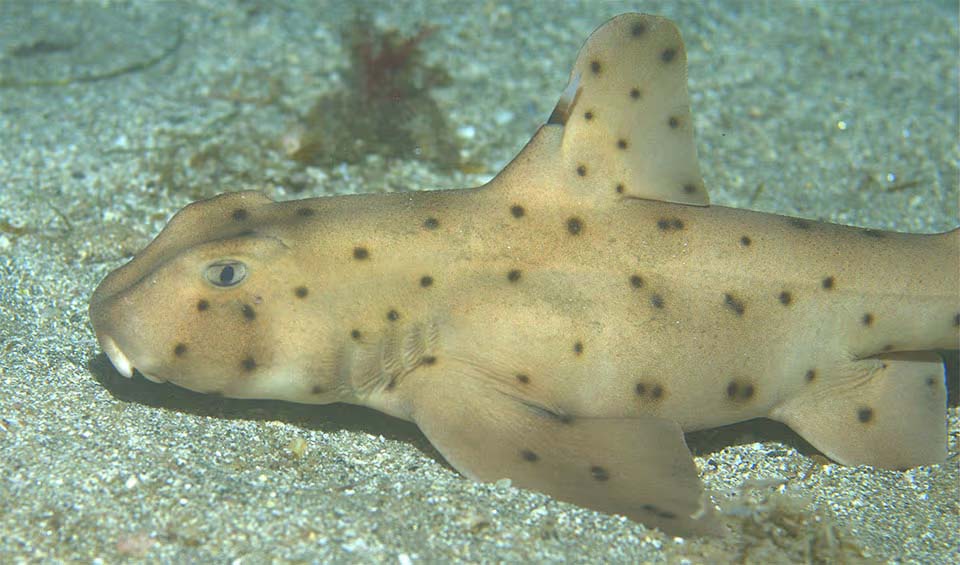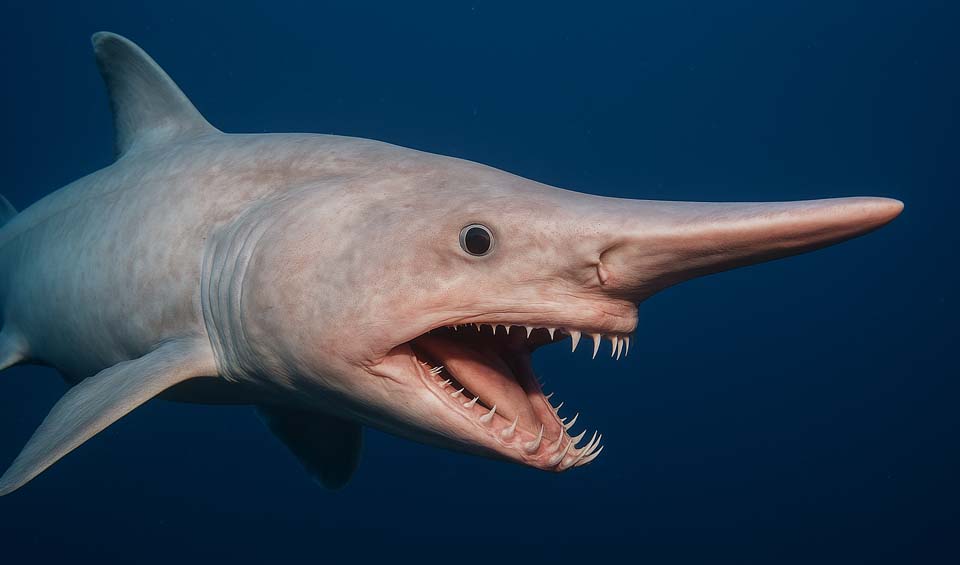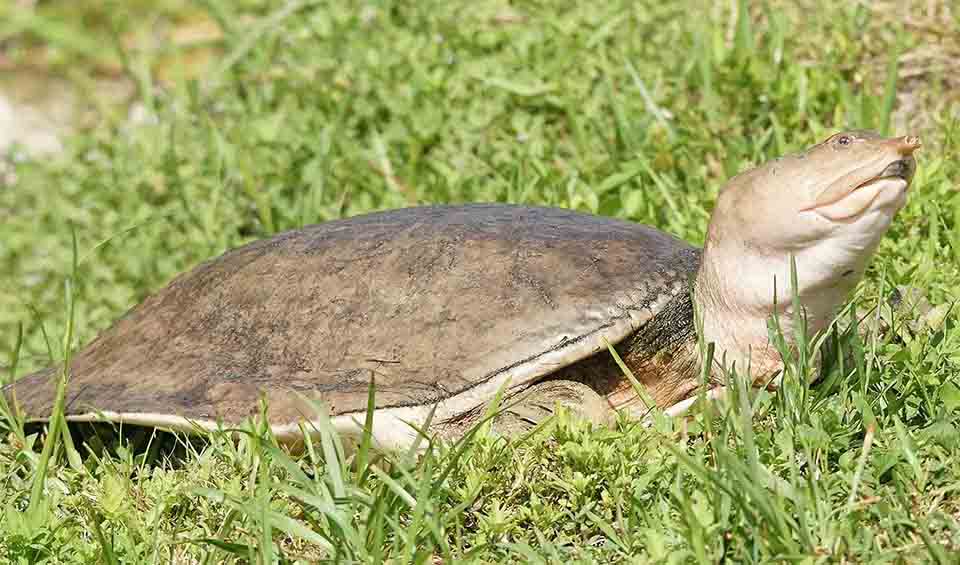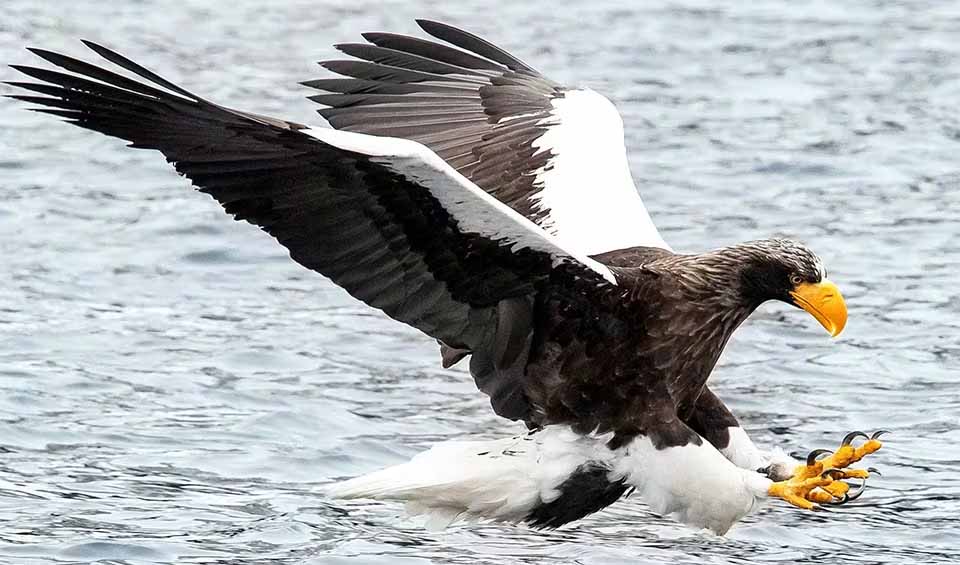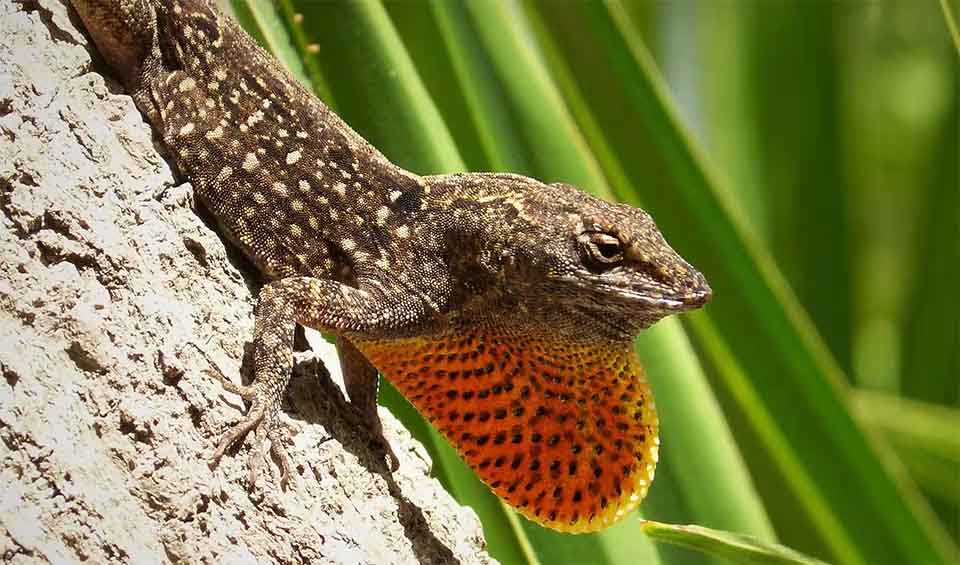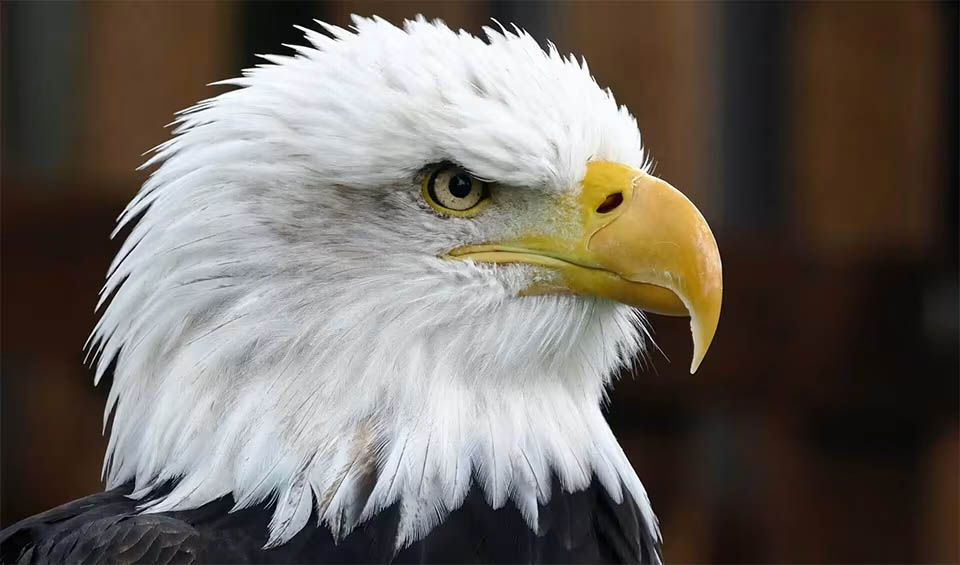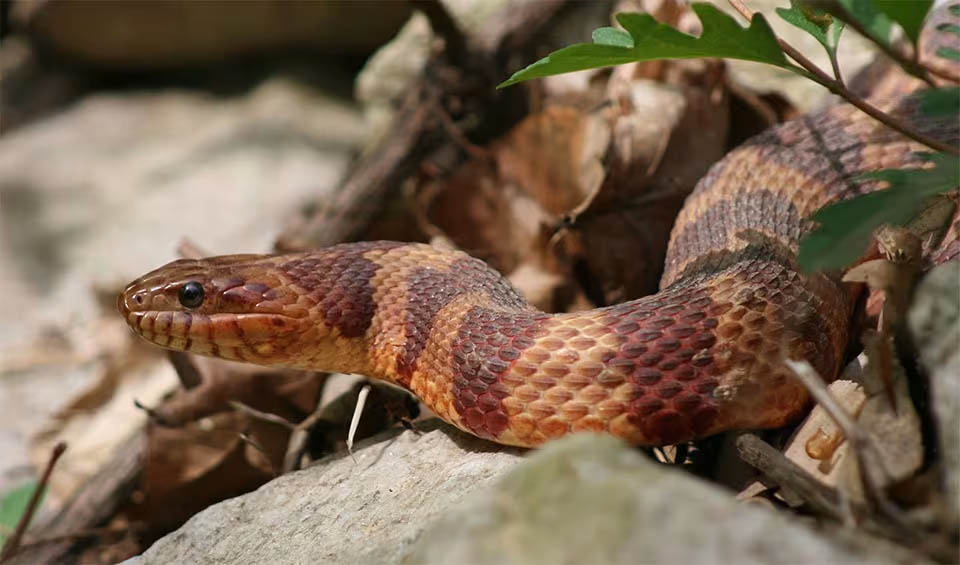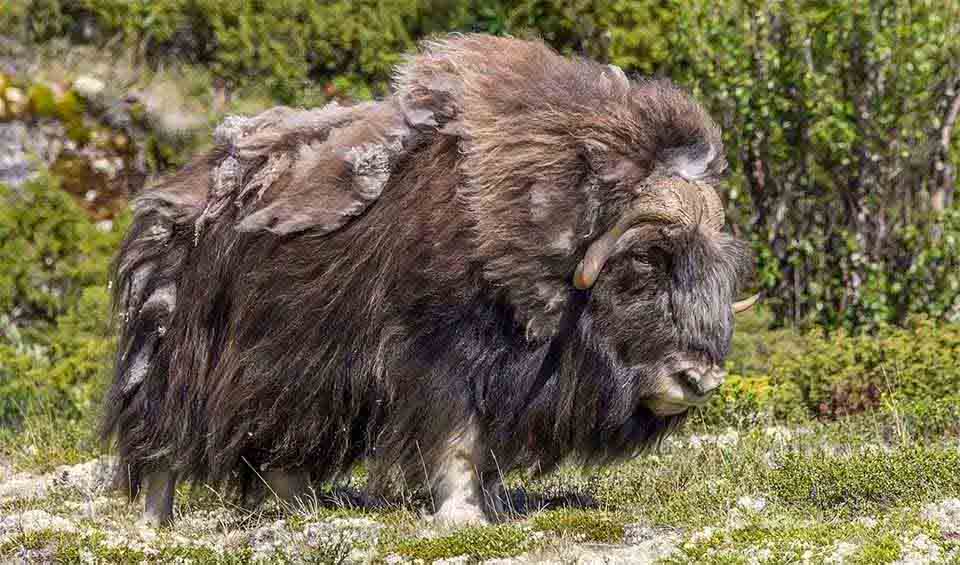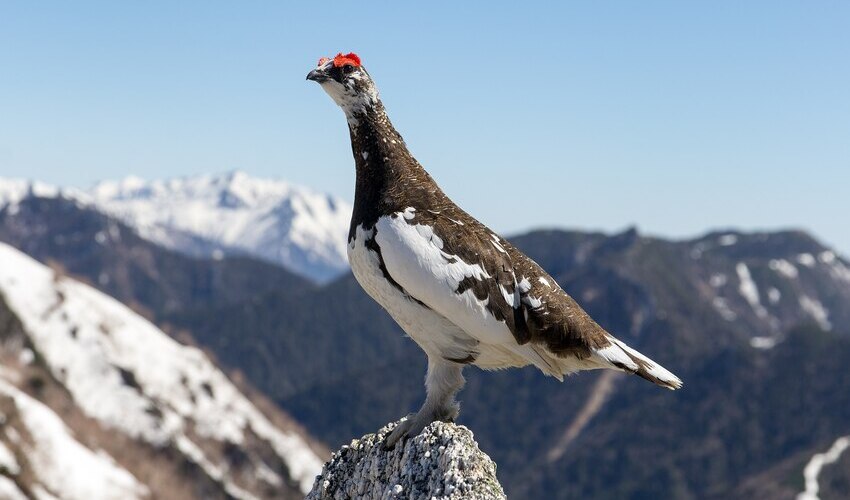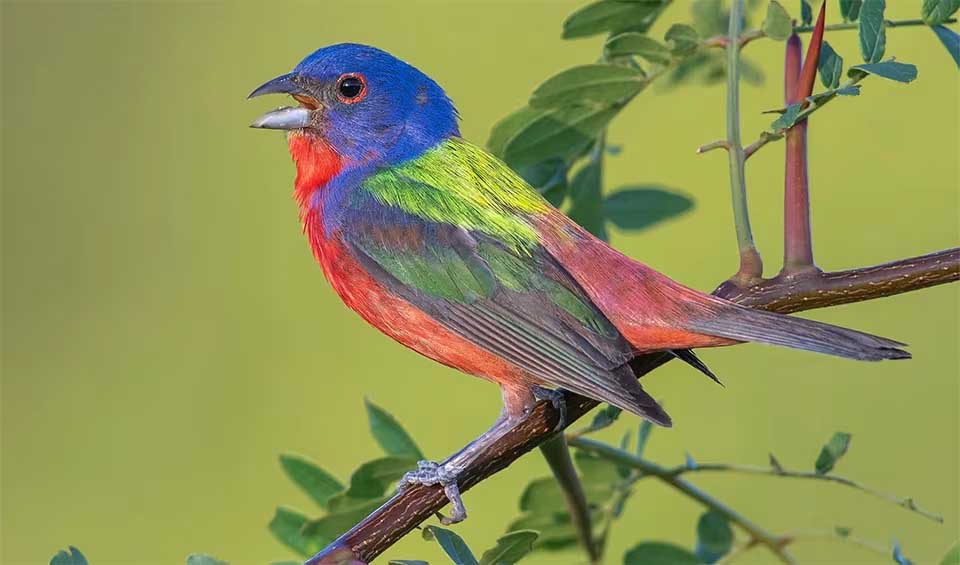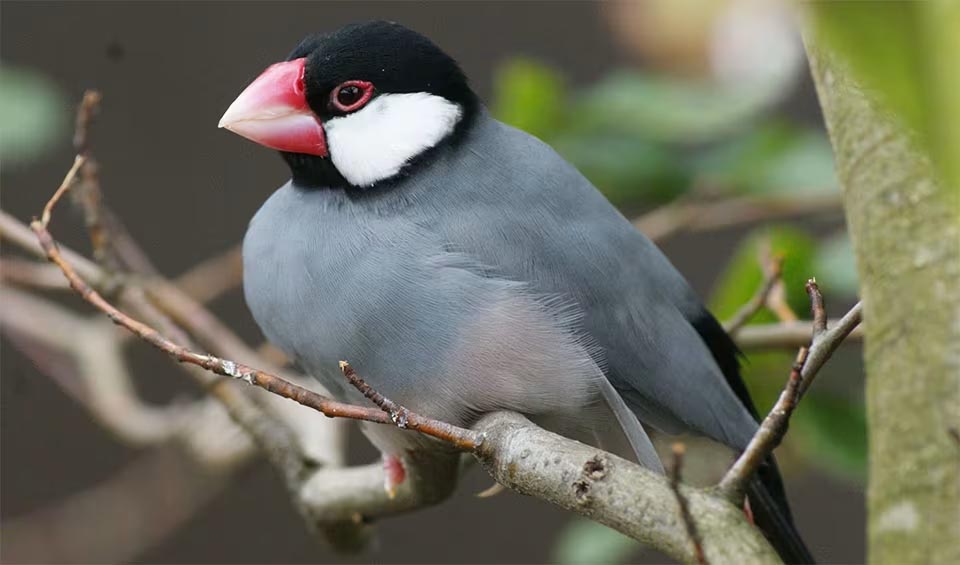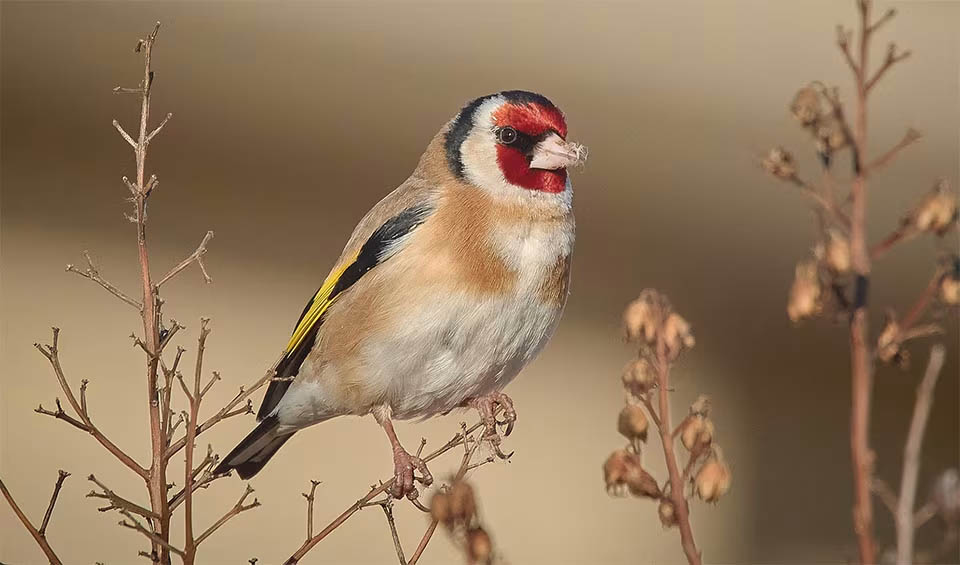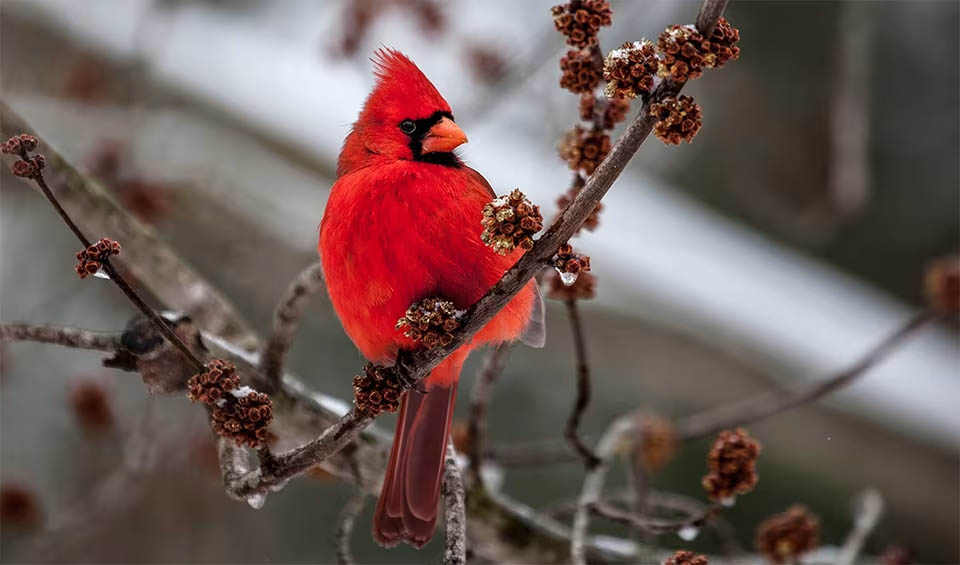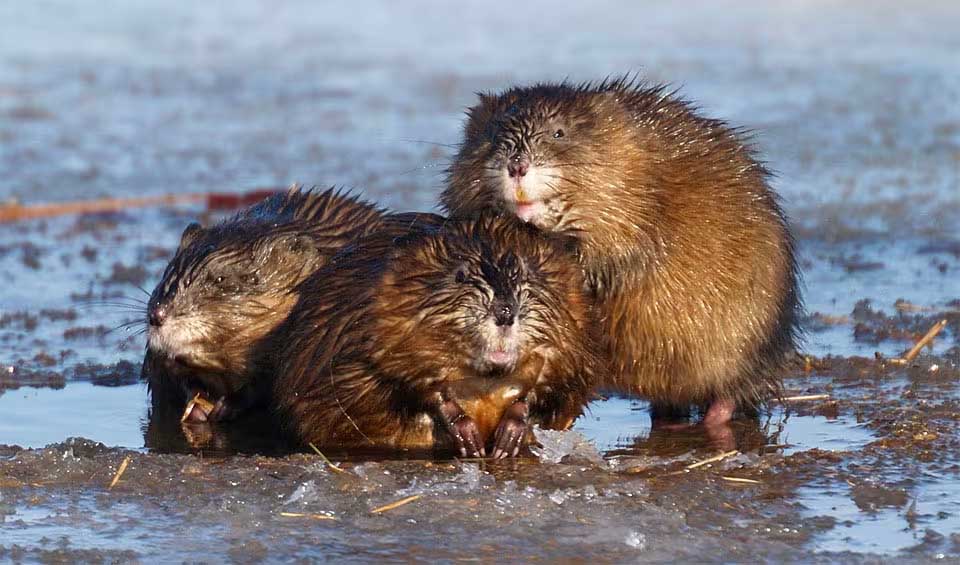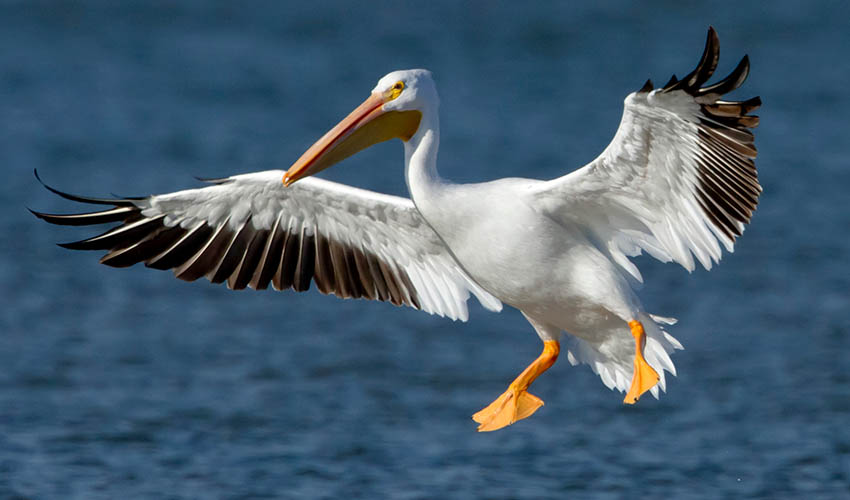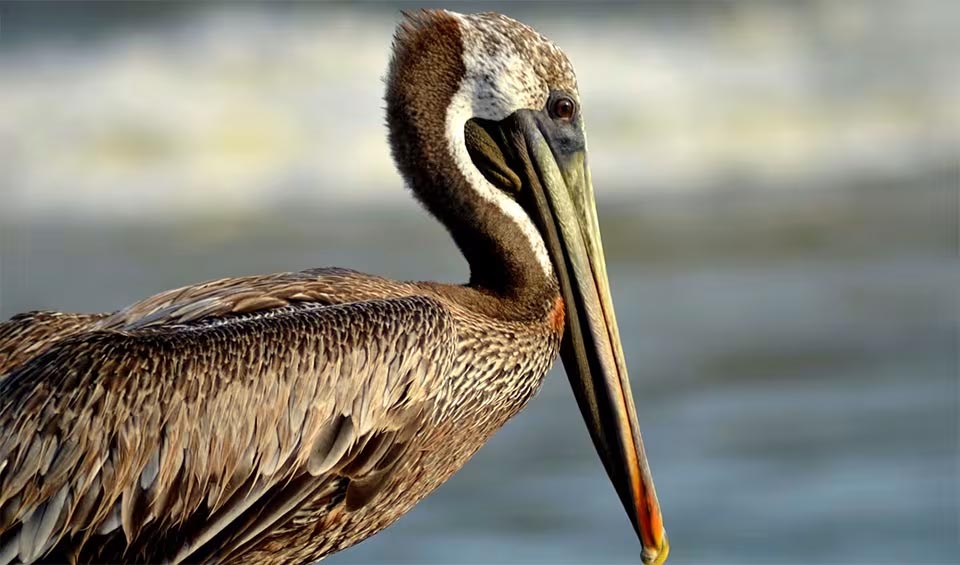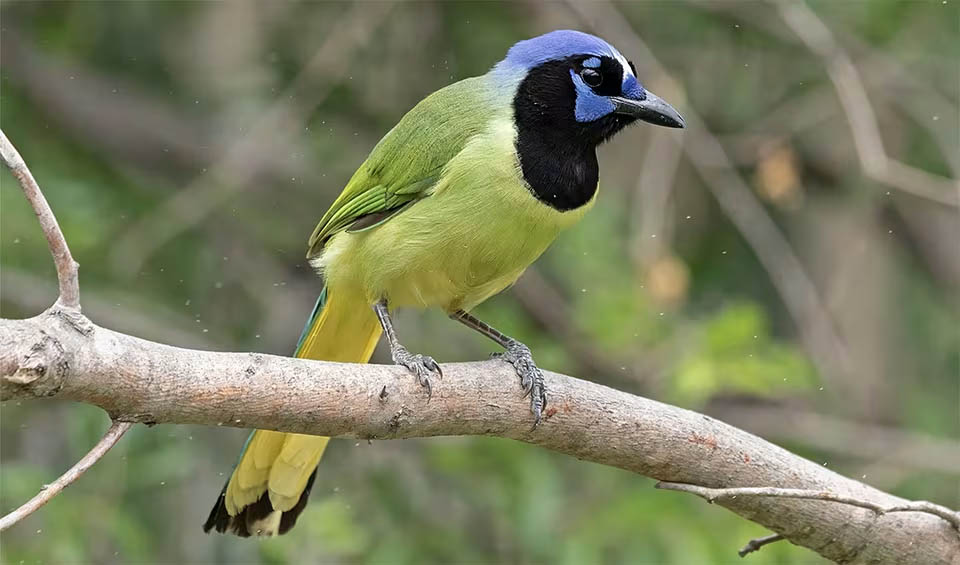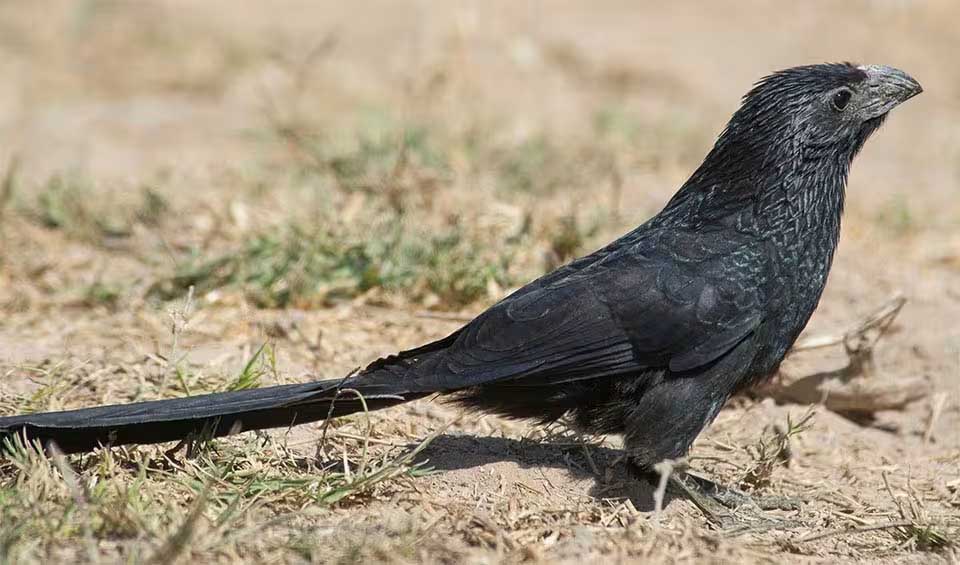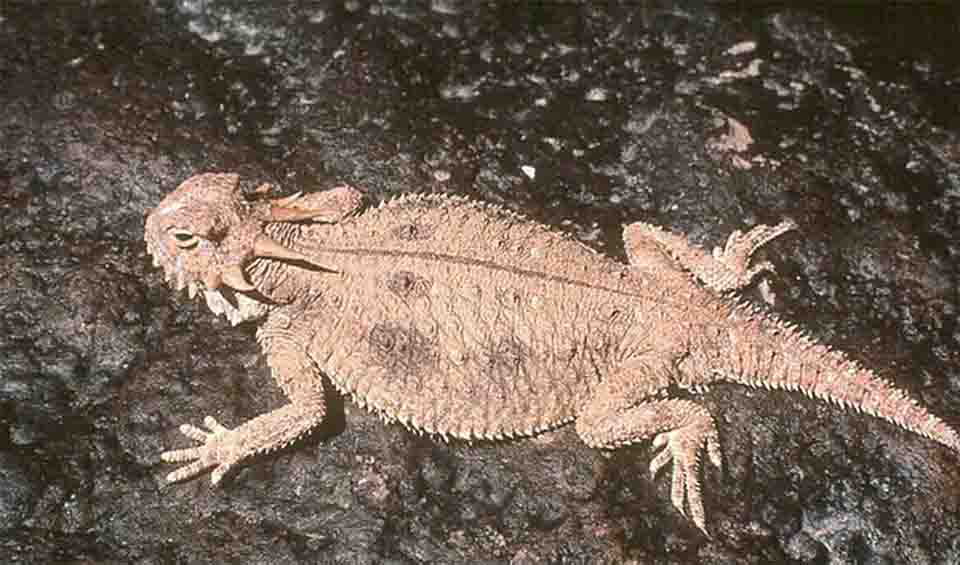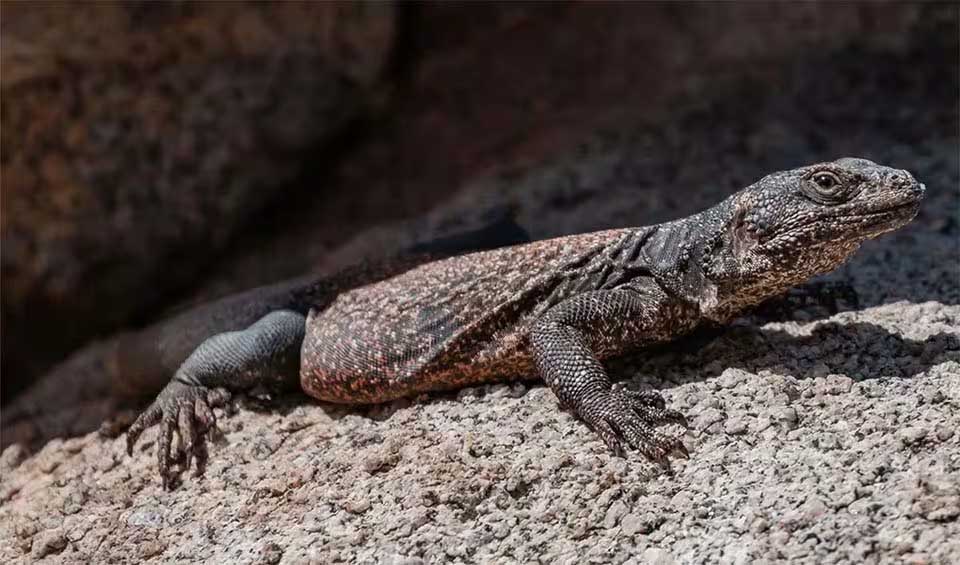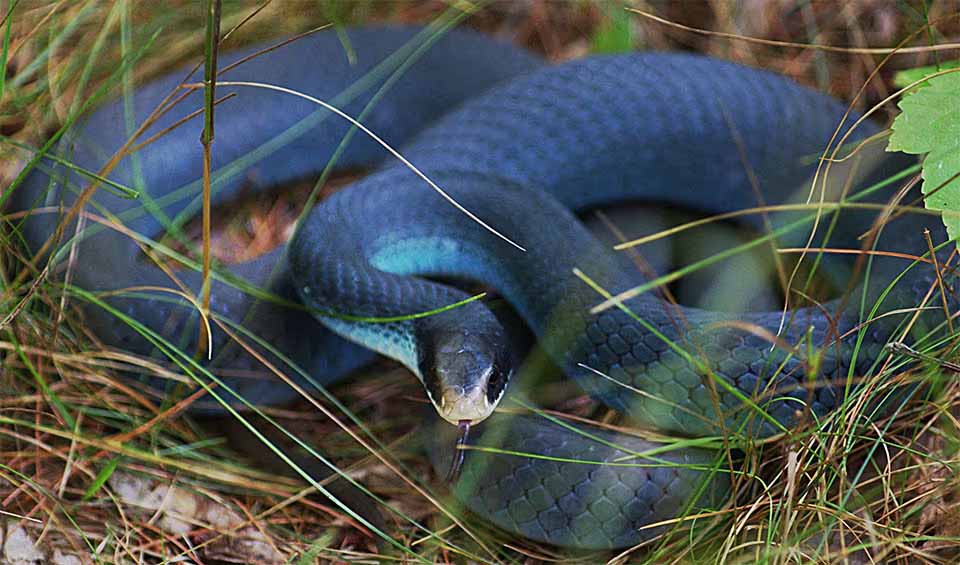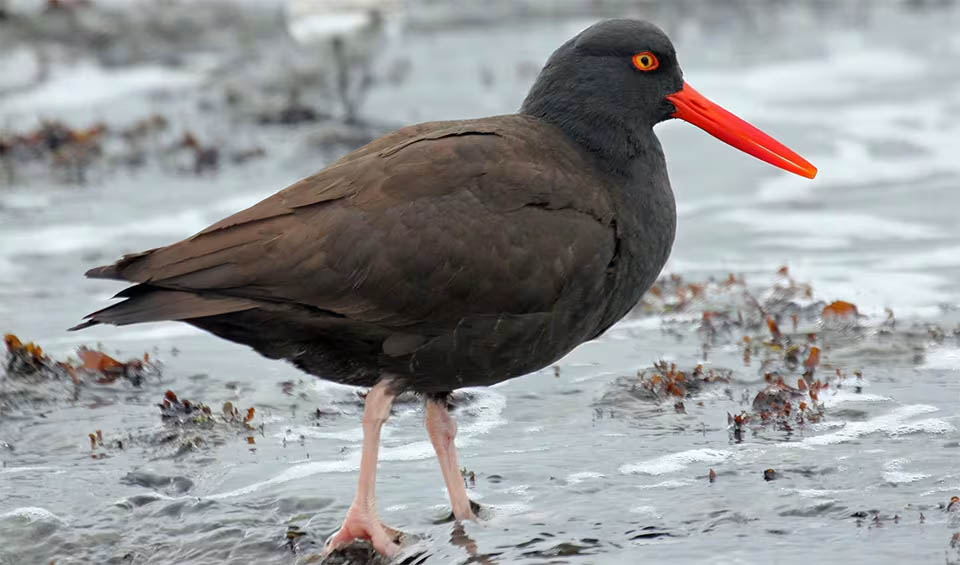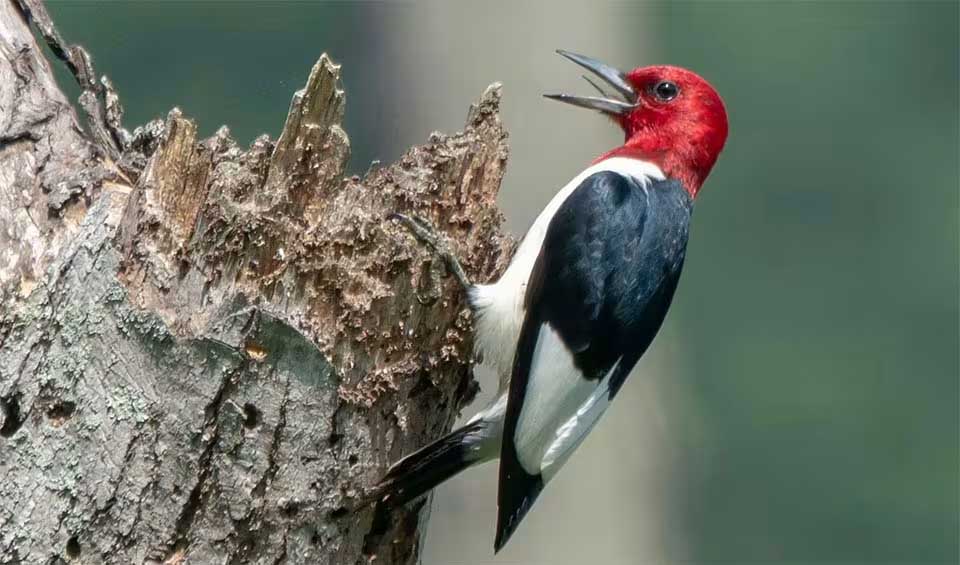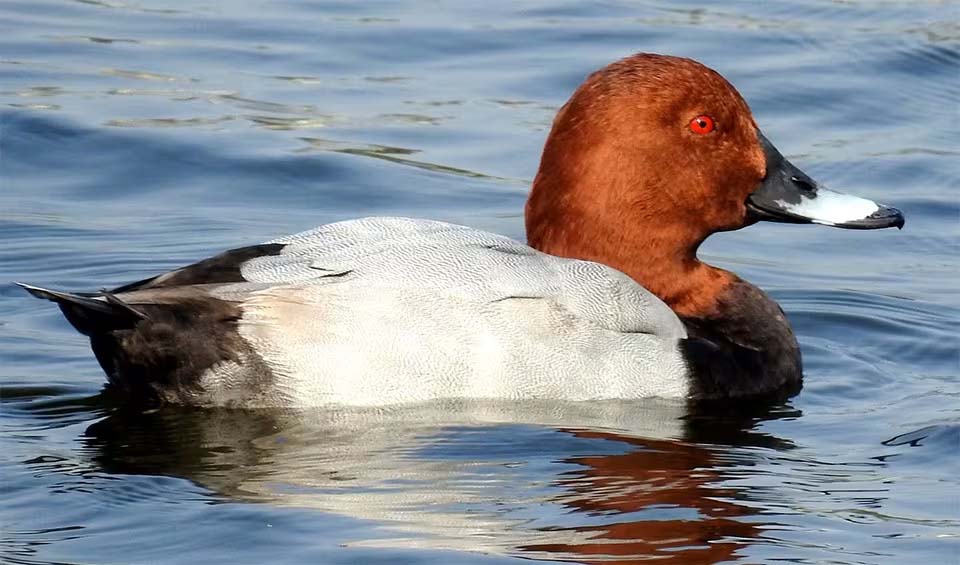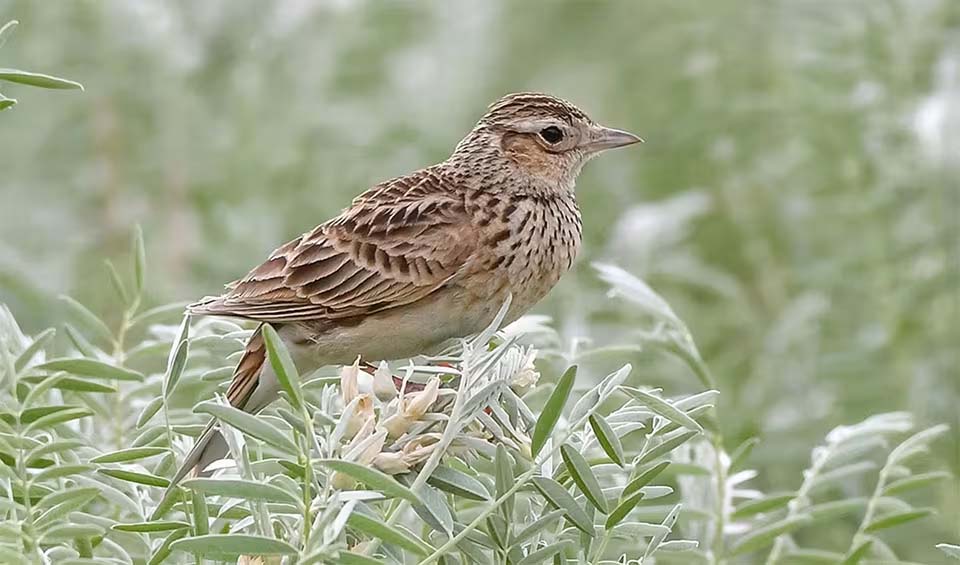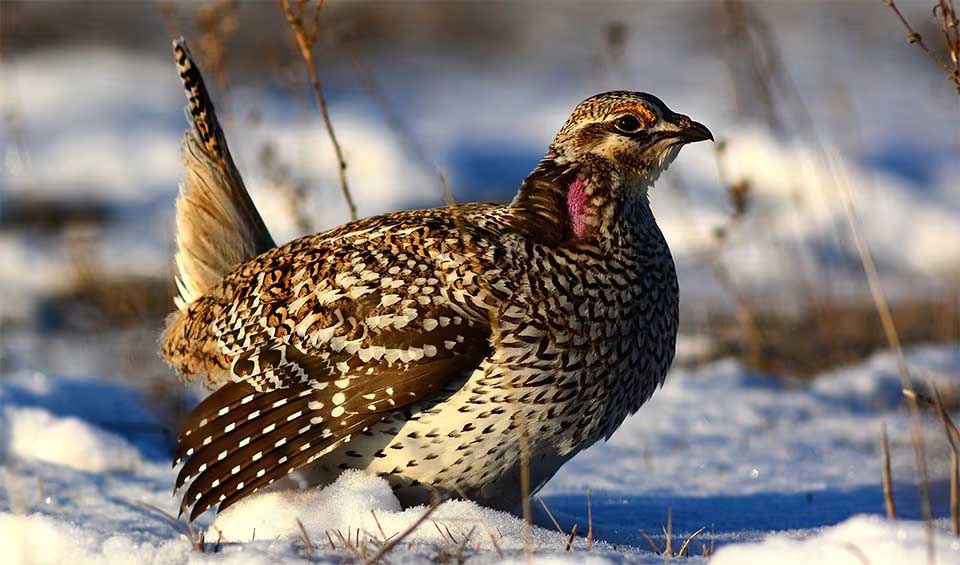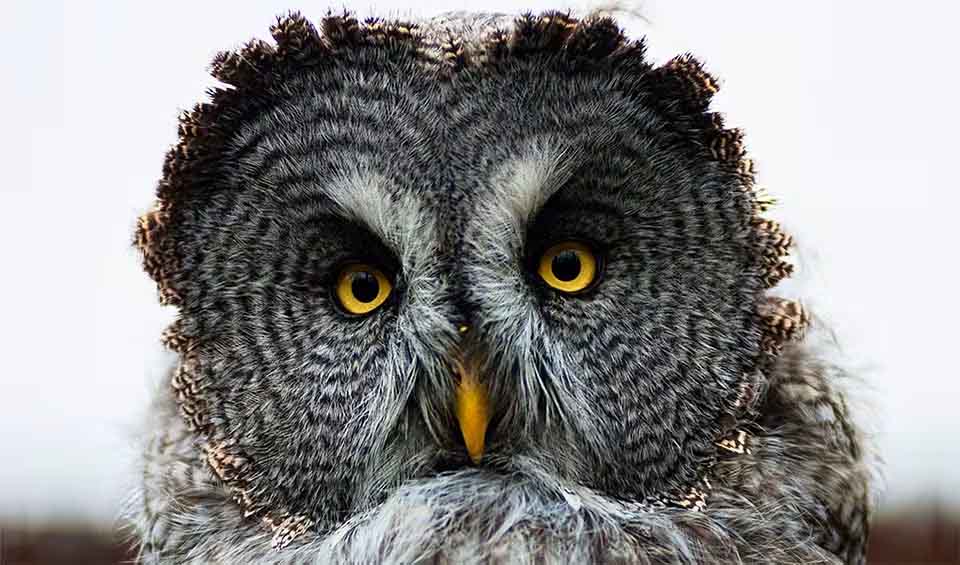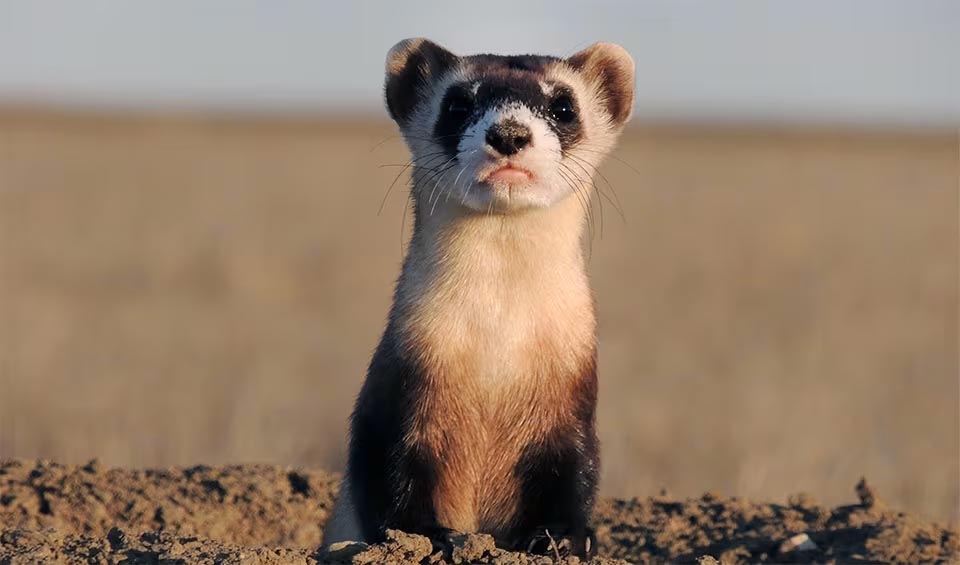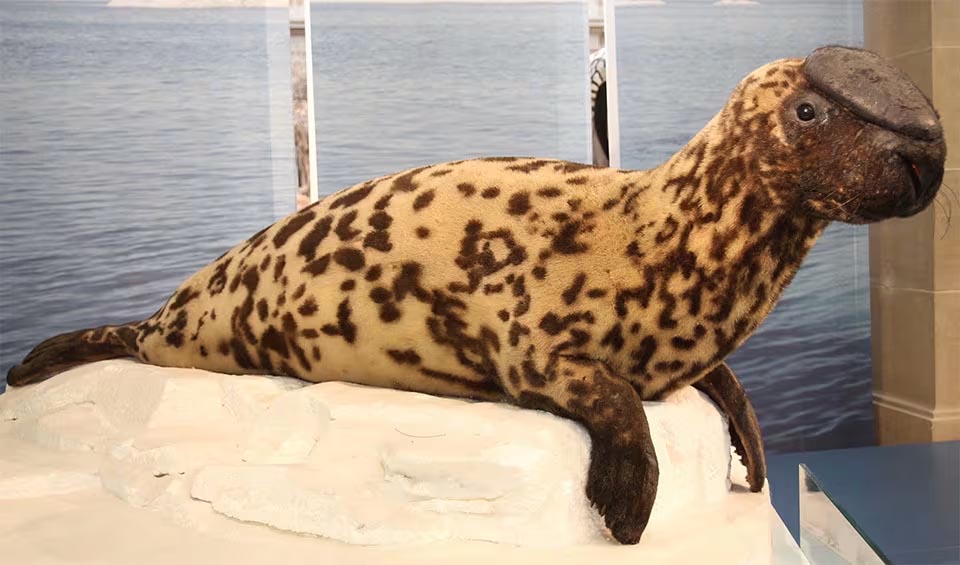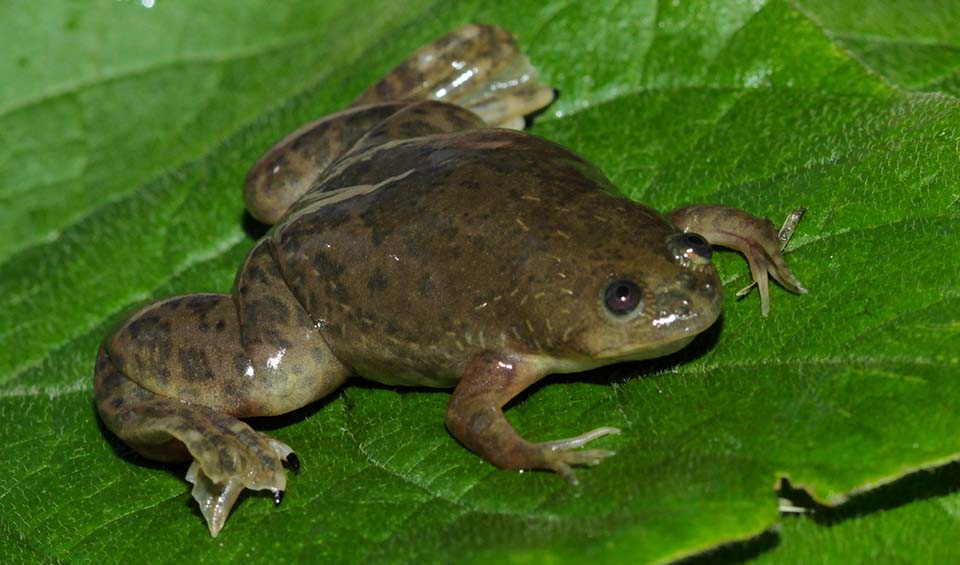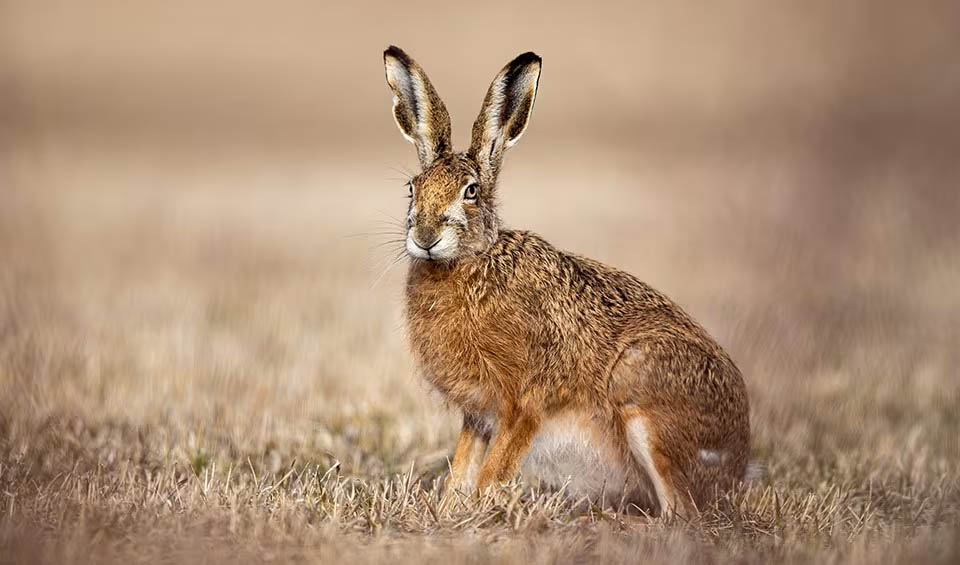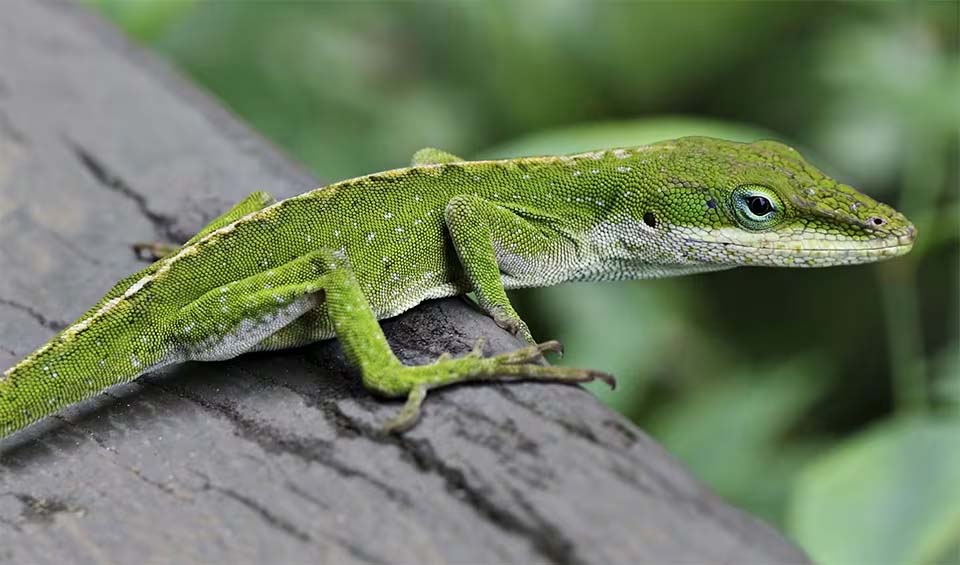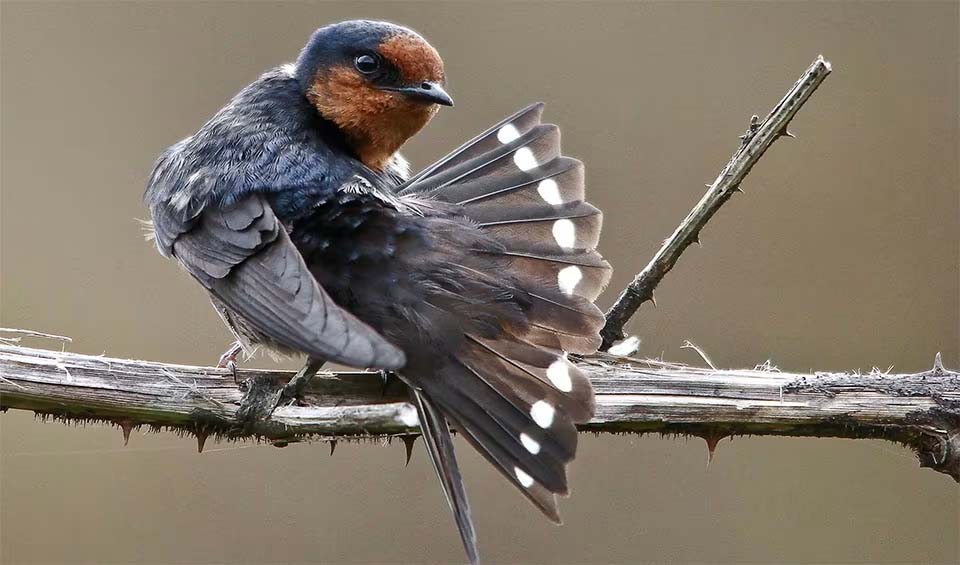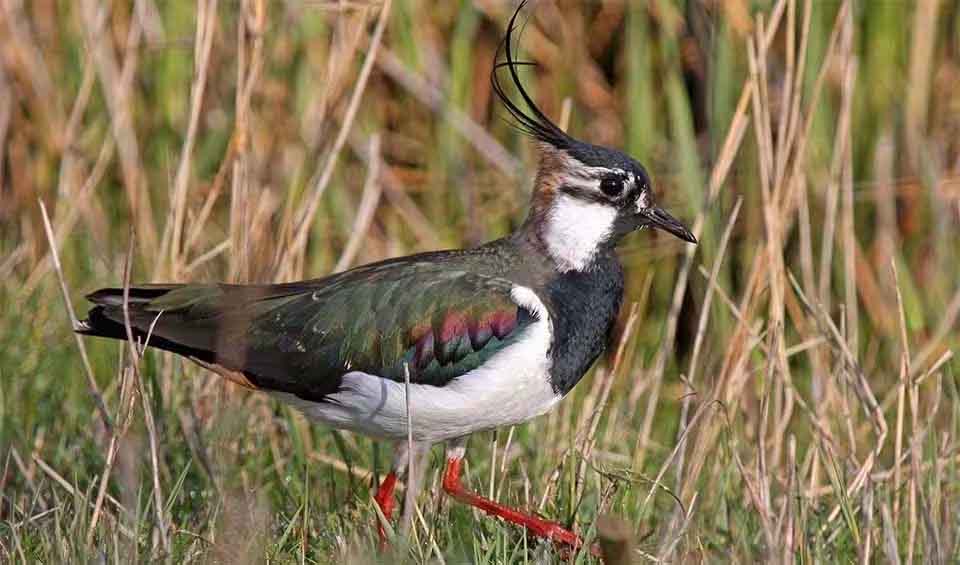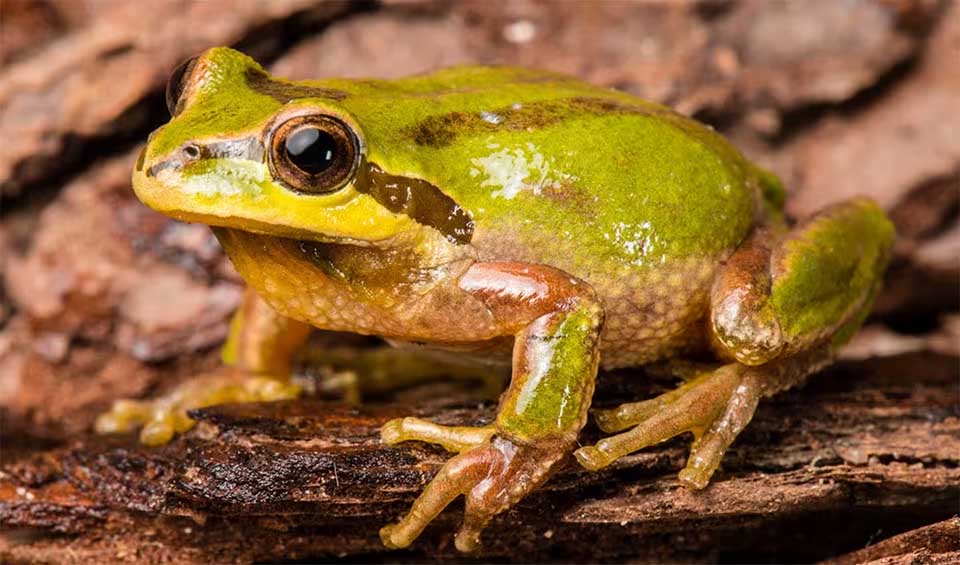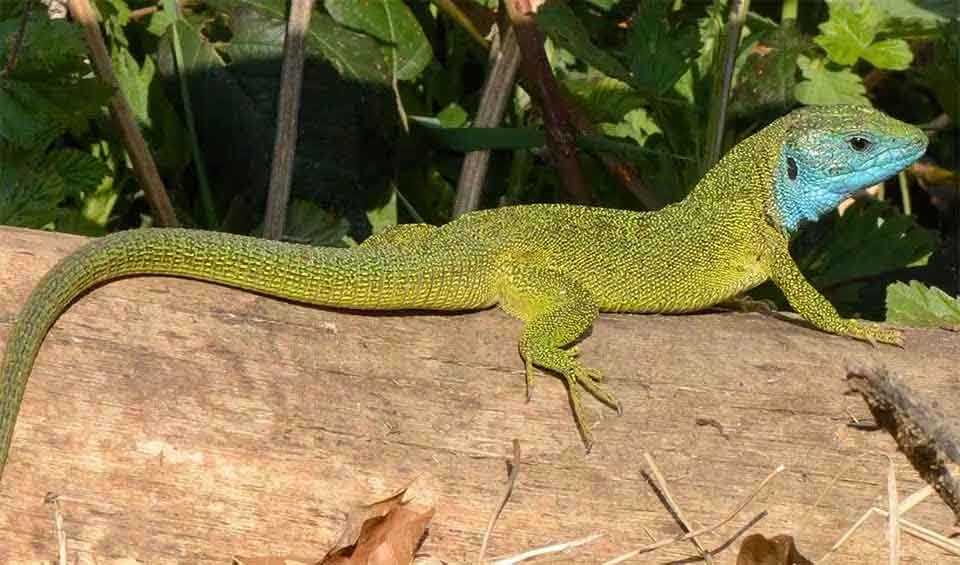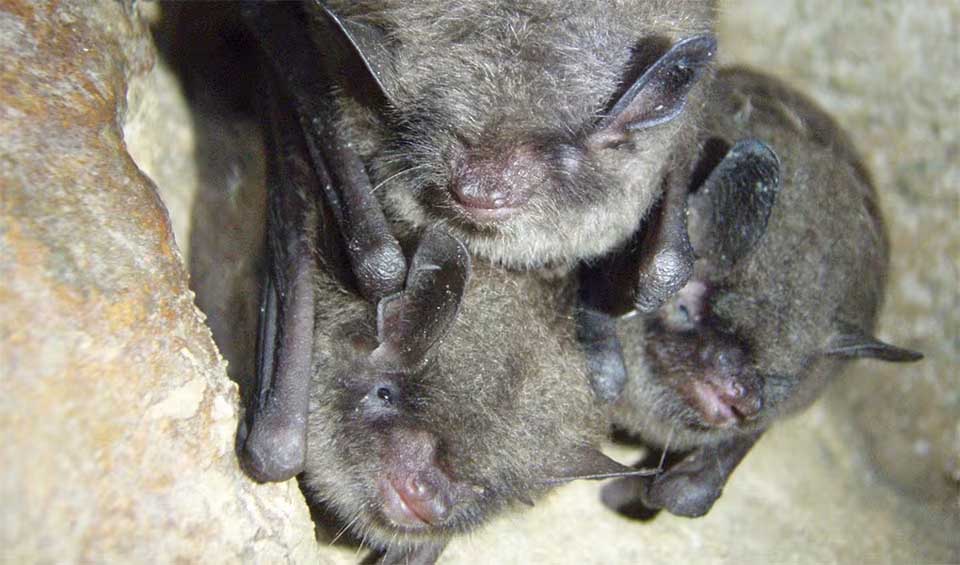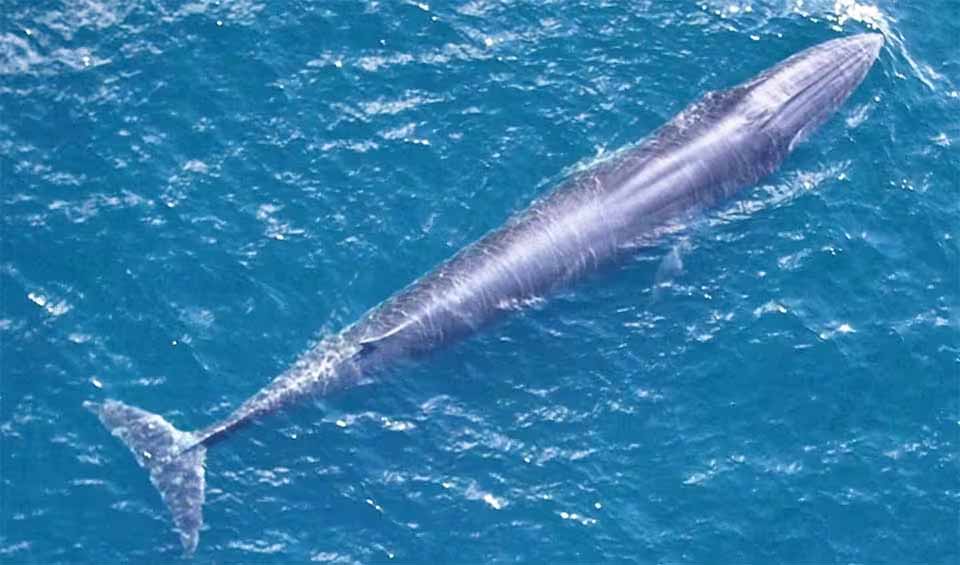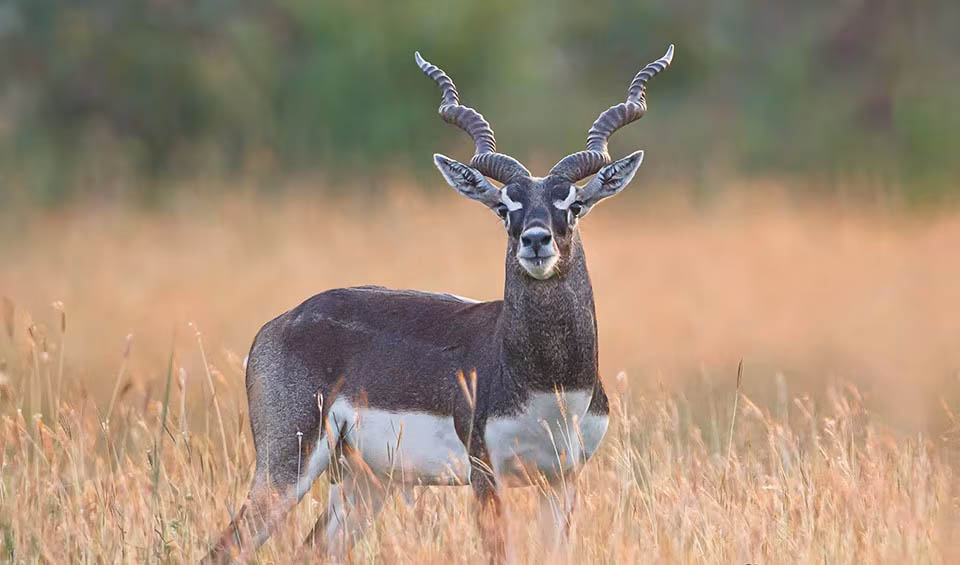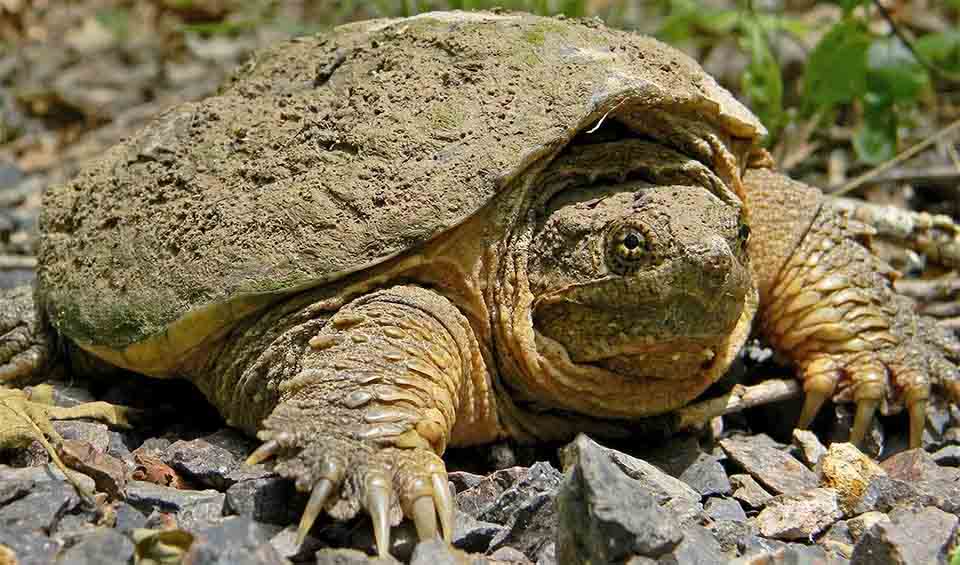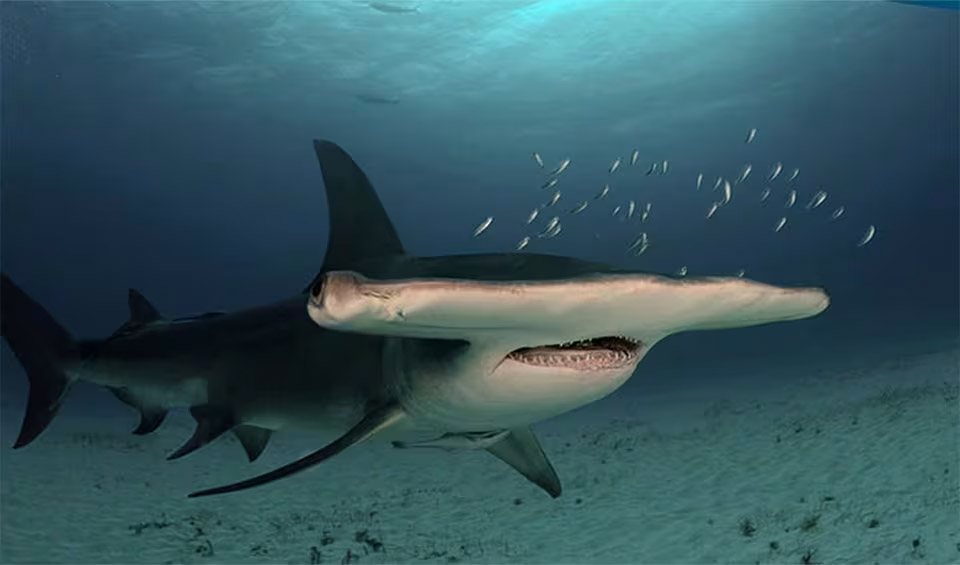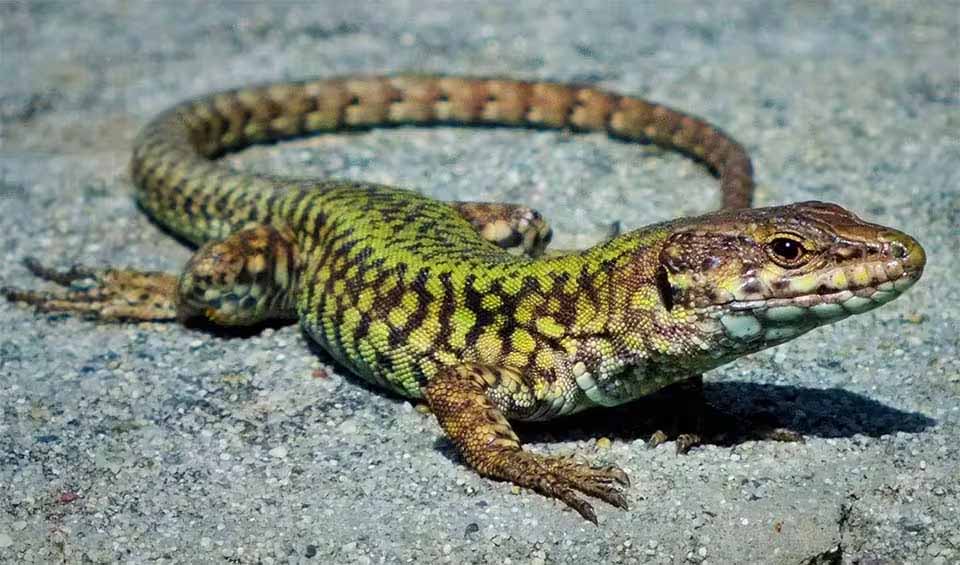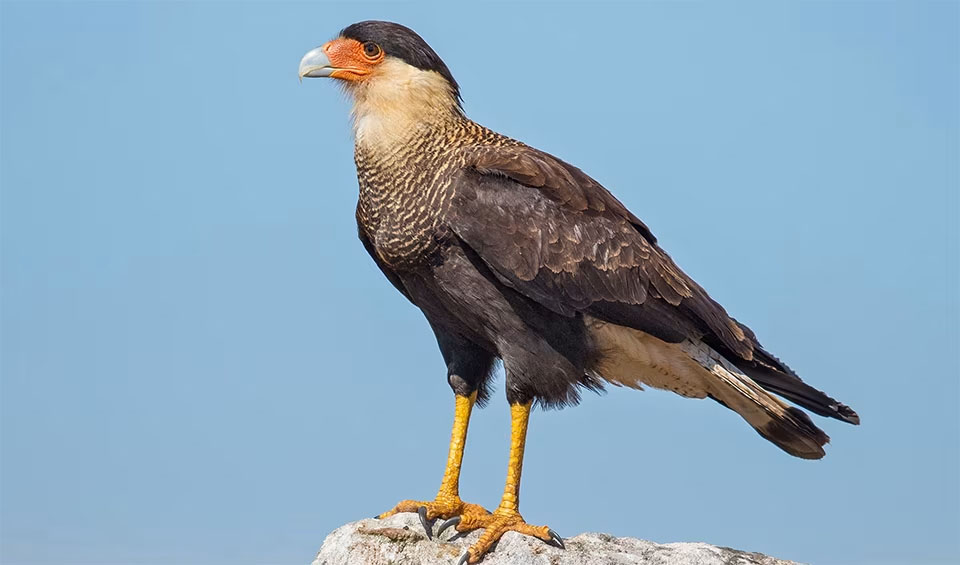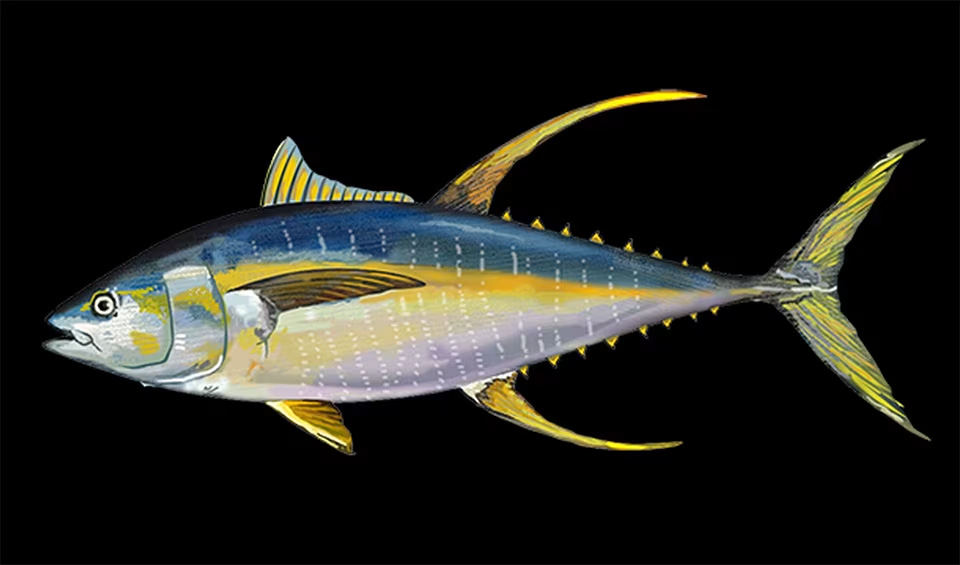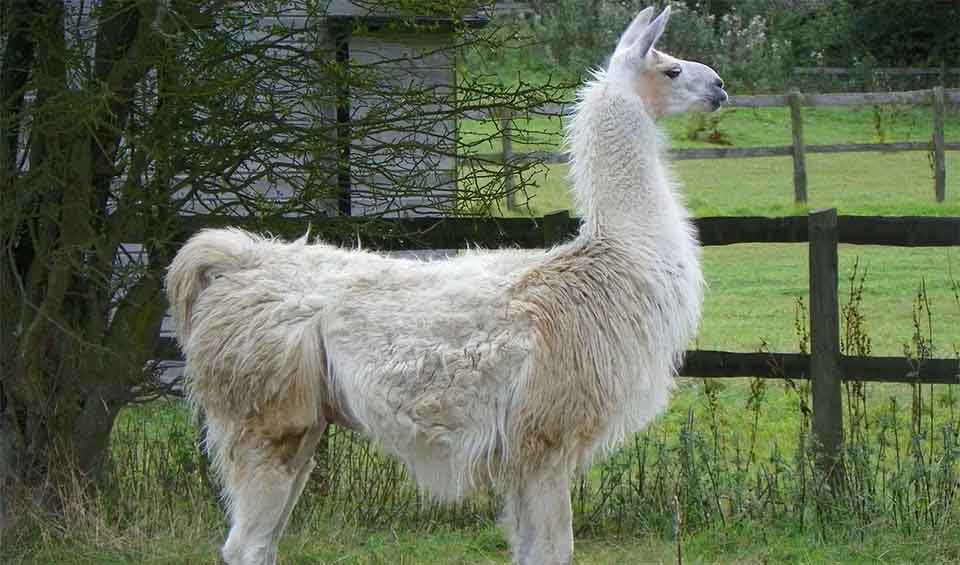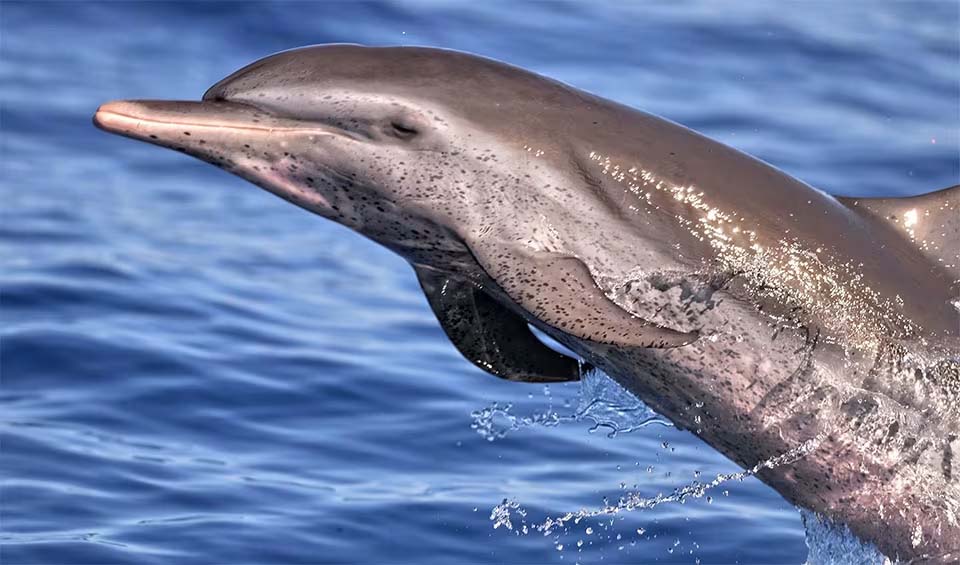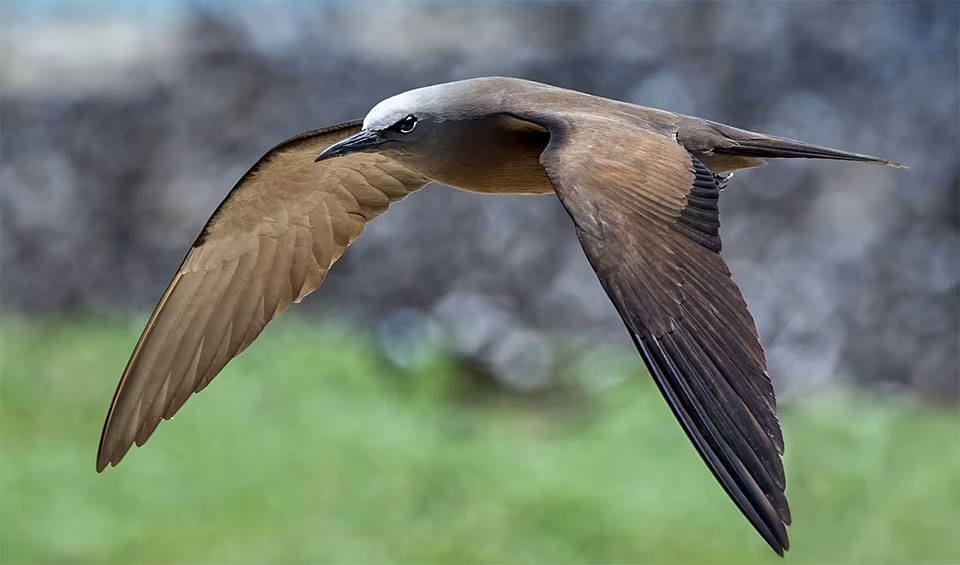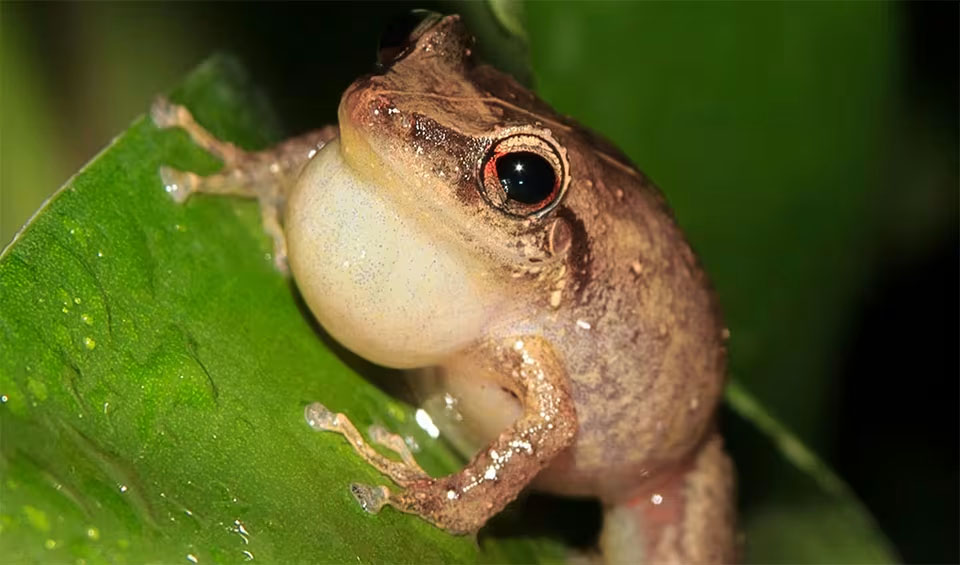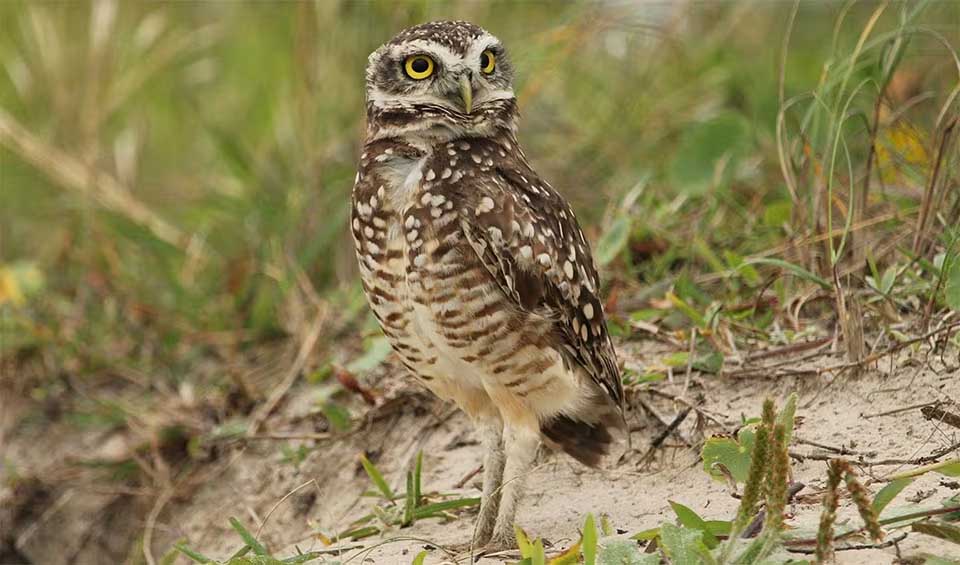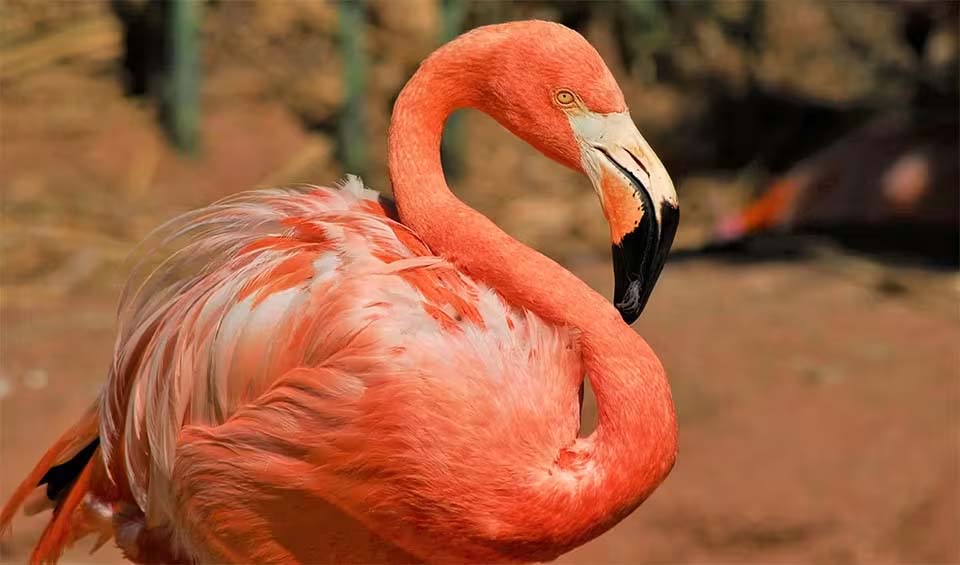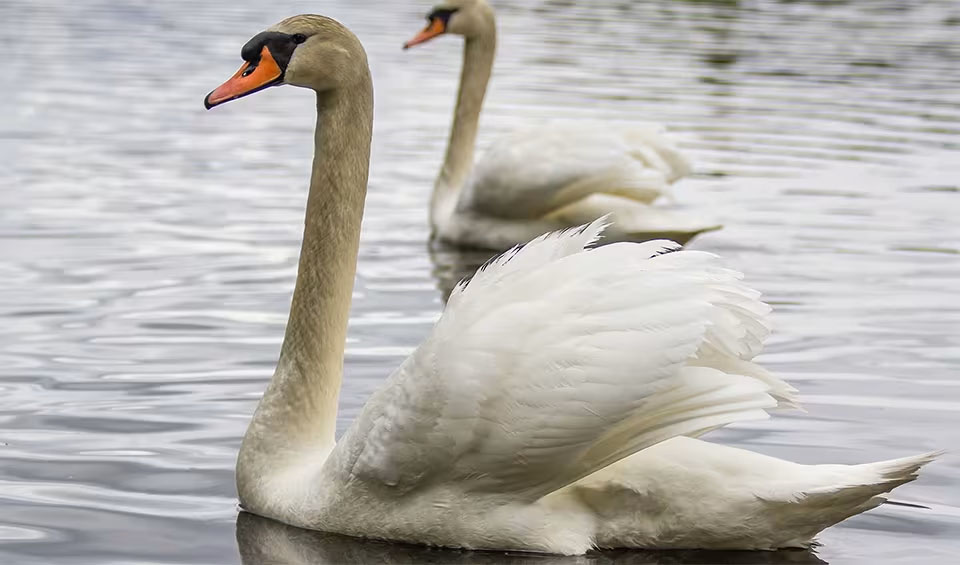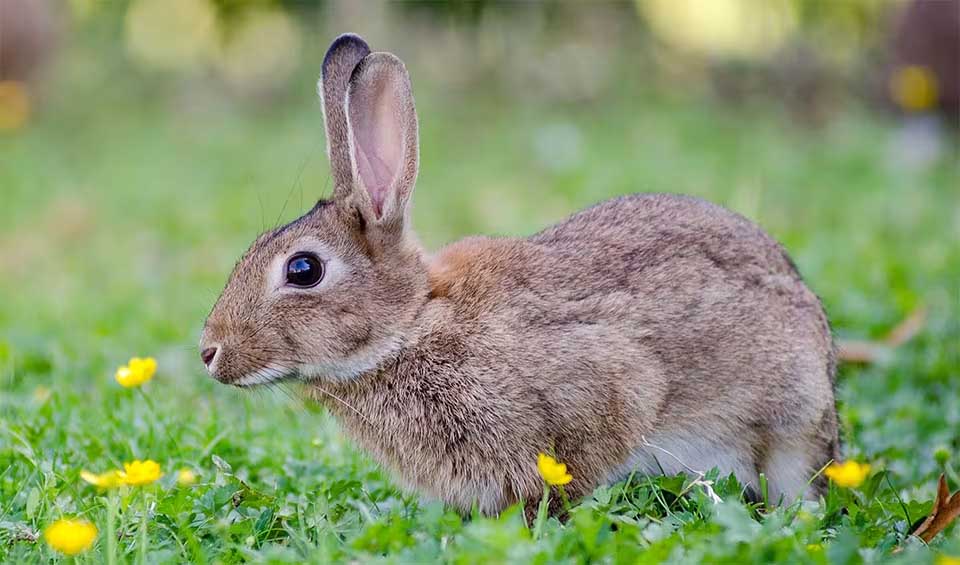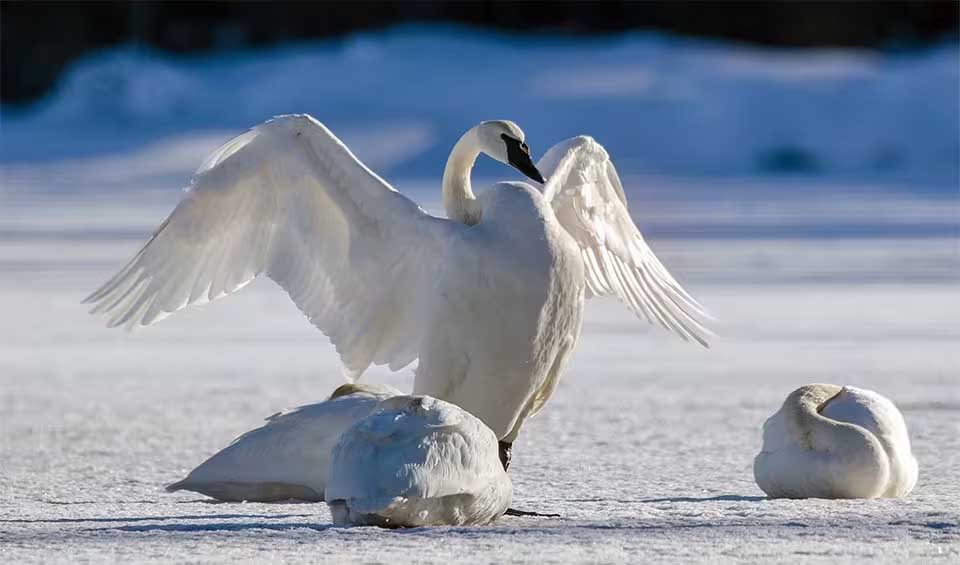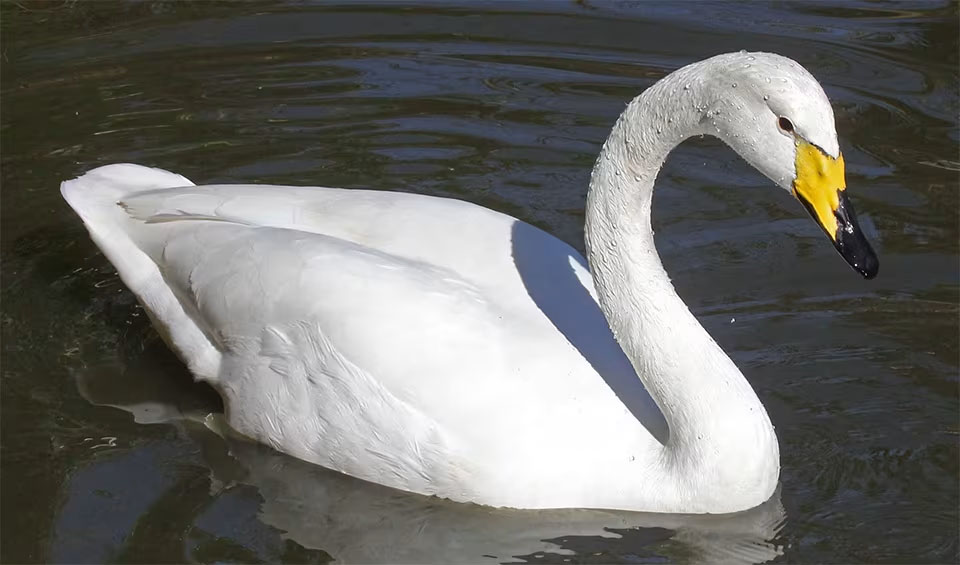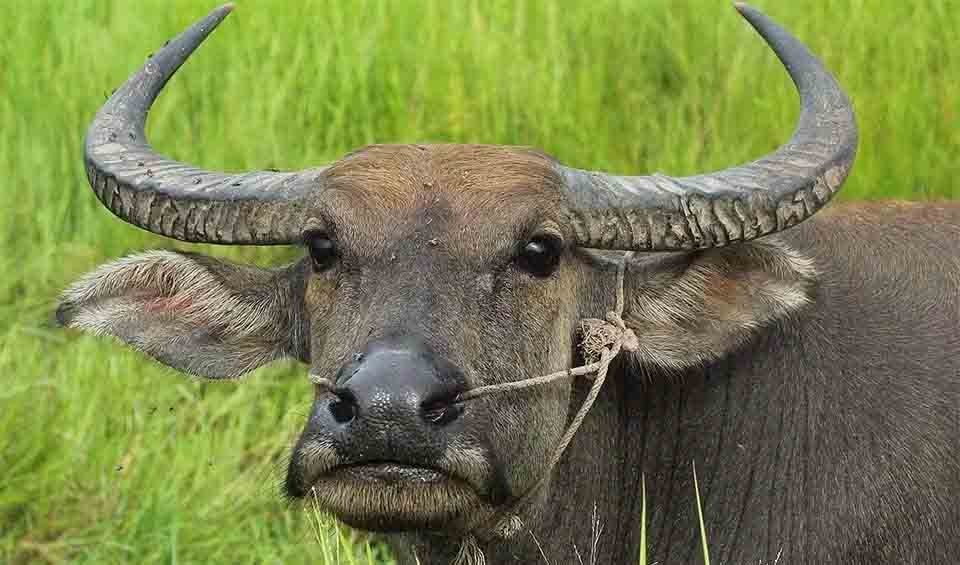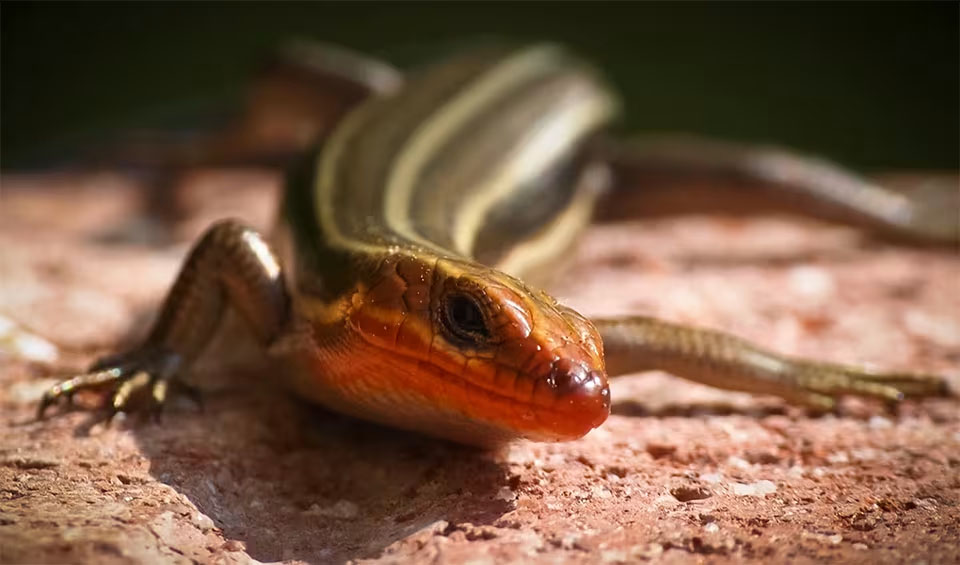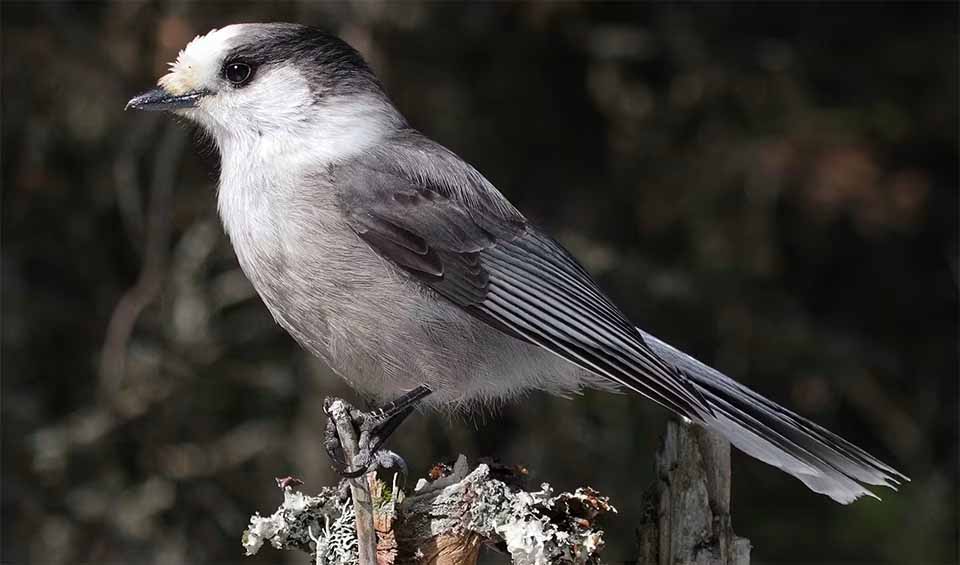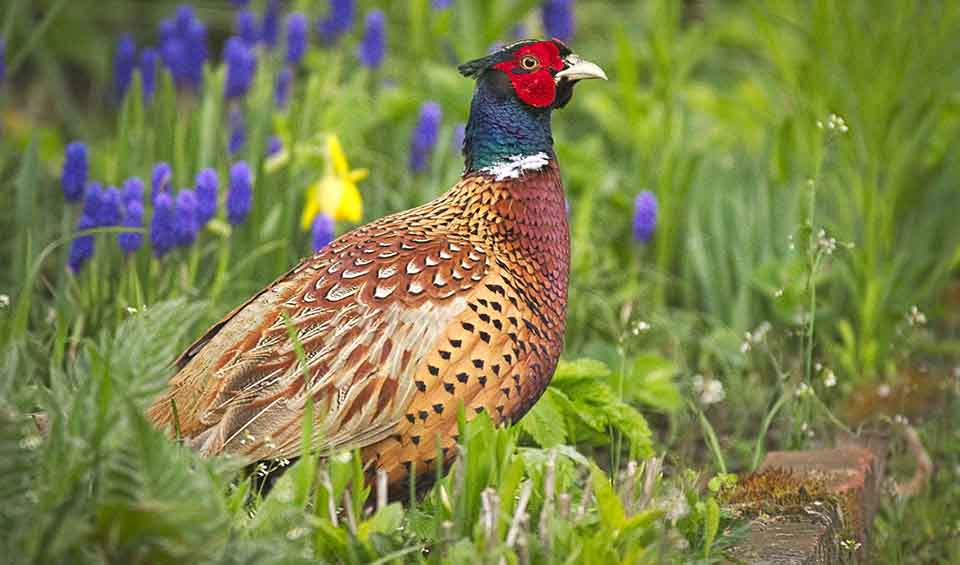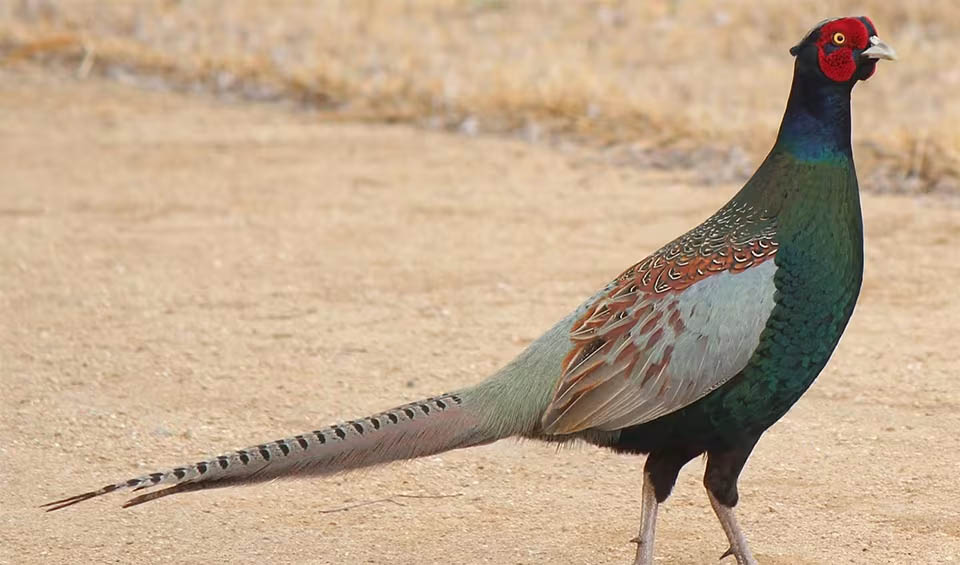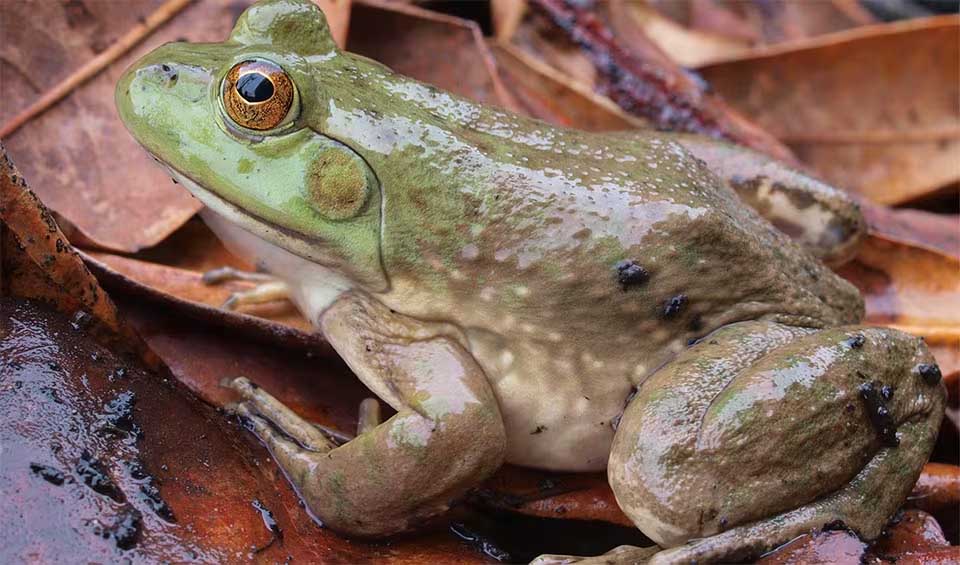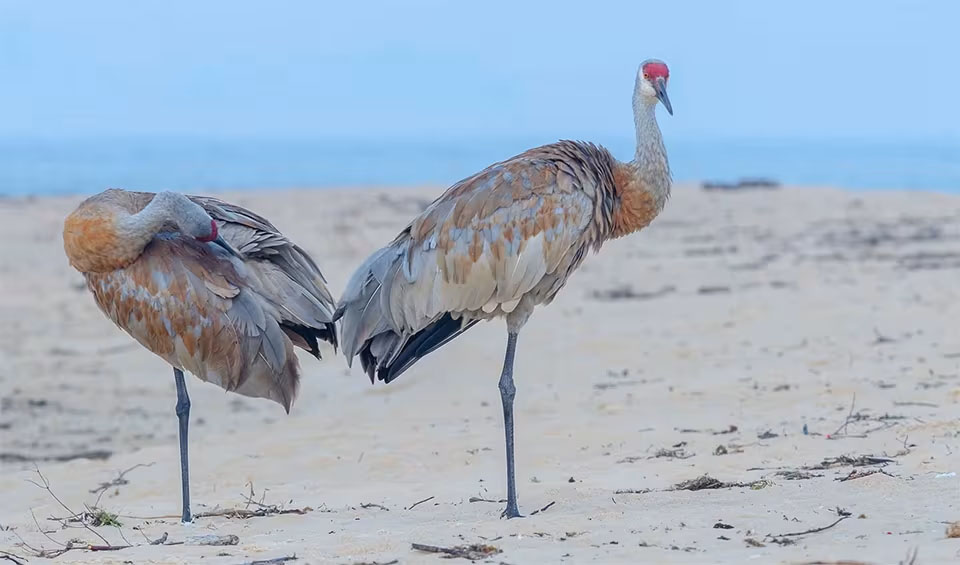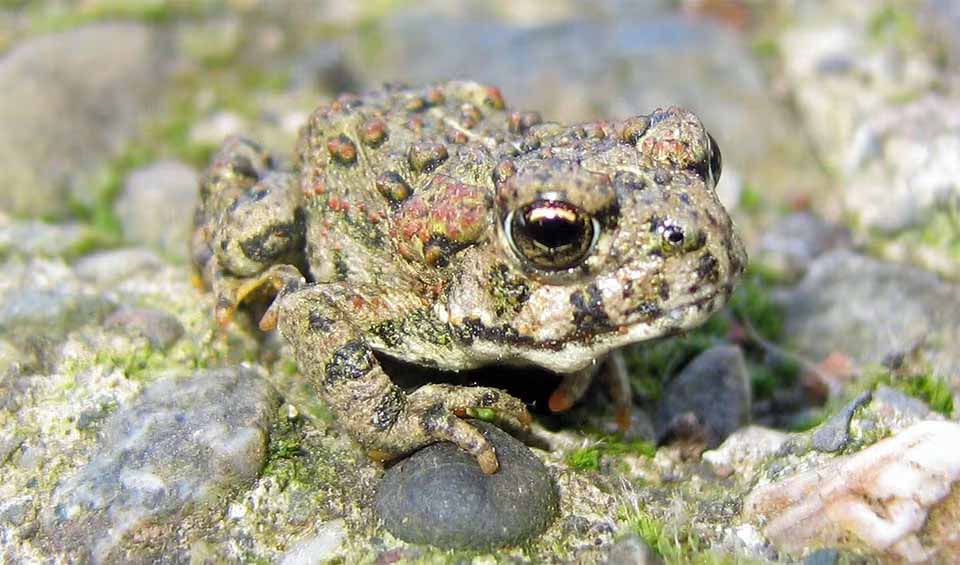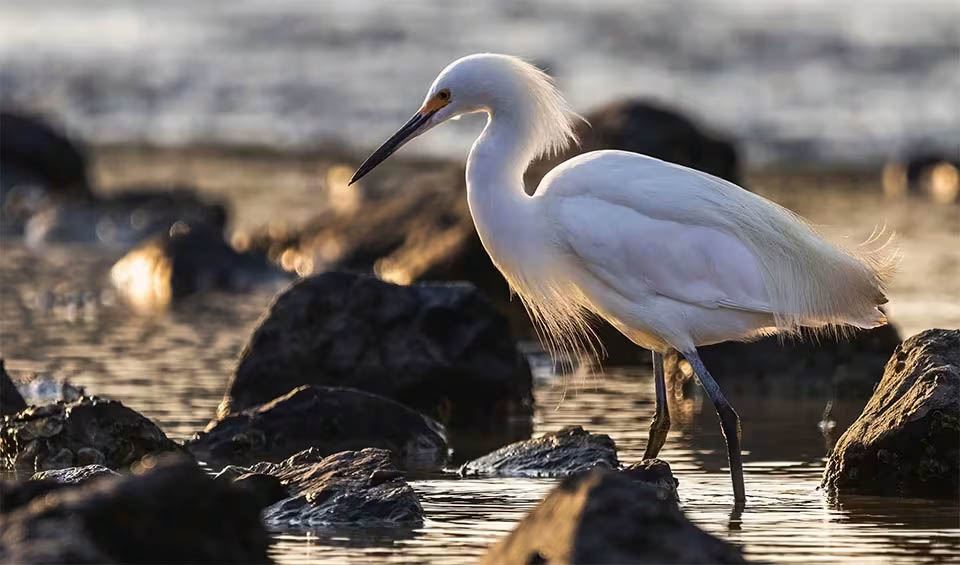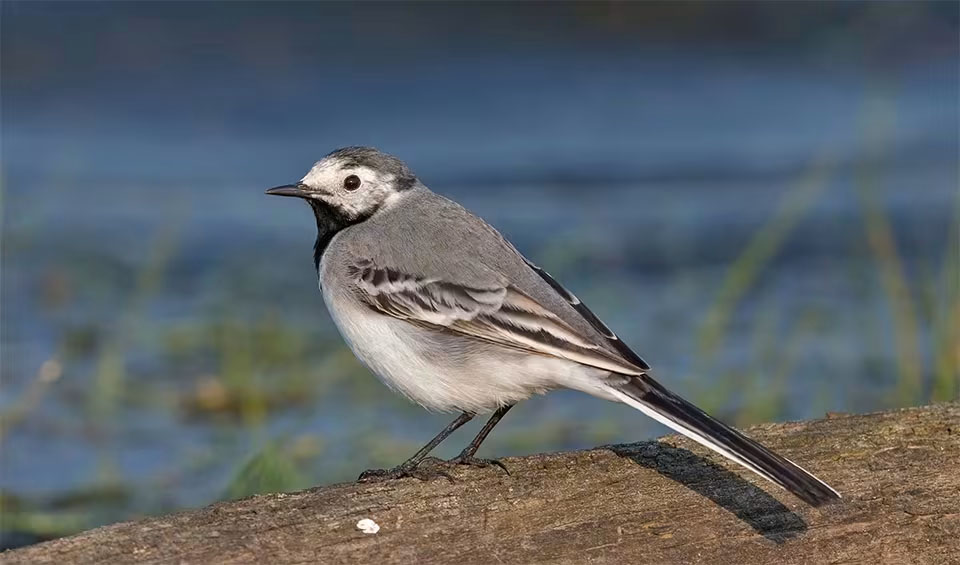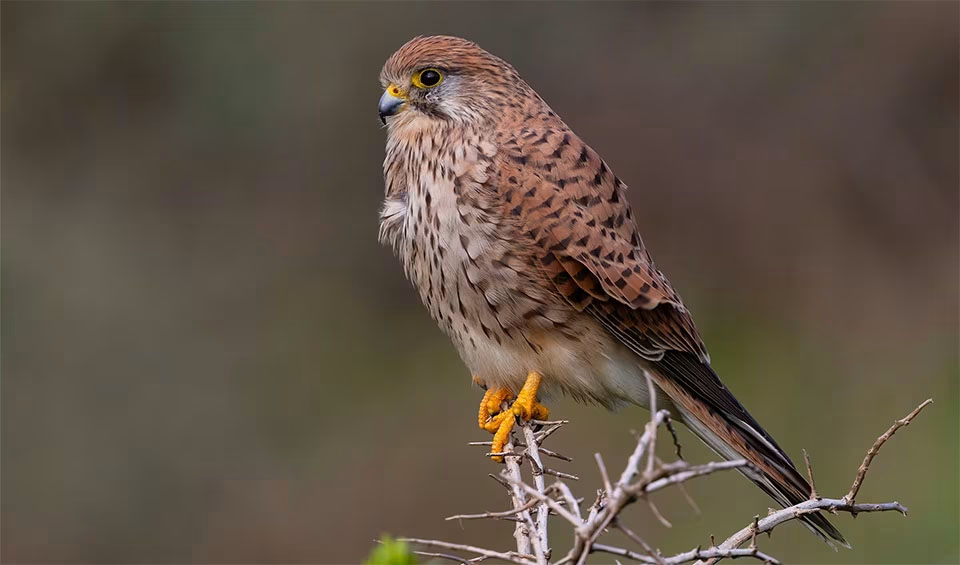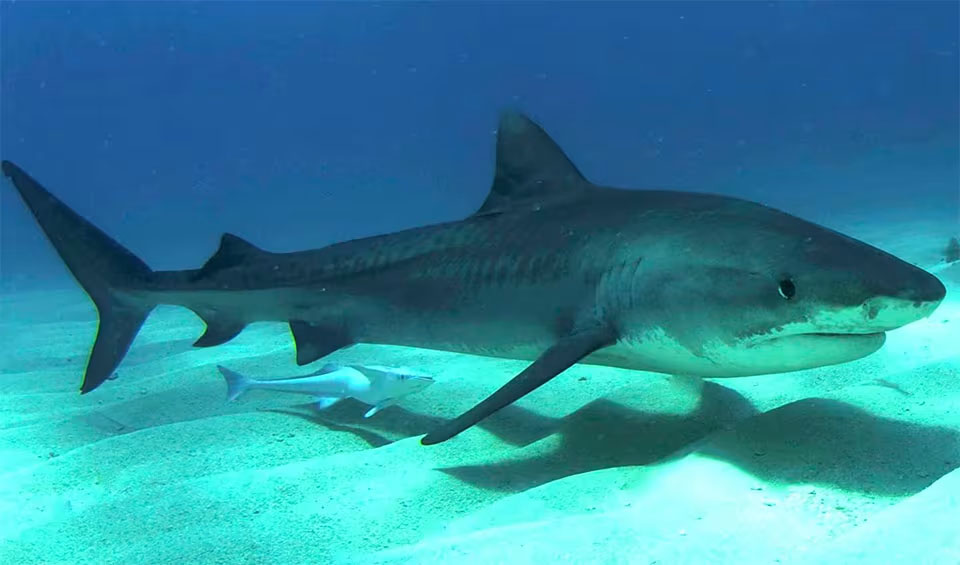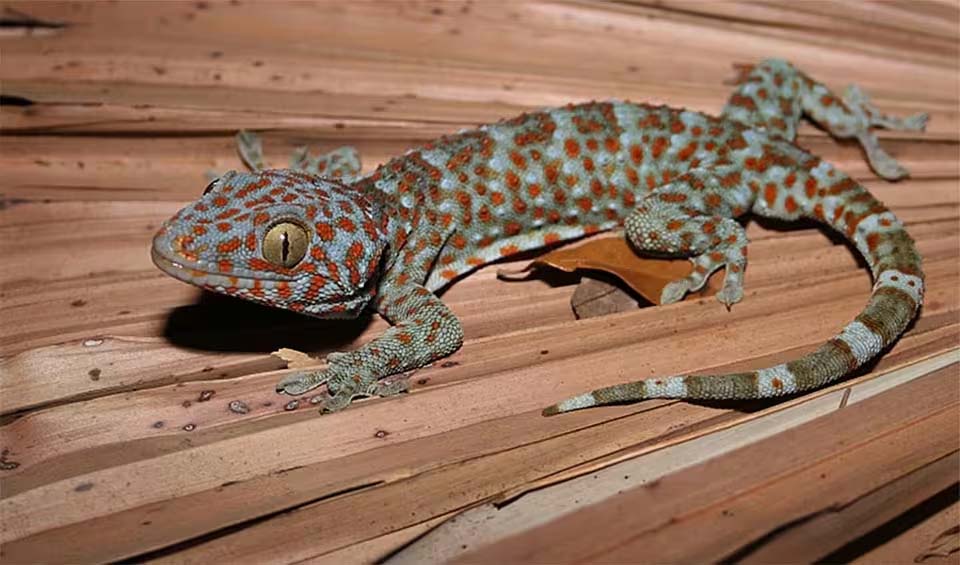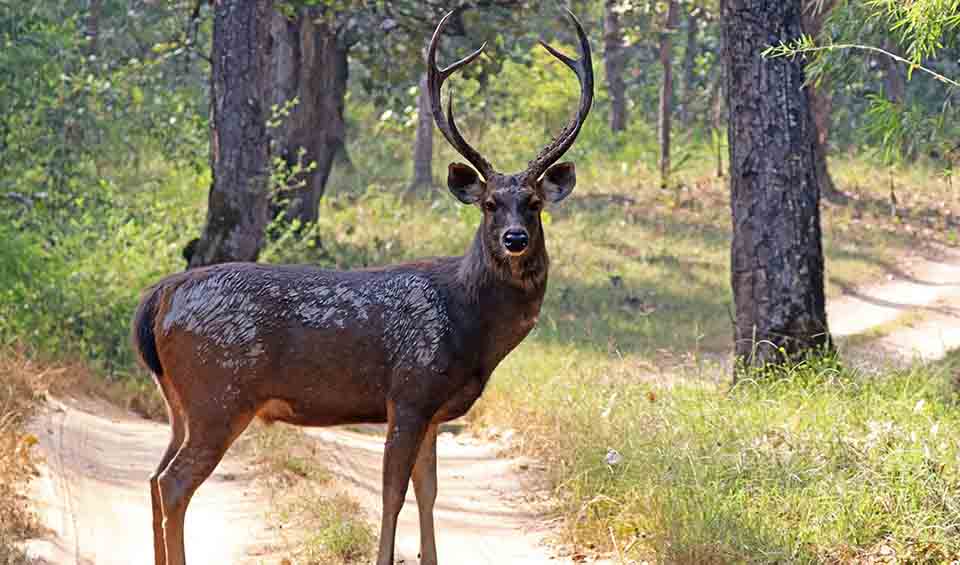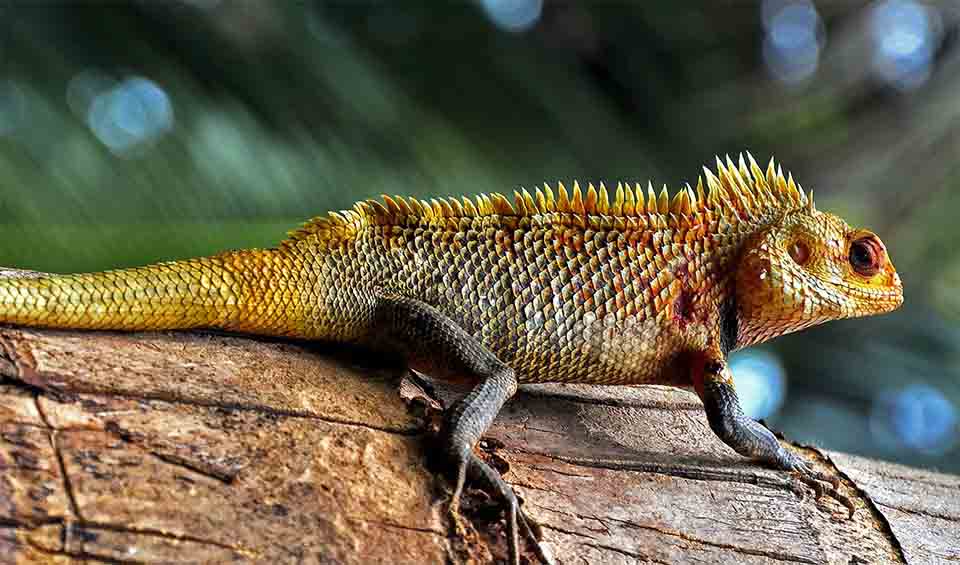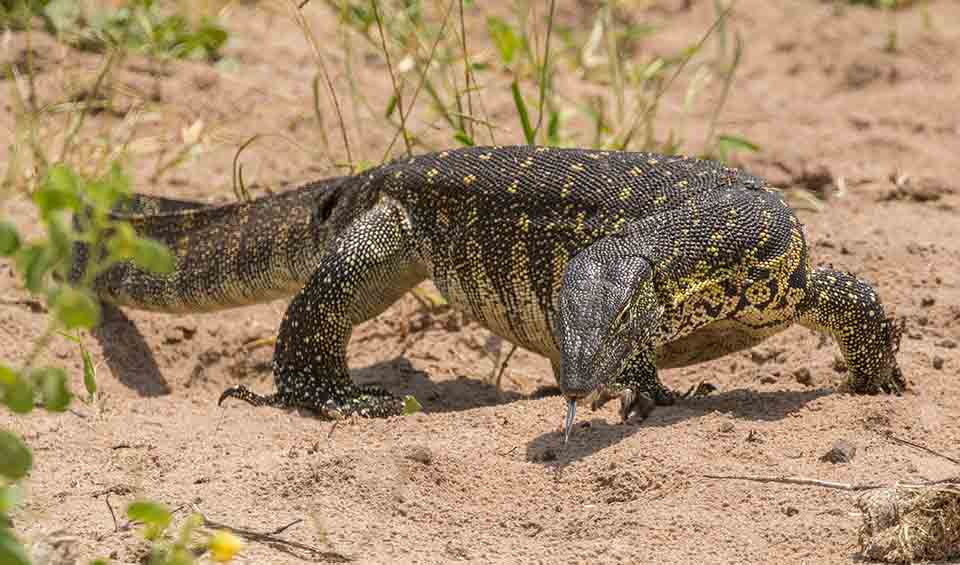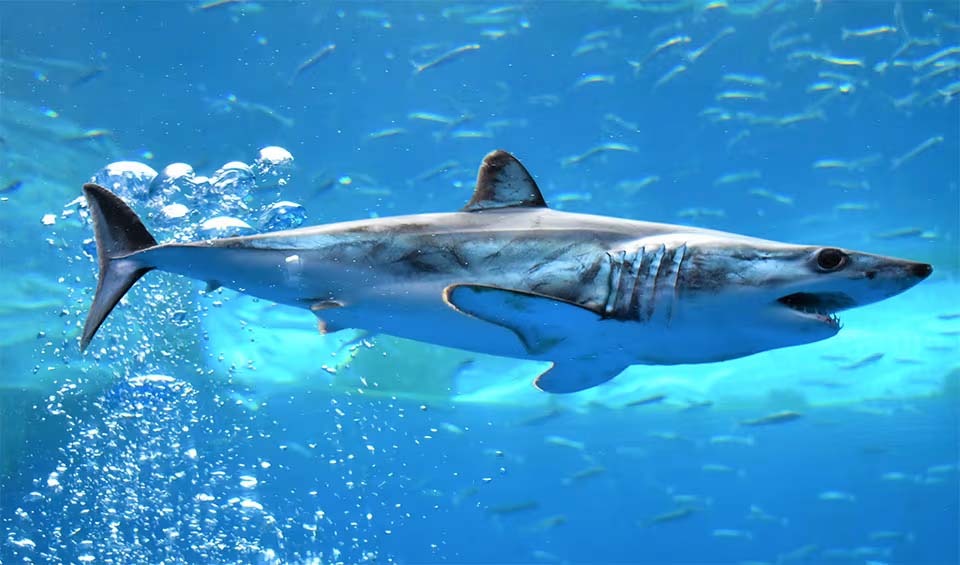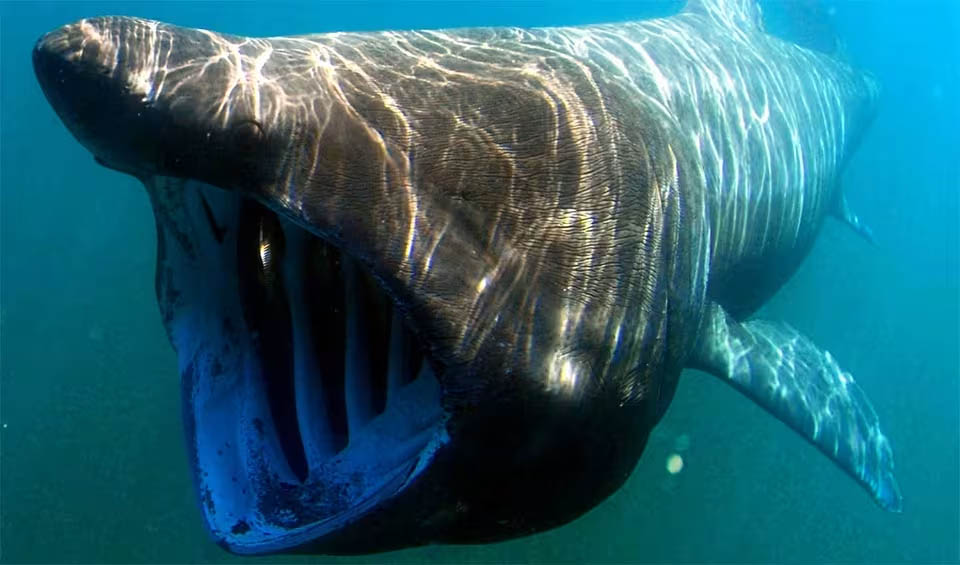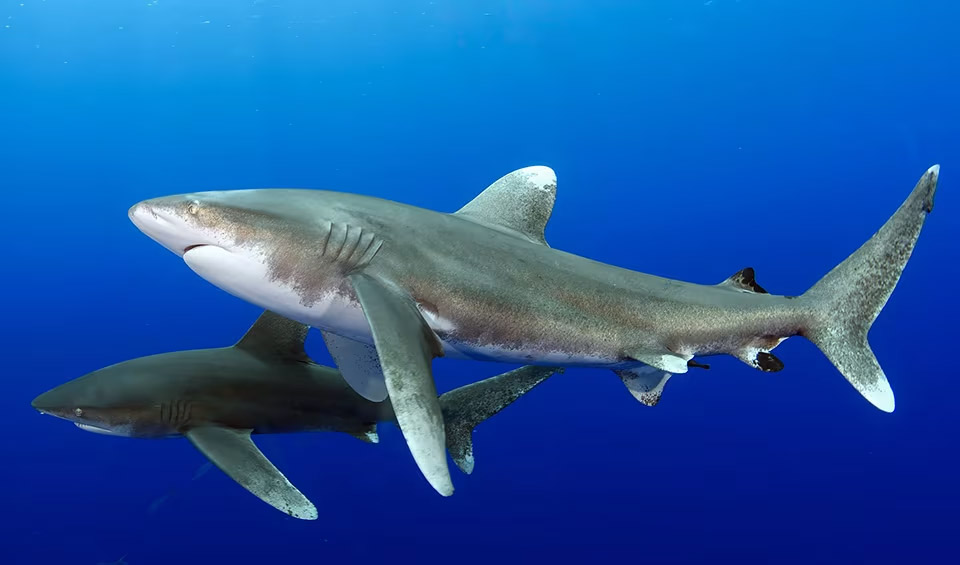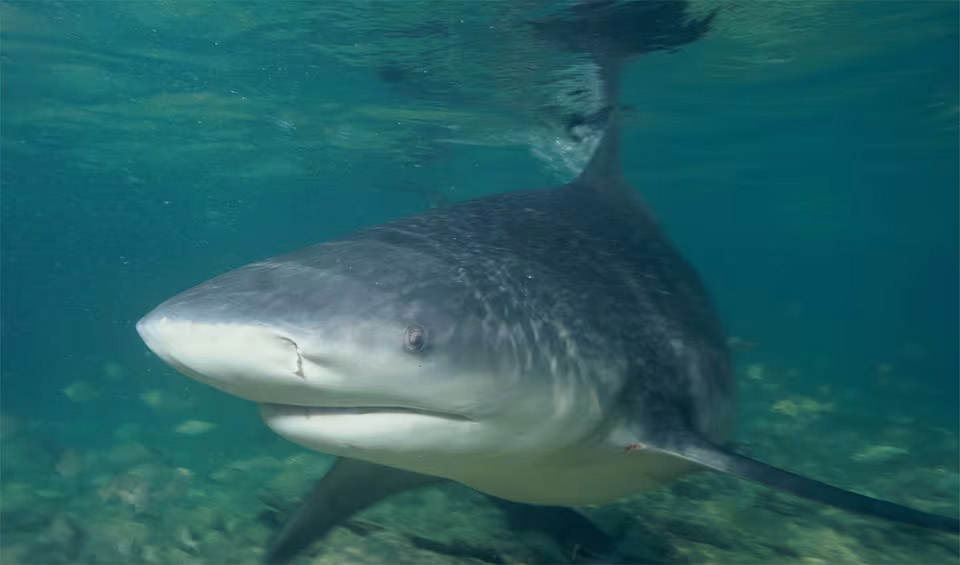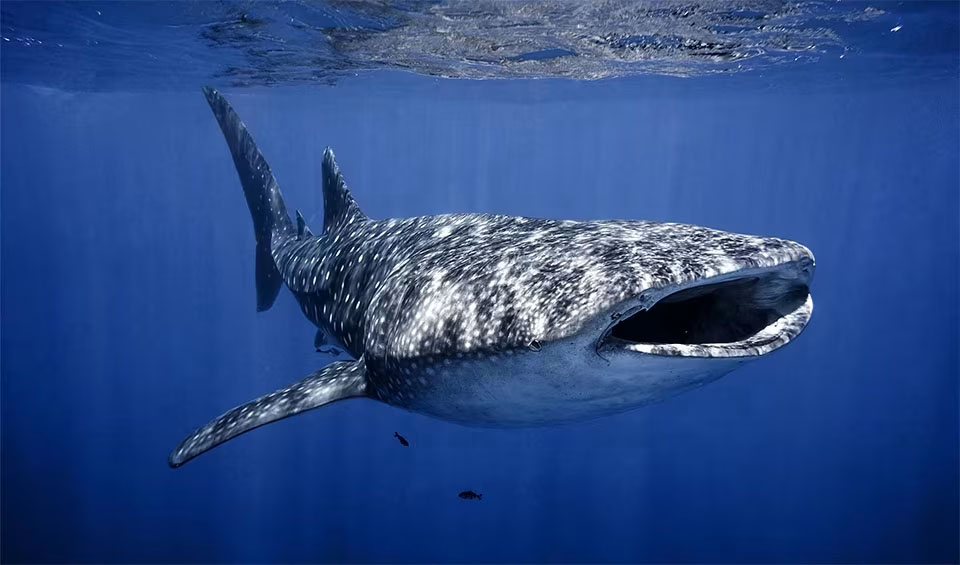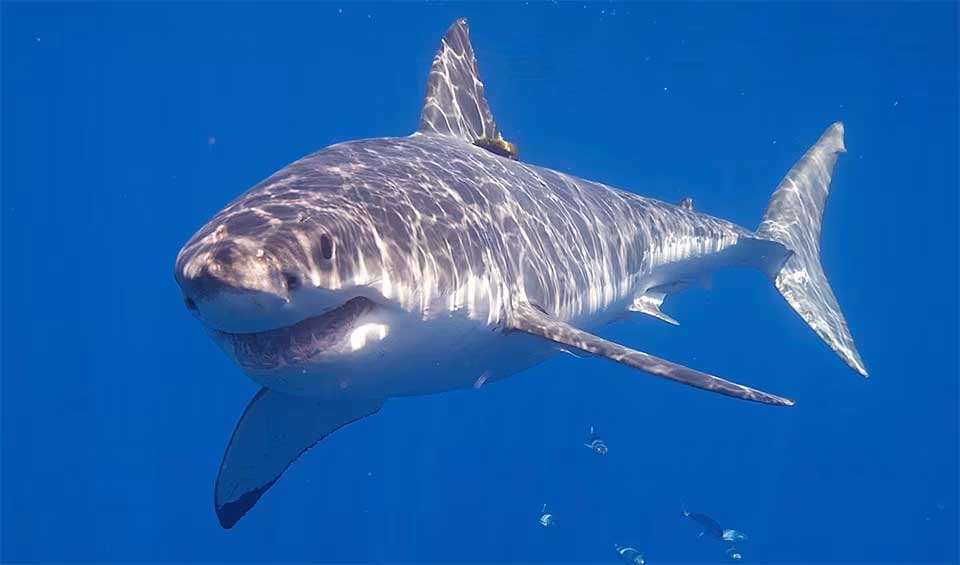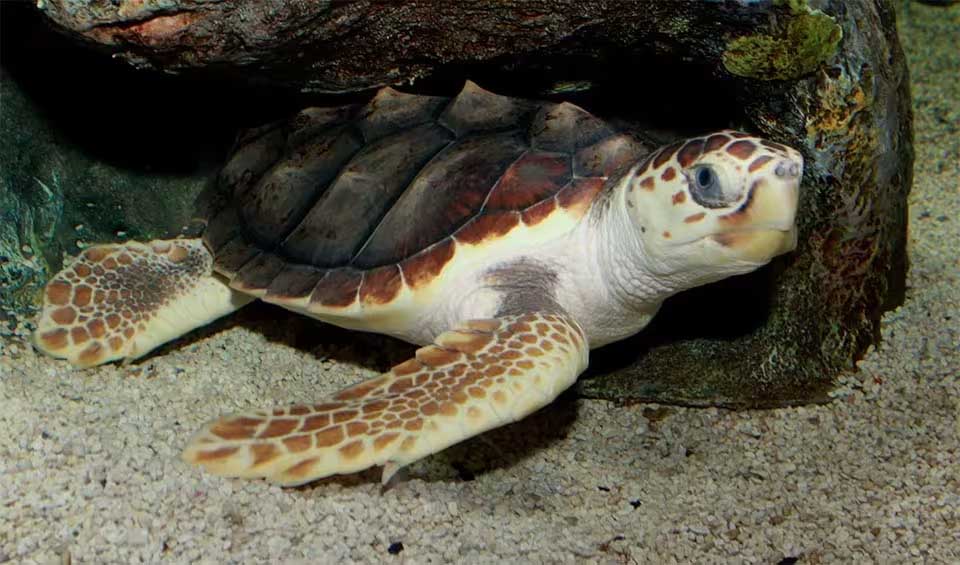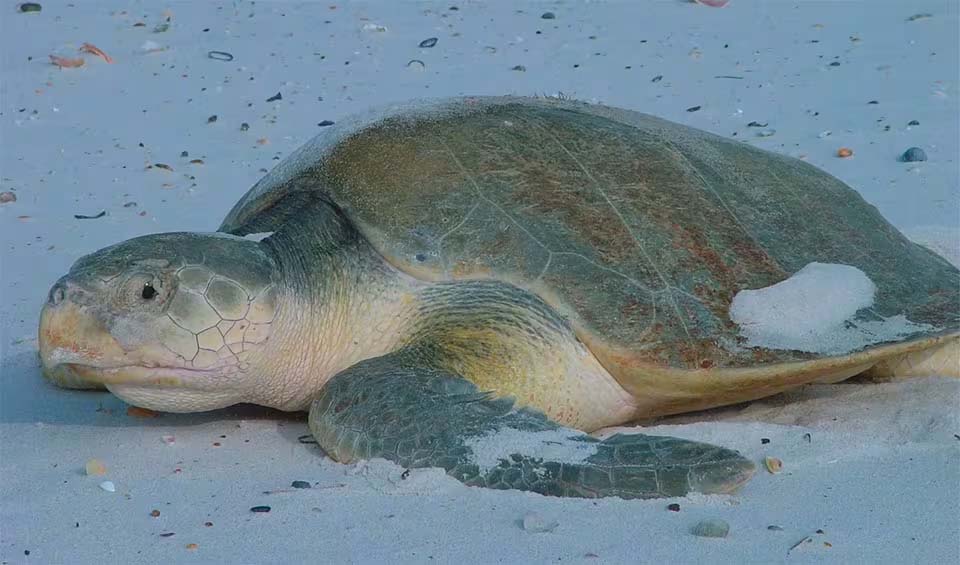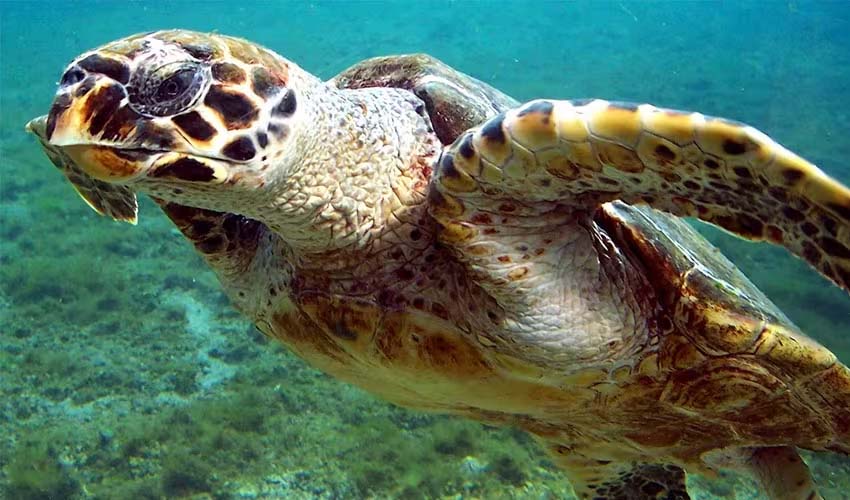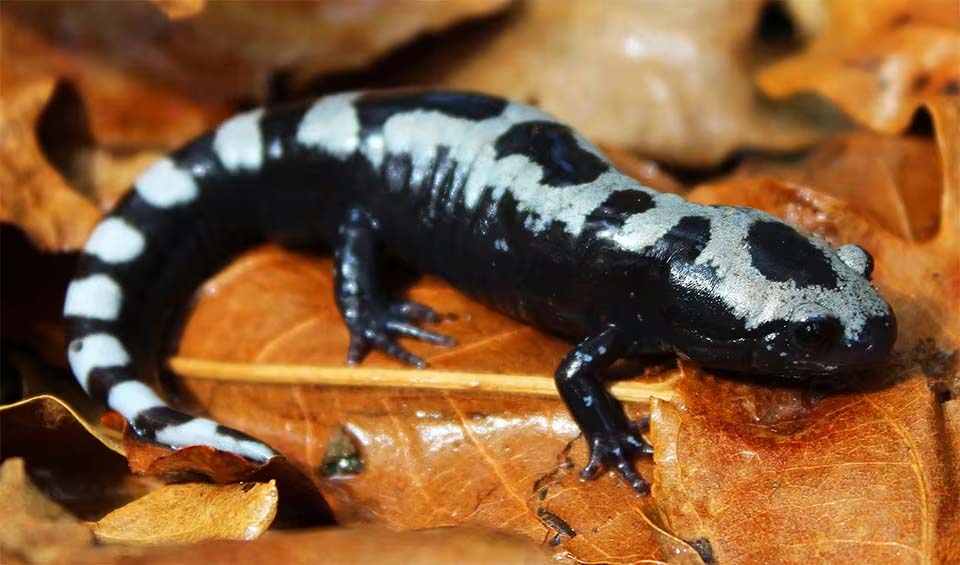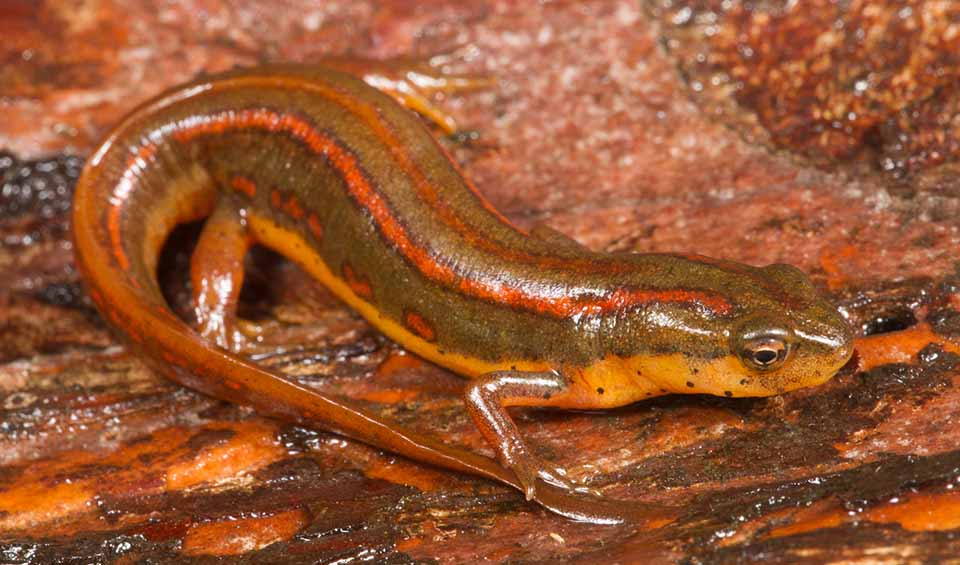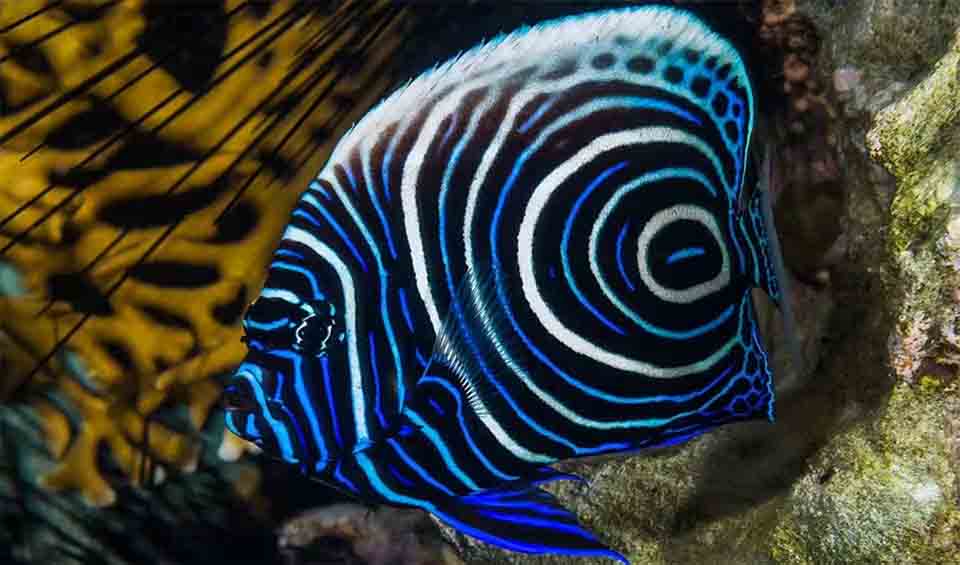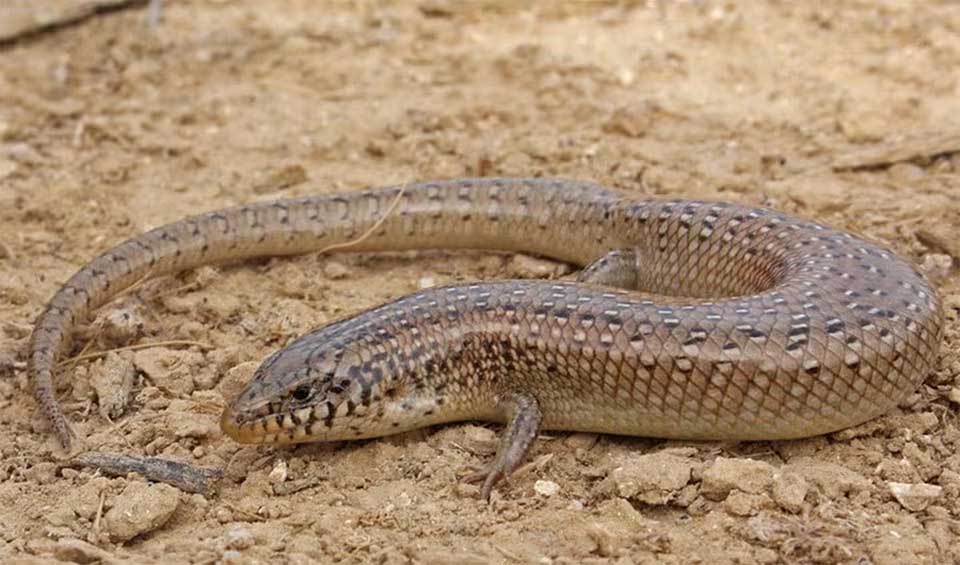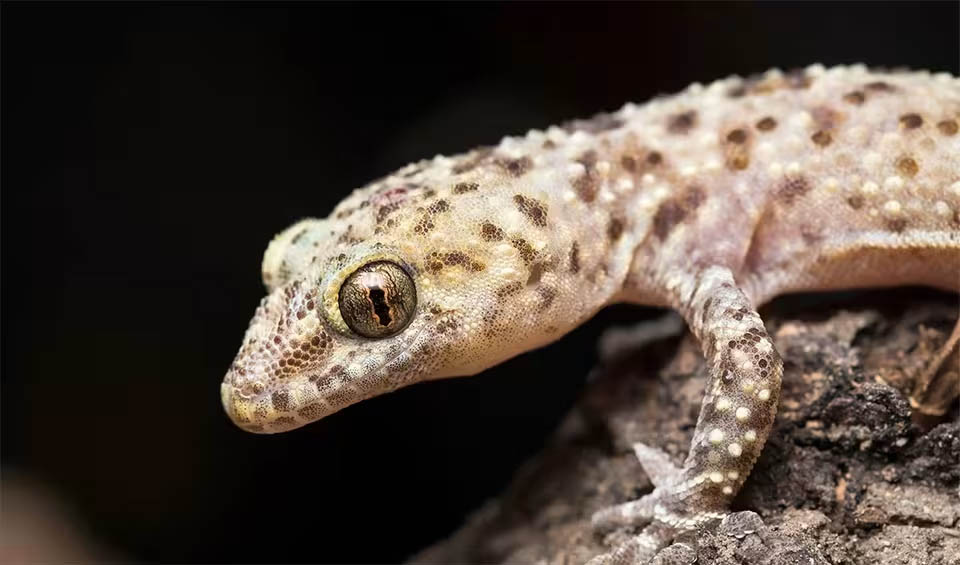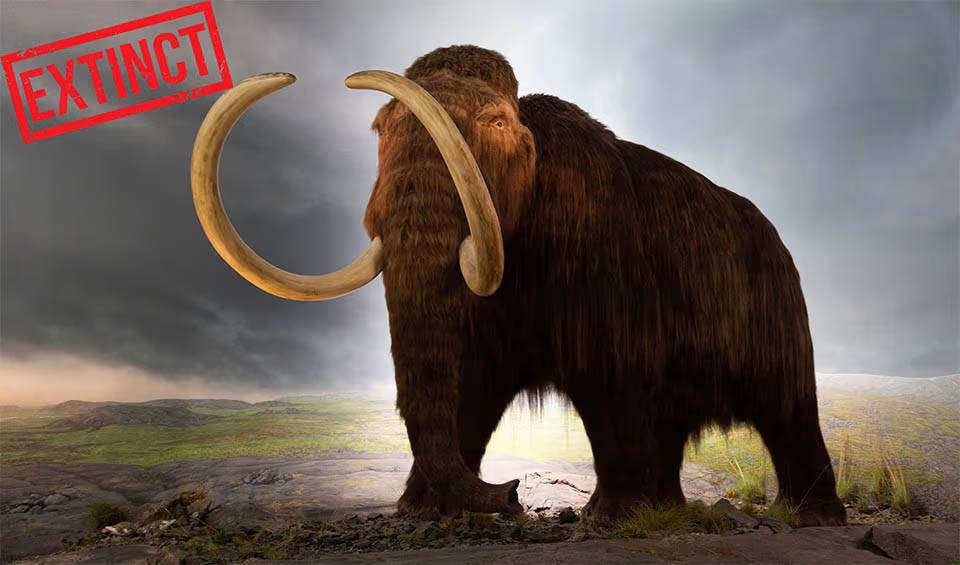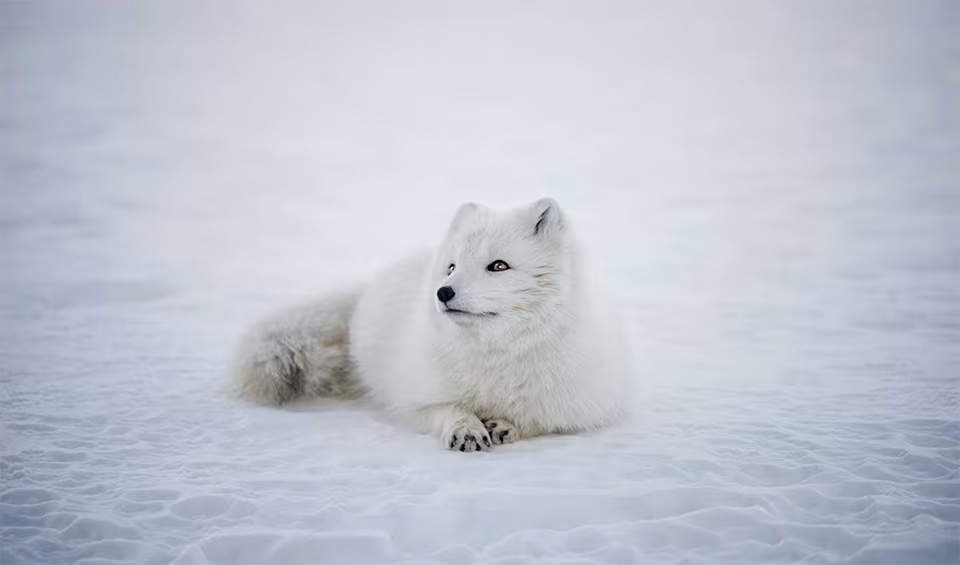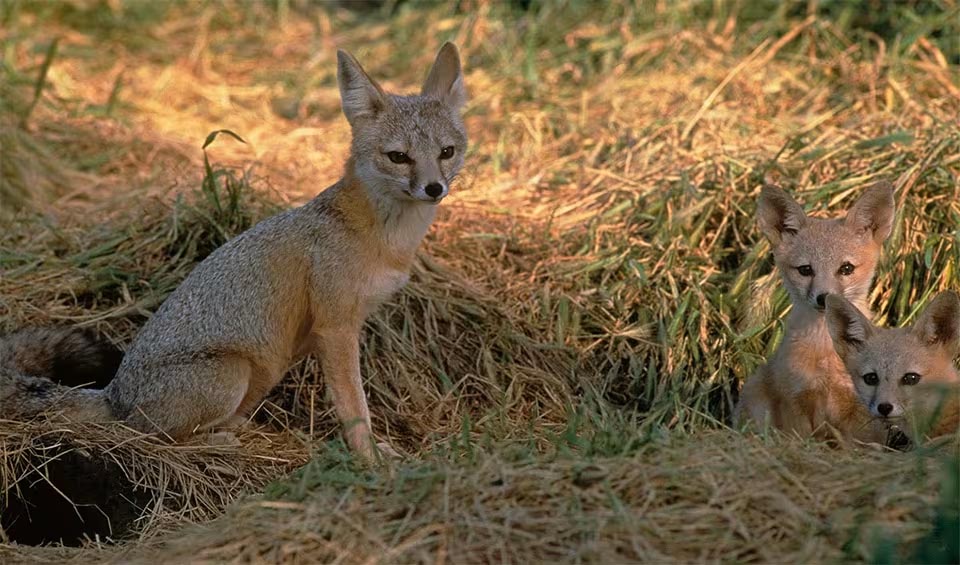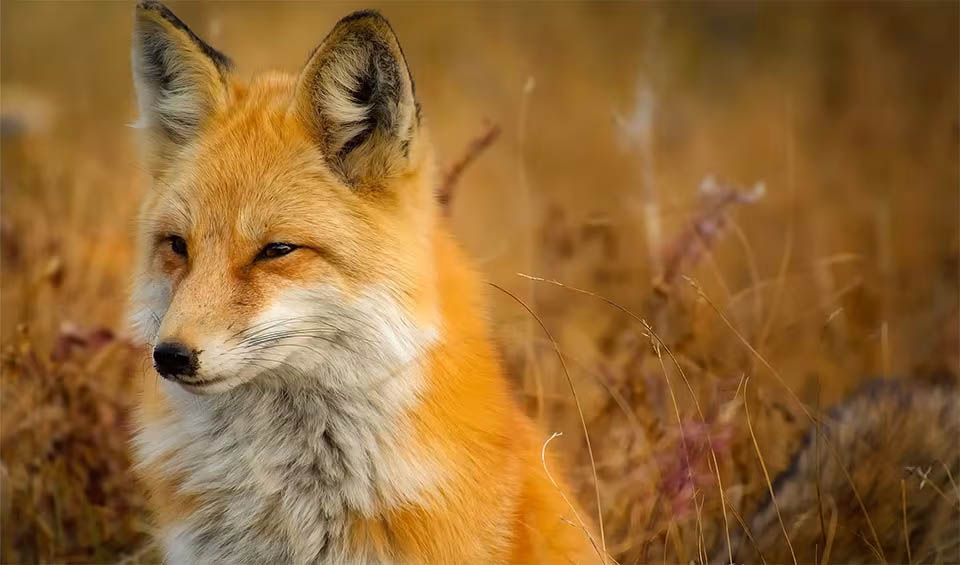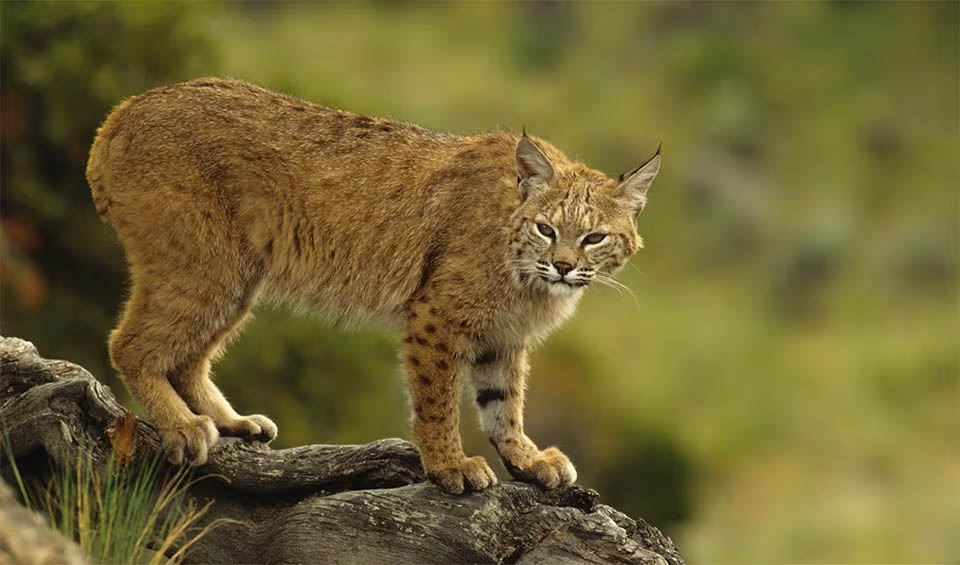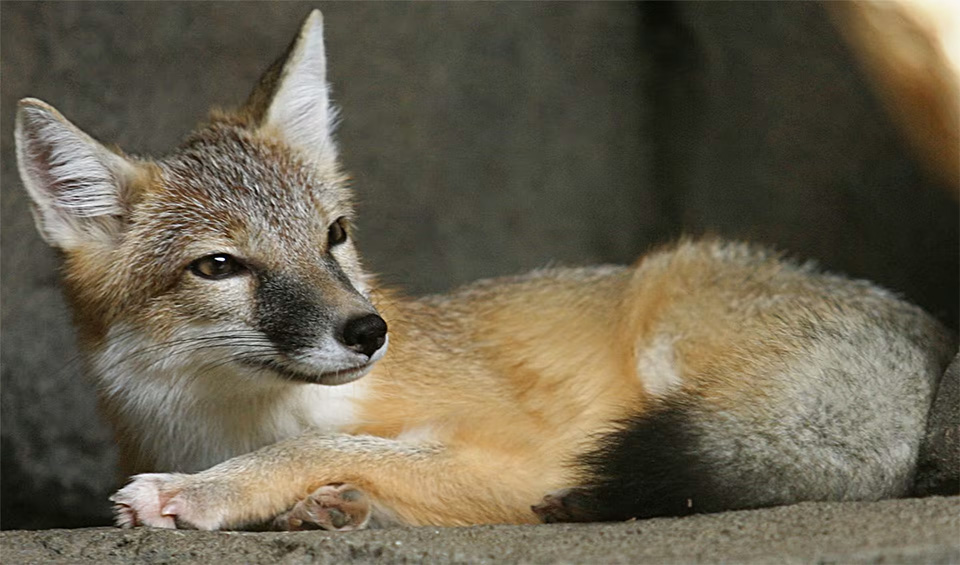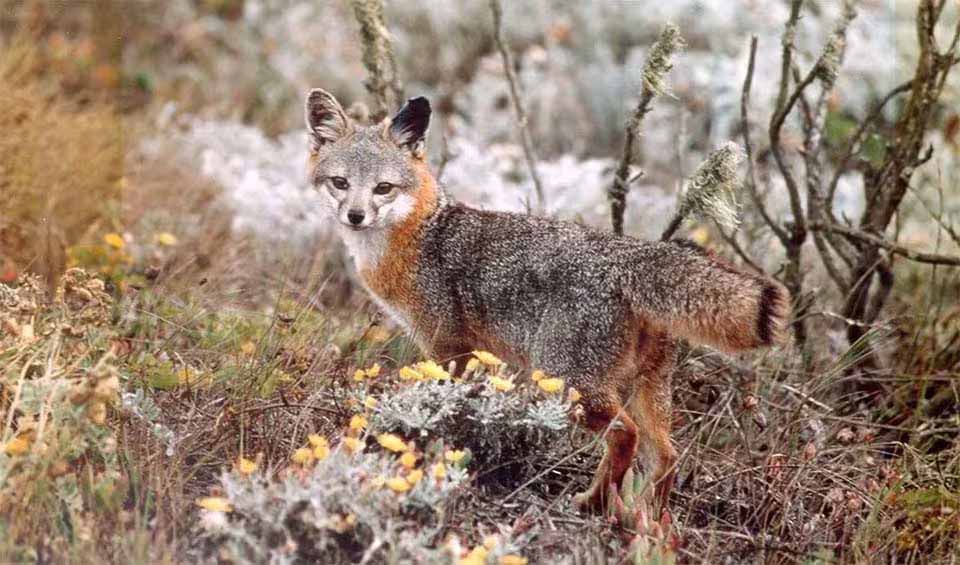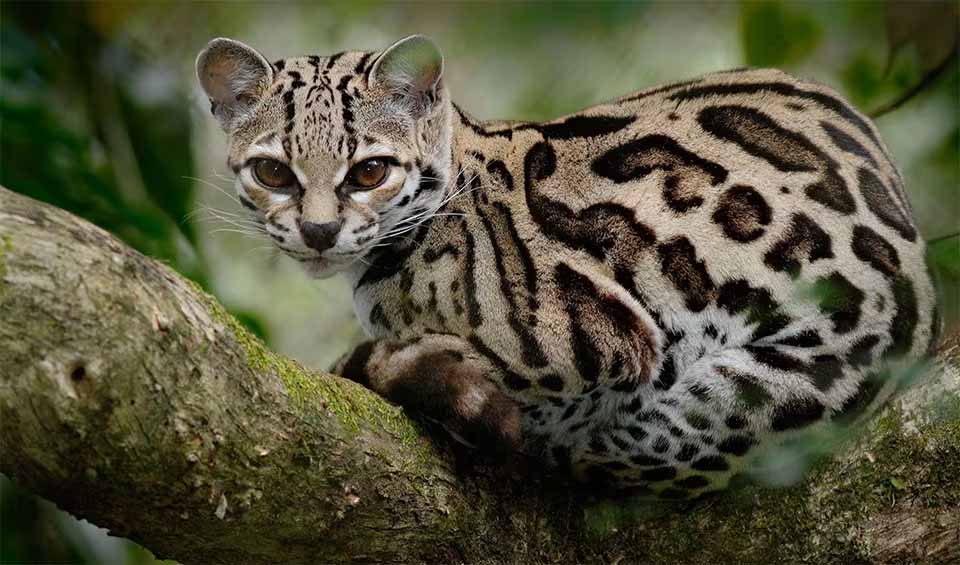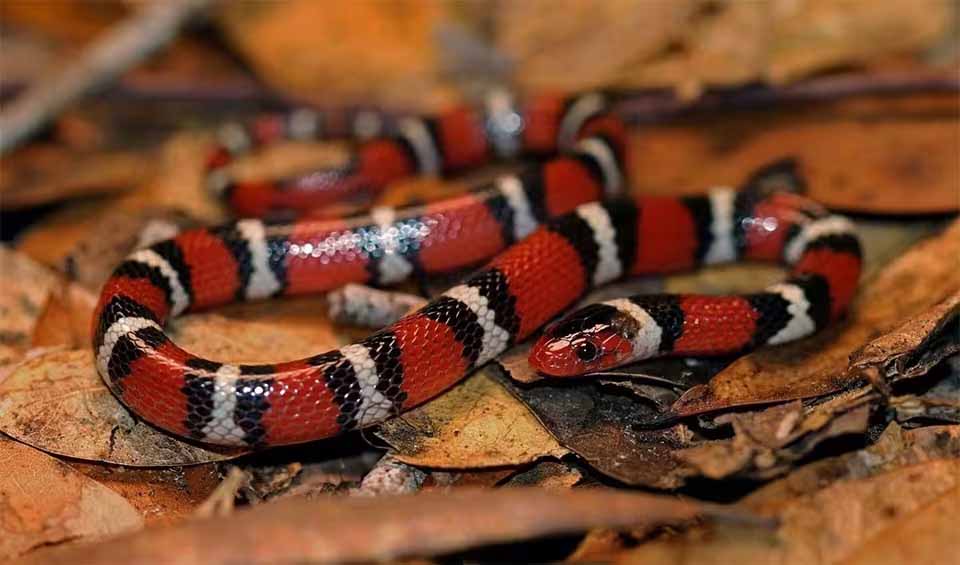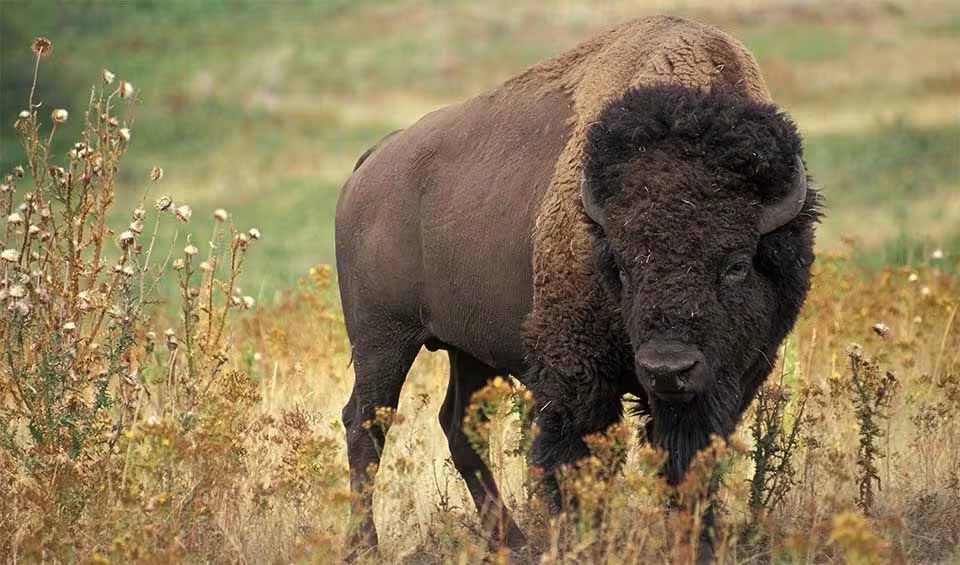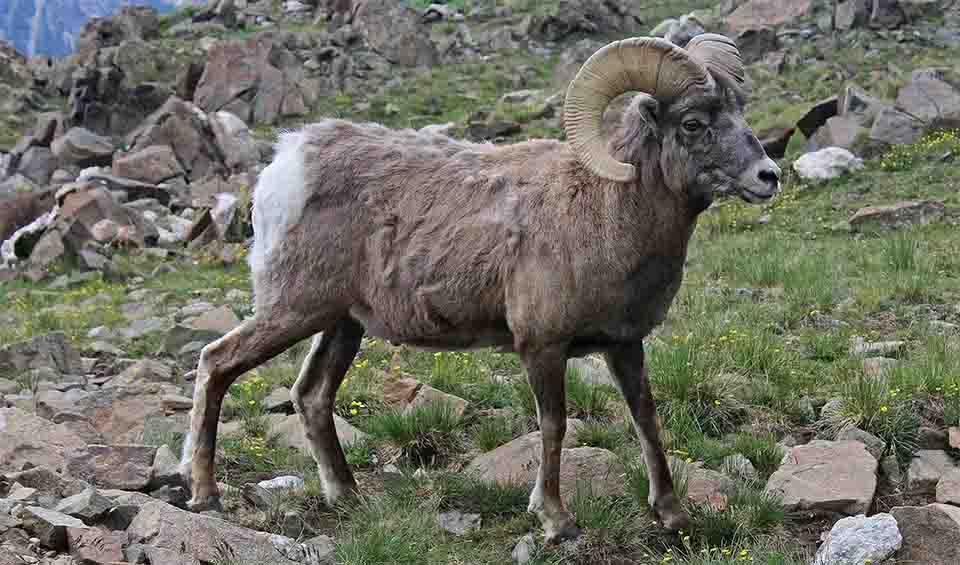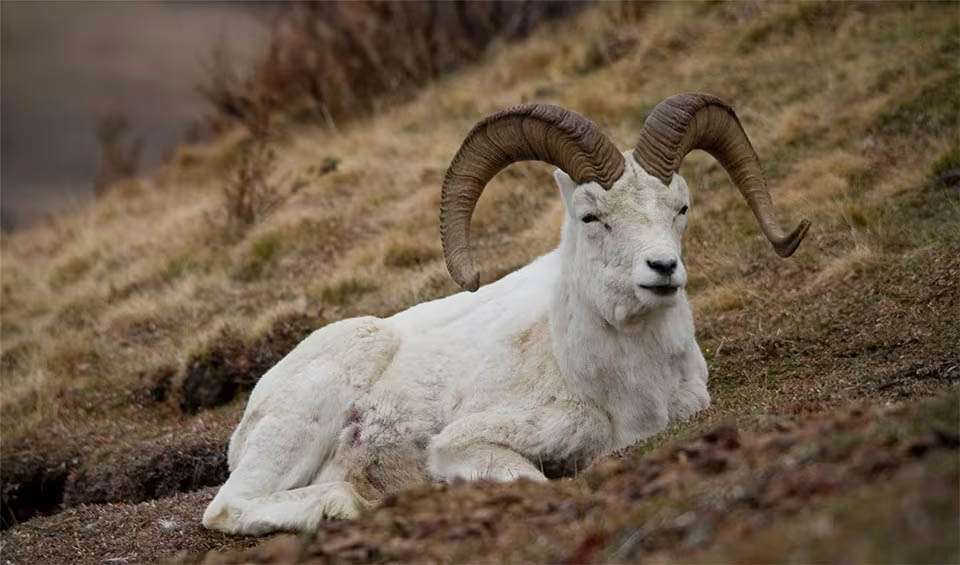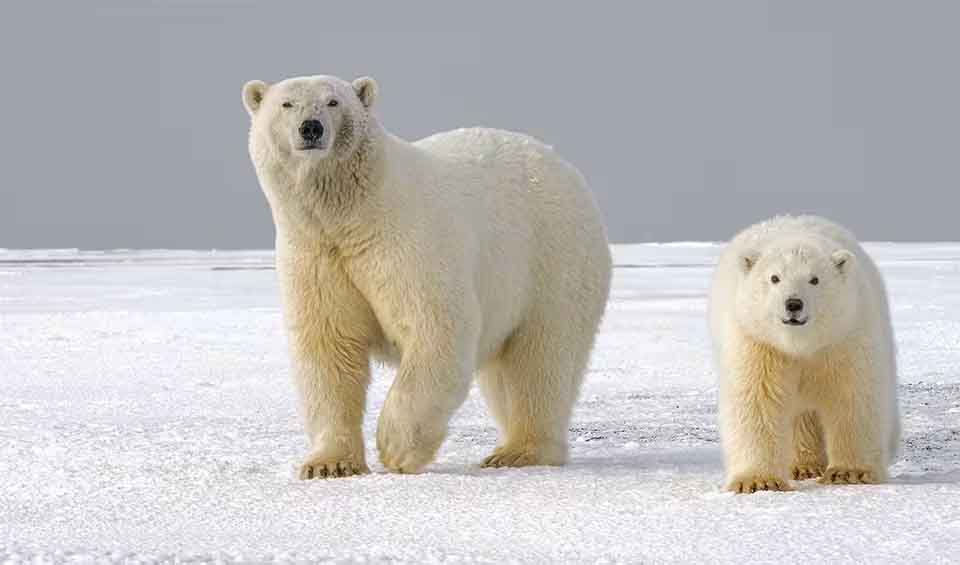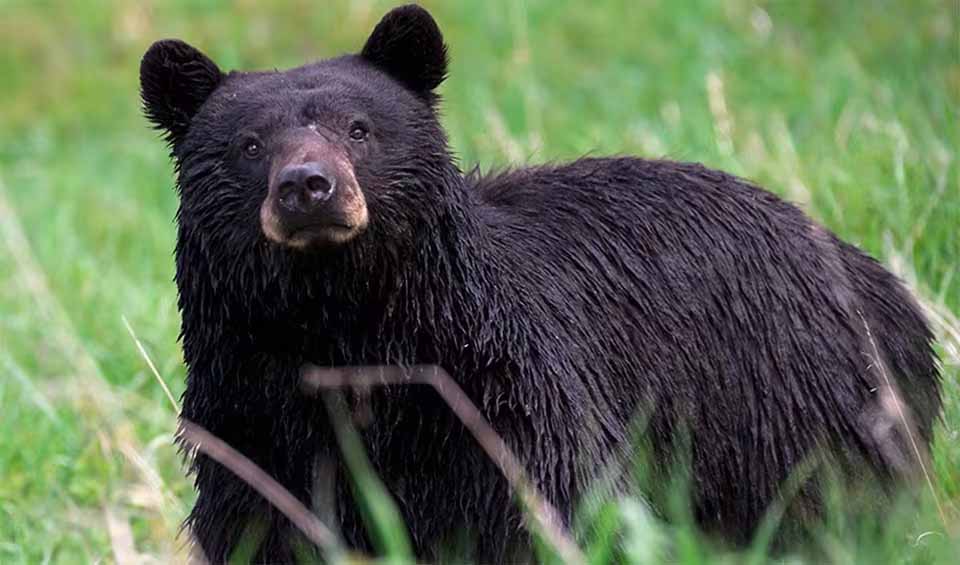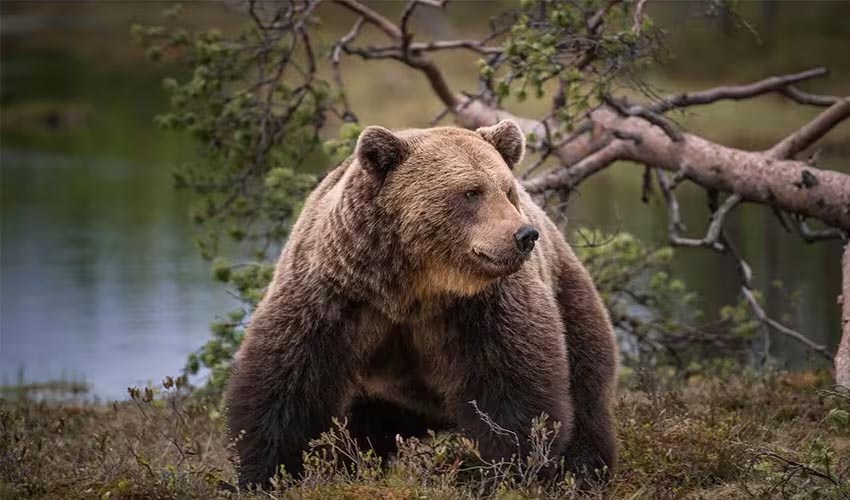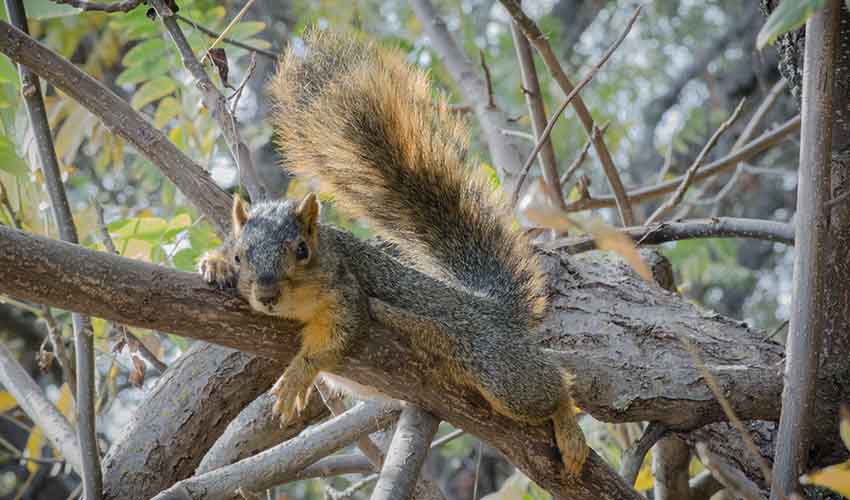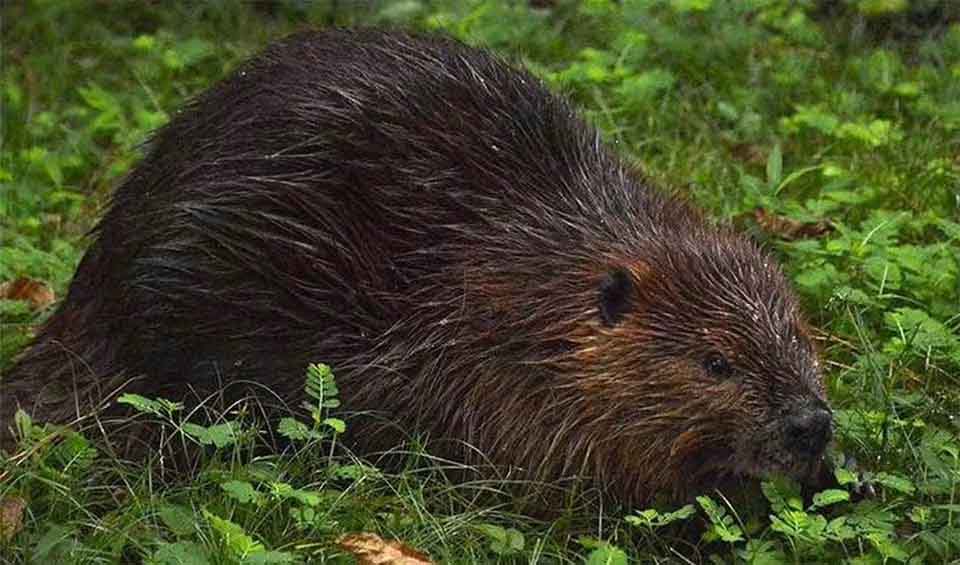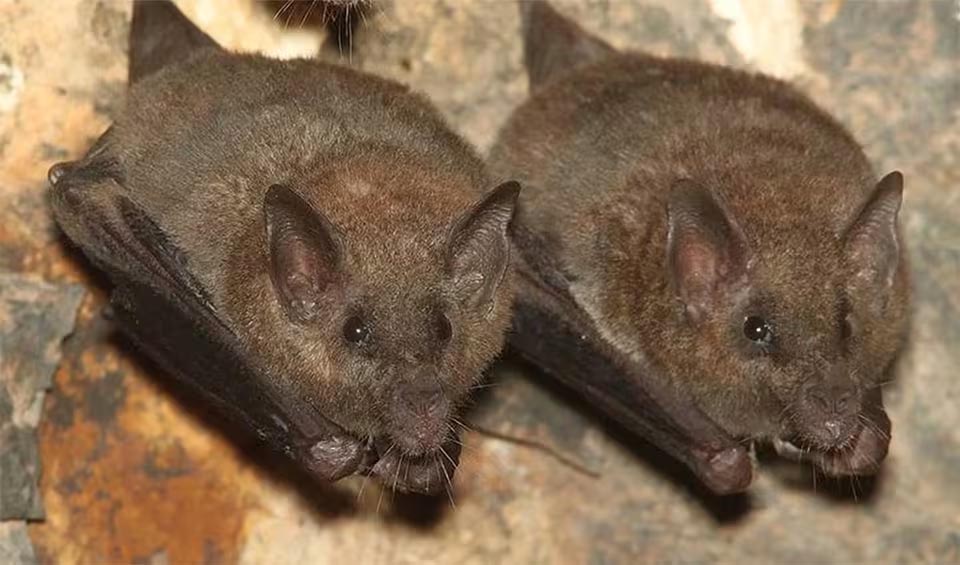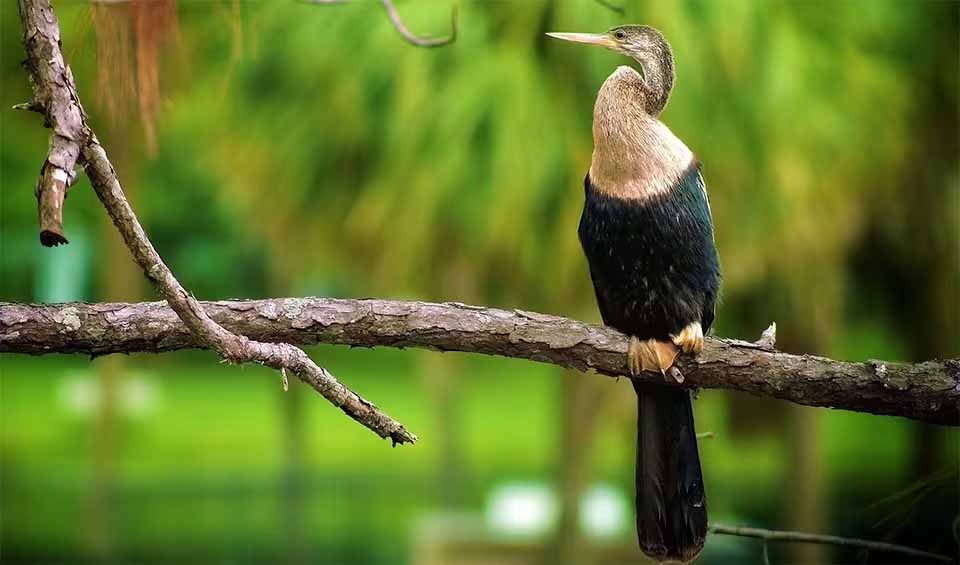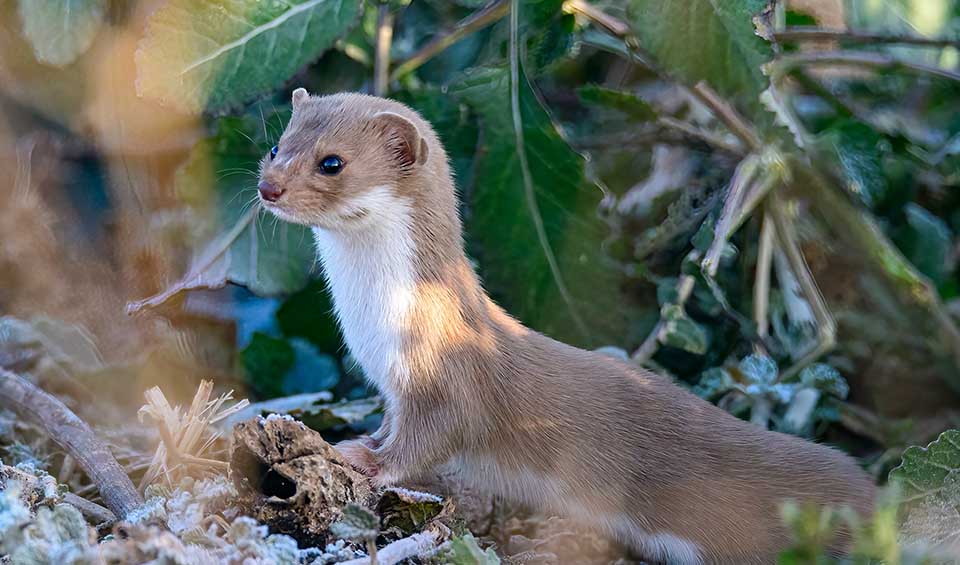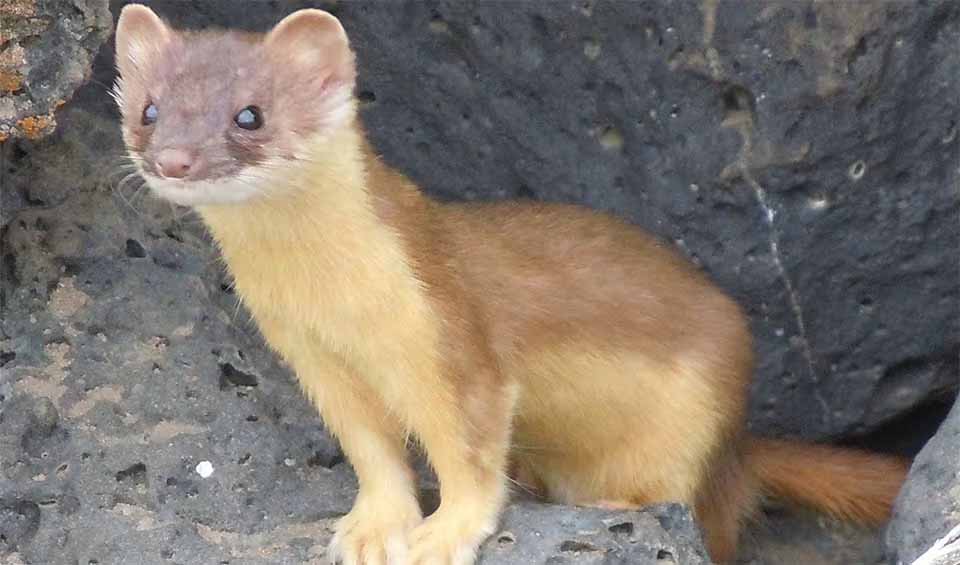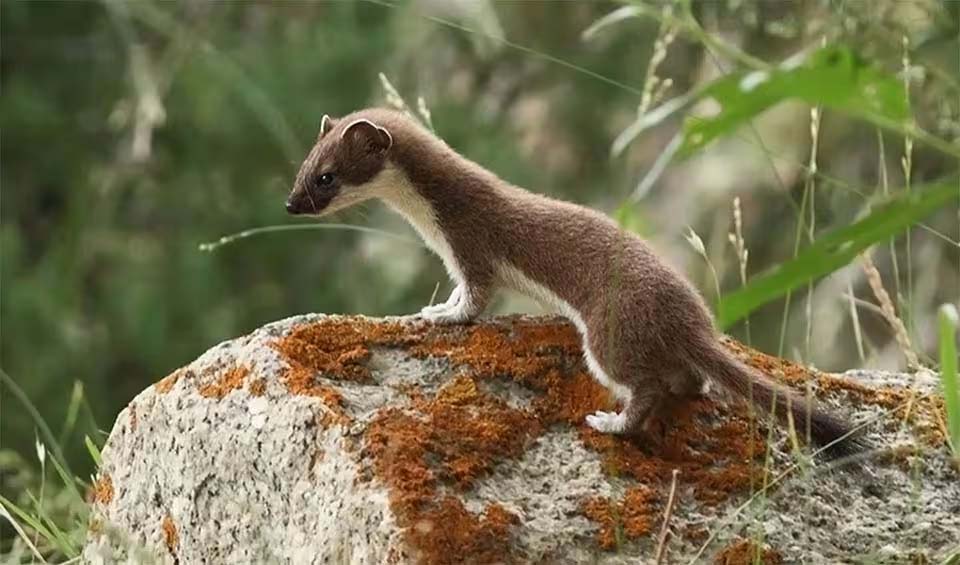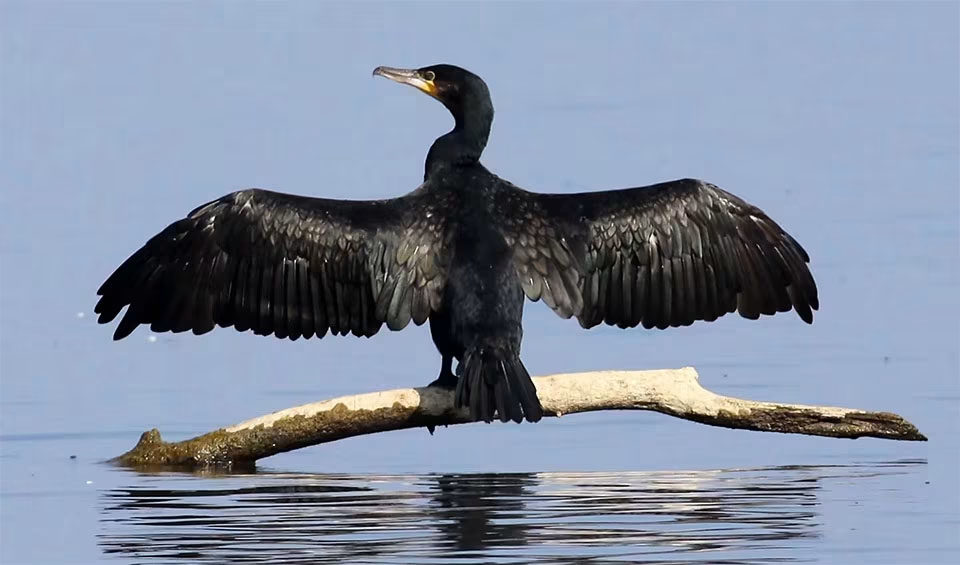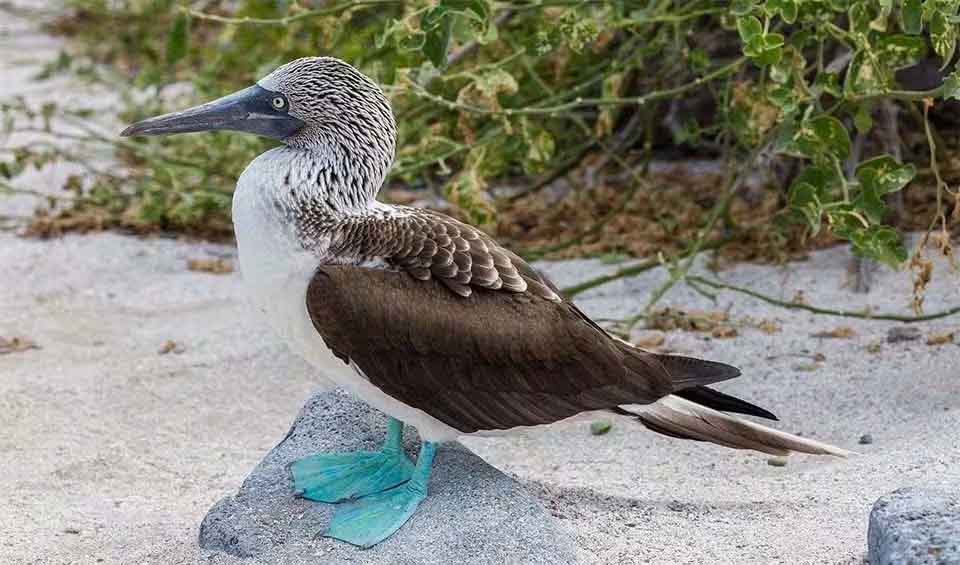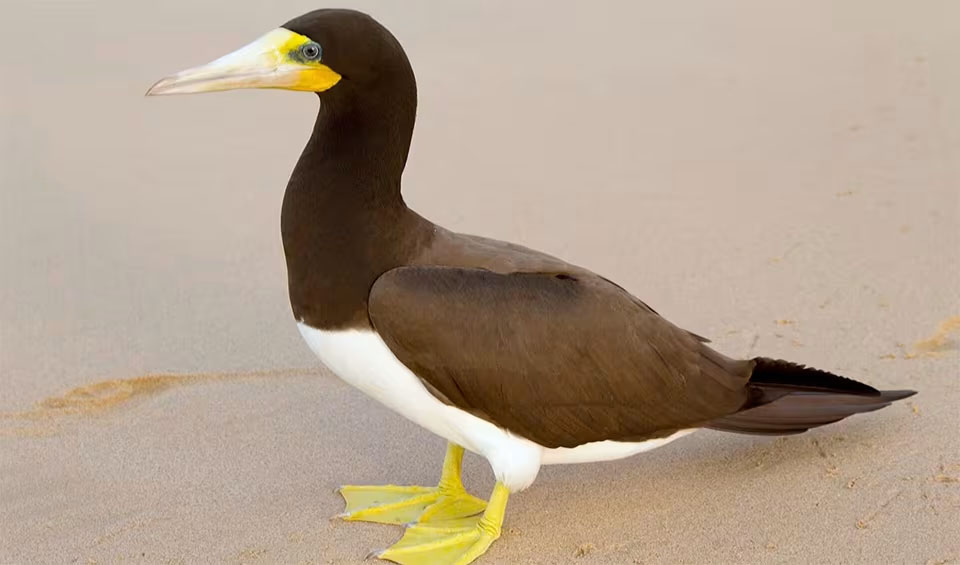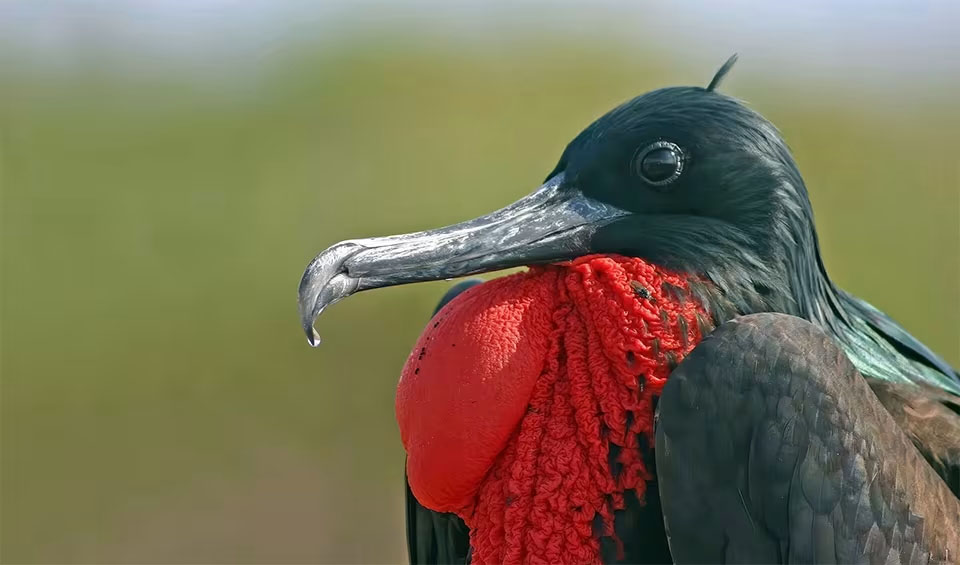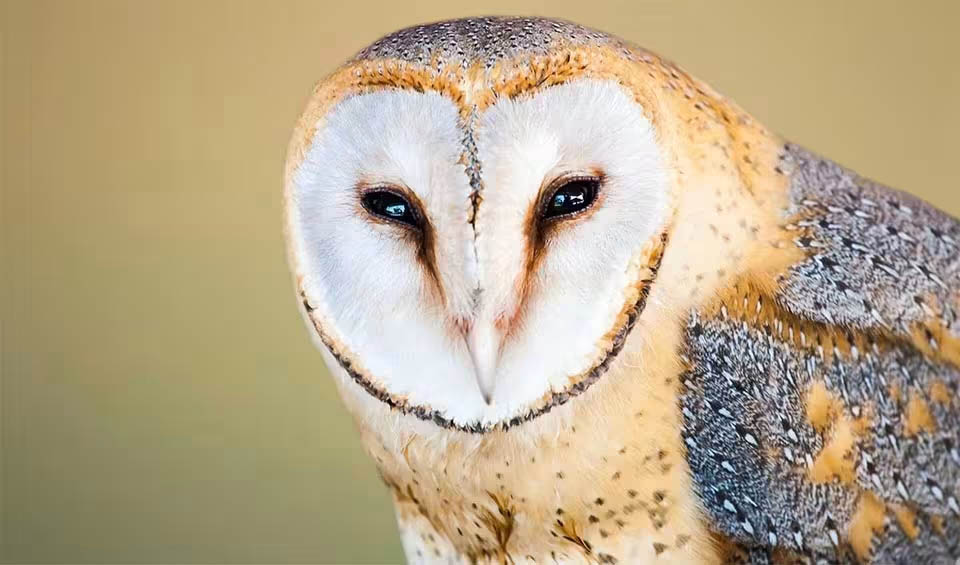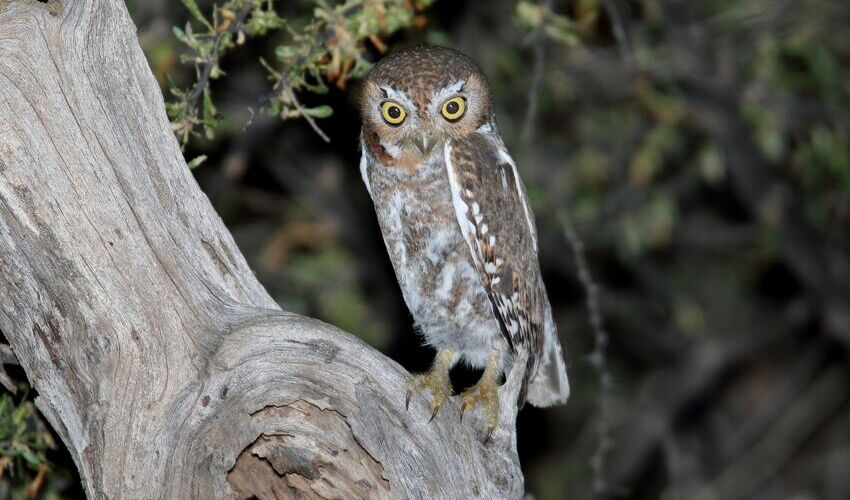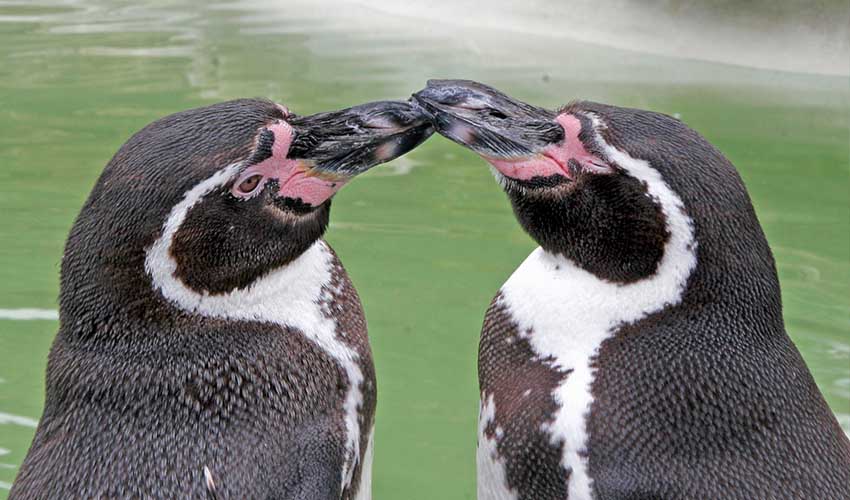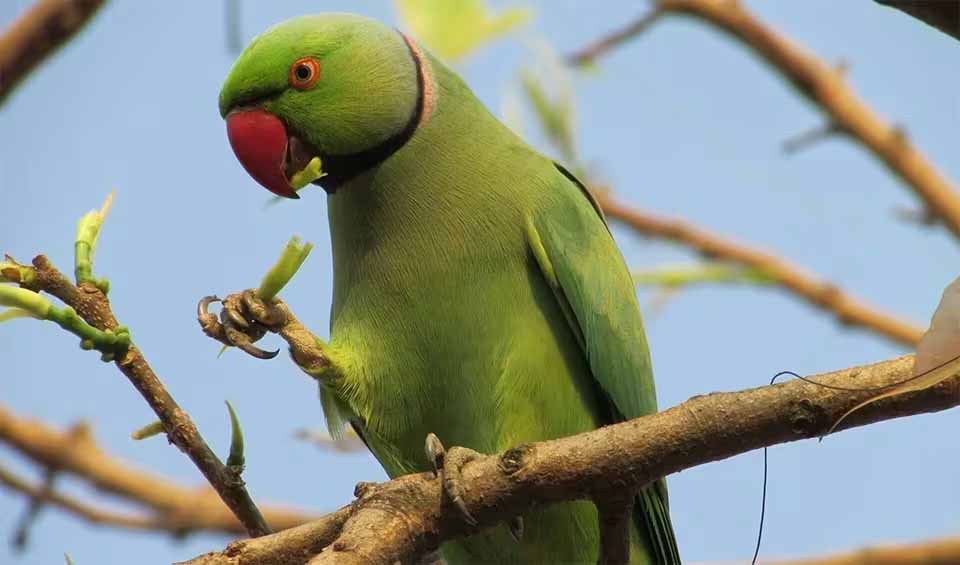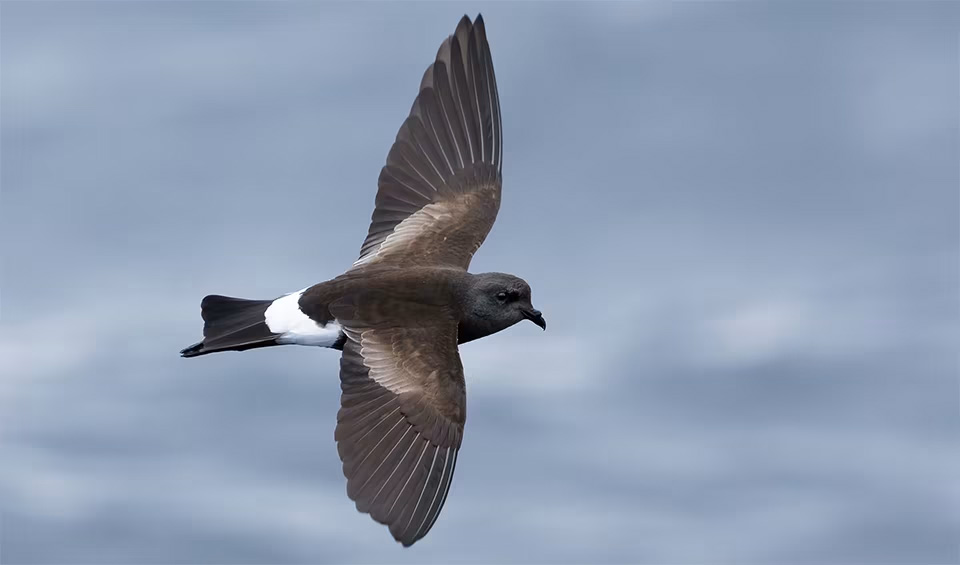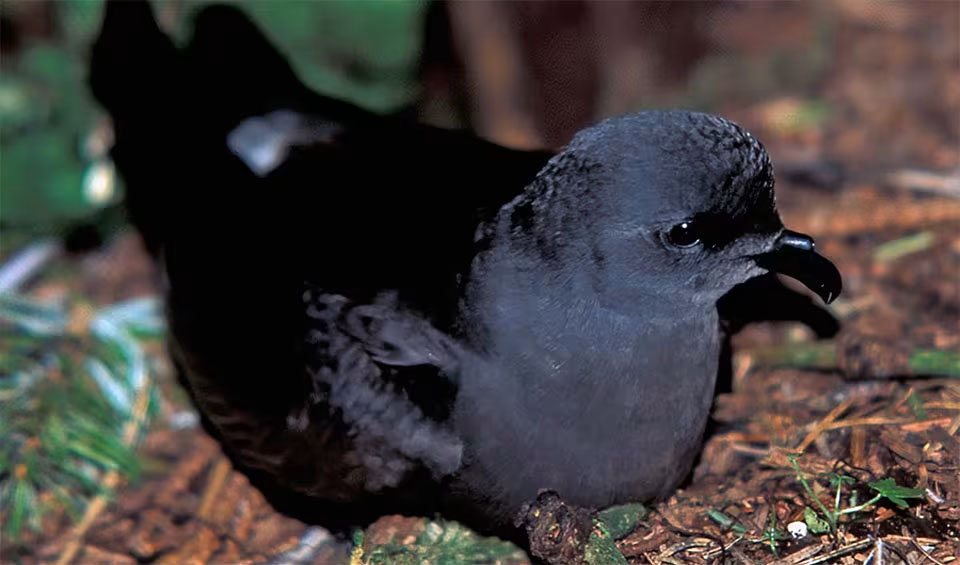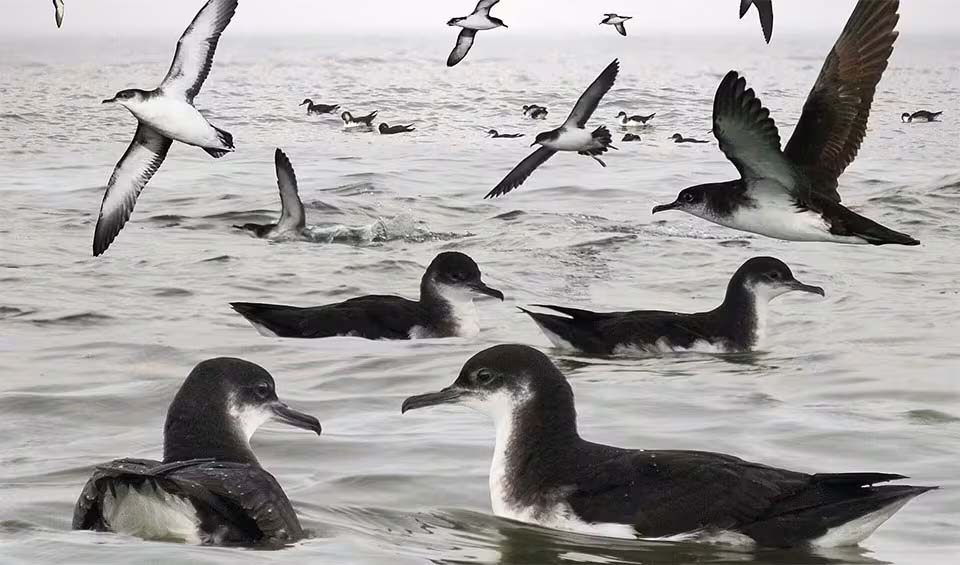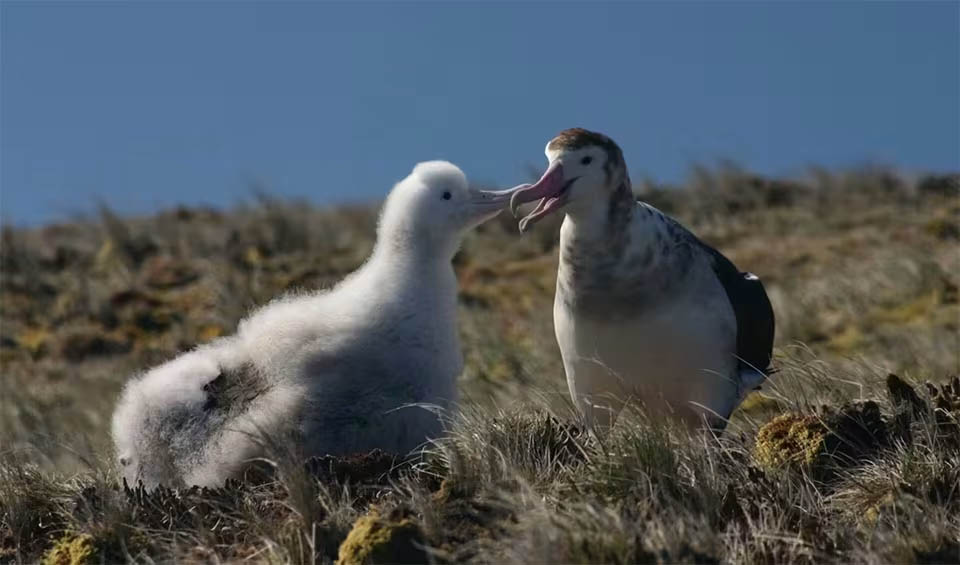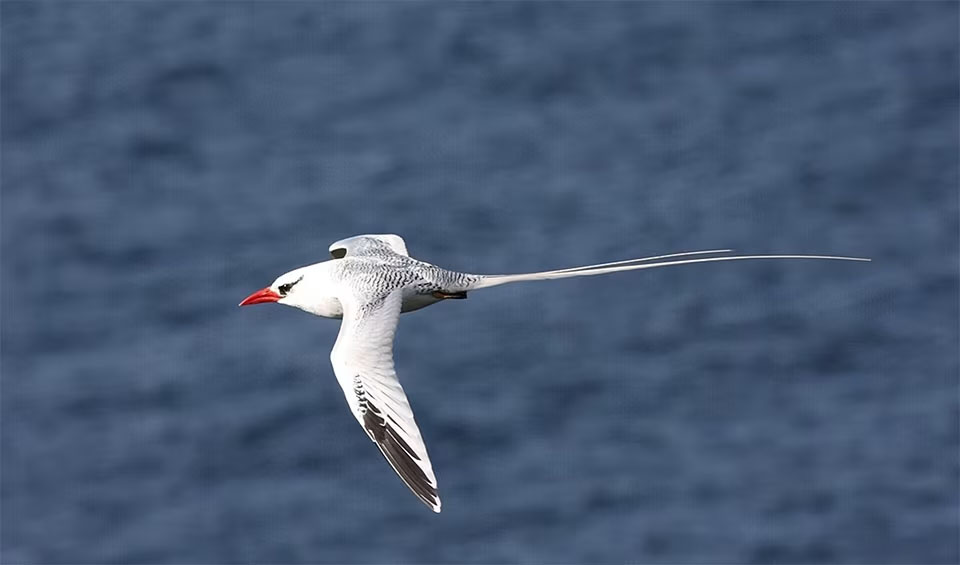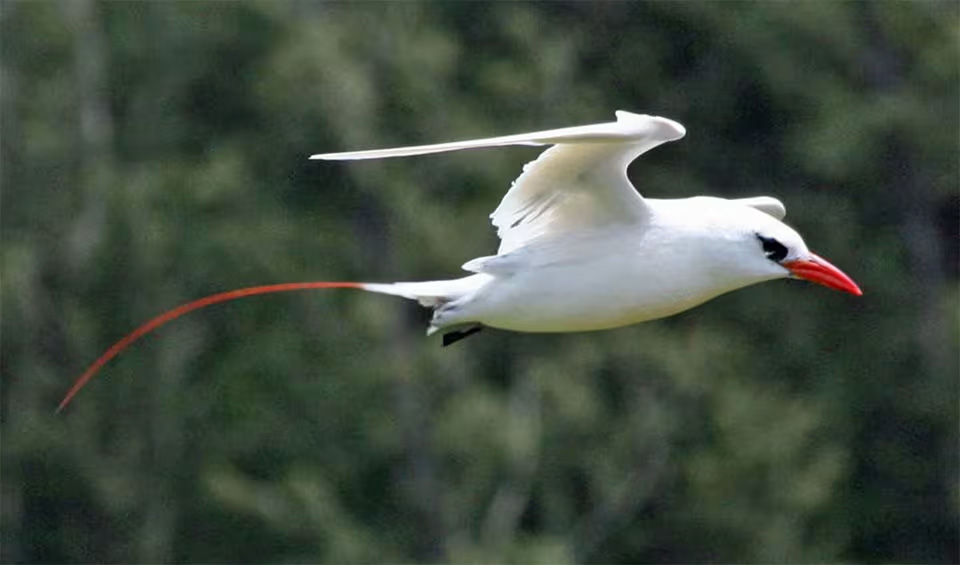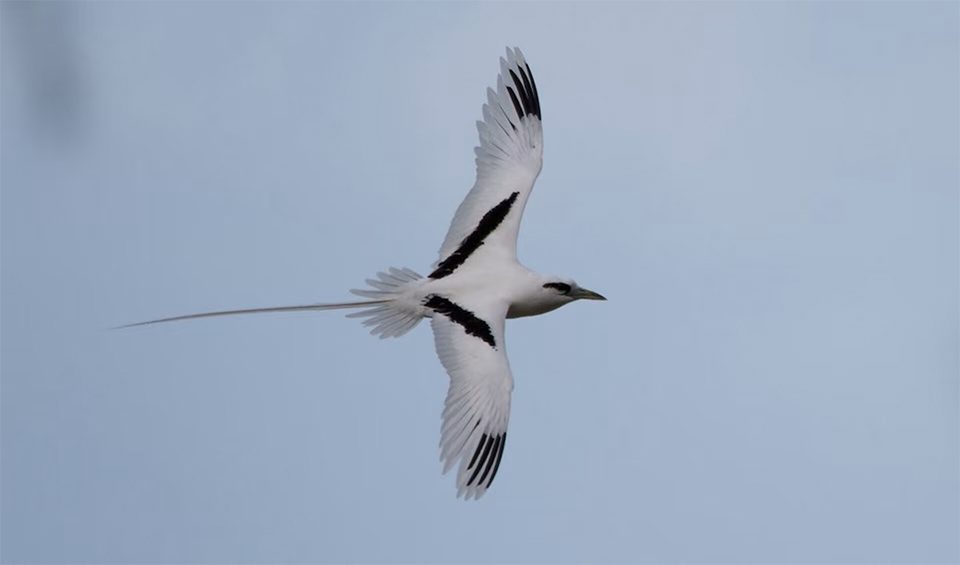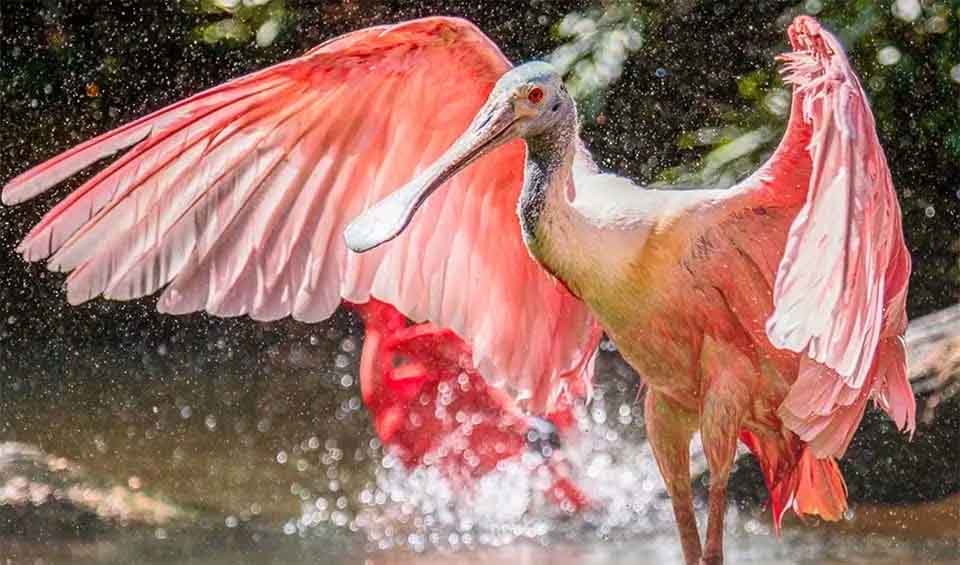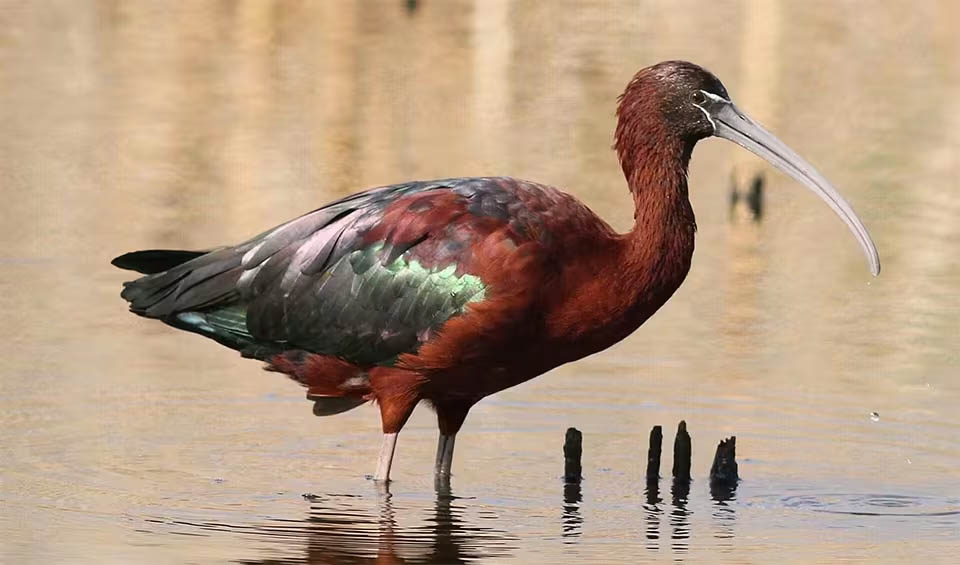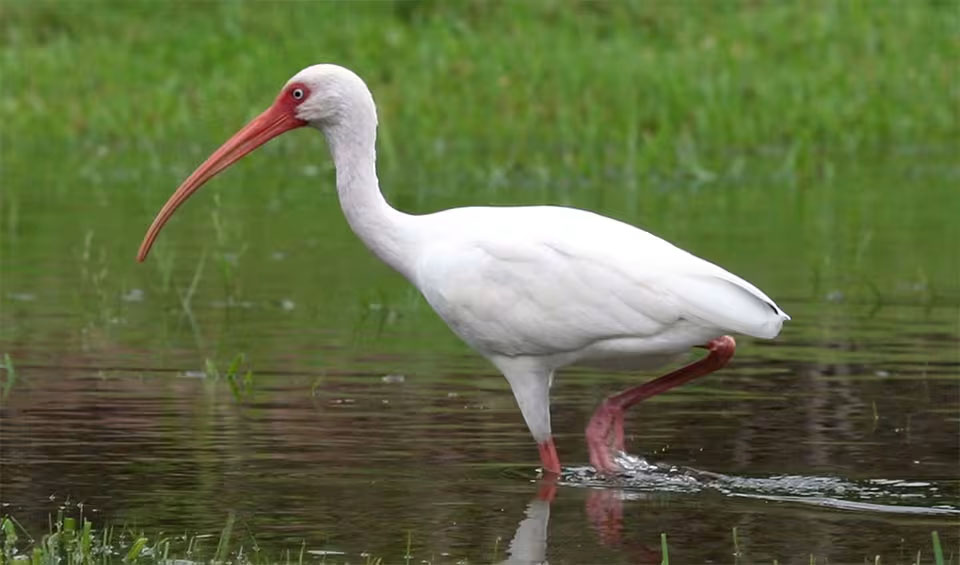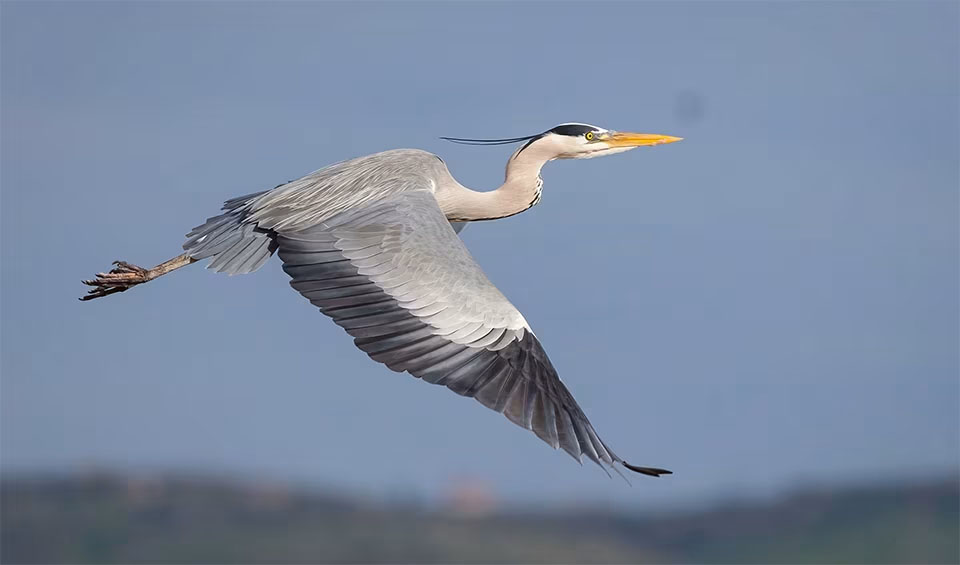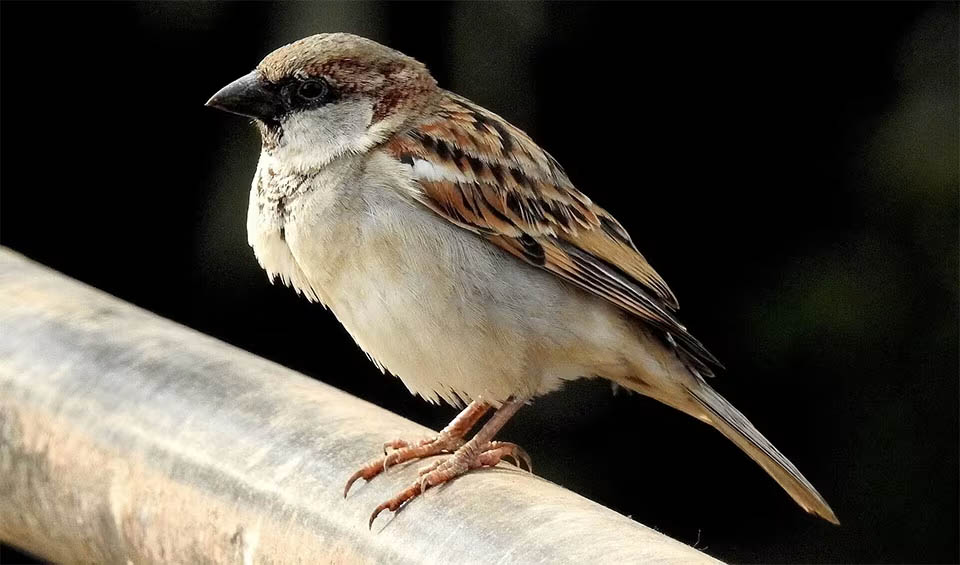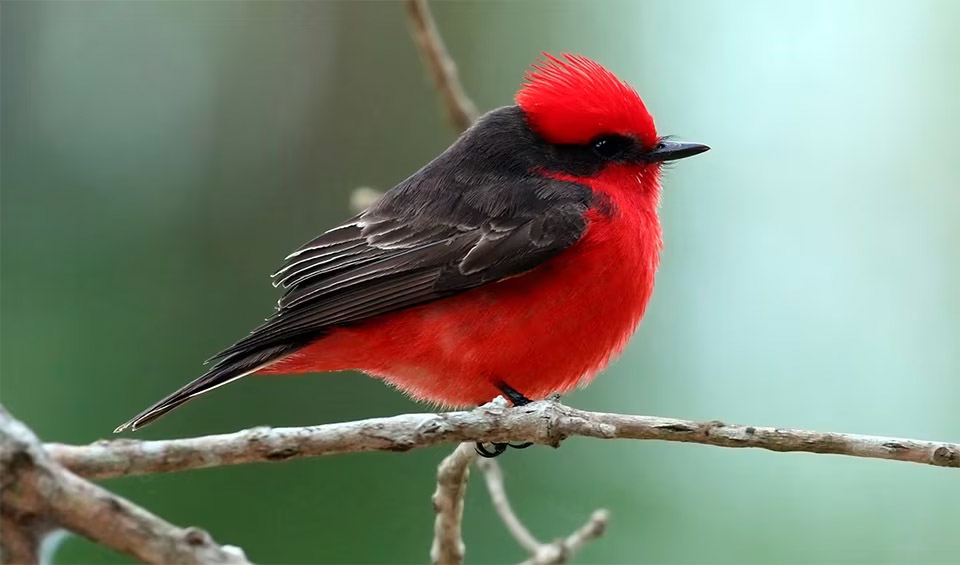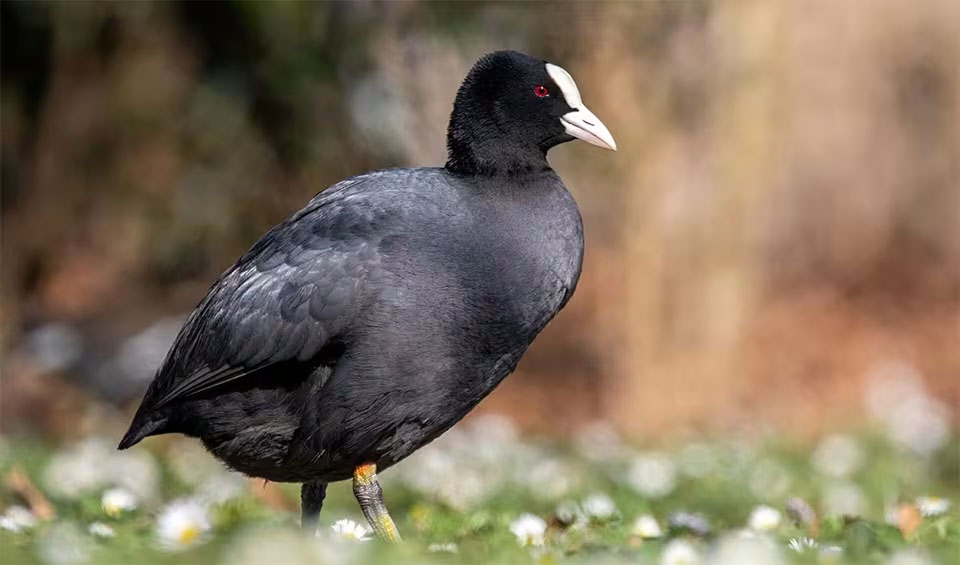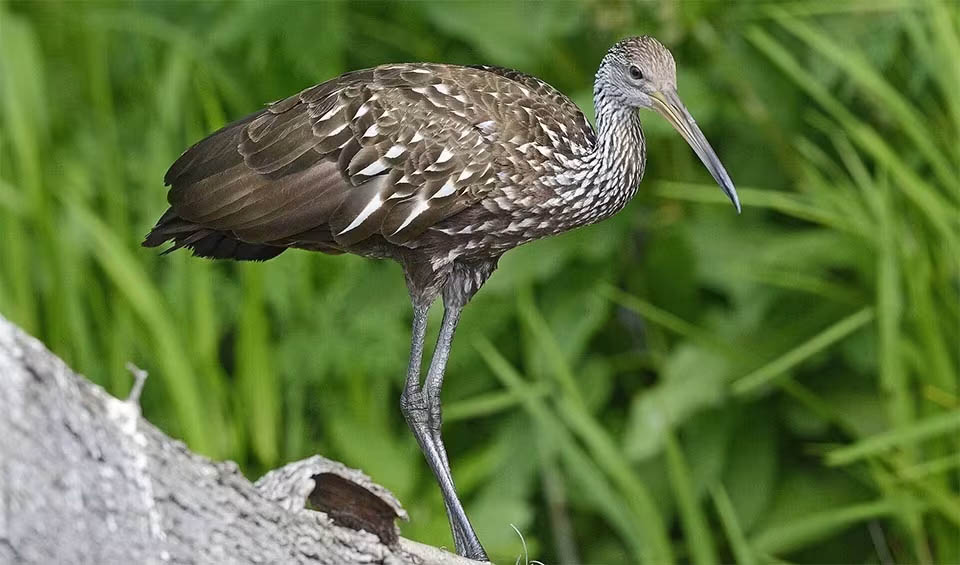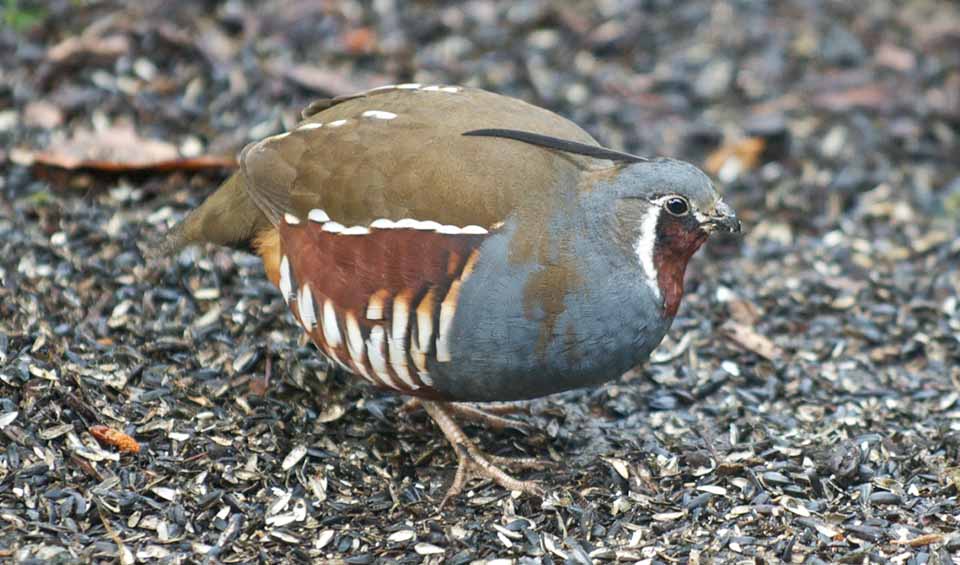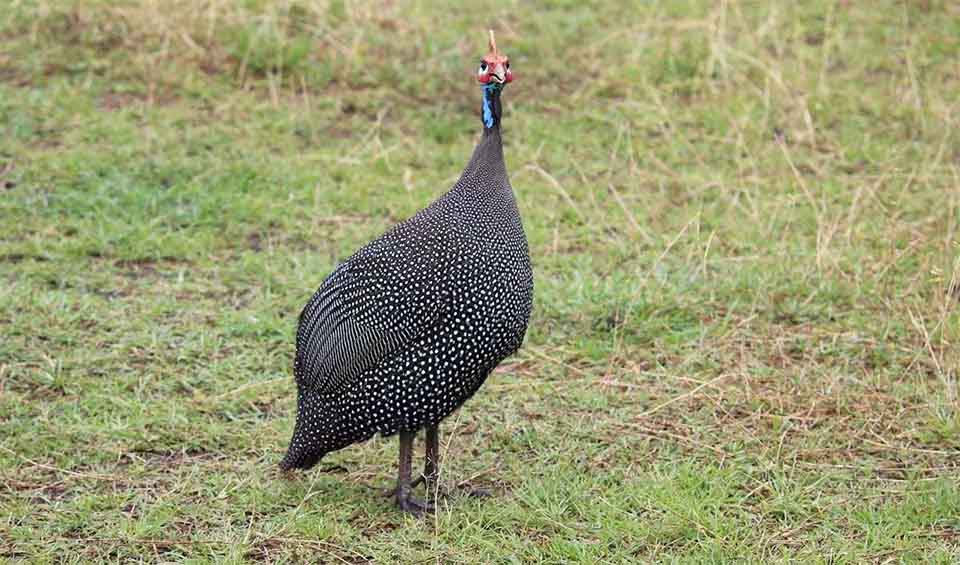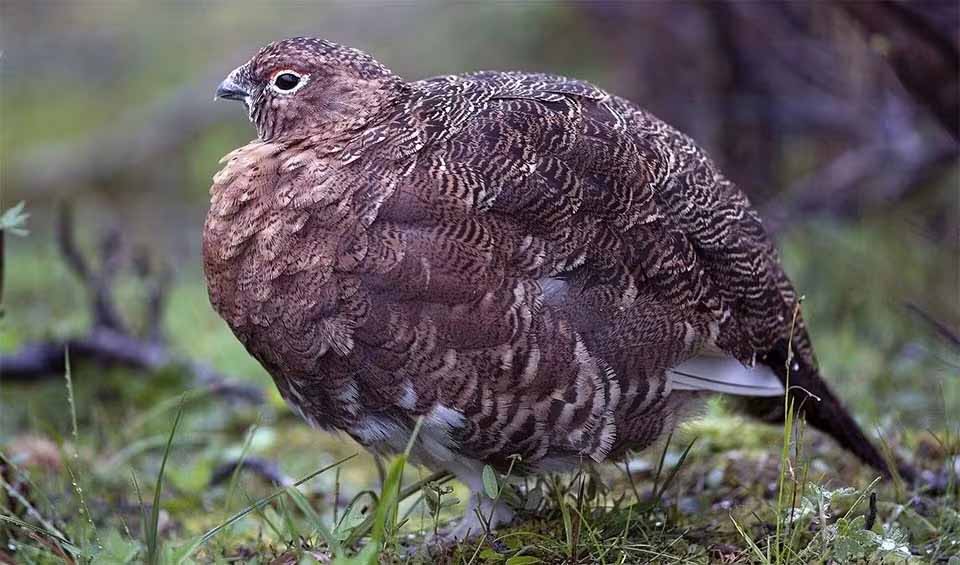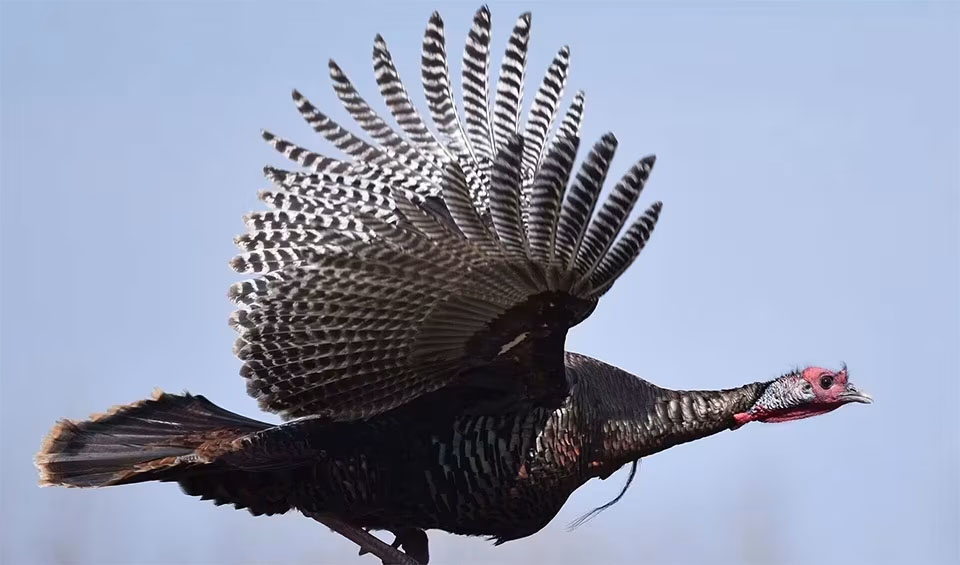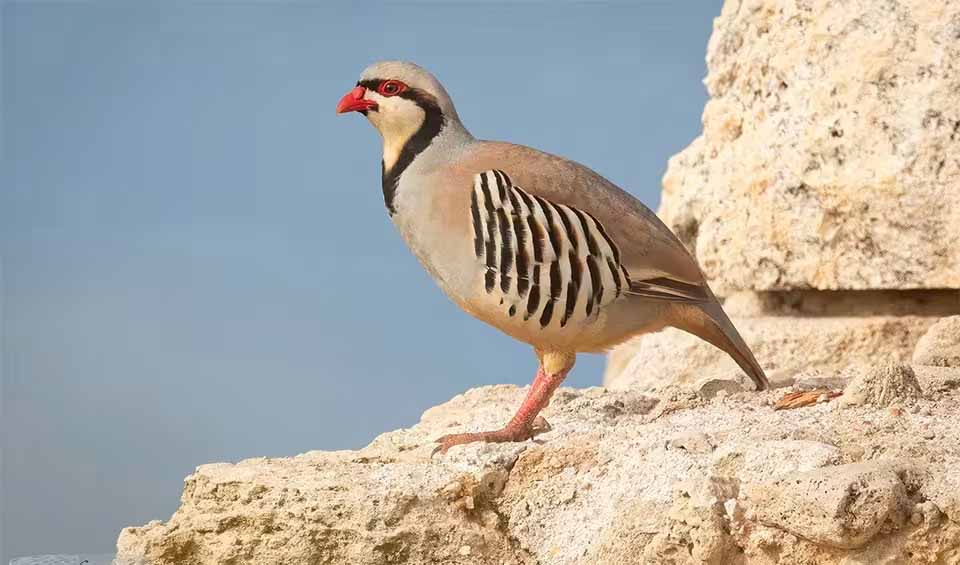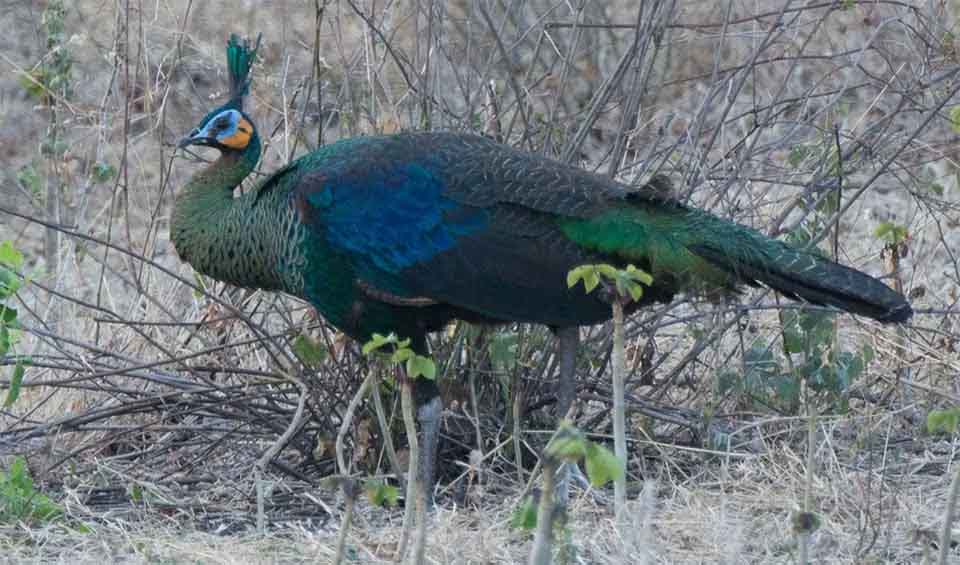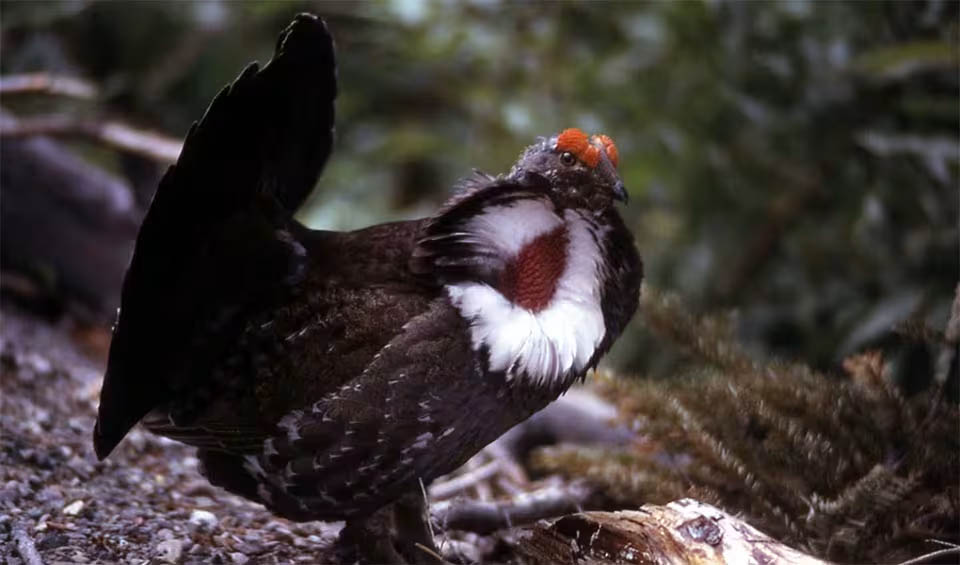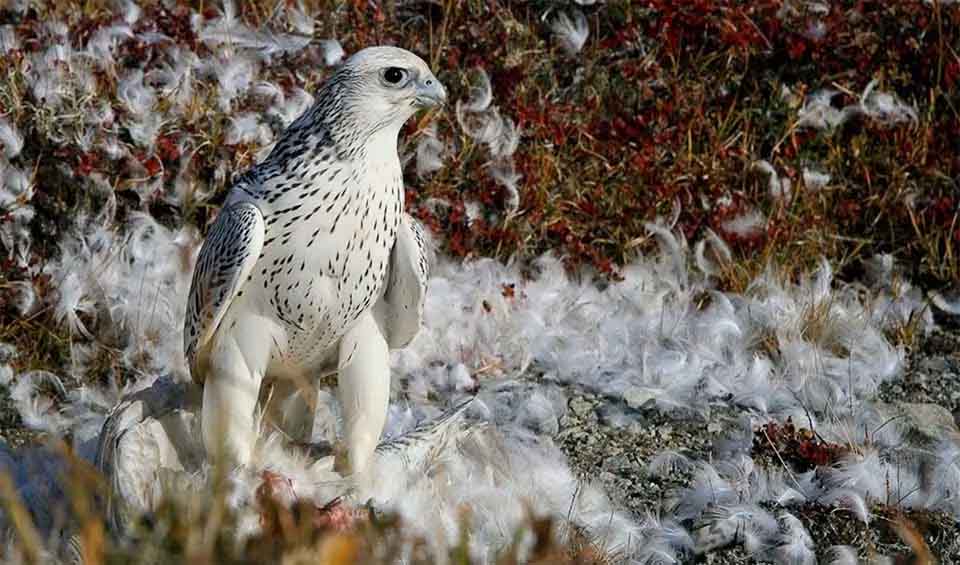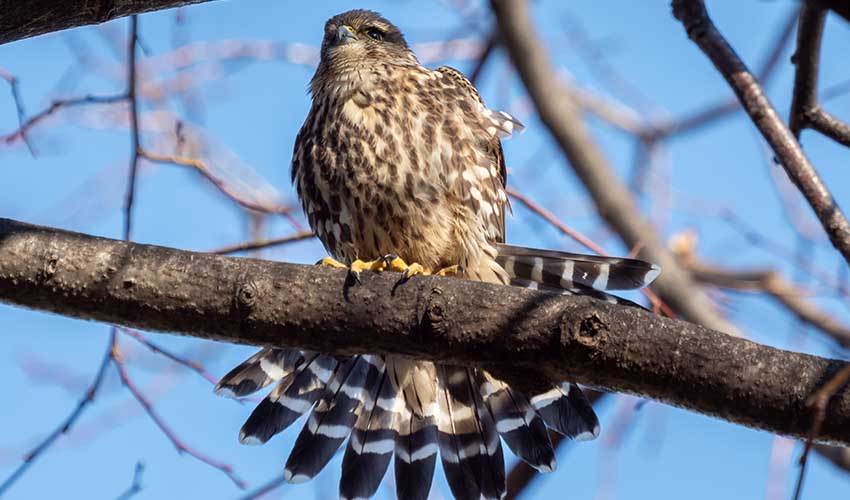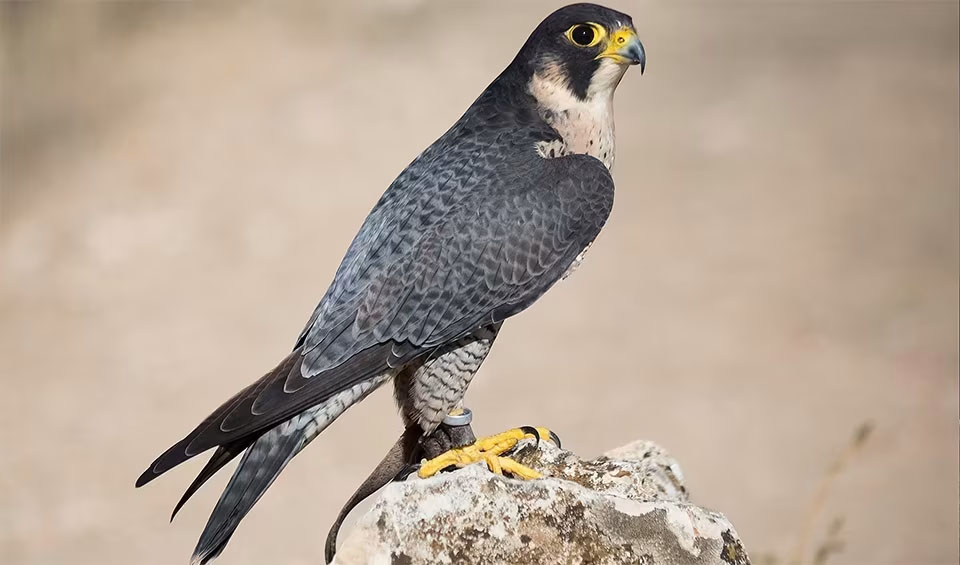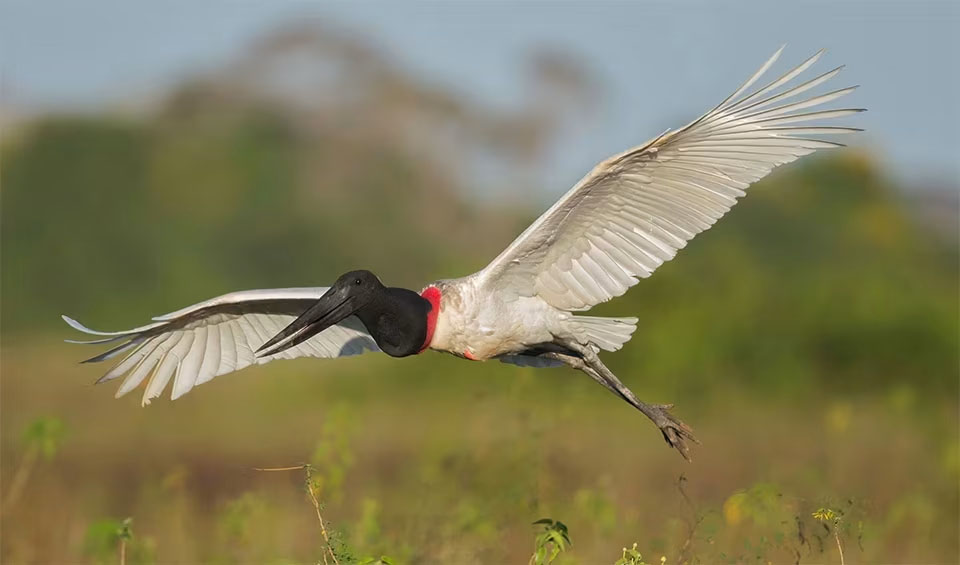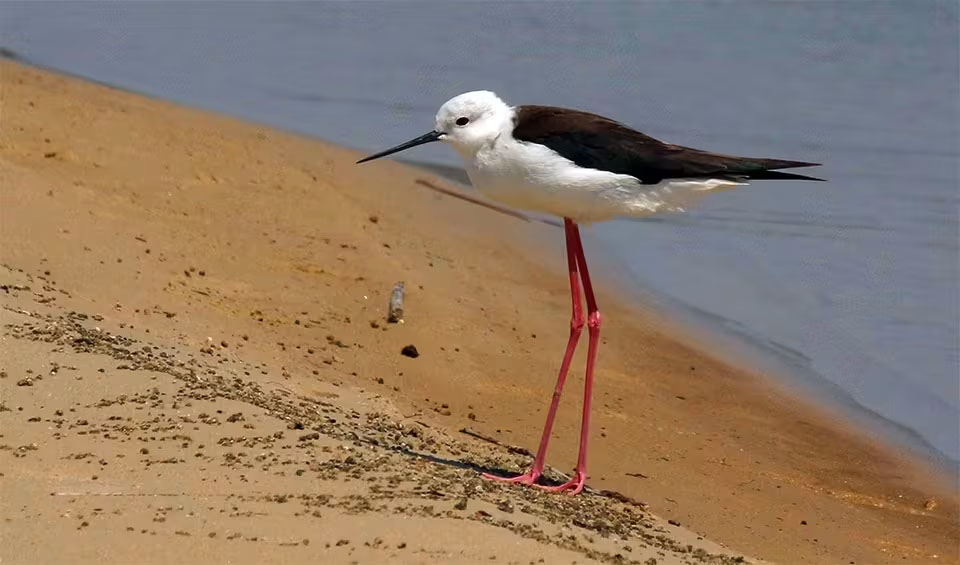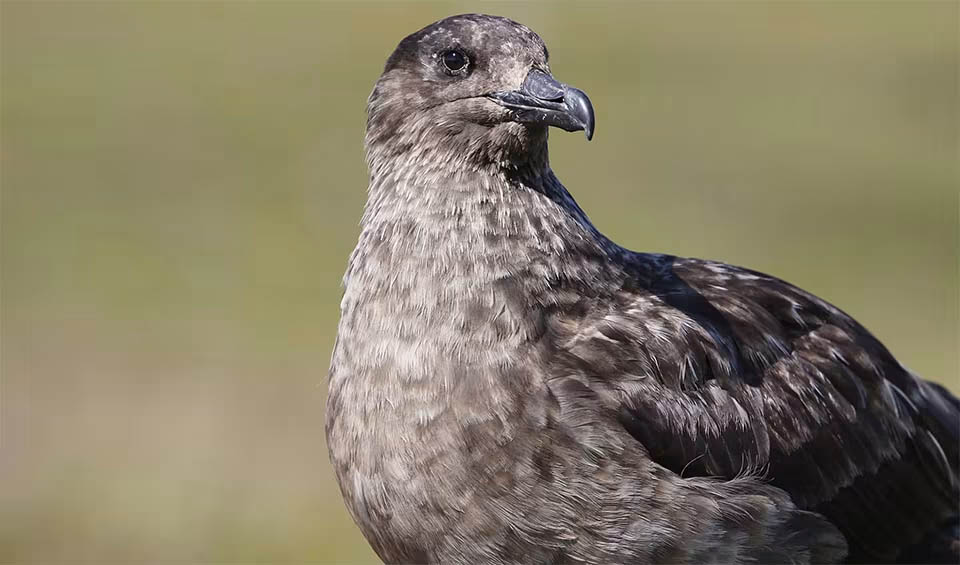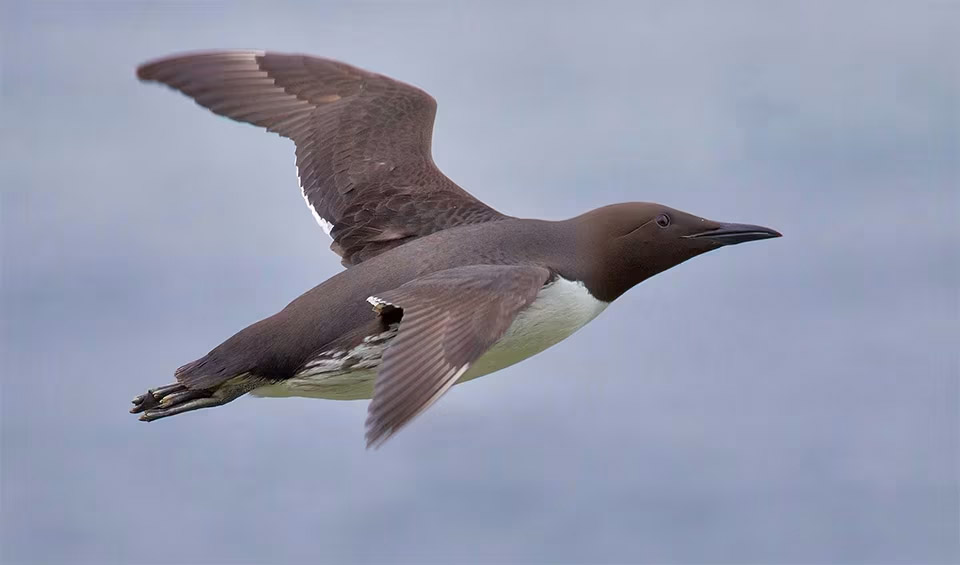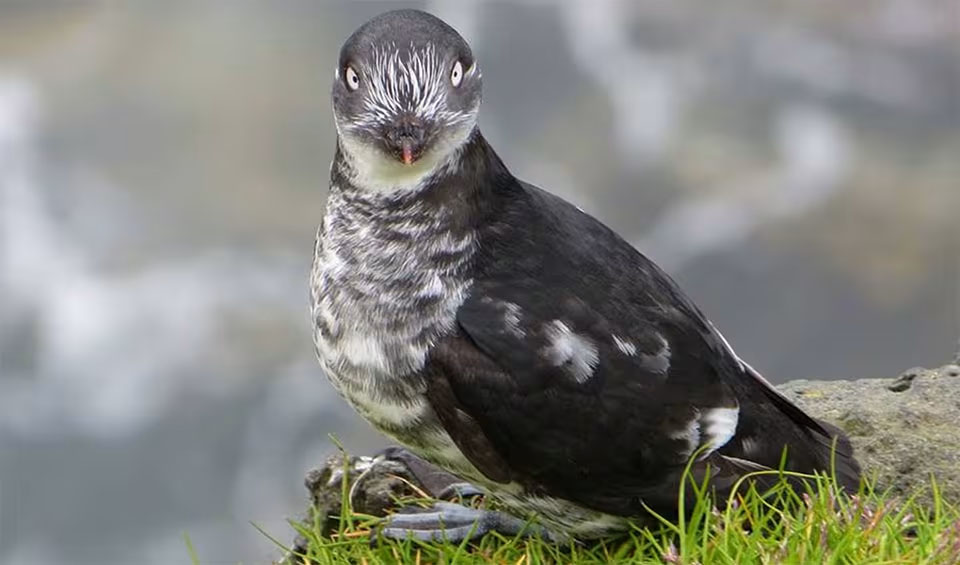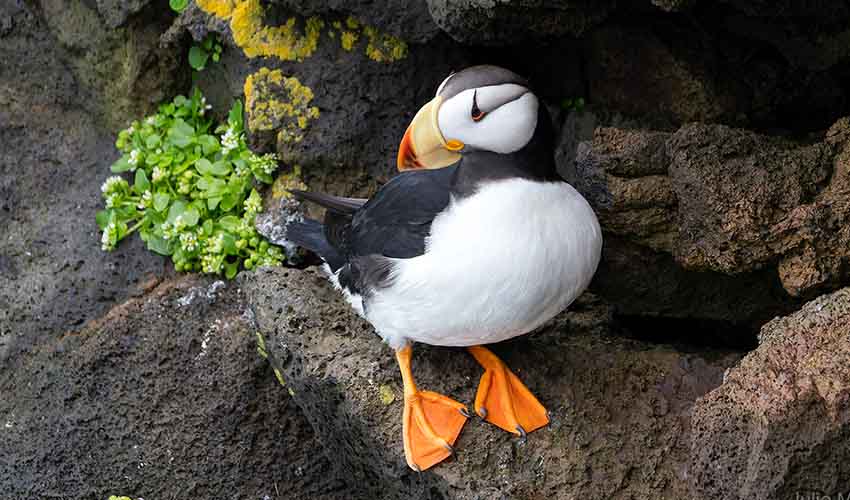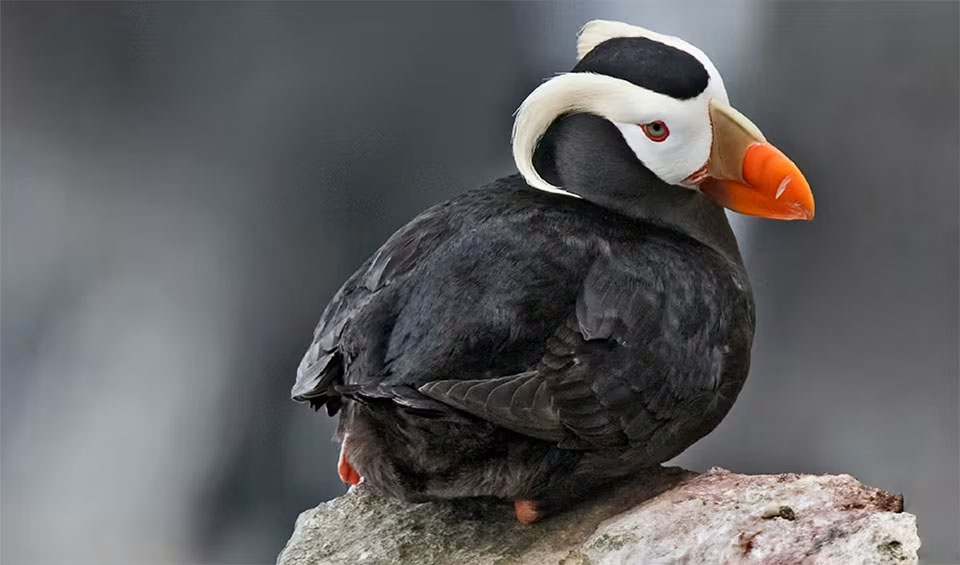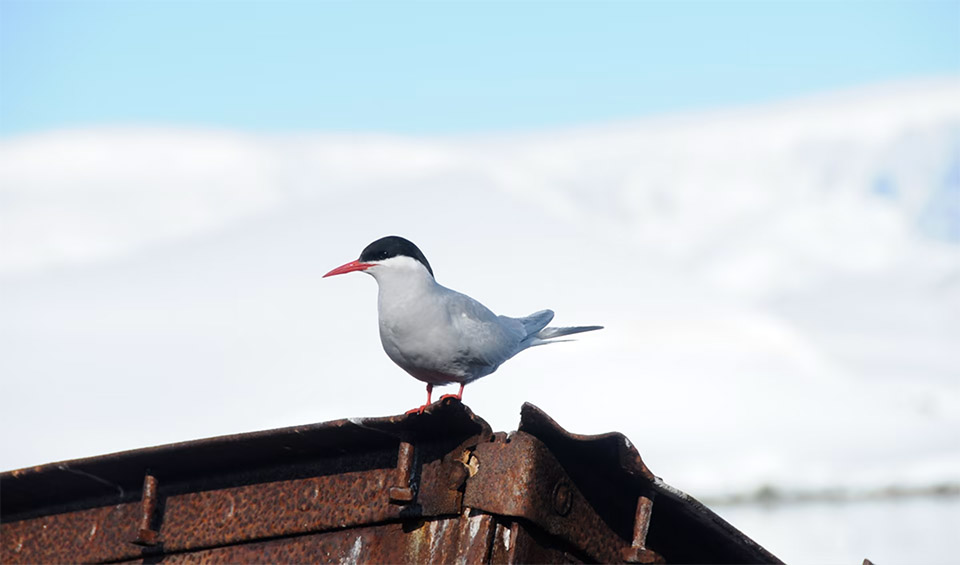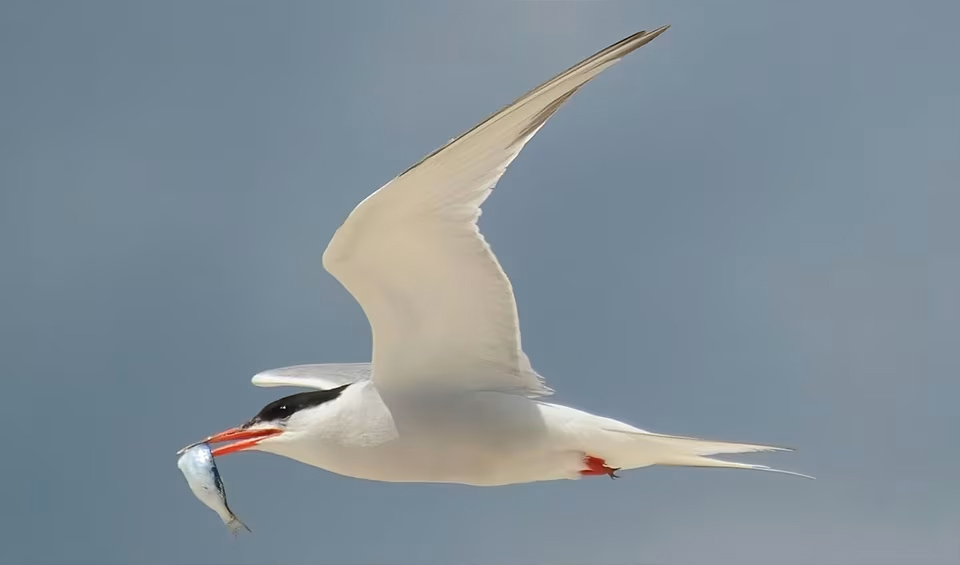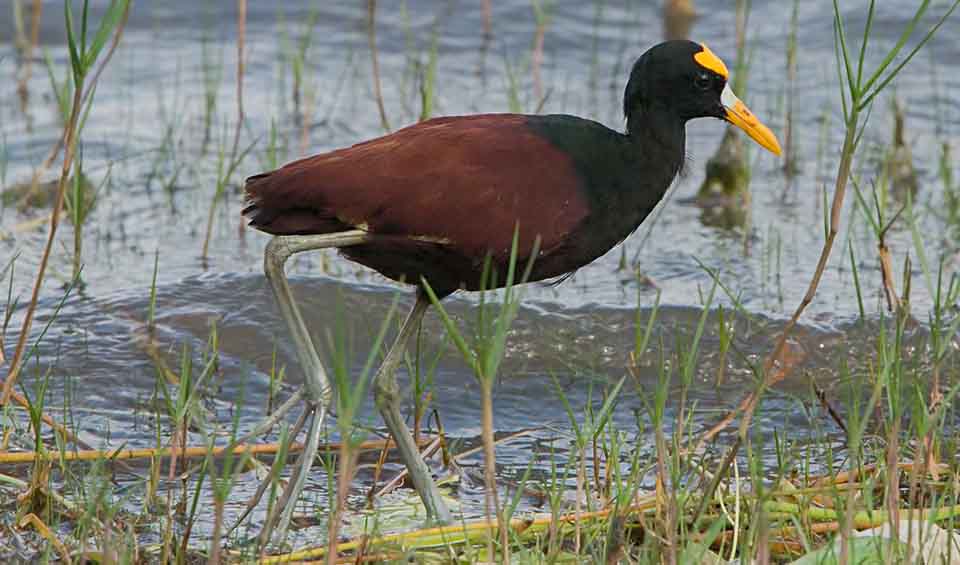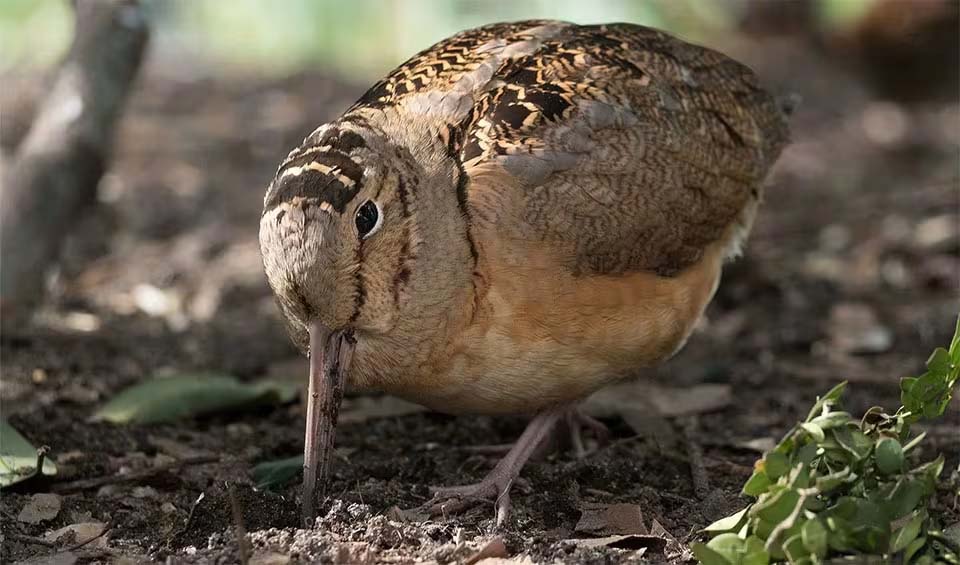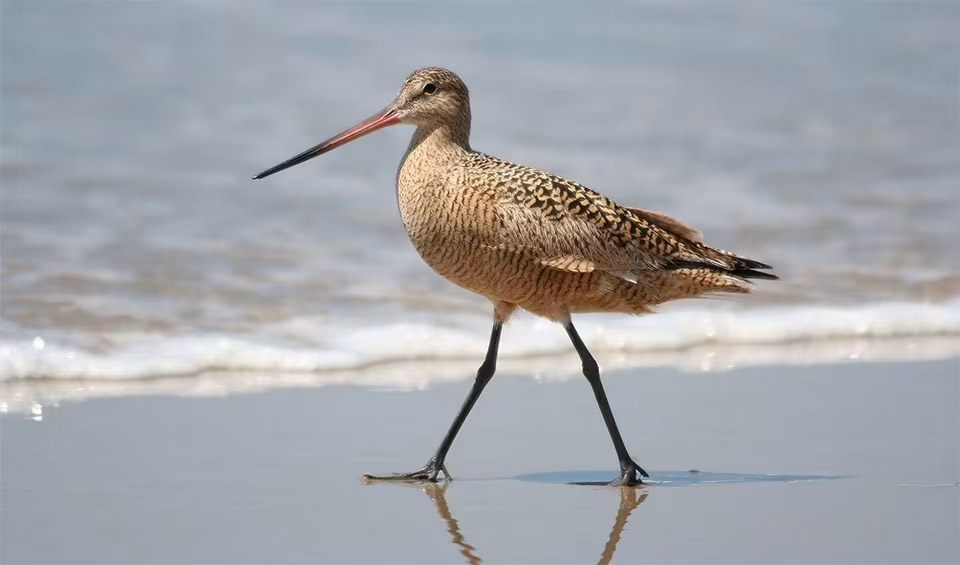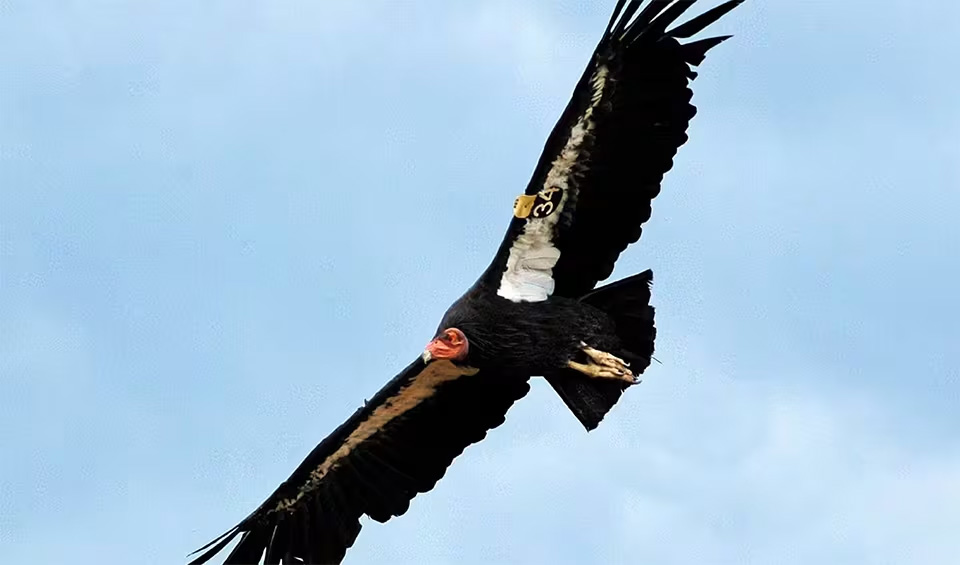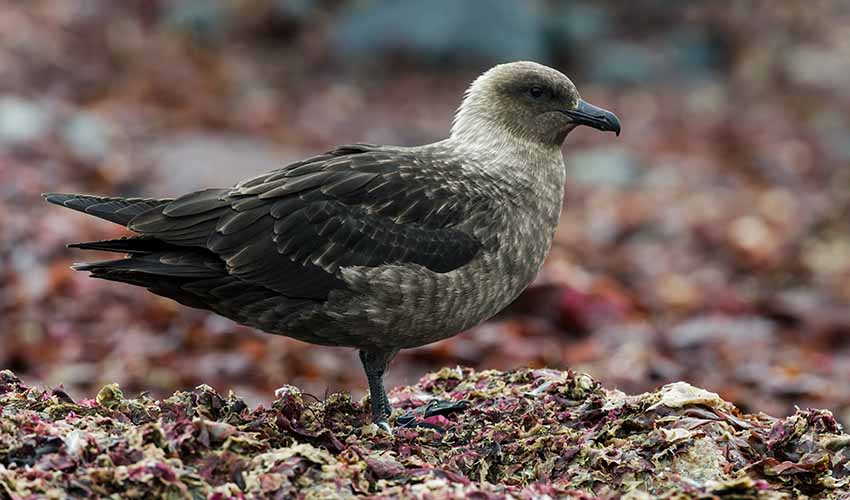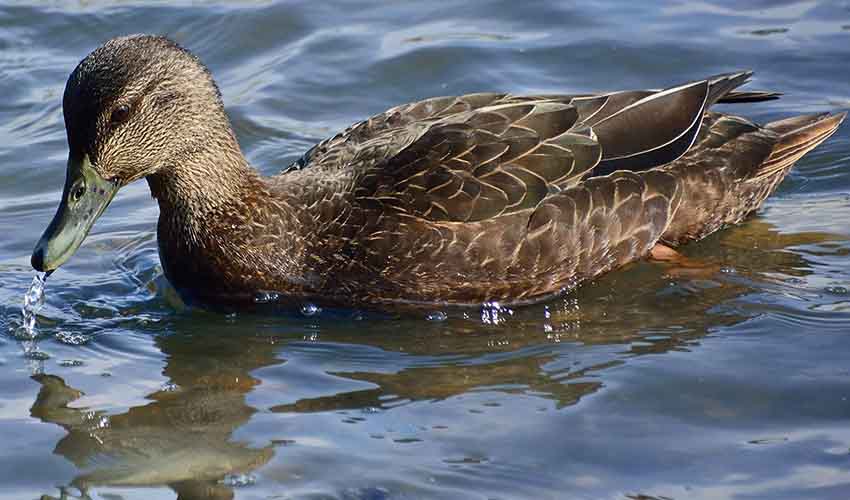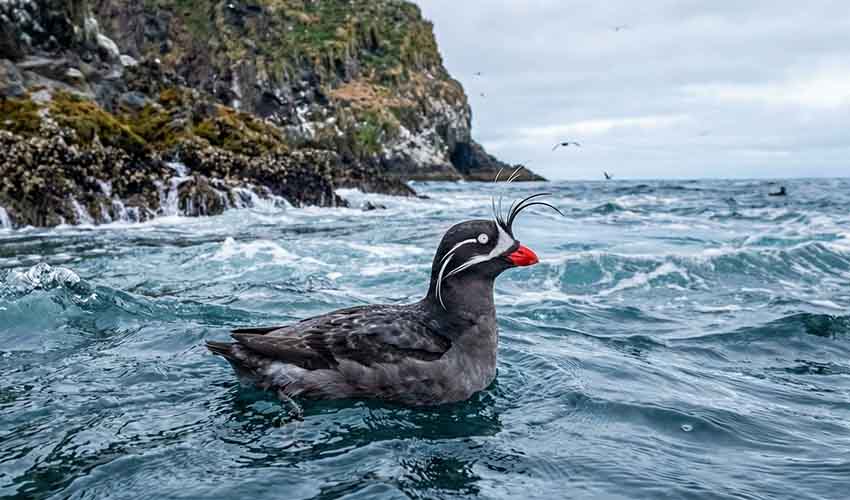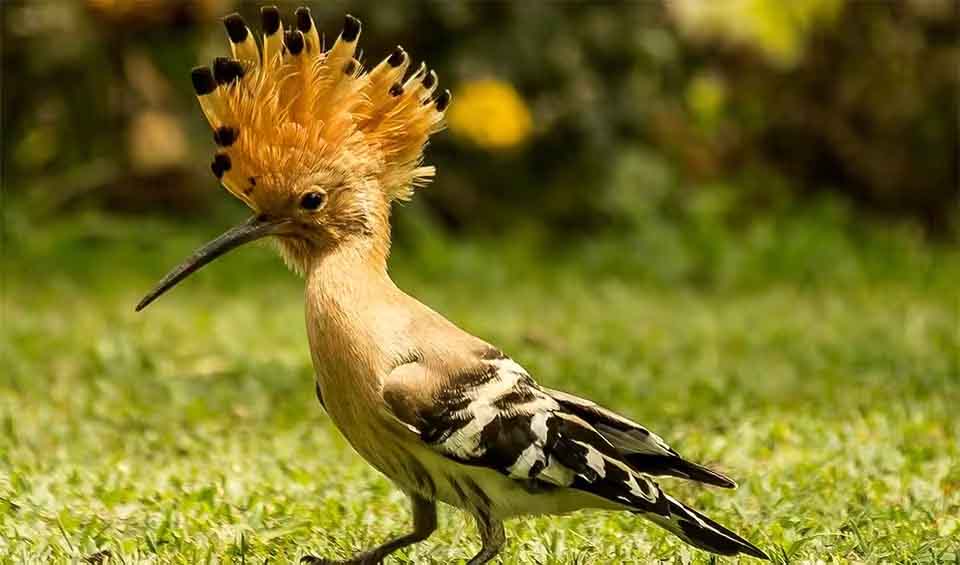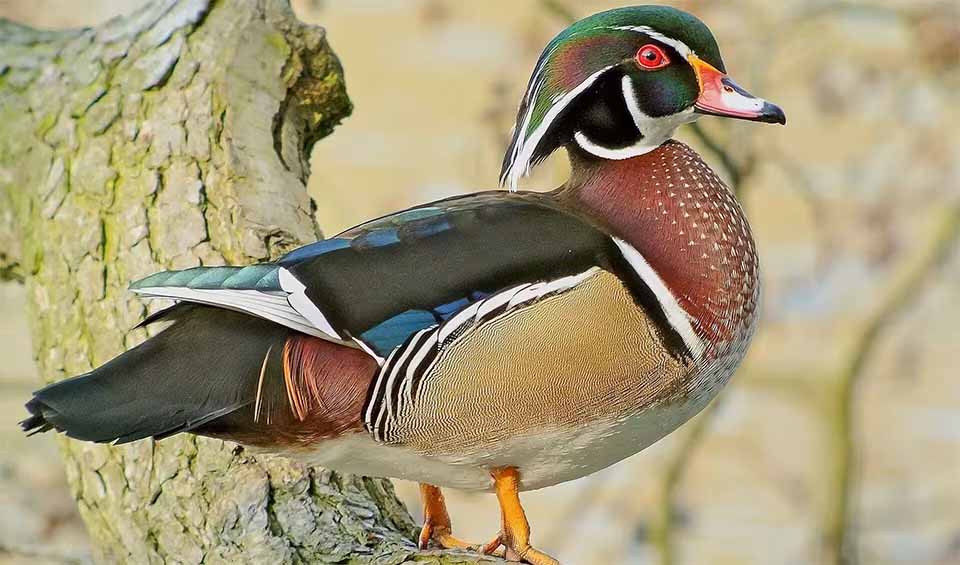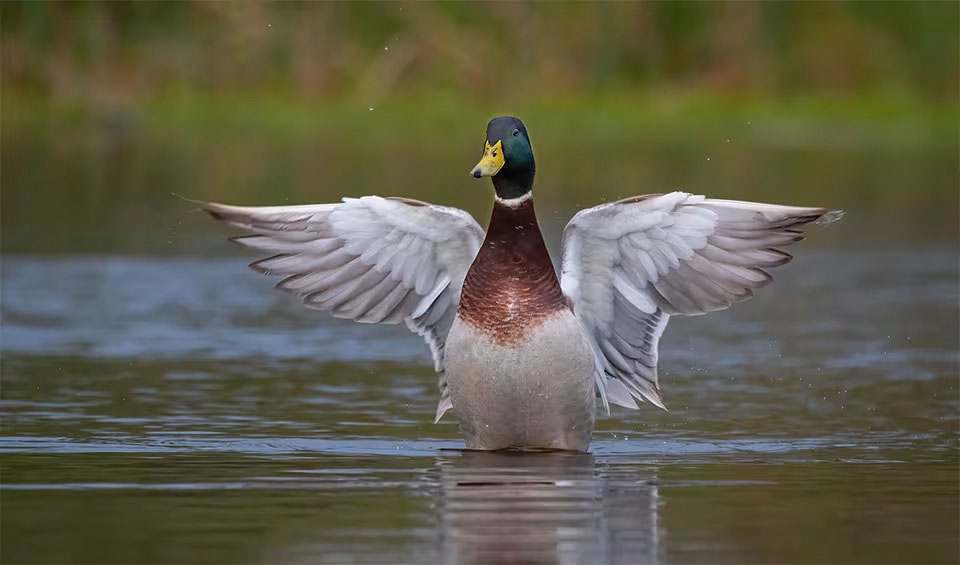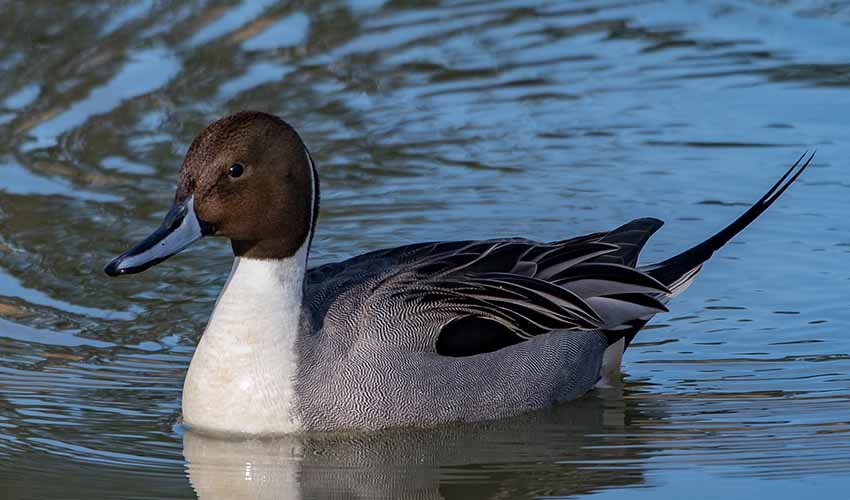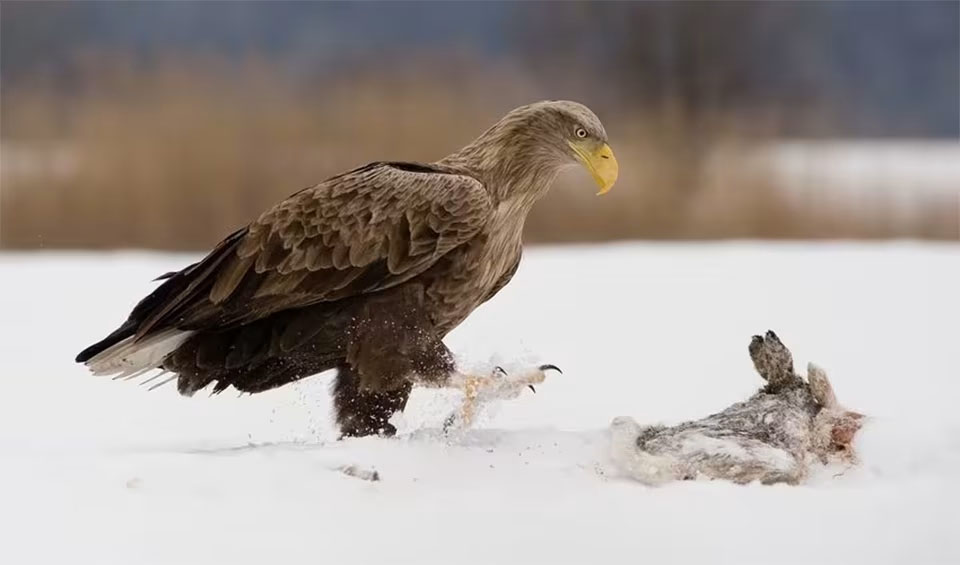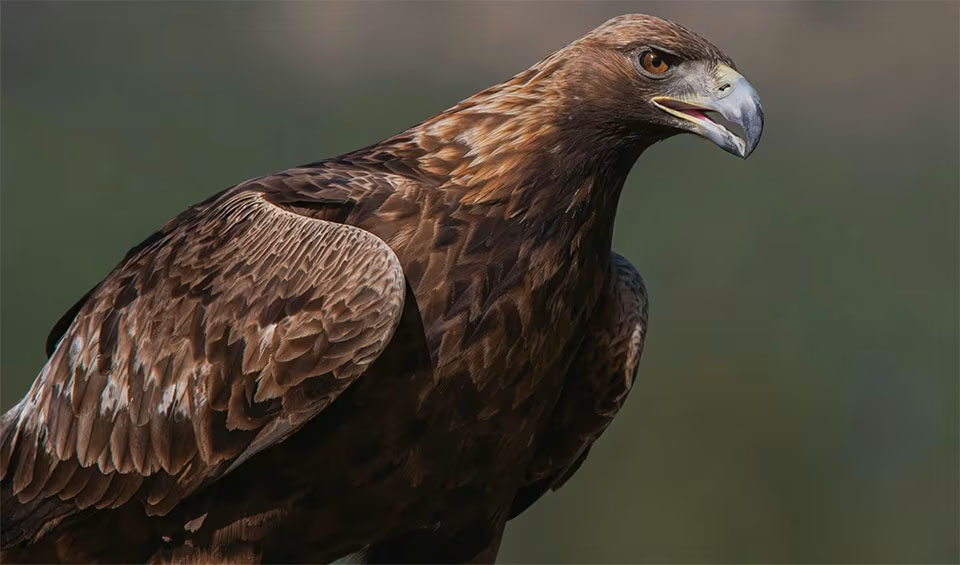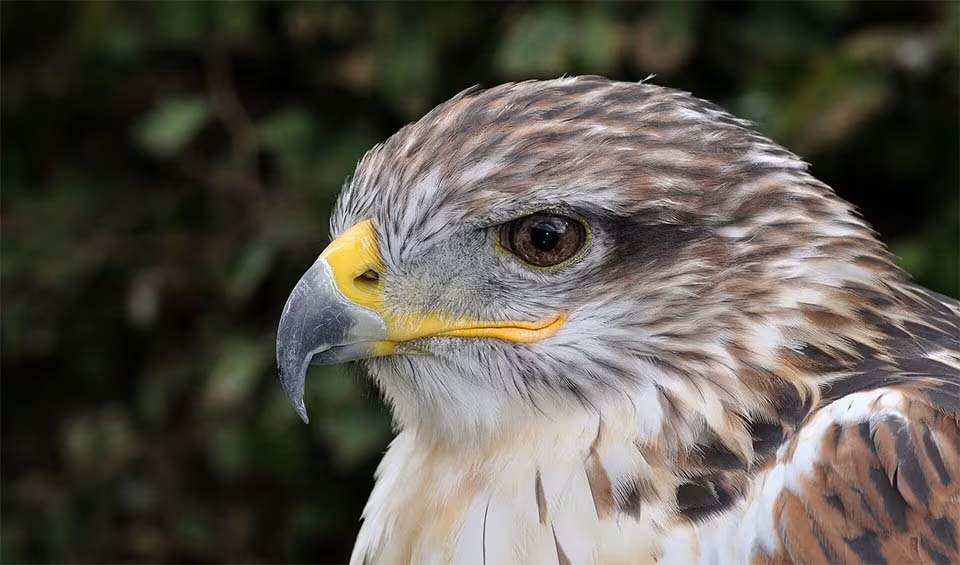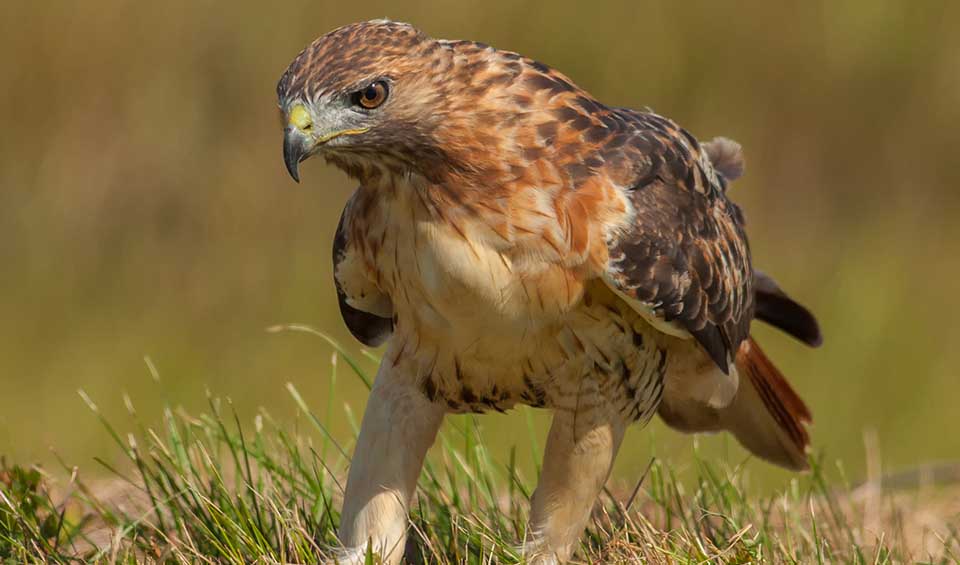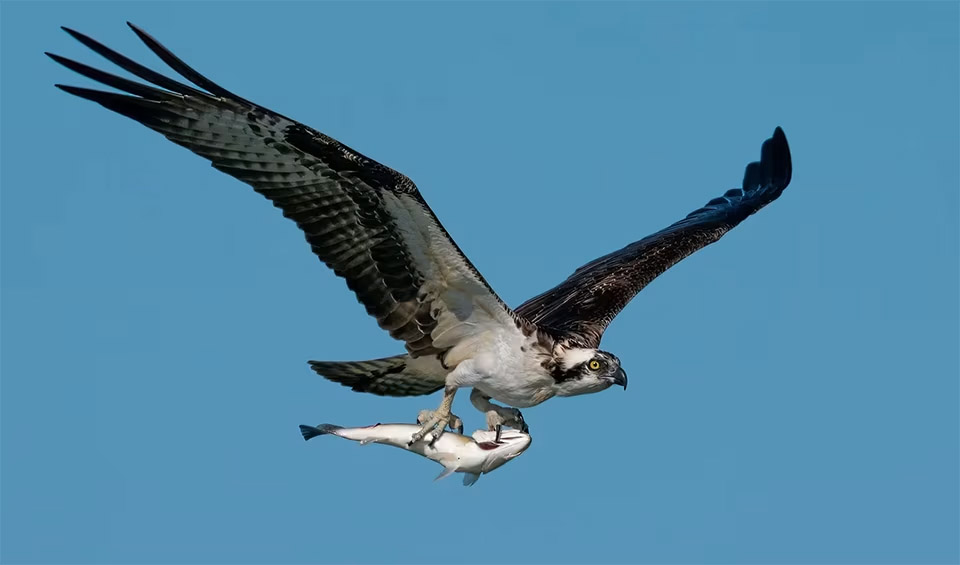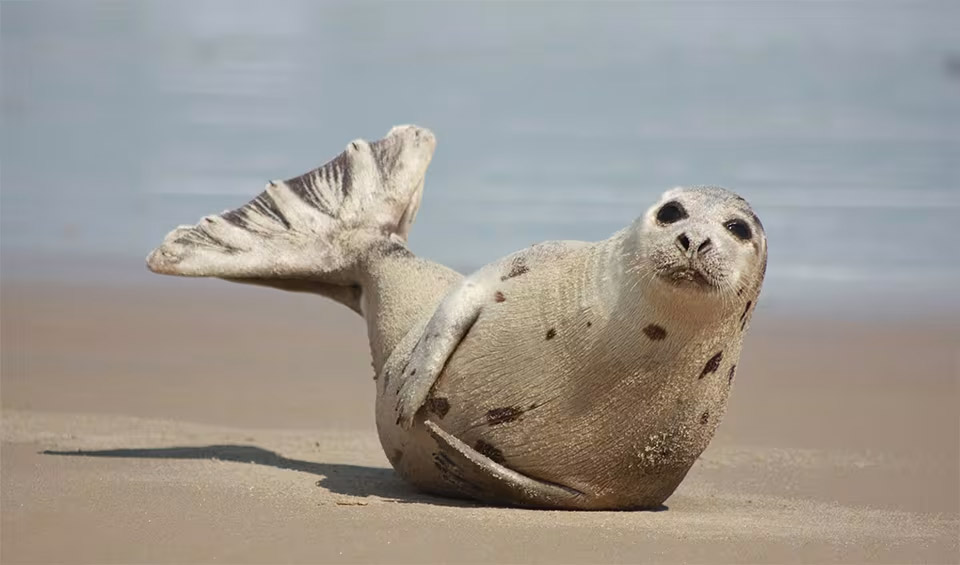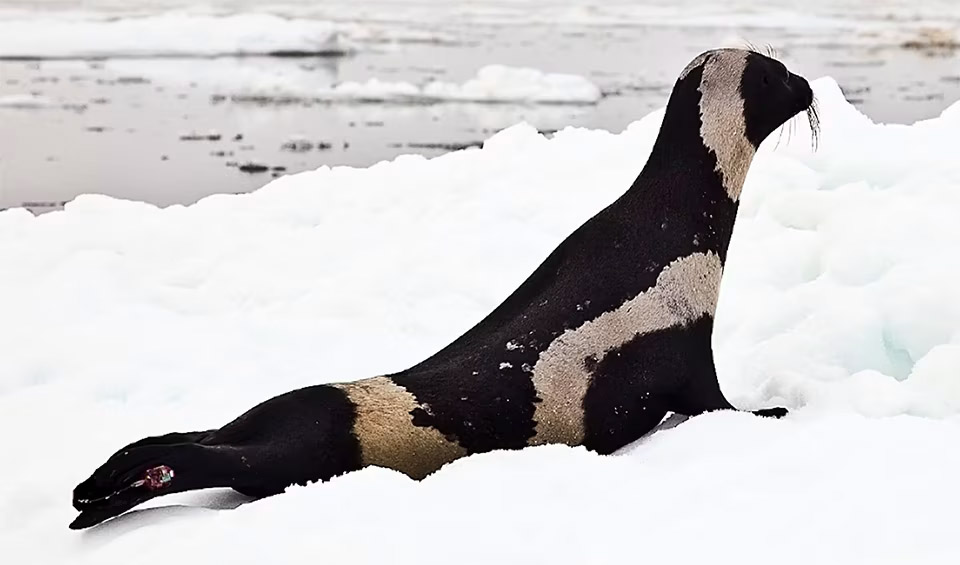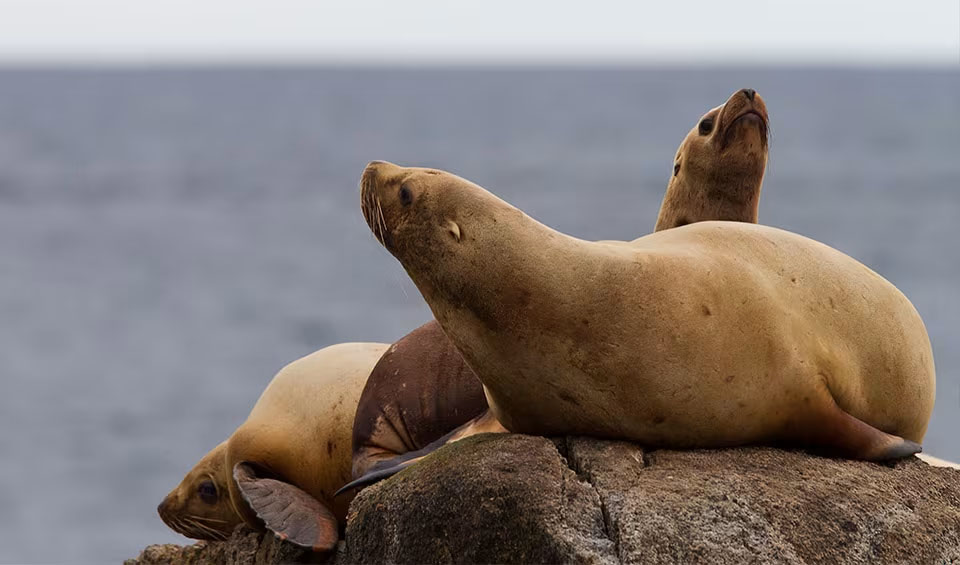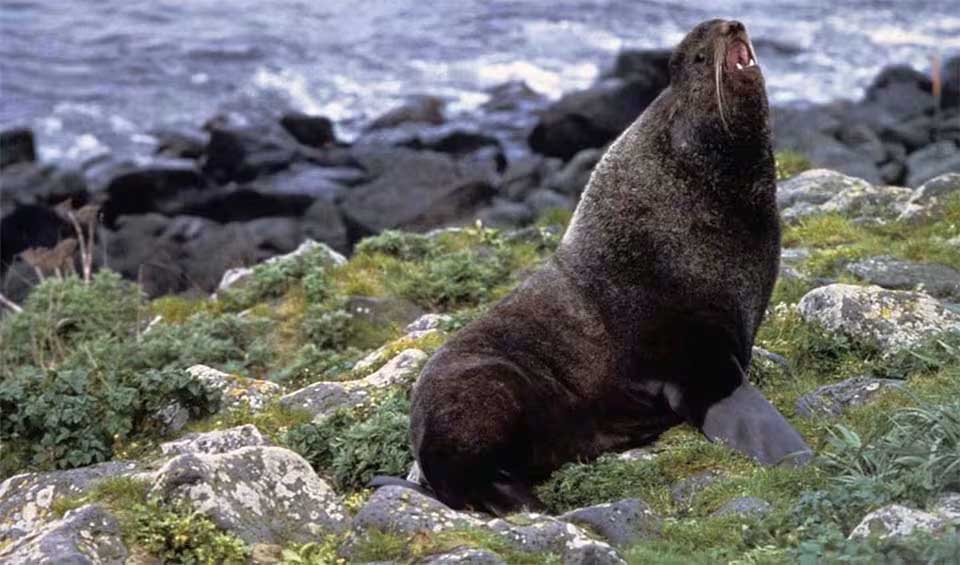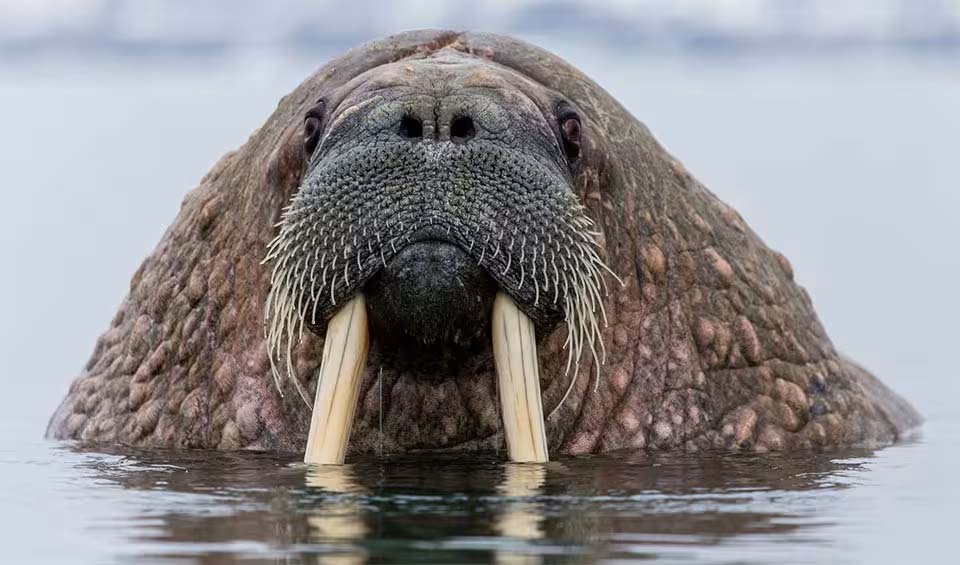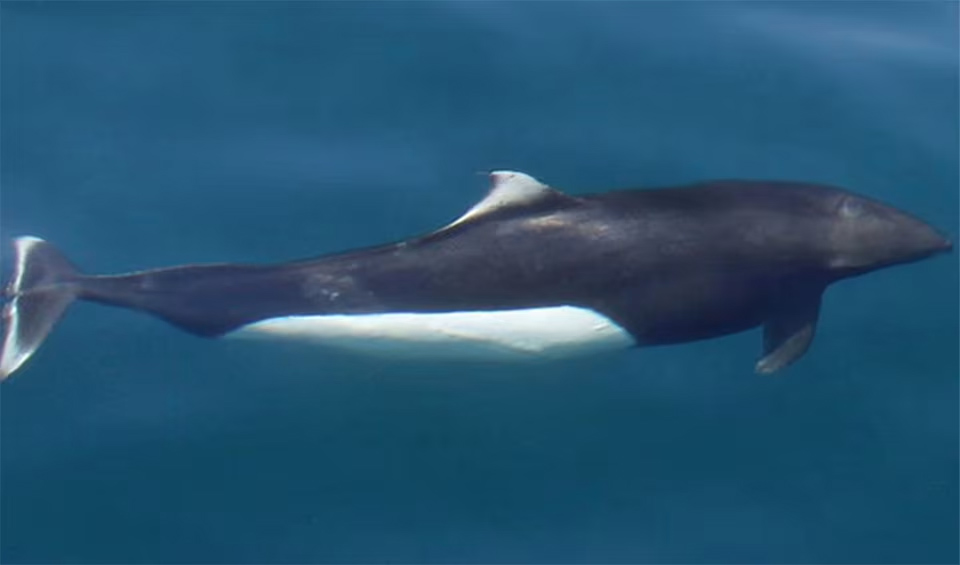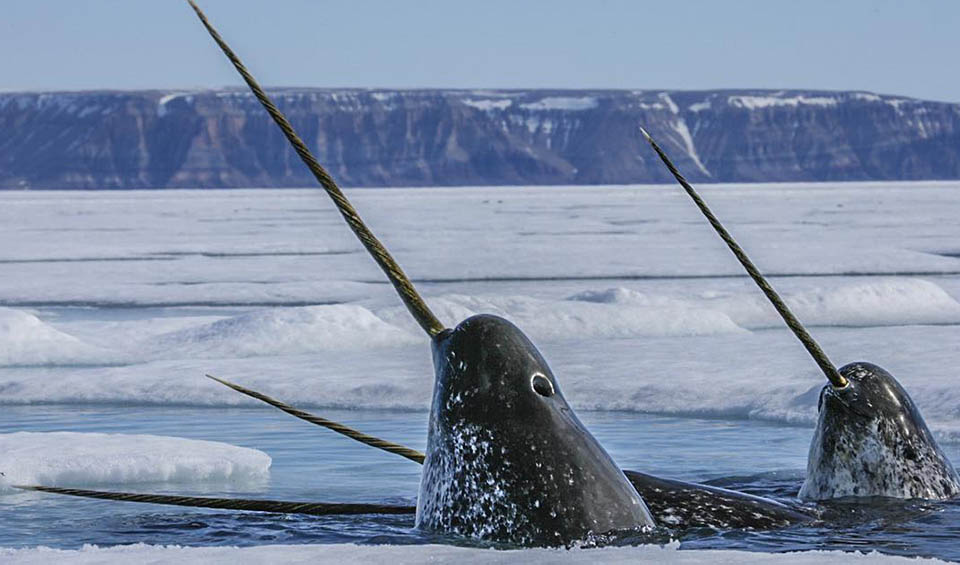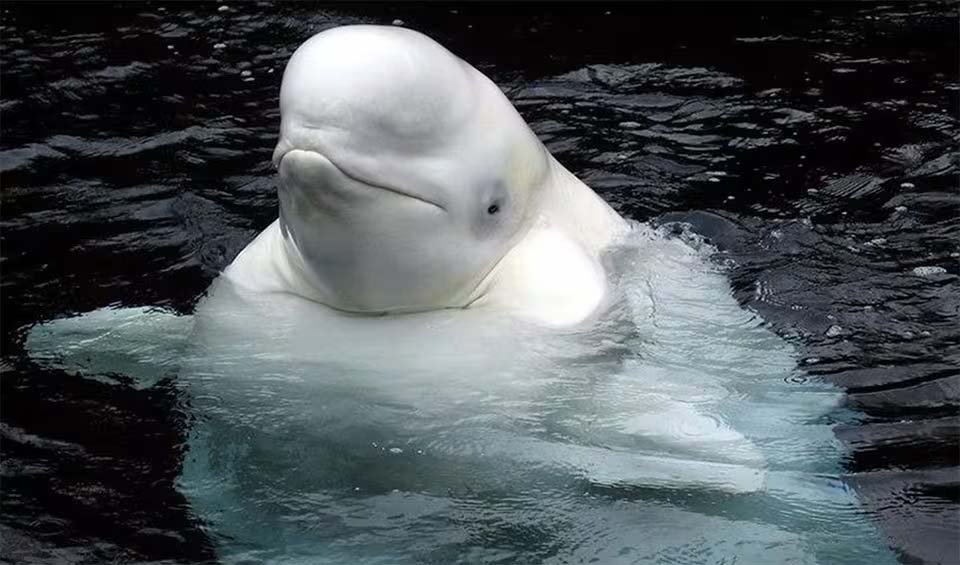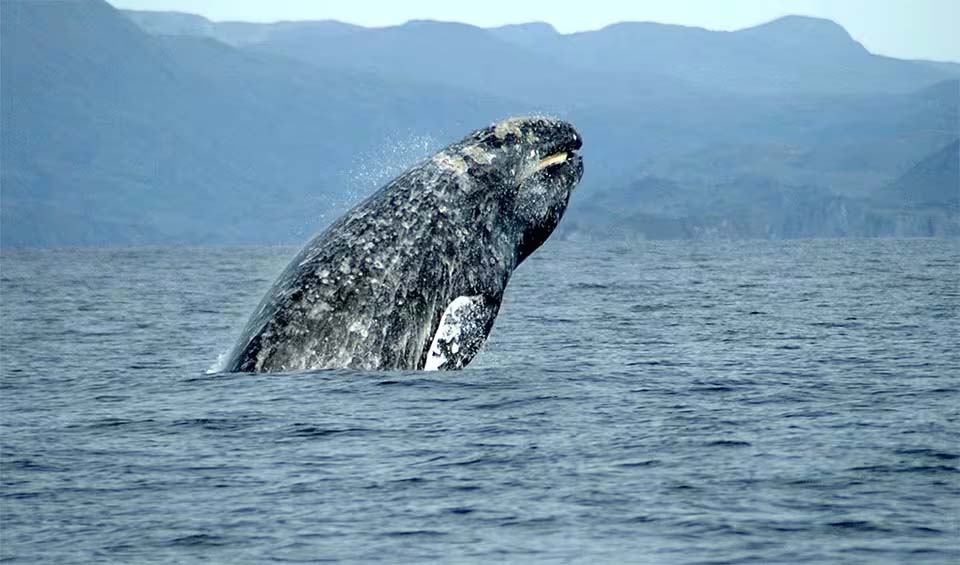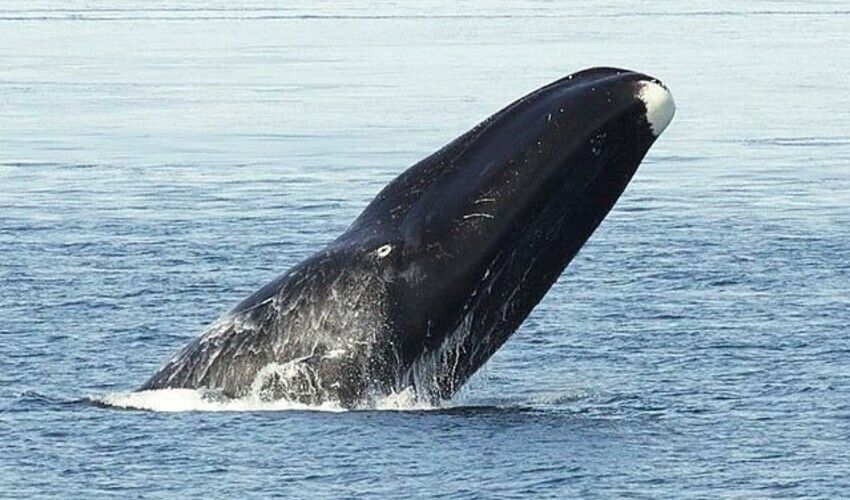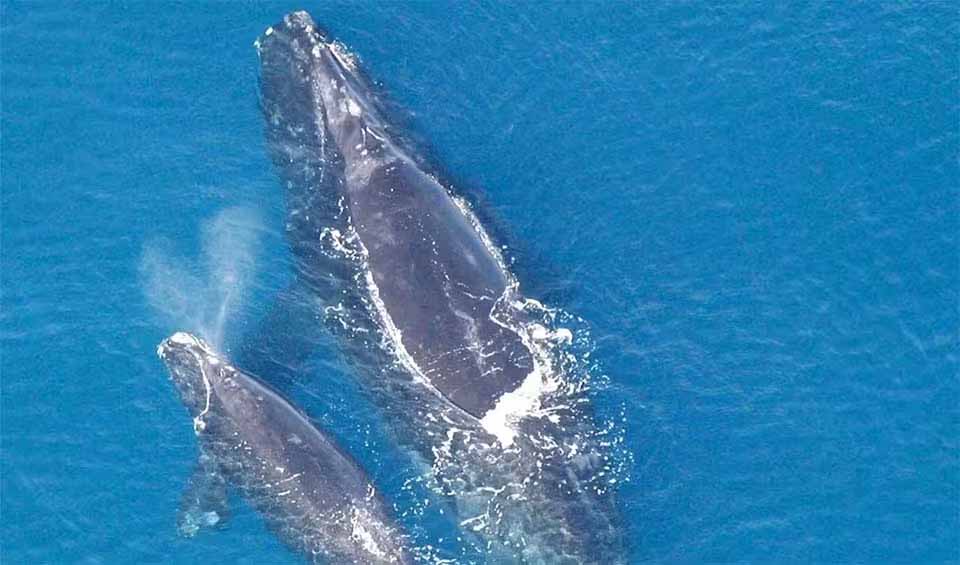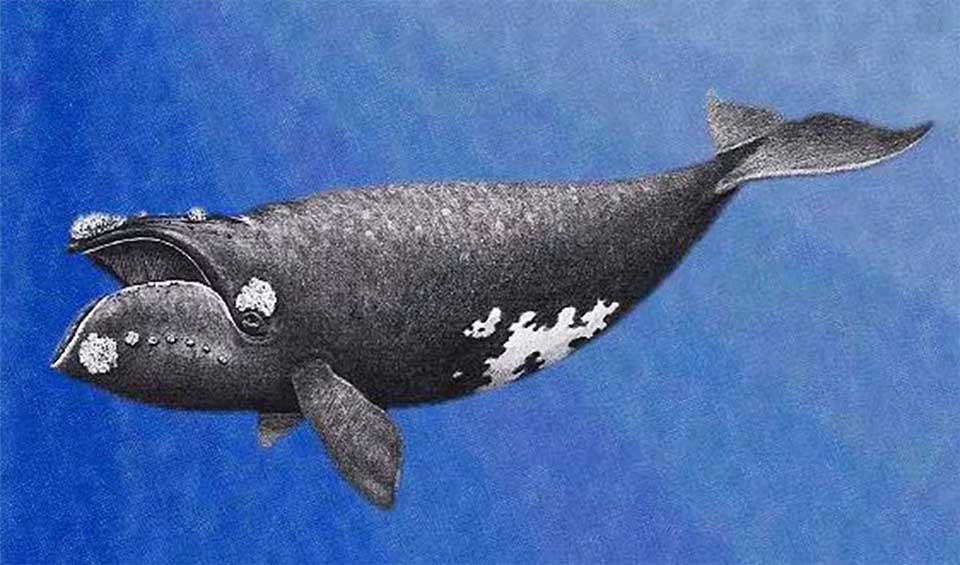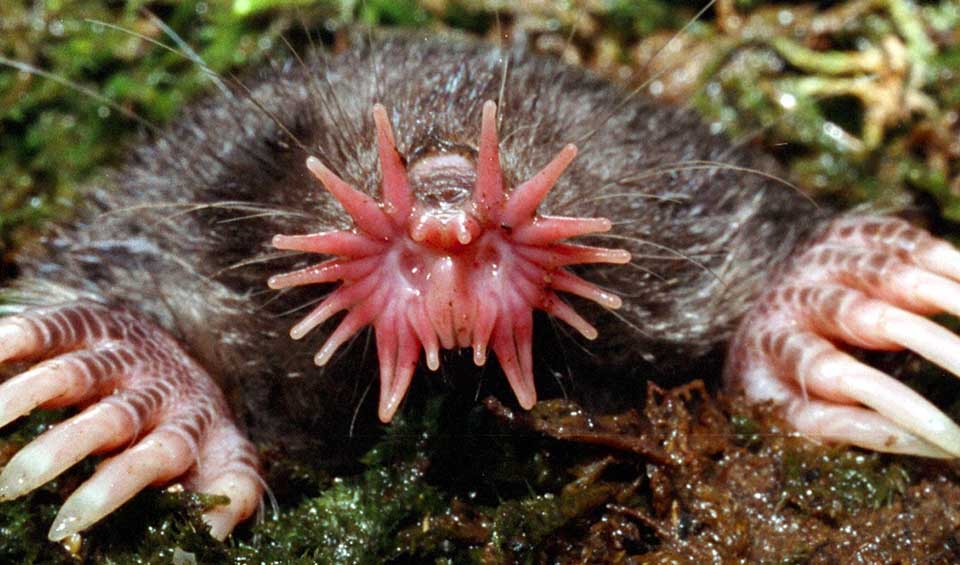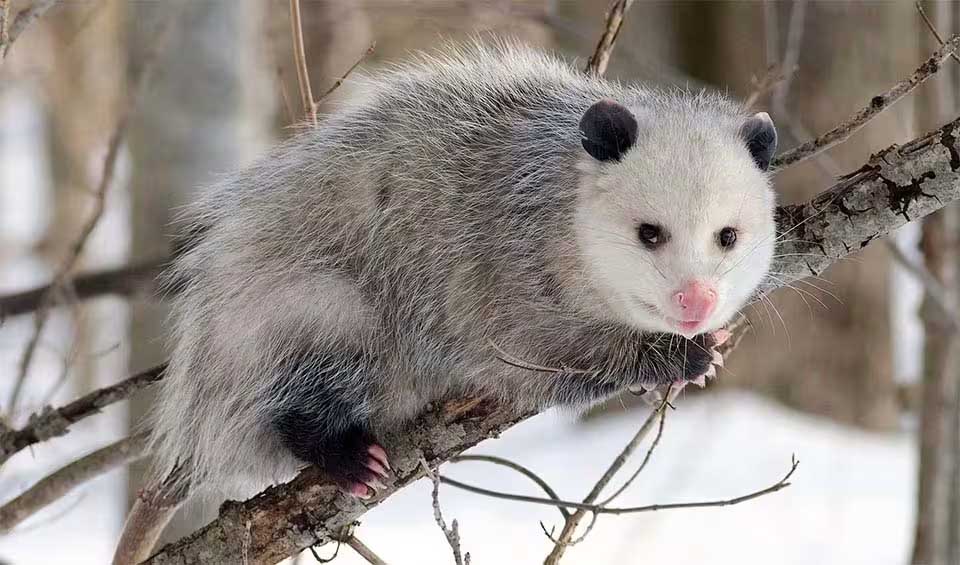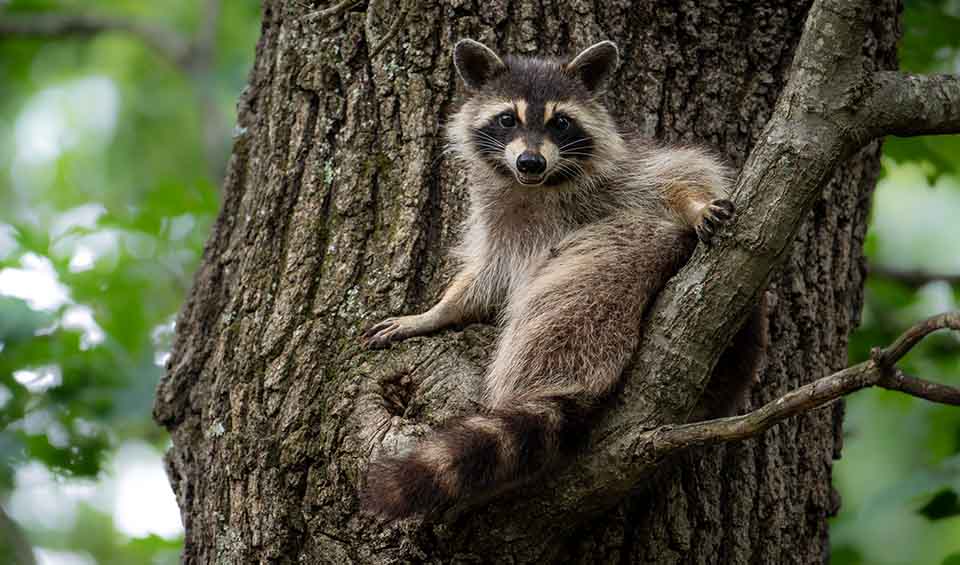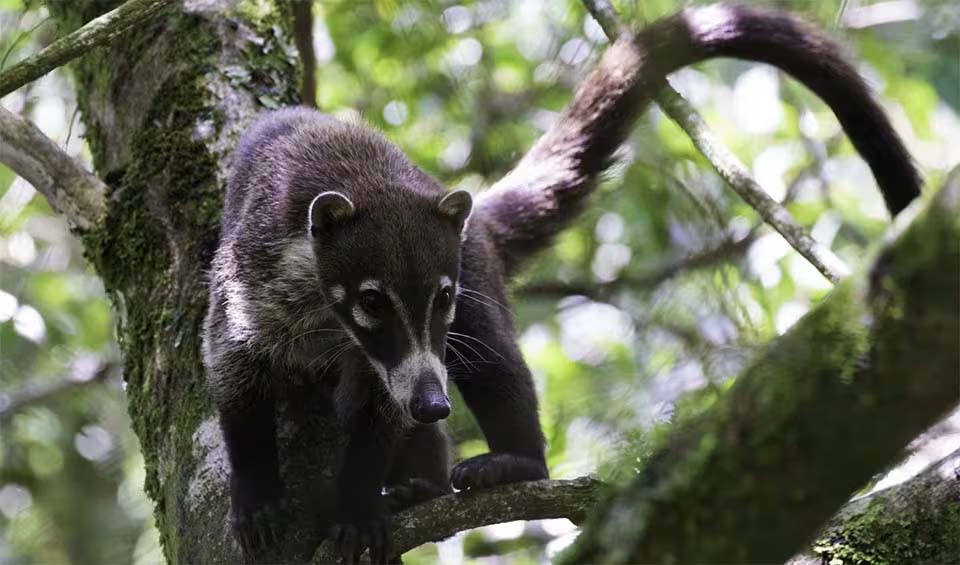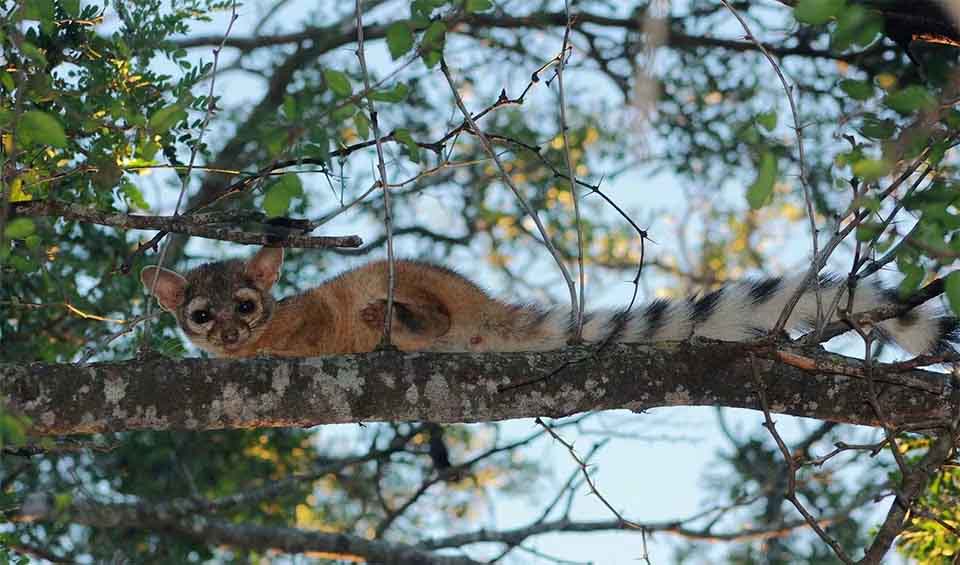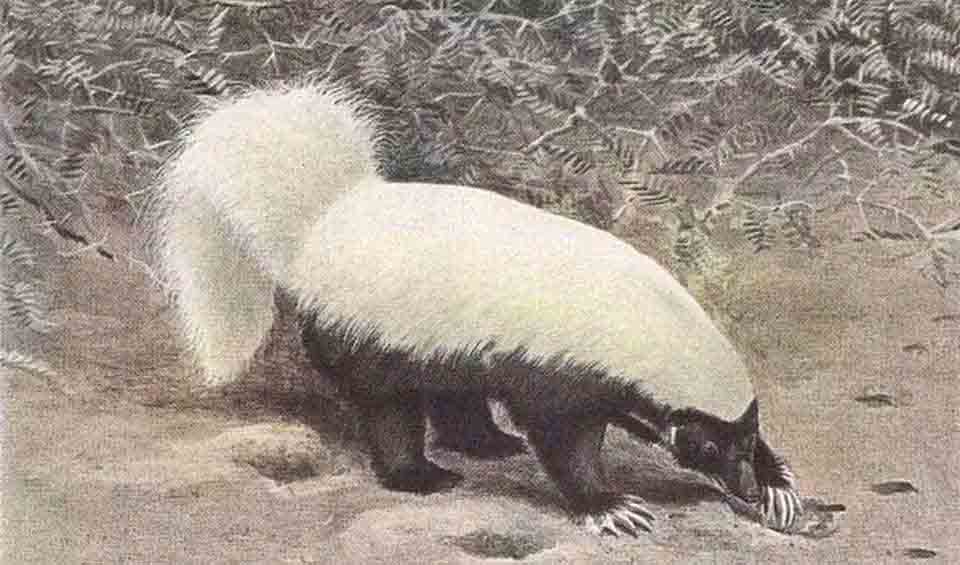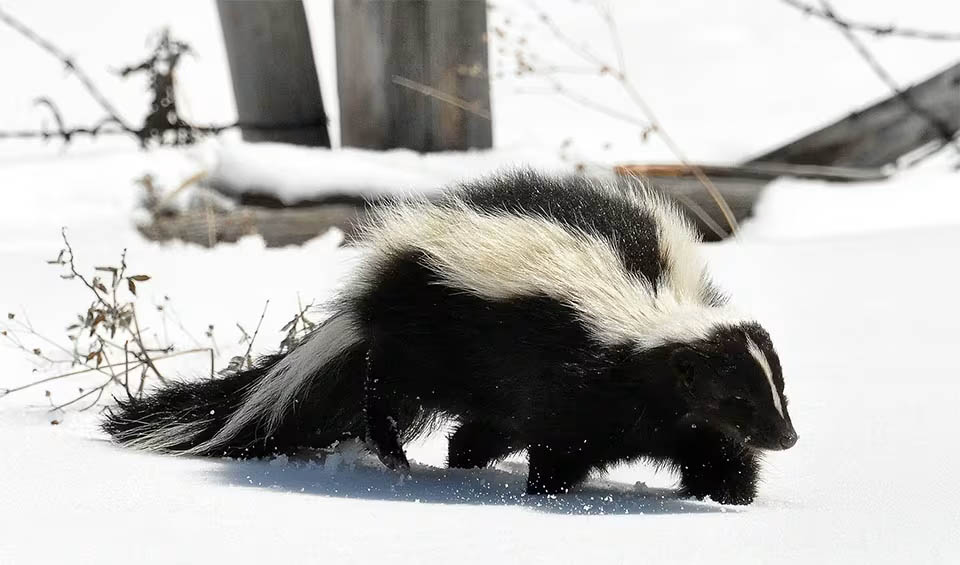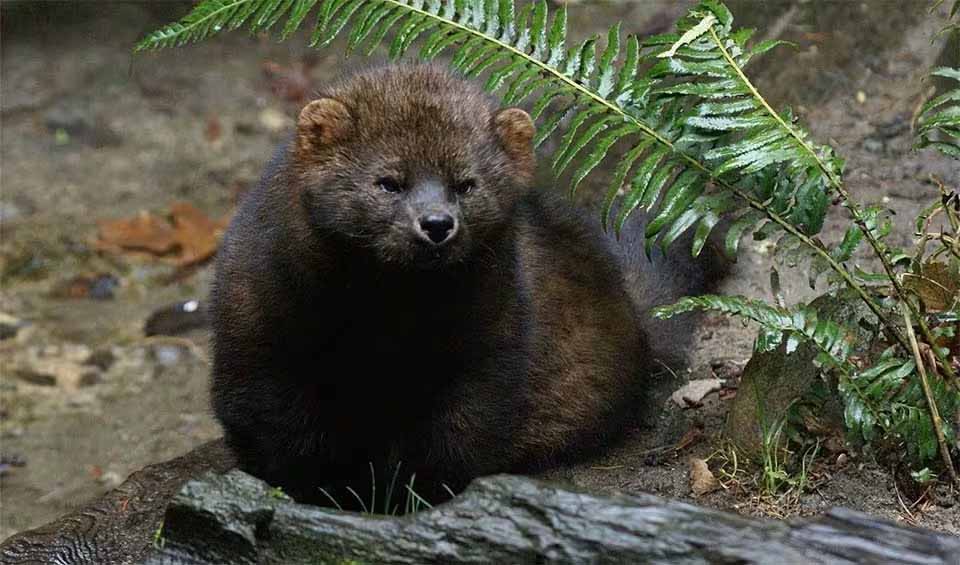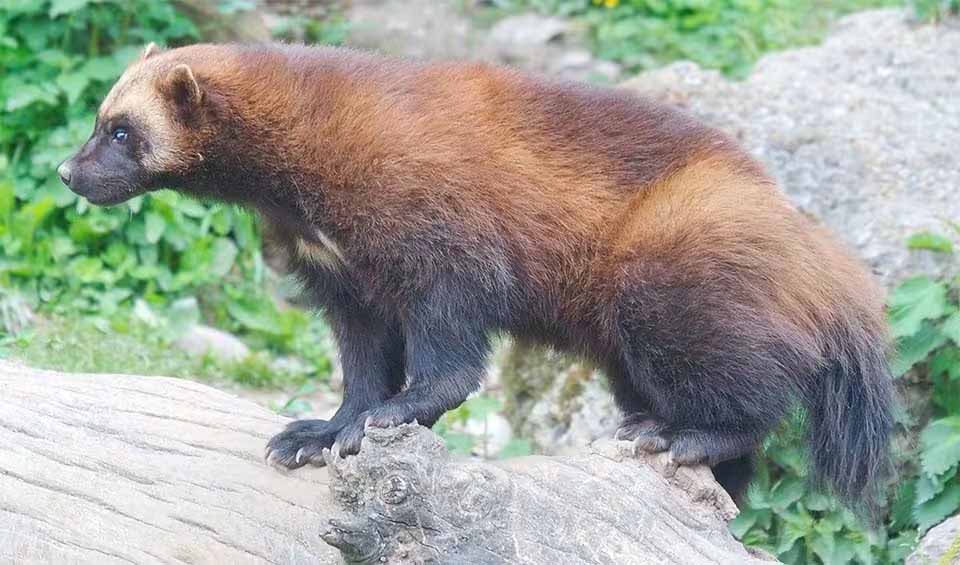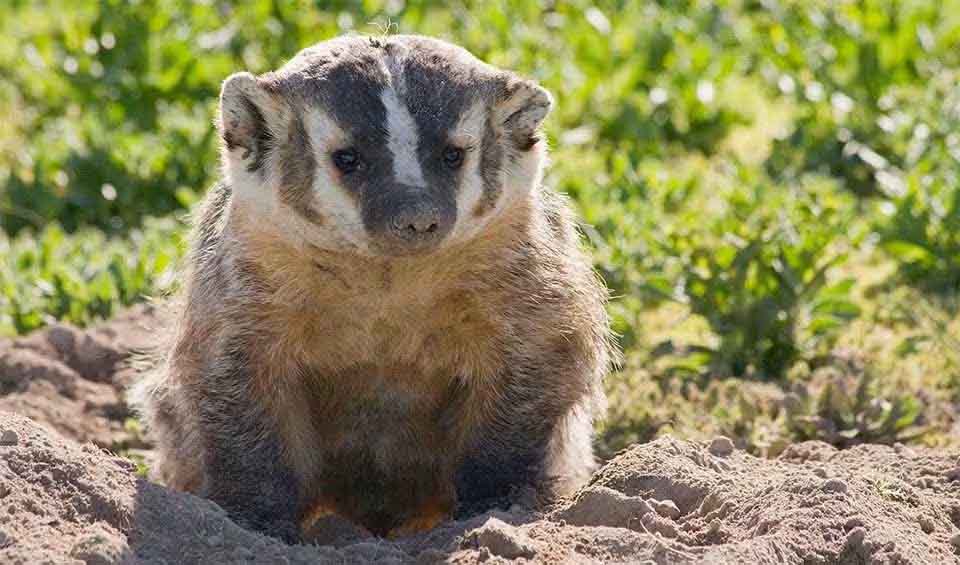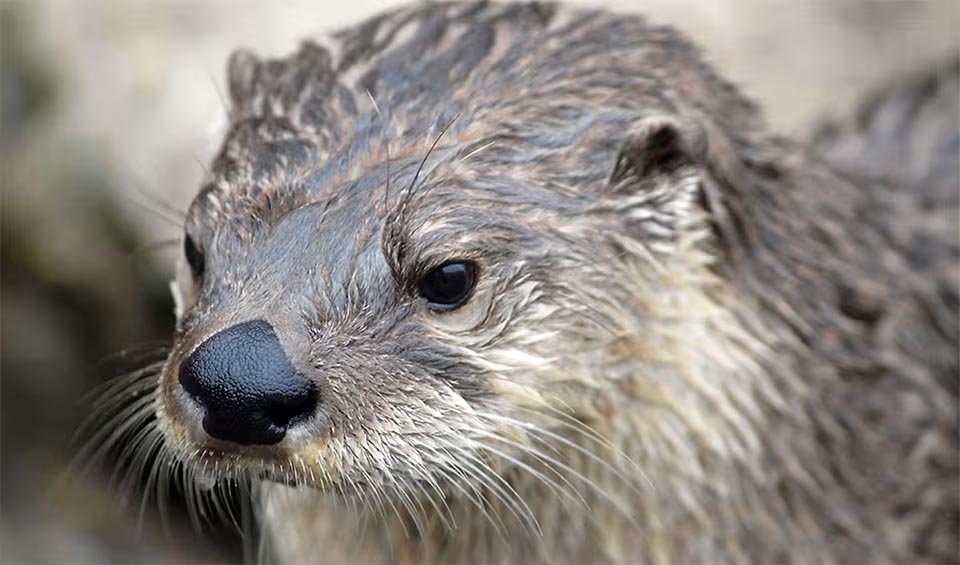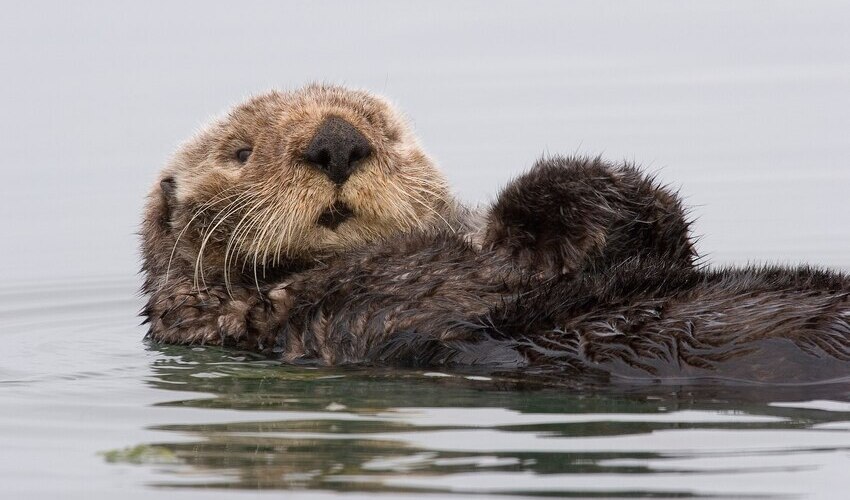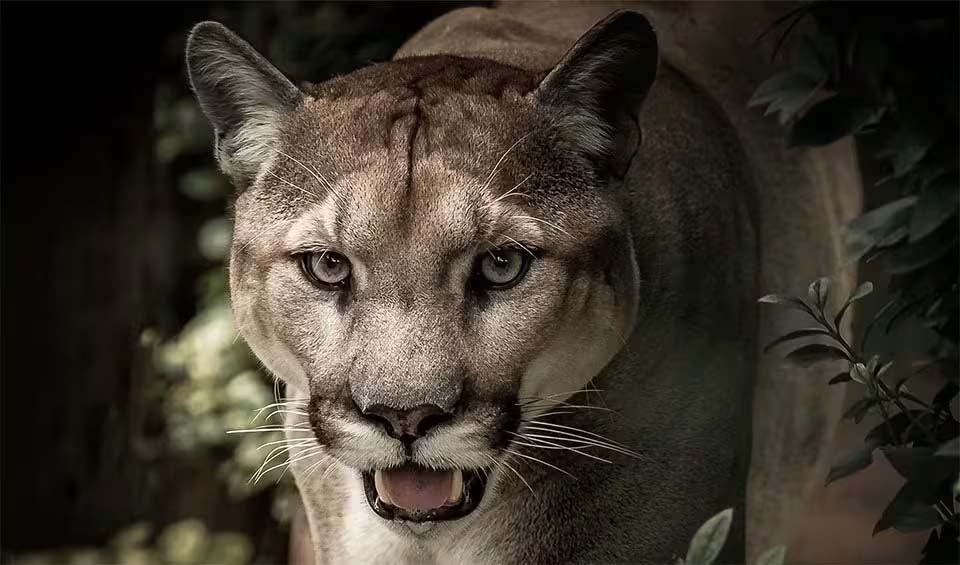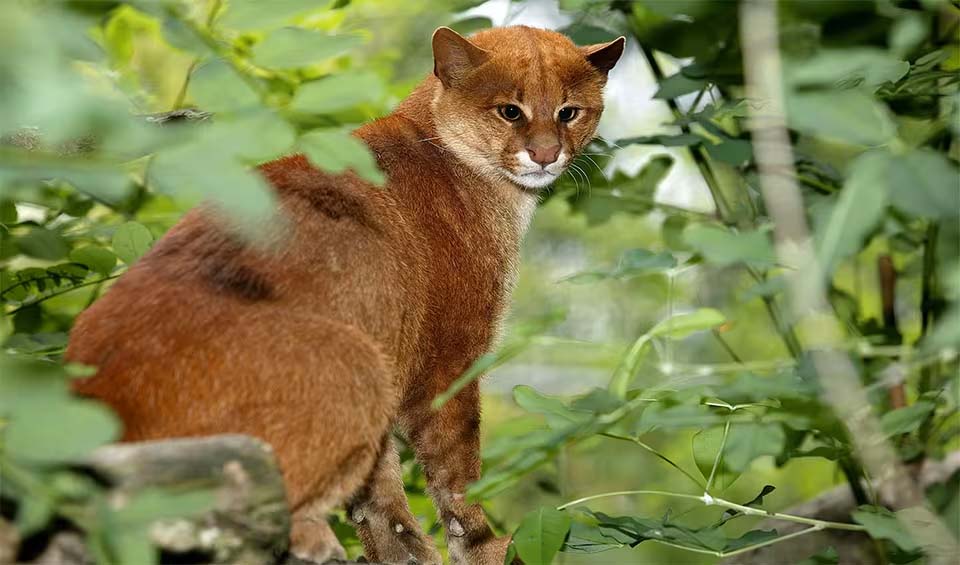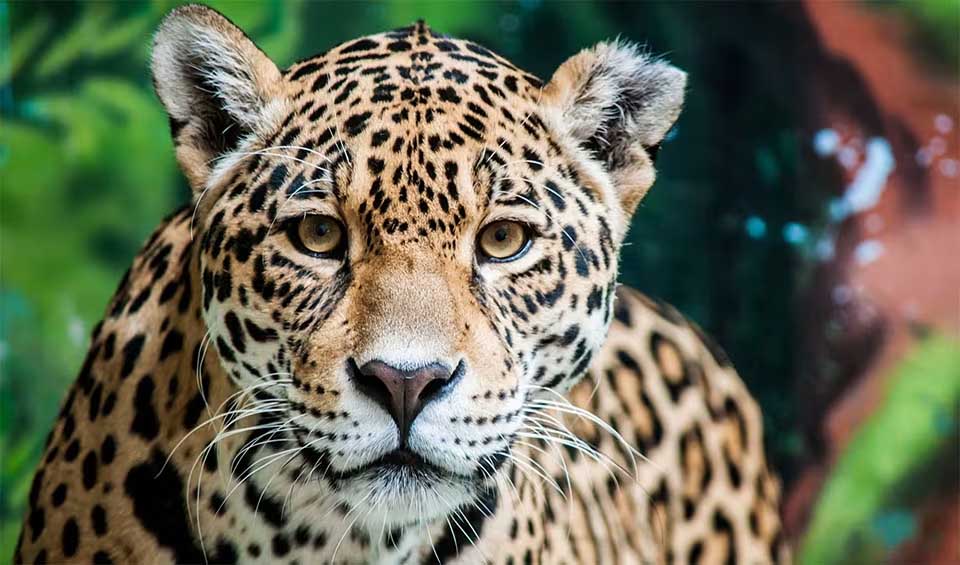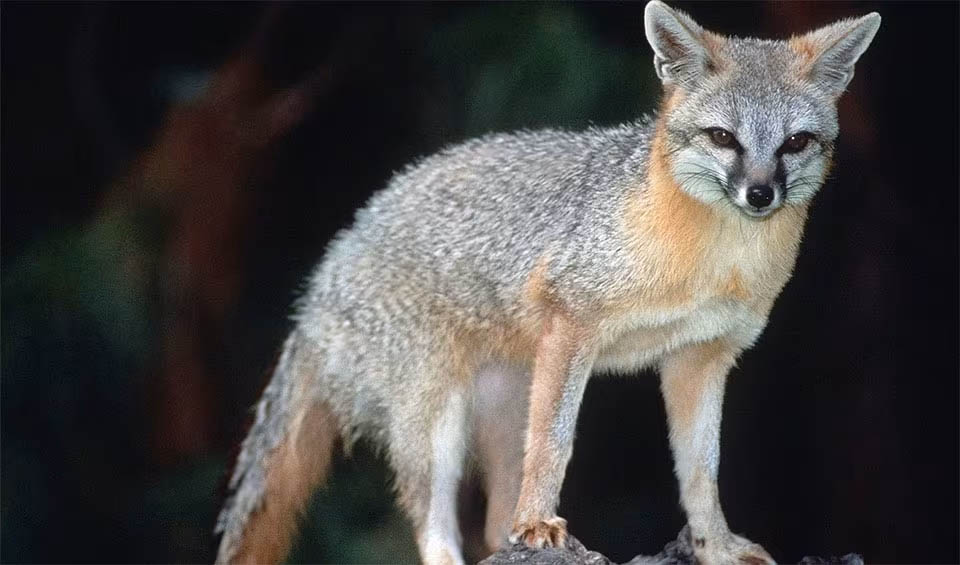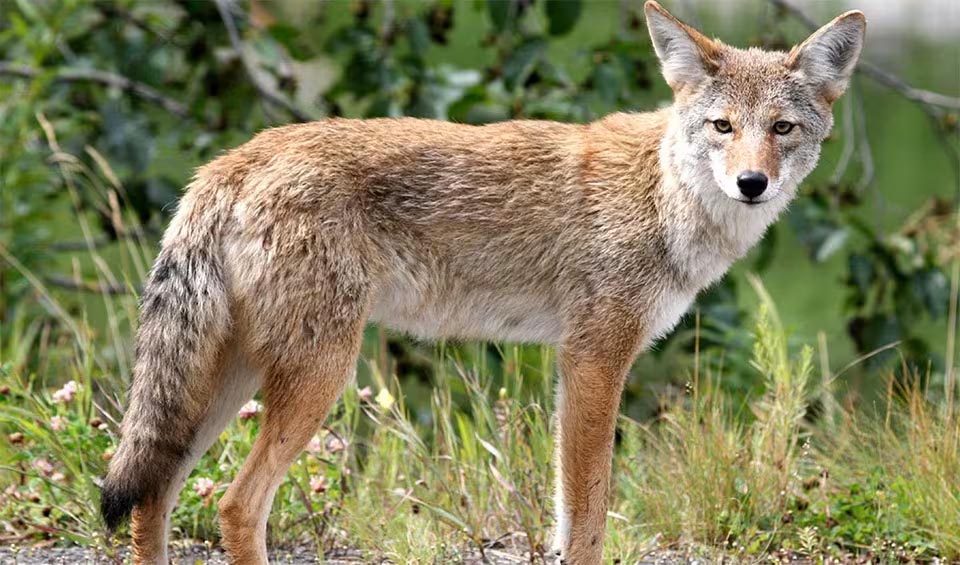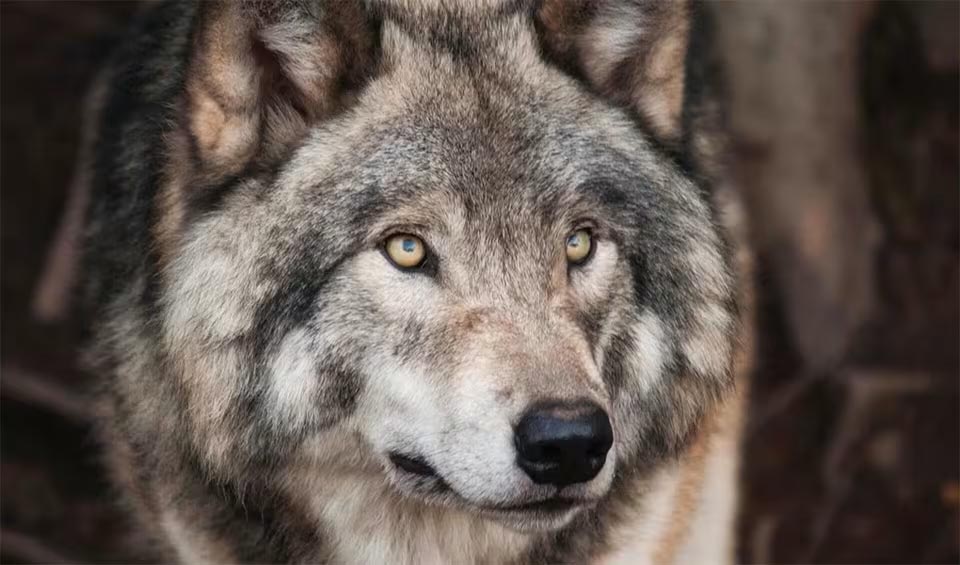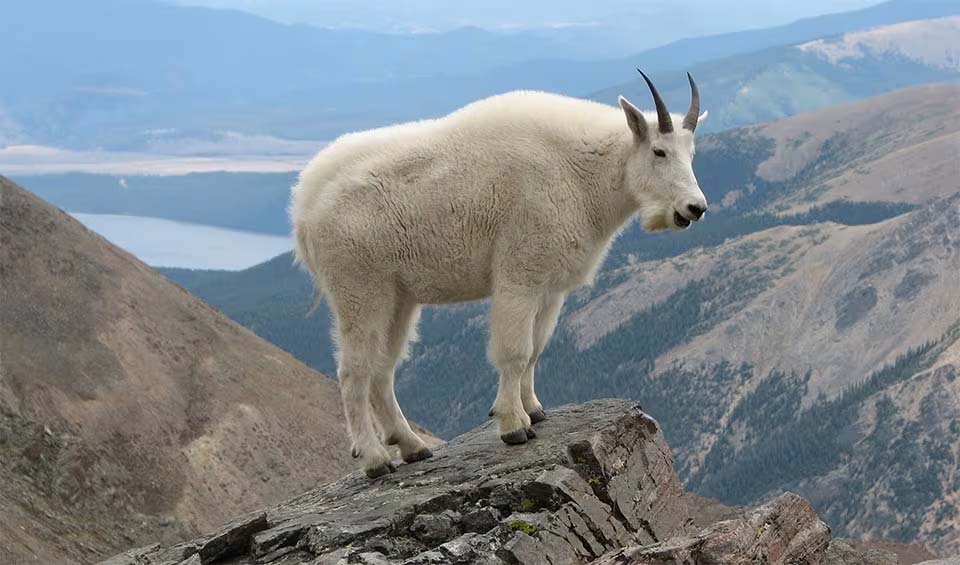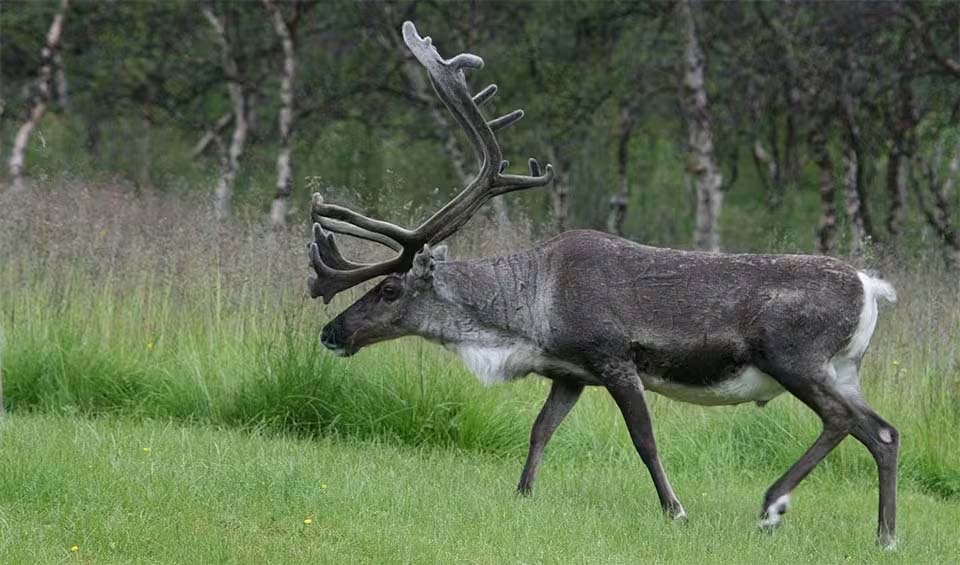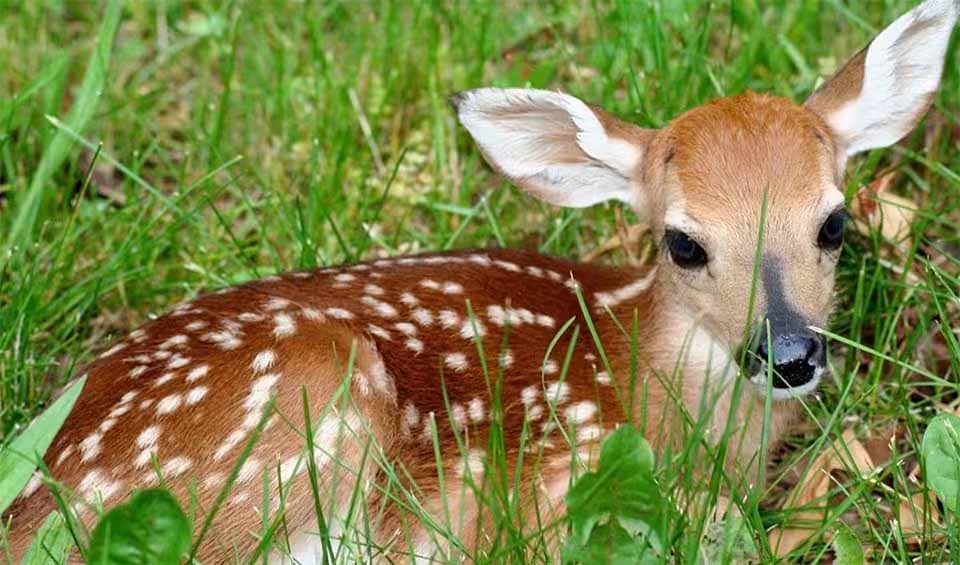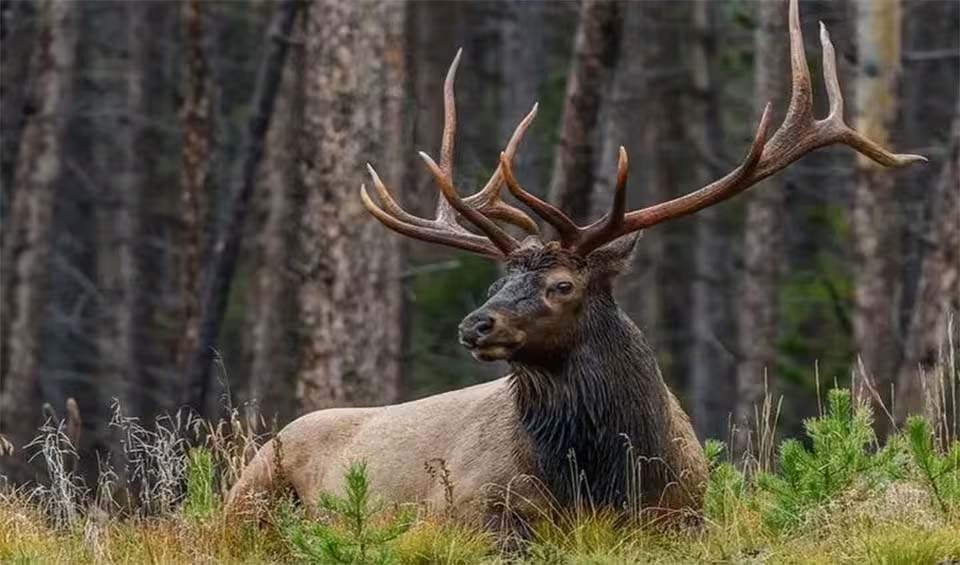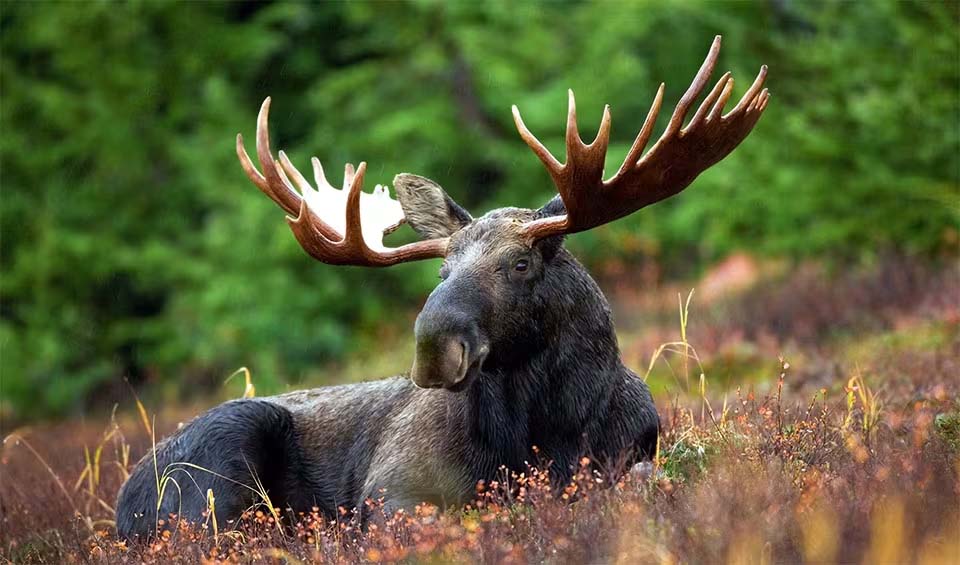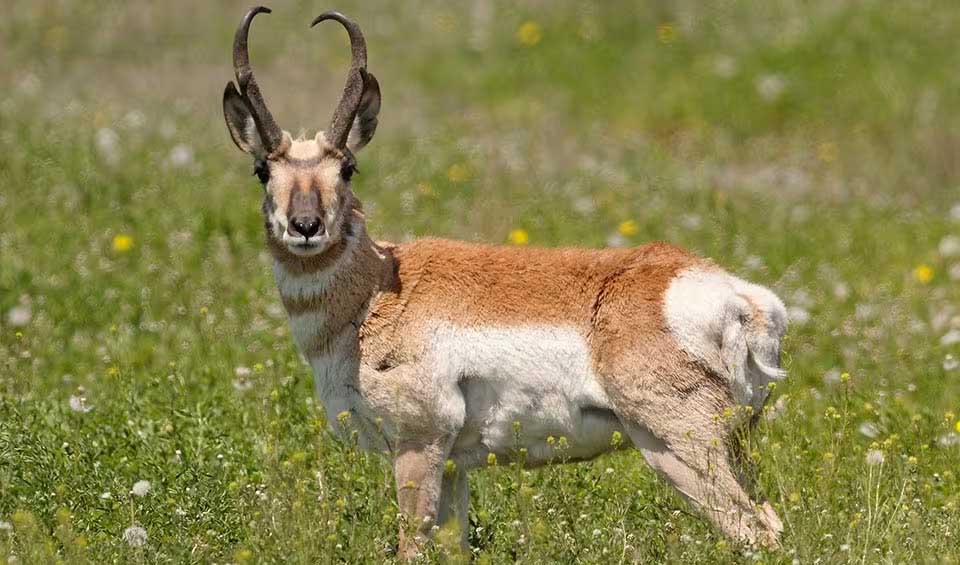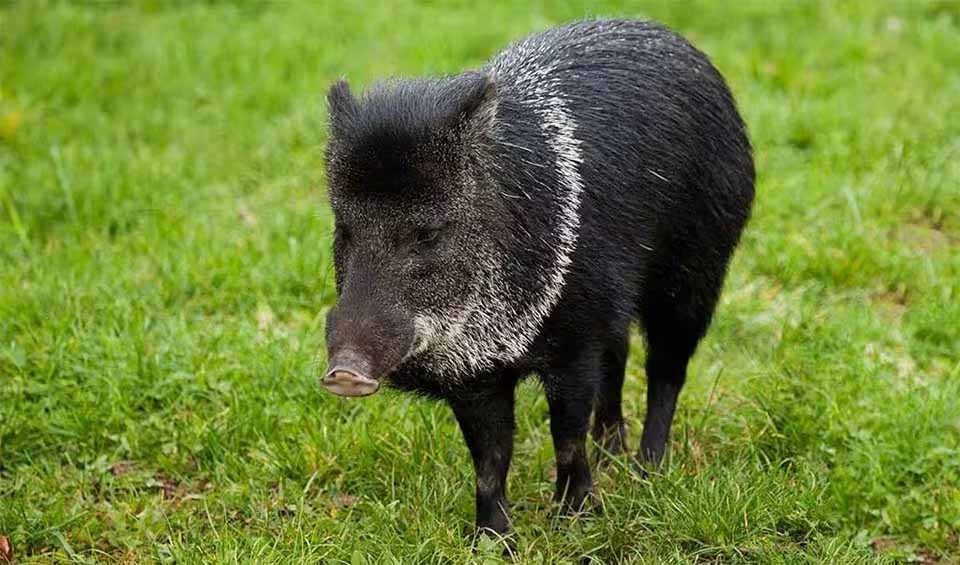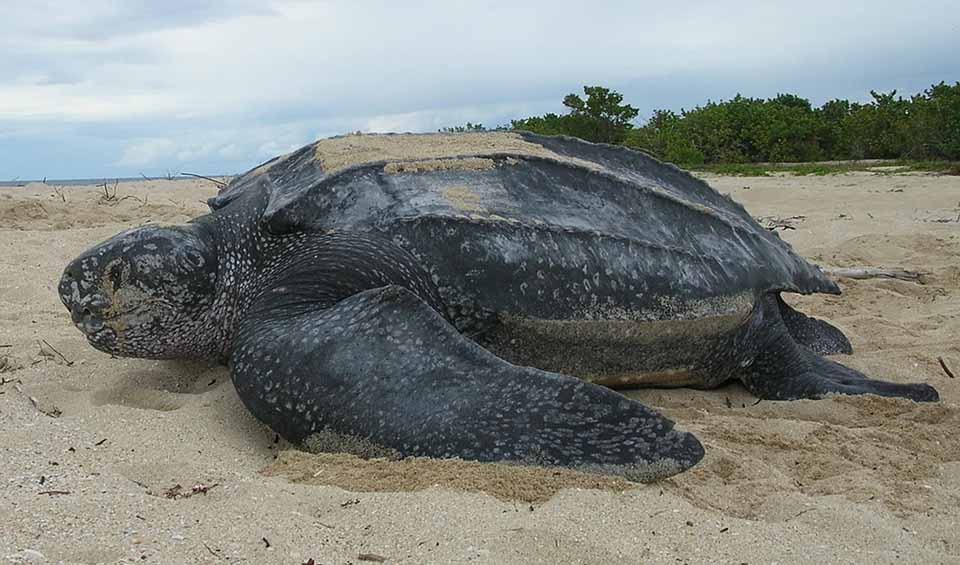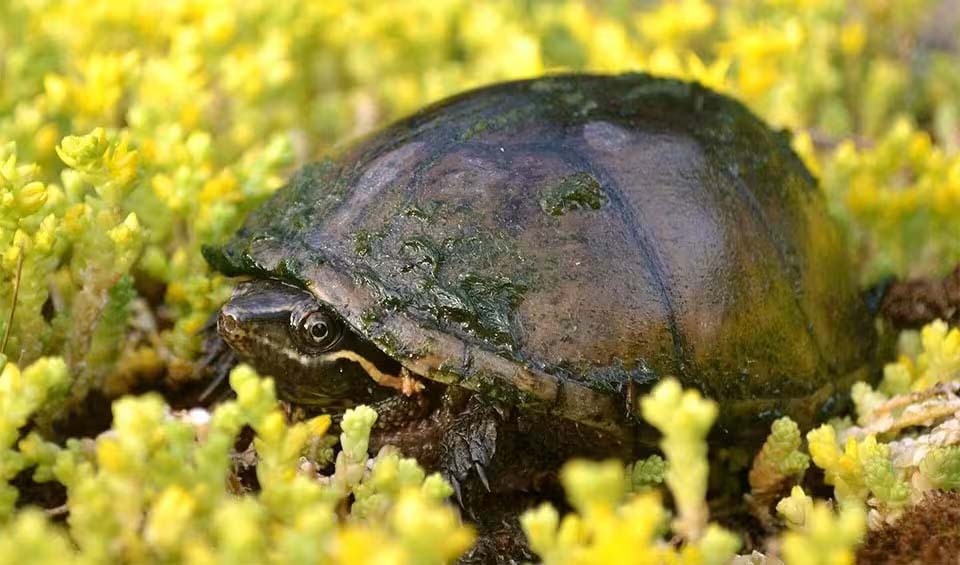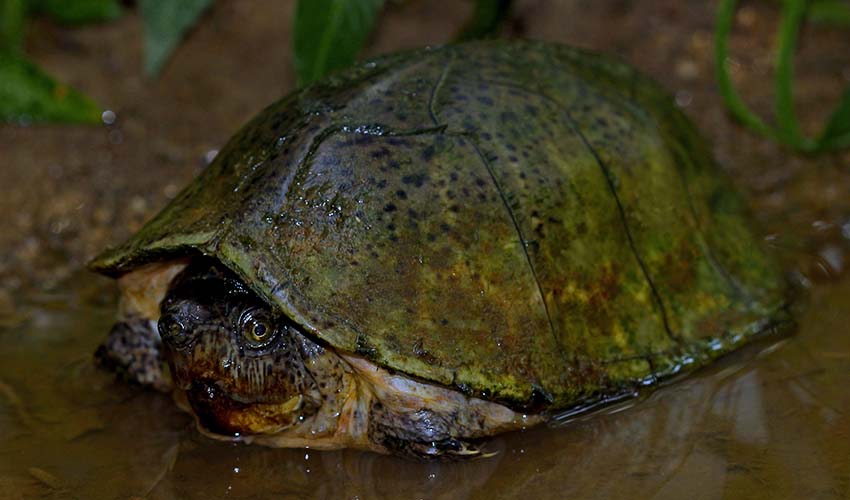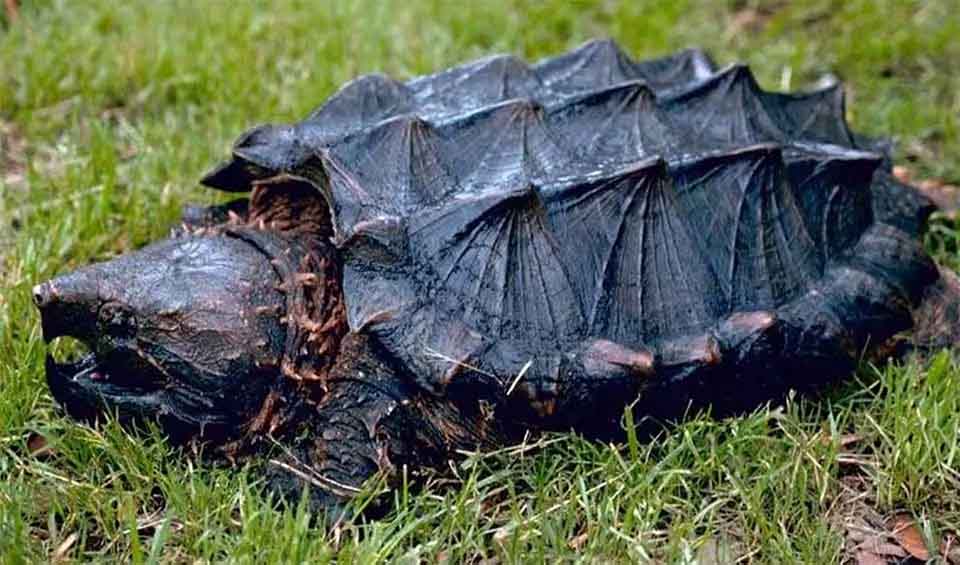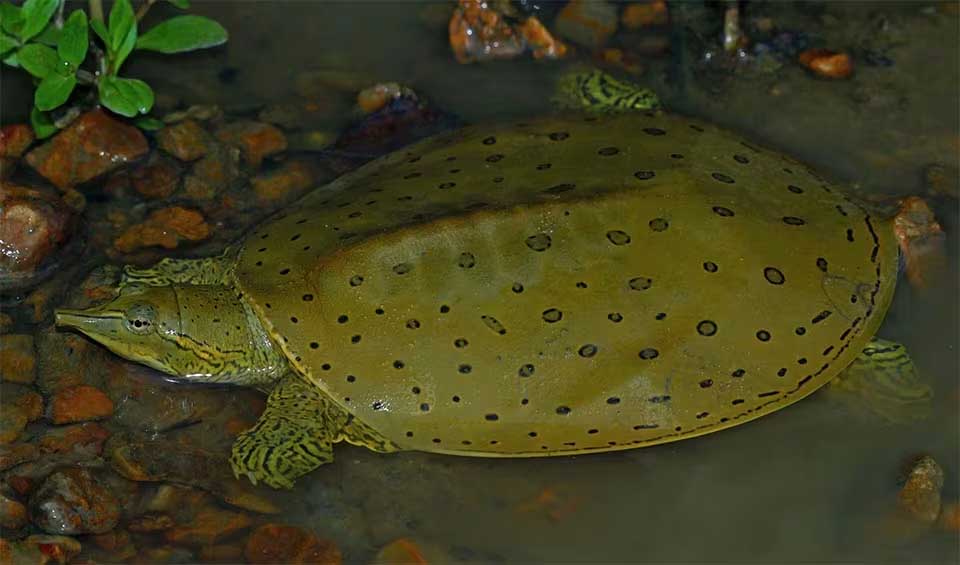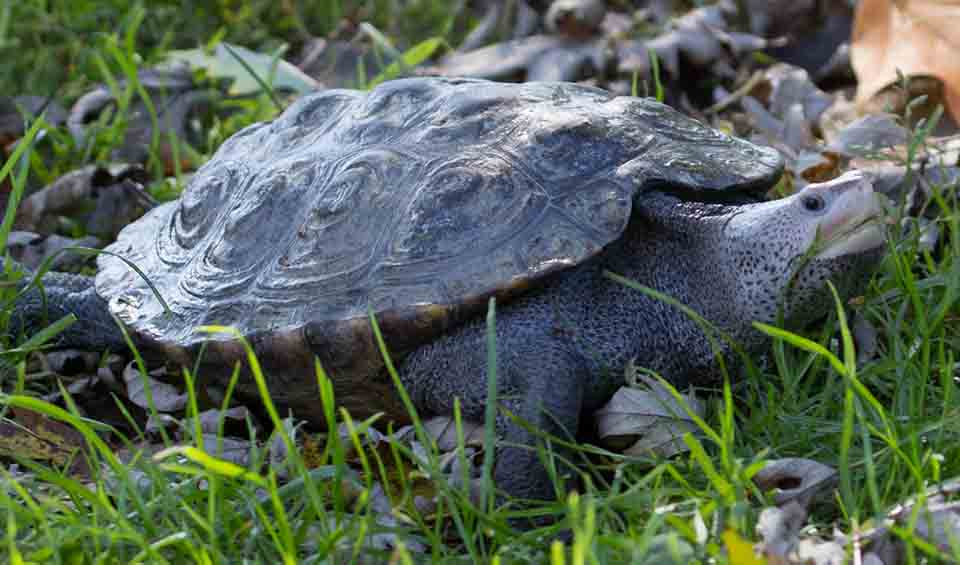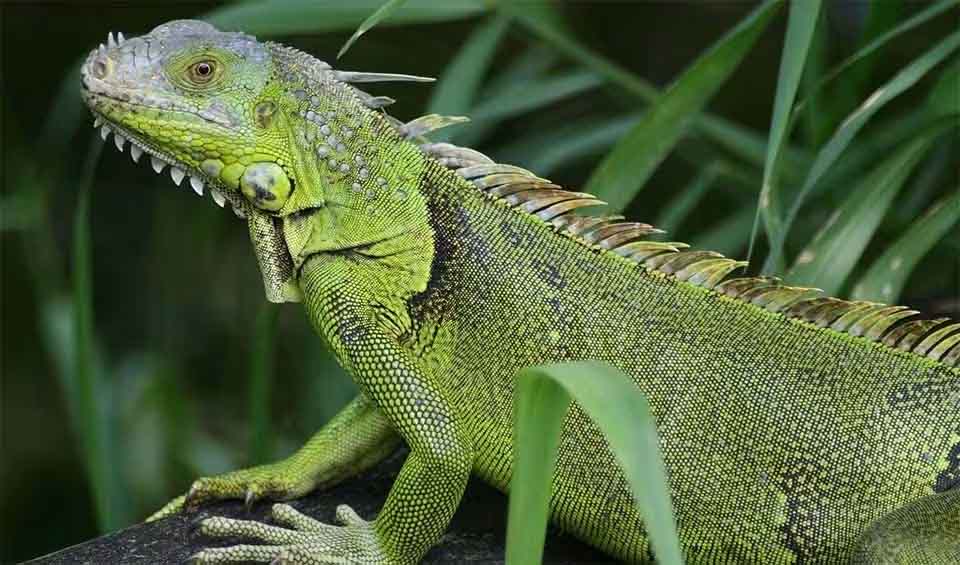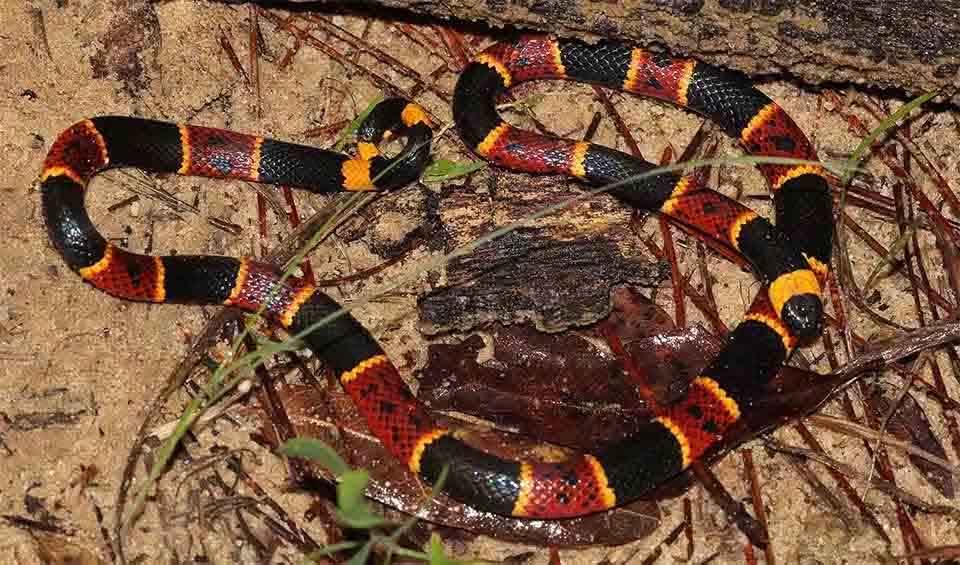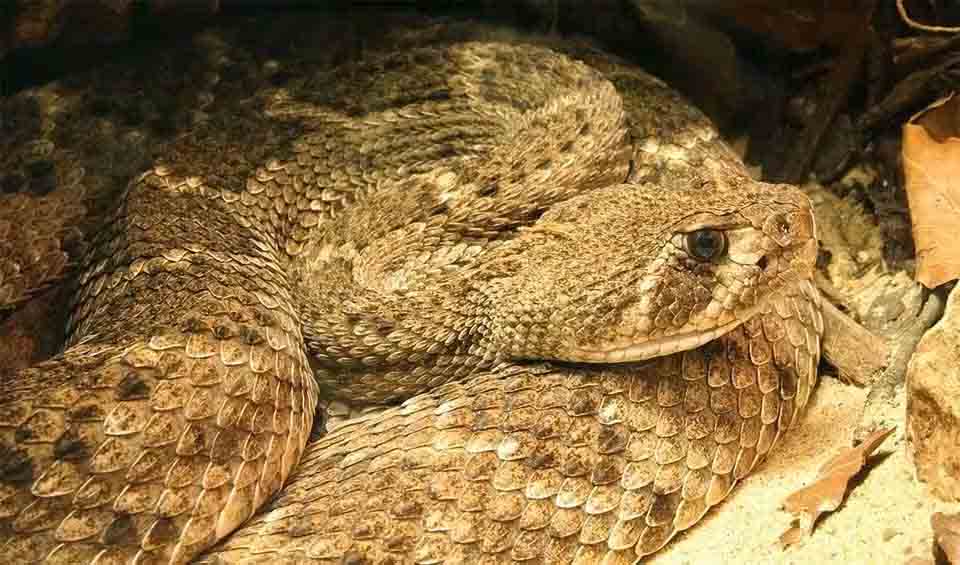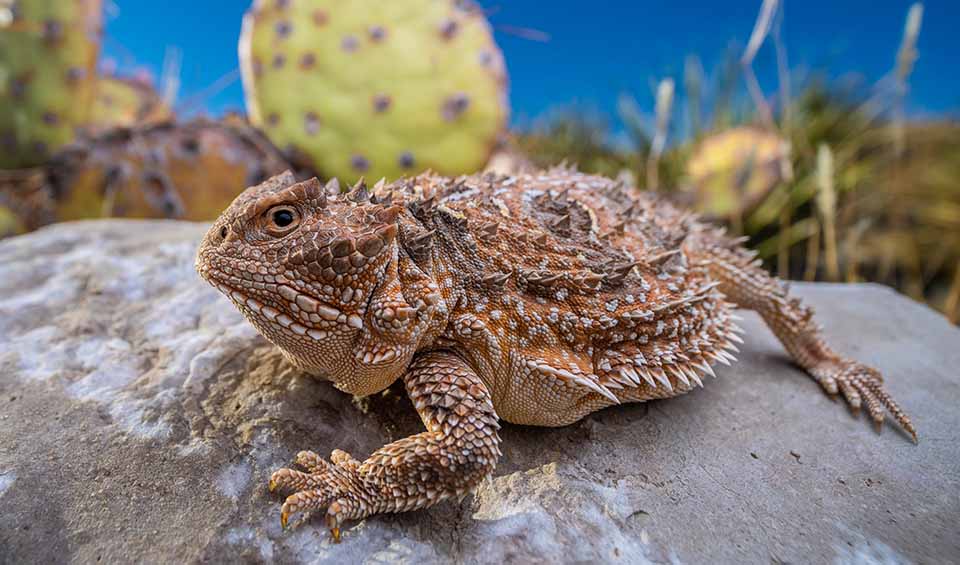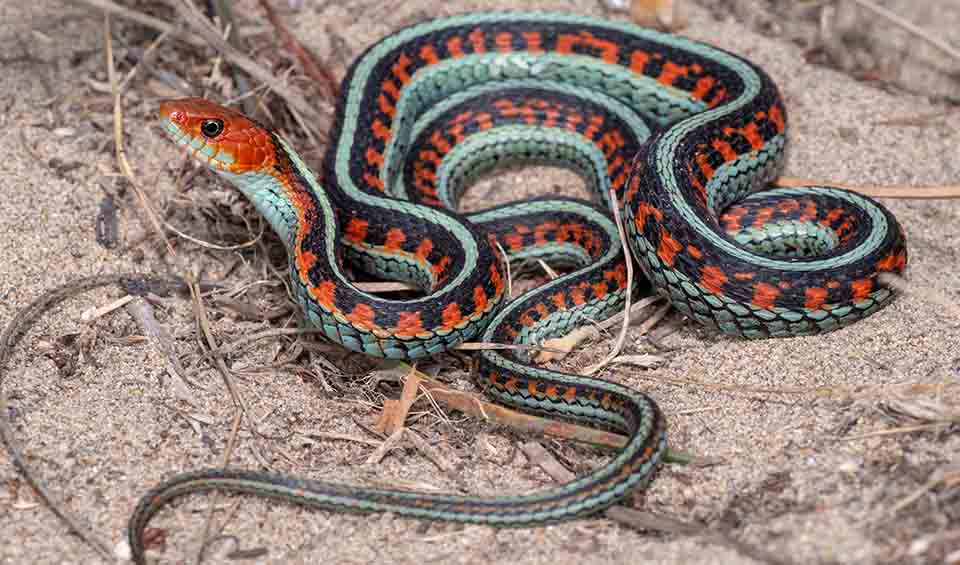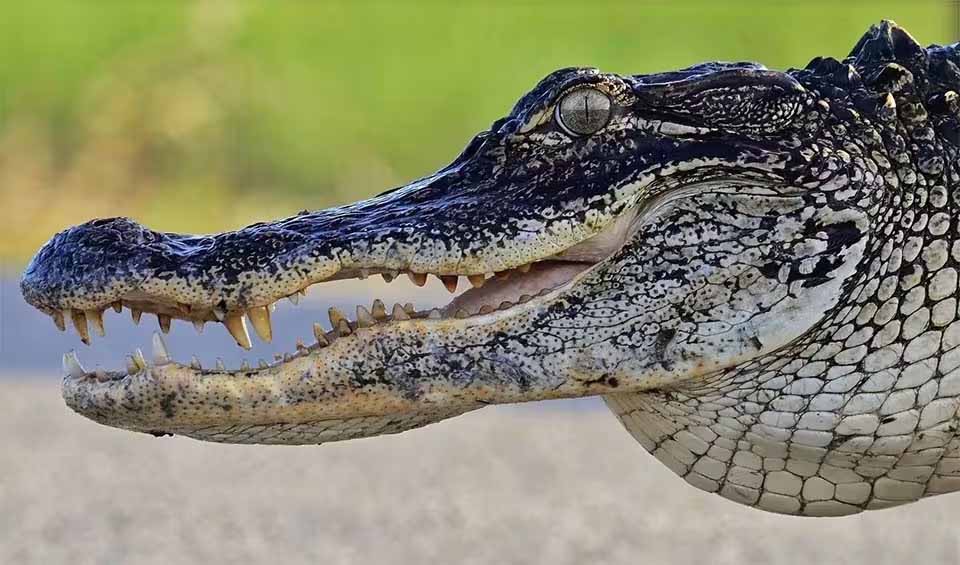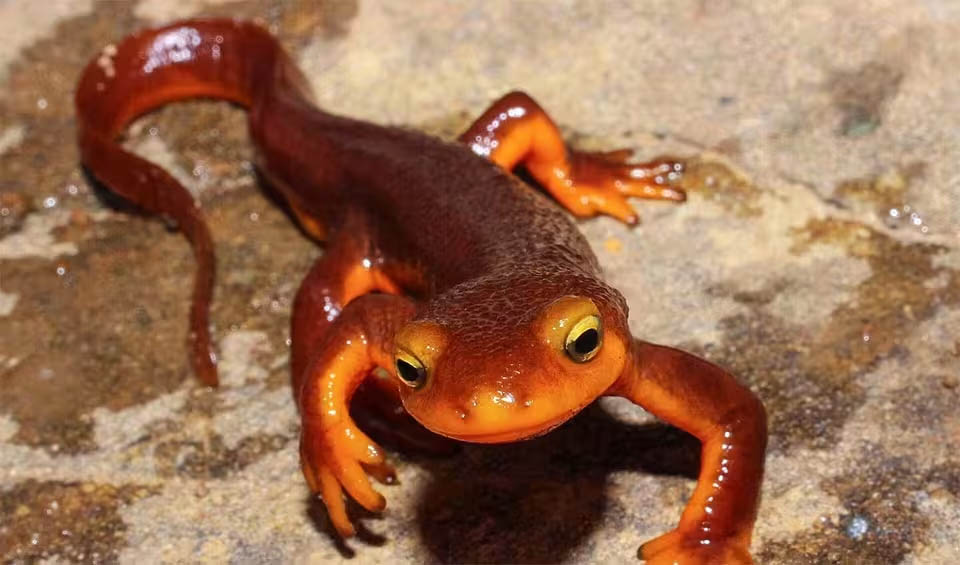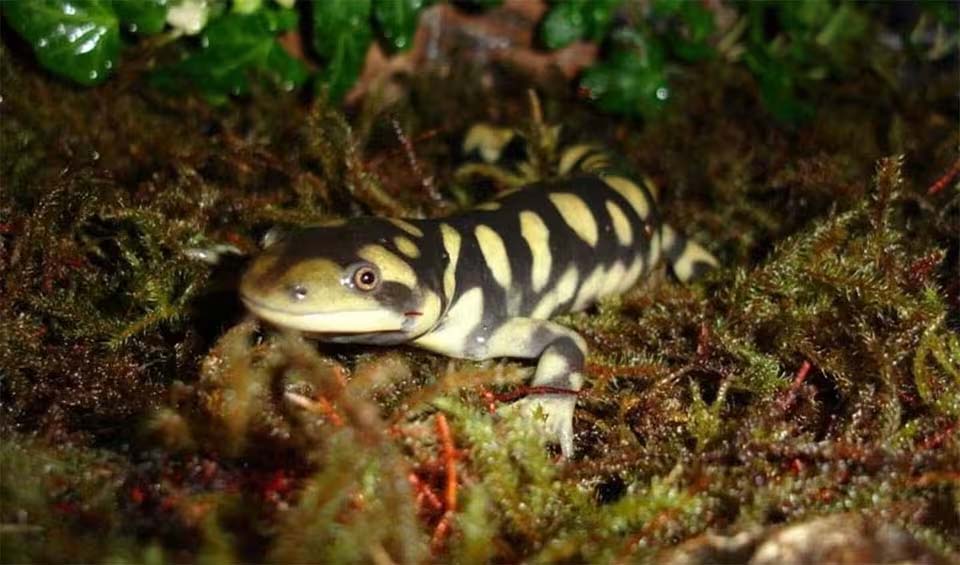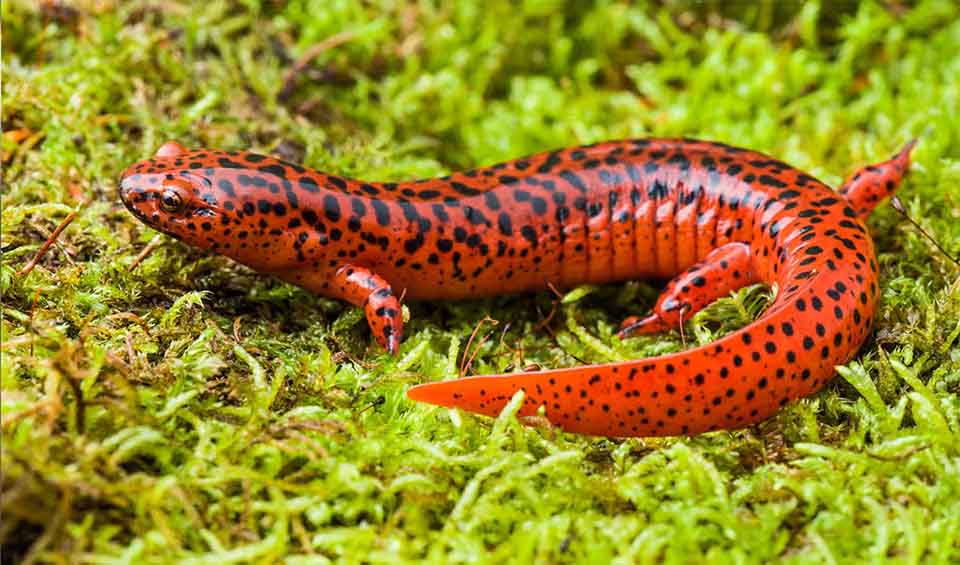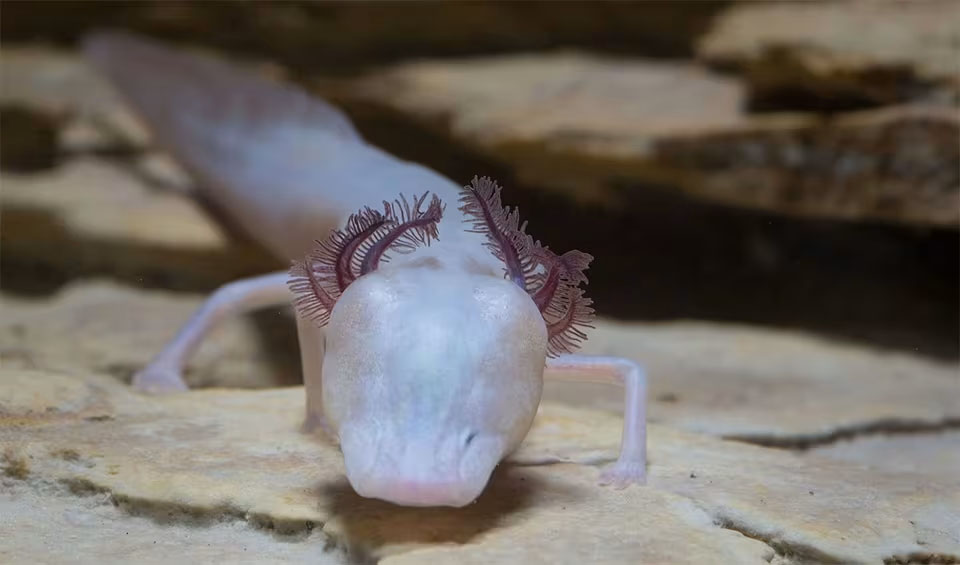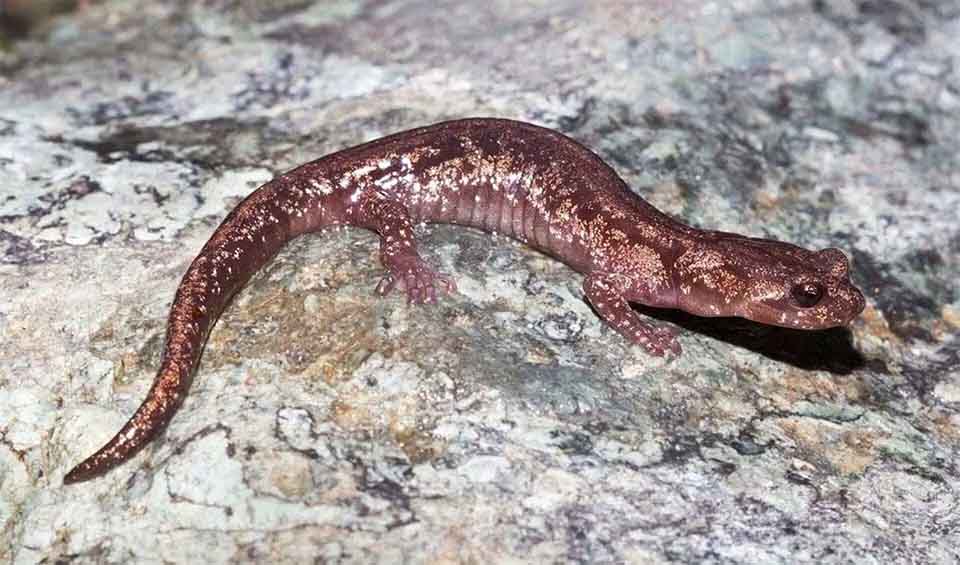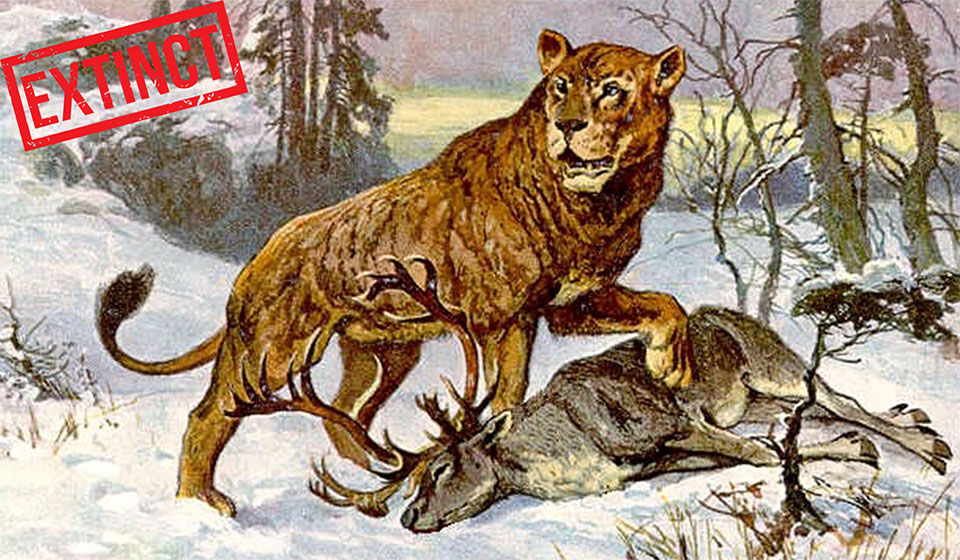Search for United States
Hawaiian crow
The last two individuals were last observed in June 2002
Razorback sucker
The tall hump/keel on its back is bony and hard, not soft tissue—one reason it feels so “armored” and unique
Little auk
One of the most numerous seabirds in the North Atlantic, with huge colonies in the High Arctic
Cassin’s auklet
Sometimes described as a flying tennis ball because it’s small, round, and zips low over the waves with fast wingbeats
Grey plover
Can be black, can be grey but it’s the same bird
Yellow-billed loon
Preferred deep, cold lakes on the high Arctic tundra, far away from people and noise
Bar-tailed godwit
Has one of the longest nonstop flights ever recorded for any bird
Eskimo curlew
Once a sky-filling spectacle—today, most of what we have are museum skins and stories
Greater prairie-chicken
They’re chunky birds and don’t fly often, but when they do, it’s a noisy, explosive takeoff
Long-tailed duck
One of the deepest-diving ducks
Scripps’s murrelet
Blink-and-you-miss-it land time
Red-legged kittiwake
Among all the gulls on Earth, this is the one with bright red legs and feet
Bristle-thighed curlew
One of the only tool-using shorebirds
Eurasian curlew
Has the longest bill of any wading bird
Cinnamon teal
Its speed and size make it harder for predators (and hunters) to track
Black scoter
Scan the sea on a cold day, and that “black smudge” past the breakers might be a raft of scoters
Spectacled eider
Instantly recognizable by the bold “goggles” that give it its name
Masked duck
One of the smallest stiff-tailed ducks in the Americas
Black vulture
Smell? Not so much—mostly rely on eyesight and the behavior of other vultures to find food
King eider
Honestly looks like a character from an animated movie!
Ivory gull
Often follow predators around, swooping in to feed on leftovers from seal and whale kills—plus seal placentas and even poop
Sonoran desert tortoise
Native to the Sonoran Desert of Arizona and the Mexican states of Sonora and Sinaloa, this tortoise thrives in some of the hottest and driest environments on Earth. For many years, it was grouped with the Mojave desert tortoise under a single species, but recent genetic studies revealed that the two are distinct. Unlike its […]
Gopher tortoise
Their diet includes over 300 plant species, from wildflowers and grasses to berries and legumes
Indian hog deer
It runs like a pig — not a deer
Common goldeneye
Crisp-feathered, fast-flying, and fearless in icy waters
Black grouse
Their toes grow comblike scales in winter, helping them walk on snow
Snowy plover
Weighs about as much as a couple of slices of bread and is barely bigger than a sparrow
Short-finned pilot whale
The “cheetahs” of the deep ocean
Bobolink
Symbols of open summer fields and joyful wild song
Indigo bunting
Under certain angles, the feathers can look almost black
Northern gannet
Superb gliders and can travel hundreds of kilometers in a day, riding winds with barely a wingbeat
Juniper titmouse
That little head tuft? It rises and falls with mood — desert bird emojis in real life
Bronzed cowbird
Watch them forage and you’ll see a funny, deliberate shuffle-strut walk
Ocoee salamander
Their colors are so variable that no two seem quite alike
Caspian tern
A heavyweight champ — elegant, yes, but you don’t want to mess with that beak
Atlantic yellow-nosed albatross
This bird can circle the South Atlantic without breaking a sweat (or a wingbeat)
Black noddy
Black feathers, white cap, sleek shape — it’s the tuxedo of the bird world
Red-backed salamander
So numerous that their total biomass (combined weight) can actually exceed that of all the birds and small mammals in the area
Four-toed salamander
Its tail is noticeably constricted near the base, almost as if it were designed to break off easily
Spring salamander
When hunting, it uses its sticky, projectile tongue to snatch prey with lightning speed
Northern saw-whet owl
Its eyes make up nearly half the size of its skull, giving it excellent night vision but little room for movement
Blanding’s turtle
Often described as the “smiling turtle” — and for good reason
Common box turtle
Known to eat mushrooms that are toxic to humans without any ill effects
Spotted turtle
Can live for more than 50 years, and some have been known to reach 100!
Western spadefoot
Sometimes emit a scent reminiscent of peanuts—an unusual trait not common in many amphibians
Striped dolphin
Among the most athletic dolphins, known for their spectacular leaps and spins that can reach several meters high
Risso’s dolphin
Sometimes called the “scars in the water” thanks to their many white markings
Sidewinder
World’s fastest snake on sand!
Green and black poison dart frog
Was once used by Indigenous peoples to coat the tips of their hunting darts—hence the name “poison dart frog”
Yellow-bellied sea snake
The most widespread species of snakes on earth are found throughout the Indian and Pacific Oceans and from Africa to Central America
Stump-toed gecko
Its thin, translucent skin gives it a ghostly appearance under bright light
Greater roadrunner
And yes, this is the same “beep-beep!” celebrity from Looney Tunes!
American redstart
One of the most admired warblers across the continent
Velvety fruit-eating bat
Its fur is so soft and dense that early naturalists compared it to fine velvet or mink
Hooded skunk
Earns its name from the thick “hood” of fur that extends from its head down its back
Nine-banded armadillo
Found all over the Americas, it is the most widespread species of all armadillos
Desert tortoise
Spends up to 95% of its life underground, emerging mainly in spring and after summer rains to feed
Black spiny-tailed iguana
Blink and you’ll miss it — this iguana can out-sprint a chasing dog
Red wolf
Now teeters on the brink of extinction, surviving as one of the rarest wild canids on the planet
Laysan duck
One of the rarest and most remarkable waterfowl on Earth
Long-eared owl
Its flight is nearly soundless, thanks to specially fringed wing feathers that disrupt air turbulence
Short-eared owl
Defies the usual “creature of the night” stereotype by thriving in open landscapes and often hunting boldly in daylight
Wattle-necked softshell turtle
A leathery, flat-bodied turtle that looks part alien and part ancient relic
Lemon shark
Their “lemon” color actually changes slightly depending on light and habitat
Spotted eagle ray
Though they possess venomous spines near the base of their tail, they rarely use them except in self-defense
Red-masked parakeet
Best known as the famous “parrot of Telegraph Hill” in San Francisco
Northern collared lemming
Have curved digging claws on their front feet that actually grow longer in winter
Mule deer
Their ears are about three-quarters the length of their head
Mexican long-tongued bat
Its tongue is so long that when retracted, it coils up inside the bat’s rib cage
Oldfield mouse
Often have an “escape tunnel”, giving them a quick exit if danger approaches
Red tree vole
“Signature species” of the Pacific Northwest old-growth forests
Giant kangaroo rat
Super seed hoarder—one can store tens of thousands of seeds in underground caches
Northern flying squirrel
Capable of ultrasonic communication, producing sounds that are too high-pitched for humans to hear
Mountain beaver
One of the only mammals that can twist their ankle joints around almost completely
White-sided jackrabbit
Its range is shrinking due to agricultural expansion and overgrazing in Mexico
Mexican free-tailed bat
Their guano deposits have historically been harvested as fertilizer
Alaskan hare
Biggest hare in North America
American mink
Part hunter, part opportunist, part invader
Razorbill
Spend most of the year out on the open ocean, far from land, only returning to cliffs to breed
Barbary sheep
Remarkably athletic jumpers, able to leap nearly 2 meters (6 feet) straight up when startled
Sand martin
A bird that carries the rhythms of the seasons on its wings
Crested auklet
The crest size actually matters—the longer, curlier crests are more attractive to potential mates
Rhinoceros auklet
It’s horn isn’t bone or keratin like a rhino’s horn—it’s actually a keratinized sheath that grows only during breeding season
Chinese softshell turtle
Its flat body makes it a superb swimmer and a master at burying itself in mud or sand
Ivory-billed woodpecker
Earned the nickname “Lord God Bird” because people who saw it often gasped, “Lord God, what a bird!”
Brahminy blind snake
Often mistaken for an earthworm
Red-vented bulbul
Cherished as common, friendly garden birds
Red-whiskered bulbul
A bird that adds both music and style to any landscape it inhabits
Spoon-billed sandpiper
One of the rarest birds in the world with feathers that change color depending on the season
California quail
Their cheerful calls, often described as sounding like they are saying “Chi-ca-go!”
Red knot
In winter, they’re plain grey and white, but in the Arctic summer, they turn into a glowing rusty red
Sand tiger shark
May look like villains, but in truth, they’re peaceful giants of the sea
Ruff
Looks ordinary—but transforms into one of the most extravagant birds during breeding season
Pygmy killer whale
One of the lesser-known members of the dolphin family, despite its dramatic name
Lesser white-fronted goose
One of the smallest wild geese in the Northern Hemisphere, only a bit bigger than a mallard
Thick-billed parrot
Its thick bill is so strong it can slice open cones that even squirrels struggle with
Taurus scarab
Guinness World Record holders among animals for “strongest relative to body weight”
Oregon spotted frog
Small, shy, and perfectly tuned to warm, weedy wetlands
New England cottontail
Needs a special kind of home: young forest and dense shrubs
Brush rabbit
Often stay within a very small home range—sometimes less than an acre—spending their entire lives in one patch of dense brush
Marsh rabbit
The only rabbits in the U.S. that live almost exclusively in wetlands
Pygmy rabbit
So shy and elusive, so spotting one in the wild is a rare treat
Northern bottlenose whale
Despite the name, it’s a beaked whale—not the famous bottlenose dolphin
Bearded seal
Each whisker is packed with nerves, so they can “feel” food hidden in mud without seeing it
Polynesian rat
The third most widespread rat on Earth, after the brown rat and black rat
Atlantic horseshoe crab
A living fossil of the Atlantic coast
Ruddy ground dove
One of the tiniest doves in the Americas
Flattened musk turtle
One of the rarest and most specialized turtles in the United States
Little brown bat
Gentle, harmless, and incredibly important to both ecosystems and agriculture
ʻAkohekohe
One of the most charismatic and irreplaceable birds in the Hawaiian Islands
Wood stork
The “giant of the swamp”
Green kingfisher
Have eyesight that is exceptionally keen—so much so that they can easily spot tiny fish swimming just beneath rippling water
Giant ameiva
Can move startlingly fast, often vanishing in a blur of motion when startled
Red-footed booby
Goofy-looking yet evolutionarily refined for life above the waves
Tropical kingbird
Surprisingly aggressive for a bird with a sunny name
Red tegu
One of the few reptiles known to show partial warm-bloodedness (seasonal endothermy)
Turkey vulture
A bird that quietly keeps the environment clean
Atlantic salmon
Travels with nature’s GPS: a magnetic compass and a nose that never forgets home
Scalloped hammerhead
Their skin actually darkens, just like a sunburn!
Grey seal
Researchers once mistook their eerie underwater noises for a submarine!
Ringed seal
No other seal builds snow lairs as consistently as them
Rainbow skink
One second they’re there — blink — and it’s just tail dust
Veiled chameleon
That tall helmet-like casque isn’t just stylish—it acts like a rain funnel, guiding water straight into the chameleon’s mouth
Snowy owl
There is more to this species than its majestic coat of thick white feathers and piercing yellow eyes
Great horned owl
Often called the “tiger of the sky” because of its fierce hunting skills and bold personality
Nilgai
Have an awkwardly stiff gait, kind of like they’re walking in slow motion with exaggerated leg lifts
Common mabuya
You might’ve already seen one in your backyard
Ruddy turnstone
They flip the script — literally!
North American porcupine
If they feel cornered, they’ll stomp their feet, rattle their quills, and even release a funky smell as a warning
Groundhog
Yes—the very same ‘woodchuck’ from the famous tongue twister
Hoary marmot
They have a serious “fat race”
Olympic marmot
Declared as the official endemic mammal of Washington State in 2009
Pygmy rattlesnake
Has such a tiny rattle that it often sounds more like a faint buzz than a warning shake
Black-crowned night heron
One of the most widespread and adaptable herons in the world
Yellow-crowned night heron
Crabs make up over 90% of their diet
Shenandoah salamander
This rare salamander is a true conservation standout
Barking tree frog
Best known for its distinctive call that sounds surprisingly like a dog’s bark
Gila monster
A small group of nest predators that contains venomous lizards
Small Indian mongoose
Famous snake-fighter — with strategy
Black-tailed rattlesnake
While still venomous and dangerous if provoked, they are considered less aggressive than some of their rattlesnake cousins
Redwing
In Iceland, its arrival is eagerly awaited as it signifies the end of the harsh winter
American robin
Their shape and style are closer to forest thrushes—just way more comfortable around people
Barking frog
Although they’re fairly widespread, they are rarely seen
American crocodile
These creatures often ingest stones, aiding food digestion and buoyancy regulation in the water
Eastern diamondback rattlesnake
Largest of the 32 currently recognized rattlesnake species native to the US
Agkistrodon piscivorus cottonmouth
They are called cottonmouth for their fluffy white mouth insides that they show out when threatened
Nutria
Look a bit like a cross between a beaver and a rat
Midget faded rattlesnake
One of the smallest species of rattlesnakes in North America, hence the name “midget”
American herring gull
It’s the classic white-headed, grey-backed “seagull” of postcards and cartoons
Mazama pocket gopher
Some subspecies are so rare they survive only in undeveloped spots like parks, airfields, or military bases
Plains pocket gopher
Surprisingly feisty — using their strong teeth to defend their burrows from intruders
Laughing gull
Once you’ve heard them laugh, it’s hard to forget!
Southwestern speckled rattlesnake
You see, its skin can be all sorts of colors, like pink, brown, gray, or even yellow!
Galapagos shark
Believed to use Earth’s magnetic field to help them navigate vast ocean distances
Hawaiian monk seal
It’s Hawaiian name means “the dog that runs in the rough seas”
Timber rattlesnake
One of North America’s most formidable snakes, known for its long fangs and potent venom
Himalayan tahr
Even from day one, they’re already scrambling up slopes alongside their mothers!
Short-tailed albatross
For decades, it was thought to be virtually gone, until a small breeding colony was rediscovered
Pigeon Mountain salamander
Equipped with extraordinary toe pads, it fearlessly defies gravity as it effortlessly scales the steep cliffs and rocky terrains
Royal tern
These birds ride ocean breezes for miles without flapping much at all
Bog turtle
One of the tiniest and most fascinating turtles in North America
Weller’s salamander
Freezes up and pretends to be a lifeless log, hoping to fool its enemy into thinking the coast is clear
Red-legged salamander
Incredibly site-faithful, often sticking to the same small territory for years — sometimes just a few square meters!
Wood turtle
They’re soaking up UV rays that help them process calcium for strong shells
Common ringed plover
This bird taps its feet to imitate rain to make the prey reach the surface
Whooping crane
The tallest bird of North America- saved from the brink of extinction, with less than 20 left in the ’40s
Bermuda petrel
People believed it had disappeared for centuries, but then it was found again
Fea’s petrel
People rarely see it clearly because it spends so much time far offshore
Black-tailed jackrabbit
Trick question, is a black-tailed jackrabbit a rabbit or a hare? The answer is a hare!
Frosted flatwoods salamander
With its smooth, glistening skin, it’s like a walking jewel glimmering in the moonlight
Blue-spotted salamander
You’re most likely to spot one after a spring rain
Red-footed falcon
Their favorite snack? Large insects like locusts and dragonflies
American kestrel
The smallest of falcons in the entirety of America, but you would be mistaken to take this bird lightly
Cooper’s hawk
With its keen eyesight, or darting through the trees in pursuit of prey, it embodies the precision and power of nature’s predators
Little tern
Renowned for their spectacular aerial displays during courtship, including steep dives and intricate flight patterns
Common blackbird
Arguably among the most beautiful songbirds in the world — they enjoy singing after a rain shower
Red junglefowl
Native to Asia where they were first domesticated, the ancestors to all our chickens
Common crane
The flocks of this social and gregarious bird are fond of migration, flying over the horizon and creating a V-shaped formation
Goosander
Its long, serrated beak, often called a “sawbill,” is perfectly adapted for catching slippery prey like fish
Gopher frog
It possesses the remarkable ability to enter a state of dormancy when confronted with danger or arid environments
California sea lion
The most intelligent of all sea lion species; trained for use by the United States Navy
Purple gallinule
One of the most dazzling waterbirds of the Americas, often described as a “swamp jewel”
European starling
Brilliant mimics, they can copy bird calls and even human-made sounds like car alarms and ringing phones!
Red-bellied newt
A touch can be deadly, as their skin harbors enough tetrodotoxin to potentially kill an adult human
Pond slider
Got their name from their ability to quickly slide off logs or rocks into the water when they feel threatened
Eastern copperhead
Easily recognized by their distinctive hourglass-shaped bands, which are often brown or reddish-brown
Corn snake
Often get mistaken for venomous copperheads due to their similar patterns, but fear not, they are harmless!
Milk snake
Named after their habit of hanging around barns, where cows were often kept
Burmese python
A powerful constrictor that can grow longer than a school bus!
American pine marten
Females can postpone embryo development up to 200 days, and the pregnancy only lasts about 28 days
Lesser black-backed gull
A common sight in coastal regions throughout the Northern Hemisphere
Black guillemot
Can withstand harsh winter conditions, often remaining at sea even when the water is frozen
Northern curly-tailed lizard
Known for its distinctive curly tail, which it can shed to distract predators
Chital
Also known as “barking deer” because of their loud, barking alarm calls
Black-necked grebe
Unlike many birds, their chicks can swim and dive just hours after hatching
Horn shark
Their distinctive “horns,” specialized teeth, and spiral-shaped eggs set them apart from other sharks
Goblin shark
Its appearance is what really sets it apart—it looks like something straight out of a science fiction movie
Florida softshell turtle
One of the largest freshwater turtles in the United States
Steller’s sea eagle
One of the largest beaks of any eagle, perfect for tearing apart tough fish and other prey
Brown anole
Often seen sunning themselves on fences, walls, and tree trunks
Bald eagle
The magnificent national bird of the United States, distinguished by a snowy white head, neck, and tail
Common watersnake
Often mistaken for its venomous cousin, the cottonmouth
Guadalupe fur seal
Has large, expressive eyes, which help them see in the dim light of the deep ocean
Muskox
A big, furry animal that looks like a mix of a cow and a sheep, living in one of the coldest places on Earth
Rock ptarmigan
A bird that can change its color to match its surroundings!
Painted bunting
A tiny bird with colors so bright, it looks like it was painted by an artist
Java sparrow
Small, chubby bird with big, round eyes that make it look extra cute
Hellbender
They’re kind of like underwater couch potatoes; they just hang out on the bottom of the stream and wait for food to swim by
European goldfinch
Can hang upside down while feeding!
Northern cardinal
The state bird of seven U.S. states—more than any other bird
Muskrat
They’re kind of like big, furry rats but with a different shape
American white pelican
Despite their size, they are surprisingly buoyant and can sit high on the water like boats
Brown pelican
The smallest of the eight pelican species
Green jay
Often seen as a symbol of both curiosity and cleverness
Groove-billed ani
Got a long tail, a big head, and a curved bill with little grooves on it – that’s where its name comes from
Flat-tail horned lizard
It’s got big, pointy horns sticking out, making it look like a tiny dragon. Don’t worry though, it’s completely harmless!
Common chuckwalla
It puffs up its body by taking in lots of air to make itself look bigger and scarier to scare away enemies
Eastern racer
Even though they might look scary, they’re actually harmless to people and often attempt to flee rather than fight
Black oystercatcher
Don’t let their name fool you; they actually prefer to eat mussels and limpets rather than oysters!
Red-headed woodpecker
Unlike other woodpeckers, this bird loves to catch bugs in the air, not just from trees
Common pochard
Can dive down to the bottom of a lake and rest there, safe from predators!
Eurasian skylark
They might not look like much, but they have an incredible talent: singing!
Tufted duck
Sometimes mistaken for the North American ring-necked duck — but the tuft gives them away immediately
Sharp-tailed grouse
It’s a bit like a chicken, but with longer, pointed tail feathers
Great grey owl
One of the biggest owls in the world, but don’t let its size fool you – it’s actually quite light!
Greater sage-grouse
Love to eat sagebrush, which gives their feathers a unique smell that helps them stay safe from predators
Black-footed ferret
Often seen engaging in antics that include hopping sideways and backwards, a behavior known as the “ferret dance”
Hooded seal
Only males possess a unique, inflatable, balloon-like nose that they can inflate into a large red shape
African clawed frog
It’s a frog, but it doesn’t look like the typical frogs we think of!
European hare
Unlike rabbits, they don’t live in burrows, instead, they make shallow nests in the grass called forms
Green anole
Really good at climbing trees and fences because their feet have special sticky pads that help them stick to almost anything!
Barn swallow
Most common and widely distributed swallow globally
Northern lapwing
Very active and noisy, with a loud, piercing call that sounds like “pee-wit”
Pacific tree frog
A small, green friend you might find hopping around in gardens, forests, or even your backyard
European green lizard
Usually green, but its color can change a bit depending on where it lives and what it’s doing
Indiana bat
Can lower their body temperature to just a few degrees above freezing during hibernation
Rice’s whale
One of the most endangered whale species on Earth
Blackbuck
Once hunted extensively for their meat and beautiful horns that pushed their numbers to dangerously low levels
Common snapping turtle
Unlike the smooth shells of most turtles, its carapace is ridged and gnarled, resembling a piece of ancient armor
Great hammerhead
The biggest of all the hammerhead sharks, with a massive head that looks like a giant, flat hammer
Common wall lizard
What makes them really interesting is their skin – it’s covered in lots of little bumpy scales, like tiny pearls
Crested caracara
Got the looks of a hawk with the scavenging habits of a vulture
Yellowfin tuna
Popular food fish, prized for its mild flavor and firm texture
Llama
Think of camels, but minus the hump!
Great kiskadee
This bird is a real chatterbox, constantly announcing its presence with its loud, three-part call – “kis-ka-dee!”
White tern
Often called “Fairy Terns” or “Angel Terns” Because of their pure white plumage and graceful flight
Pantropical spotted dolphin
A champion swimmer and a social butterfly of the warm seas
Brown noddy
They bob their heads up and down as they fly, which is actually how they earned the nickname “Noddy”
Common coqui
They can be quite loud, reaching noise levels of up to 80 decibels – the equivalent of a running lawnmower!
Brown-throated parakeet
Charming little parrot with a personality as bright as its feathers
Burrowing owl
They don’t build their own nests – they cleverly take over burrows abandoned by prairie dogs, ground squirrels, or even tortoises!
Common bottlenose dolphin
Known for their acrobatic leaps, twisting and turning gracefully as they jump completely out of the water
American flamingo
Famous for its habit of standing on one leg
Mute swan
Known for their graceful movements and the distinctive “S” shape of their neck
Snowshoe hare
Climate change is creating “white hares on brown ground”
White-tailed jackrabbit
Can leap more than 5 meters (15 feet) in a single bound when startled
European rabbit
They spread faster than any other colonizing mammal in the world
Trumpeter swan
The largest species of Waterfowl present in America
Whooper swan
Very loyal partners! Once they find a mate, they usually stay together for life
Water buffalo
The “living tractors of the East”—vital in traditional agriculture, particularly in Asia
Five-lined skink
Can detach their tails when threatened by predators
Canada jay
Known for their excellent memory, allowing them to relocate hundreds of food caches even months after hiding them
Common pheasant
One of the most hunted, widespread, ancient, and well-known game birds
Green pheasant
Japan’s quake-alert national bird
American bullfrog
Introduced to many regions where it is now considered an invasive species
Sandhill crane
Known for their elaborate courtship dances, which involve leaping, bowing and trumpeting
Western toad
Can tolerate colder temperatures better than many other amphibian species
Little egret
During breeding, they transform with elegant white plumage, adorned by decorative plumes on the head, neck, and back
White wagtail
Holds cultural symbolism in some societies, representing good luck
Eurasian kestrel
Adaptable raptor known for its hovering hunting technique and striking appearance
Snowy egret
In the late 1800s, a single ounce of its feathers could be worth more than gold
Tiger shark
They eat almost anything that comes their way – you name it, they’ll try to snack on it!
Tokay gecko
Its large eyes are equipped with highly sensitive retinas, which allow it to see in low light conditions
Sambar deer
With its towering stature and impressive antlers, is a true king of the Asian forests
Oriental garden lizard
A lizard with vibrant hues – a living canvas of green, brown, and sometimes even blue
Nile monitor
Can deliver a painful bite, tail lashes, and fierce scratches — definitely a reptile to respect!
Shortfin mako shark
Speed and power embodied, they rule the seas with their sleek bodies and jaw-dropping leaping prowess
Basking shark
Majestic giants of the sea, they peacefully glide through the ocean with mouths agape, filtering the waters for sustenance
Oceanic whitetip shark
Opportunistic predators of the open ocean, their aggressive and persistent feeding behaviour strikes fear into the hearts of their prey
Bull shark
Fearless and formidable, these aggressive predators command respect in the waters they roam
Whale shark
Gentle giants of the sea, with mouths wide open to filter the ocean’s bounty
Great white shark
Majestic ocean predators, embodying power, speed, and precision in their pursuit of prey
Loggerhead sea turtle
One of the largest and strongest sea turtles in the world
Kemps ridley sea turtle
Meet the smallest and rarest sea turtle in the world
Hawksbill sea turtle
Its slender frame and narrow head bear a beak curved like a hawk’s, earning this marine marvel its name
Marbled salamander
With its intricate patterns resembling a painter’s masterpiece, this salamander is a walking work of art
Striped newt
It possesses a magical gift called “neoteny,” allowing some of its kind to retain their juvenile charm even in adulthood
Emperor angelfish
As it grows older, it undergoes a metamorphosis that is nothing short of extraordinary
Ocellated skink
Stands out with its striking ocelli, or eye-like markings, that adorn its sleek body
Mediterranean house gecko
Resilient creature that can thrive in human-dominated environments
Woolly mammoth
The smallest of the giants: the largest European mammal during the last ice age, yet smaller than their earlier ancestors
Arctic fox
Facing the consequences of global warming, they quickly lose their habitat and are pushed northward with the receding cold
Kit fox
Small but mighty, it rules the desert with ears as big as its heart and pouncing skills that leave prey in the dust
Red fox
Ladies and gentlemen, please welcome the world’s most widely distributed carnivore!
Bobcat
Also called the red lynx, it is the most common wild cat in North America
Swift Fox
Swift by name, swift by nature – this little fox is a real speedster!
Island fox
With a body the size of a housecat and a personality as fierce as a lion, this fox may be small, but it’s definitely mighty
Margay
These wild cats are cute, intelligent, agile, and well-adapted to inhabiting tropical and subtropical forests
Canada lynx
A powerful hunter with adaptations like no other, navigating the snowy terrain of North America’s forests
Scarlet kingsnake
A beautiful snake with patterns of red, black, and yellow rings encircling the body
American bison
Hunted almost to extinction, they were the first species to be reintroduced to nature
Bighorn sheep
The iconic species of the North American mountains
Dall sheep
Their horns come in handy during mating season and as a line of defense against wolves and bears
Polar bear
Living life on top of the world, but his kingdom is ever-narrowing
American black bear
America’s smallest and most widely distributed bear, endemic to North America
Brown bear
The second largest bear, right after the polar bear. Sadly, it well might top the list soon
Fox squirrel
They “tail talk”—they flick or wave their fluffy tails to signal alarm, aggression, or even to distract predators
North American beaver
To be or not to beaver? Beavers are armed with transparent eyelids that act as goggles to see underwater
Lesser long-nosed bat
The fact that they are critical pollinating agents for the blue agave plant (used to make tequila) saved them from the brink of being endangered
Anhinga
Their neck vertebrae have a hinge mechanism that allows it to dart its long neck and pierce its prey quickly
Least weasel
The smallest carnivorous predator in the world and so have limited fat stores and need to eat more than 50% of the body weight
Long-tailed weasel
Uses a hunting technique known as the Weasel War Dance that involves a series of frenetic turns, manic twists, and jumps to confuse the prey
Stoat
A small, fierce predator known for its agility, hunting skills, and color-changing fur
Great cormorant
Due to their adaptability and willingness to migrate to more favorable habitats, great cormorants are found worldwide
Blue-footed booby
When choosing a mate, foot color is of primary importance as a reliable indicator of health, immunity, and age
Brown booby
An impressively acrobatic bird that can catch flying fish mid-jump
Great frigatebird
These birds spend weeks in the air and hunt, preen and even sleep while in flight
Barn owl
The most cosmopolitan of owls with home ranges extending across the globe
Elf owl
The smallest owl in the entire world
Humboldt penguin
These penguins don’t chirp—they “hee-haw” like donkeys!
Rose-ringed parakeet
If you ever forget the tune of a song, don’t worry; this bird has your back
Wilsons storm petrel
This species is found in all world oceans except the north Pacific Ocean
Leachs storm petrel
These petrels stylishly ride the ocean waves like they own the winds
Manx shearwater
Impressive flights but clumsy walking on the ground are observed in these birds due to awkward legs
Wandering albatross
The humongous bird with the largest wing span of 3.5 m (11.5 ft) – seems straight out of a fantasy movie
Red-billed tropicbird
Professional marine forecasters to optimize breeding success and prey availability
Red-tailed tropicbird
They dance along with their gorgeous red tails to attract partners in a faithful courtship
White-tailed tropicbird
These ocean wanderers can be spotted from a distance showing awe-inspiring aerial tricks
Roseate spoonbill
An easily recognizable bird due to its pink body and spatulate bill
Glossy ibis
These birds seem to have lost their way to the beauty pageant
Scarlet ibis
The flocks of this striking self-descriptive bird are a sight to behold
White ibis
Very good at detecting storms, often the last to leave and first to arrive before and after a hurricane
Gray heron
Exhibit powerful flight, with distinctive slow wing beats and an extended neck, defining features during their aerial movements
House sparrow
The most widely dispersed wild bird
Scarlet flycatcher
The scarlet ambush hunter
Eurasian coot
Like those bulging red eyes weren’t scary enough, they eat their innocent chicks when hungry
Limpkin
They don’t need salt, bamboo sticks, or forks to deshell a snail – they have a well-adapted bill to do the job
Mountain quail
The dramatic head plume sticks straight when alert or agitated (it’s not a wifi router, guys)
Helmeted guineafowl
Native to Africa, it is the best-known bird of its family, broadly introduced as domesticated species
Willow ptarmigan
Most common of the Galliformes in the wild habituating subarctic Tundra can tolerate brutally cold winters
Wild turkey
Heaviest member of the order Galliformes, agile and fast fliers with good eyesight during day and poor vision at night
Red-throated loon
One of the earliest waterbirds to begin nesting in the Arctic spring, sometimes before ice fully melts
Chukar partridge
The national bird of Pakistan and Iraq is known to improve degraded ecosystems by aiding in the dispersal and germination of seeds
Indian peafowl
One of the most beautiful birds on Earth!
Dusky grouse
The third largest grouse in North America is known for their shortest bird migration and resides permanently in an area they hatch
Gyrfalcon
Largest of falcons: can grow up to 60cm (2 ft) in height
Merlin
The pocket-sized falcon with an eagle’s attitude
Peregrine falcon
At the speed of over 321 km/h (200 mph), this bird outraces a Formula1 car
Jabiru
One of the tallest flying birds of Americas
Black-winged stilt
Elegant long-legged wader, common almost worldwide
Great skua
Jack Sparrow of the bird kingdom
Common murre
The penguins that can fly
Least auklet
One of the most abundant birds in the world, which can eat up to 90% of its body weight in a day
Parakeet auklet
Despite its comical looks, its bill is perfectly adapted for handling soft-bodied prey
Atlantic puffin
This incredible bird can hold up to 30 fish in its beak at once
Horned puffin
Up close, it looks permanently surprised
Tufted puffin
Try as you might, you will never find a hairstyle better than this bird’s
Arctic tern
This bird can give any cross-country runner a run for their money
Common tern
This bird holds the record of the longest distance flown by any bird in recorded history
Northern jacana
This mysterious bird which can walk on water
American woodcock
This incredible bird can feel the vibrations made by a worm to find it and consume it
Black-tailed godwit
The most elegant of all godwit species
California condor
The largest soaring bird of North American continent
South polar skua
Famous for chasing other seabirds until they drop or cough up their food
American black duck
Looks a lot like a Mallard but turned way darker
Whiskered auklet
Most seabirds smell like… seabirds, but this one smells like a fruit stall
Eurasian hoopoe
Dependable wings and a muscular build. Nope, we aren’t talking about the next Redbull ad campaign
Wood duck
The red-eyed hipsters of the duck world
Mallard
This invasive species is the ancestor to most of the modern ducks
Northern pintail
Have been recorded at altitudes over 16,000 feet during migration—almost as high as small airplanes!
Emperor goose
Up close, its body isn’t plain grey at all – it’s covered in fine black-and-white bars that look like frosty scales
White-tailed eagle
Extinct and reintroduced – What’s the story behind these so-called ‘flying barn doors’?
Golden eagle
This majestic brown raptor is most widely distributed eagle species
Ferruginous hawk
The world’s largest soaring hawk, perfectly suited to the open skies and remarkably unafraid of humans often in close proximity
Red-tailed hawk
One of the most common raptors across North America
Osprey
One of only six land-birds with a cosmopolitan distribution habituating all continents except Antarctica
Harp seal
Named after the black, curved marking on their backs that resembles a harp!
Ribbon seal
Named after the dark body color with “ribbons” around their necks, hips, and front flippers
Harbor seal
Slows the heartbeat from 80 bpm to 3-4 bpm before a deep dive; quickly accelerates after surfacing
Steller sea lion
They are able to hold their breath for as long as 40 minutes, and the deepest dive ever recorded is 424 m (140 ft)
Northern fur seal
Able to spend long periods out in the open sea, some pups will stay up to 22 months before returning to land
Walrus
Tusked marine mammals heralding climate emergency!
Pygmy beaked whale
The most recently described and smallest member of toothed whales –it was only classified as a distinct species in 1991
Dall’s porpoise
Largest and fastest of all porpoises; they look like a black & white blur as they shoot past
Narwhal
Their large ivory tusk which is a protruding canine tooth of the male makes them The ‘unicorns of the sea’
Beluga
Known as the “canaries of the sea,” due to their wide range of sounds
Gray whale
Once called ‘devil fish’ by whalers due to their fighting behavior when hunted
Bowhead whale
They hold the title of heaviest animals, weighing about 100,000 kg
North Atlantic right whale
Believed to be only seen by scientists for 50 hours in the last 50 years
North Pacific right whale
The rarest of all large whales and among the rarest of all the marine mammal species on earth
Star-nosed mole
The star-like tentacles on the nose are not just for looks; they can detect electrical fields to locate their prey
Virginia opossum
“Play possum” when being attacked by remaining still, having the tongue hangs out, and do not blink, making the predator to lost interest
American pika
Although looking like a mouse, they are the smallest member of the rabbit family
Raccoon
‘Raccoon’ comes from ‘arakun’ meaning ‘he scratches with hands’ in Algonquin Indian
White-nosed coati
Helps balsa trees to pollinate while they provide an essential resource of nutrition and hydration in return when the resources are scarce
Ringtail
”Bassaris” is a Greek word for fox, but they are not related to foxes
American hog-nosed skunk
When they encounter a threat, the first resort is to run to a safe area rather than spraying at the enemy
Striped skunk
As if aware of how horrible the odor of their spray is, they don’t spray in confined spaces or dens
Fisher
Despite their name, they rarely eat fish; instead, their primary prey is porcupines and snowshoe hares
Wolverine
Once wolverine was once observed defeating a polar bear
American badger
They are almost blind, but they have a perfect sense of smell and hearing to make up for that
North american river otter
They can close their nostrils during diving and staying underwater for as long as 8 minutes
Sea otter
They can sleep in the sea by lying on their backs and floating on the surface of the water
Cougar
The most widespread large mammal of the Americas: from Canada’s Yukon to the Andes in South America
Jaguarundi
Secretive and solitary, inhabiting various habitats of Central and South America
Ocelot
They are picky eaters, often plucking off all the furs or feathers of the prey before start eating them
Jaguar
This solitary cat is America’s largest feline and the world’s third, after the tiger and the lion
Gray fox
While still widespread throughout North & Central America, habitat loss and deforestation allowed the red fox to become more dominant
Coyote
They can even sometimes reproduce in huge numbers, which becomes necessary to be regulated as they also carry many diseases, including rabies.
Wolf
The howl of each wolf is different
Mountain goat
Despite their name, mountain goats are not goats —but antelopes, known more properly as goat-antelopes
Reindeer/Caribou
Males drop their antlers before Christmas, but females keep their antlers until spring
White-tailed deer
We use our agility and speed to outrun their predators, sprinting up to 48.2km/h (30 mph) and leaping as high as 3m (10 ft)
Elk
Clashing with their antlers, the winner takes it all!
Moose
They are so tall, that they prefer to feed on higher shrubs and grass, as lowering their head to the ground can be difficult!
Pronghorn
The fastest land mammal in the Western Hemisphere can run at speeds of up to 89 km/h (55 mph)
Collared peccary
Suffering from poorly developed vision, they heavily rely on vocalization to communicate
Leatherback sea turtle
The mysterious diver of the ocean is the largest and only sea turtle without a hard shell and scales
Green sea turtle
Largest hard-shelled sea turtle on earth
Common musk turtle
A small freshwater turtle is known for its unpleasant smell
Razor-backed musk turtle
The shell’s tall, almost triangular shape gives it a prehistoric appearance
Alligator snapping turtle
Largest freshwater turtle in North America
Spiny softshell turtle
A turtle with a soft leathery shell and a pointy snout
Diamondback terrapin
Only species of turtles endemic to the United States
Green iguana
From the US down to Brazil, this trans-American lizard is the most common iguana
Eastern coral snake
A relative of the cobra and black mamba with the second strongest venom of any snake
Western diamondback rattlesnake
Named for the diamond-shaped patterns found across the back of their body
Greater short-horned lizard
Often called horned toads, these lizards are nowhere closely related to amphibians
Common garter snake
Most common, most versatile, widely distributed, and most familiar of all the North American snakes
American alligator
A conservation success story, this species was brought back from the brink of extinction
Spectacled caiman
You might get the worst scare of your life if you see the crimson glow in the eyes of these creatures at night
California newt
Poisonous skin and a belly as colorful as a poppy’s petals -meet the California newt
Tiger salamander
One look at the “tiger stripes” on this salamander, and you’ll see where it got its name
Red salamander
Red salamanders are easy to identify: bright red with black spots and bright yellow eyes
Texas blind salamander
A cave-dwelling creature that spends all its life hiding underground in the water
Clouded salamander
These lungless salamanders are adept climbers
Pygmy salamander
One of the smallest and most terrestrial of all salamanders
Eurasian cave lion
Roaming the frozen tundras of Europe and Asia, this mighty lion stood at the top of the food chain – a true king of the Ice Age


